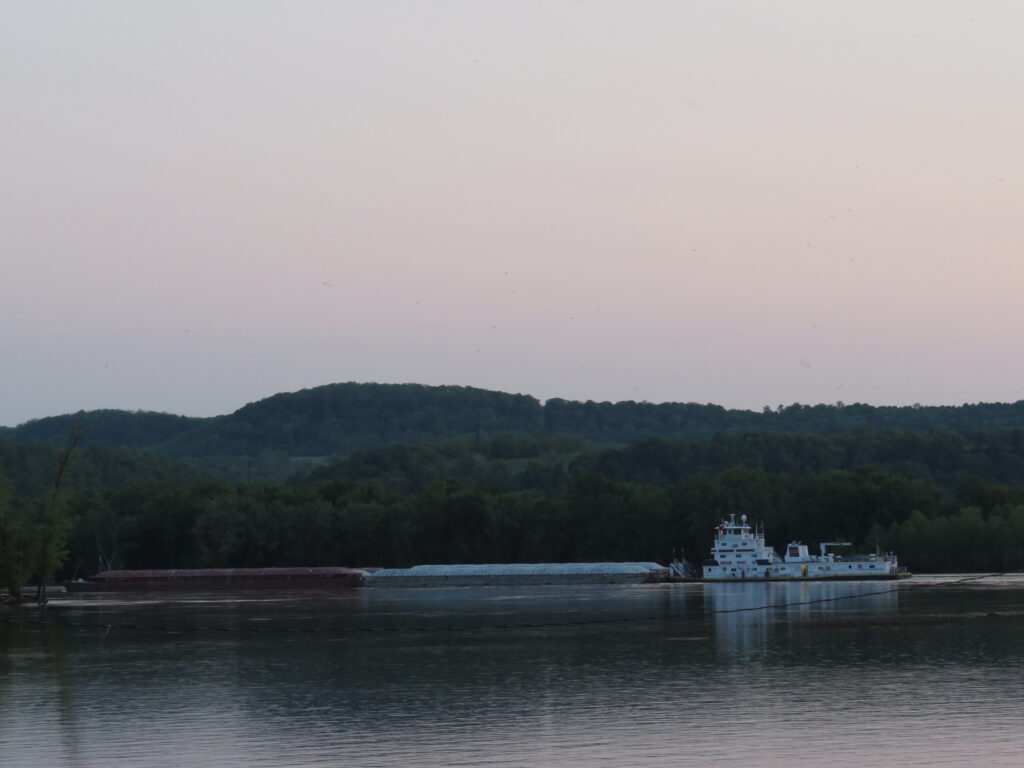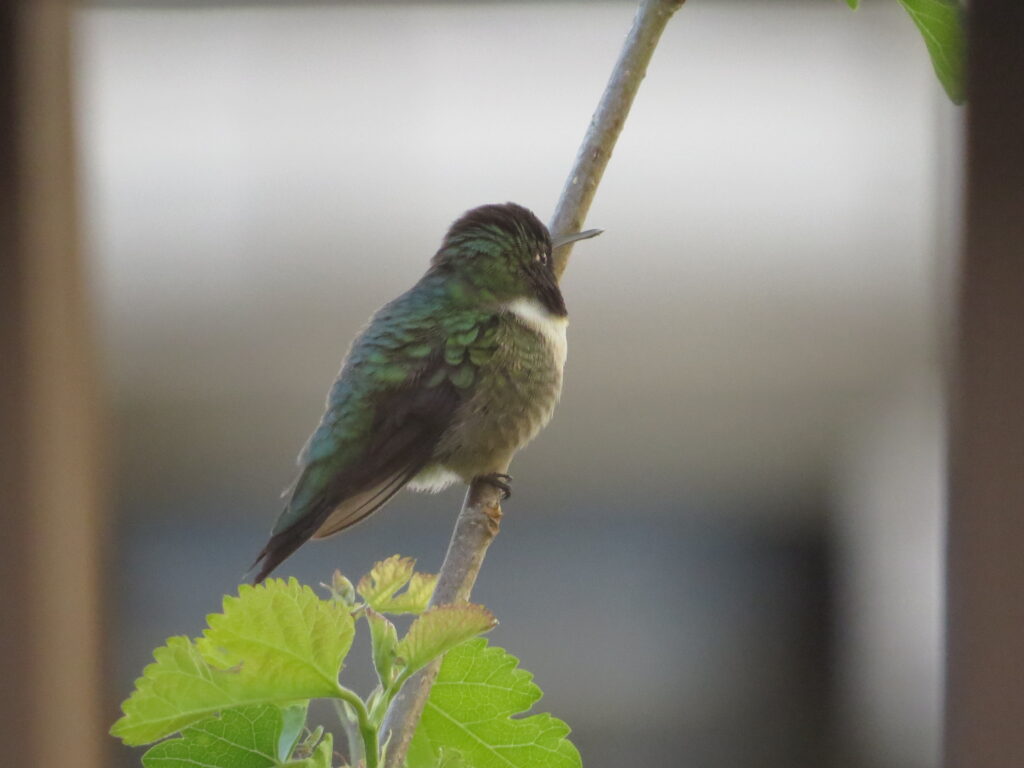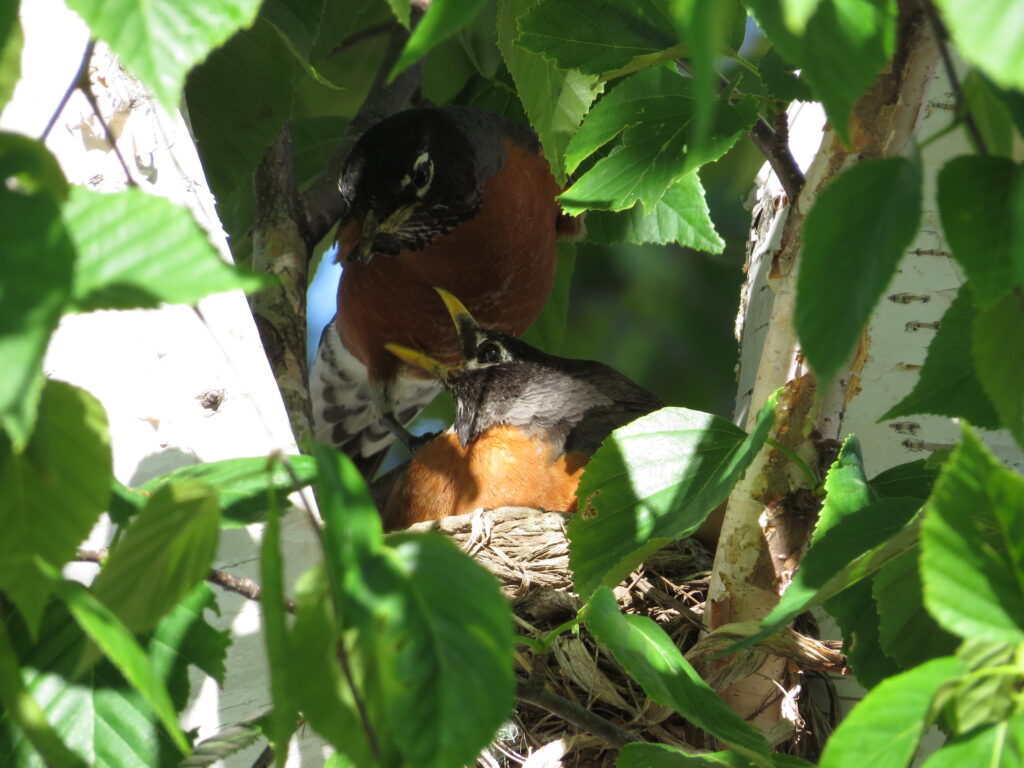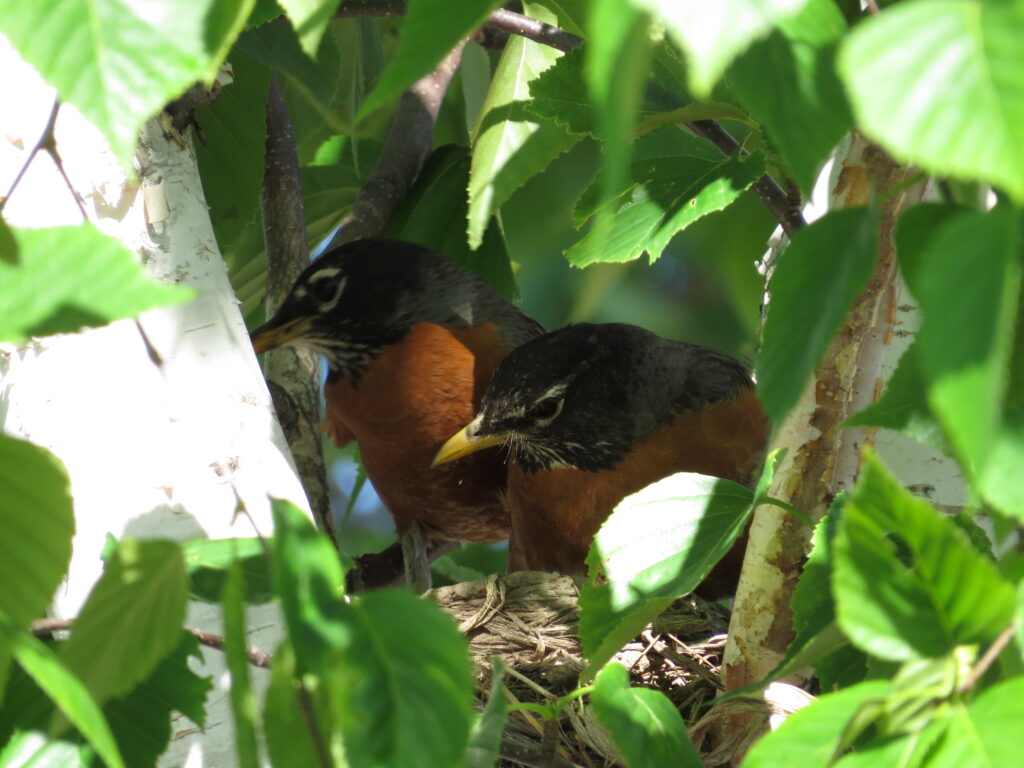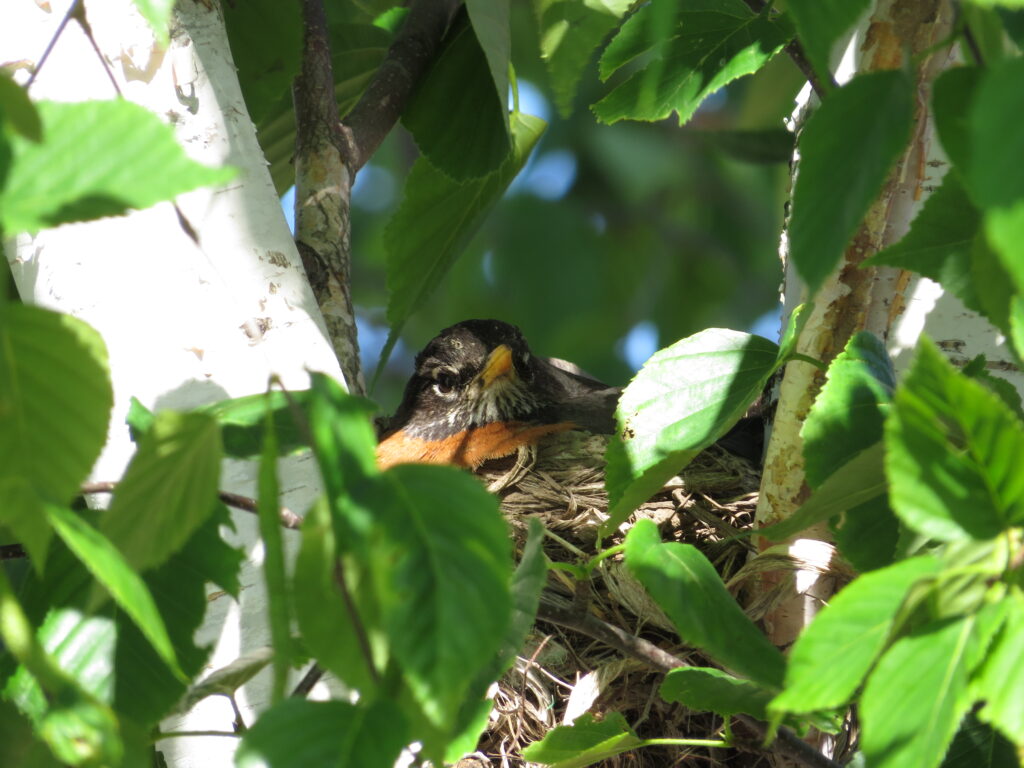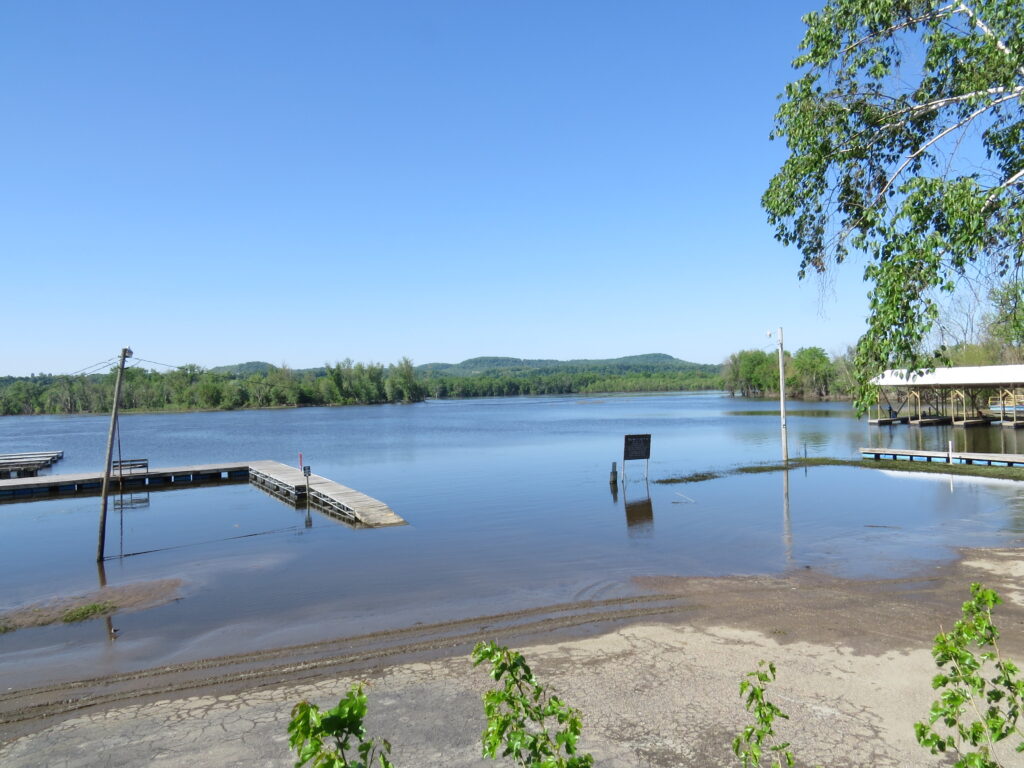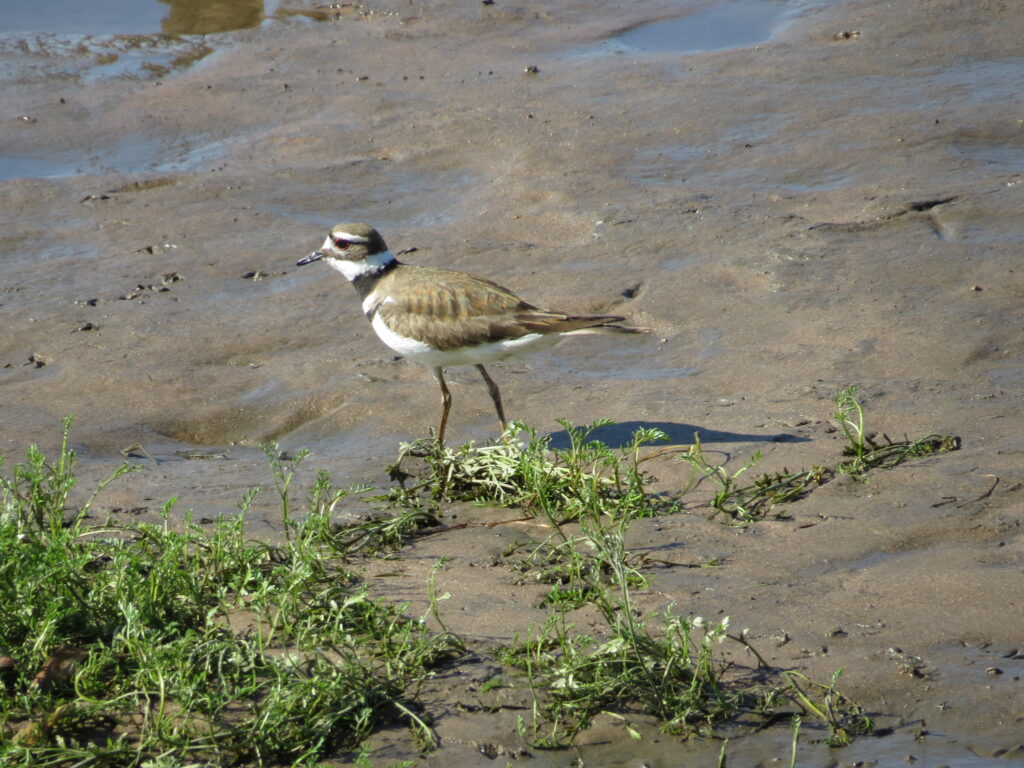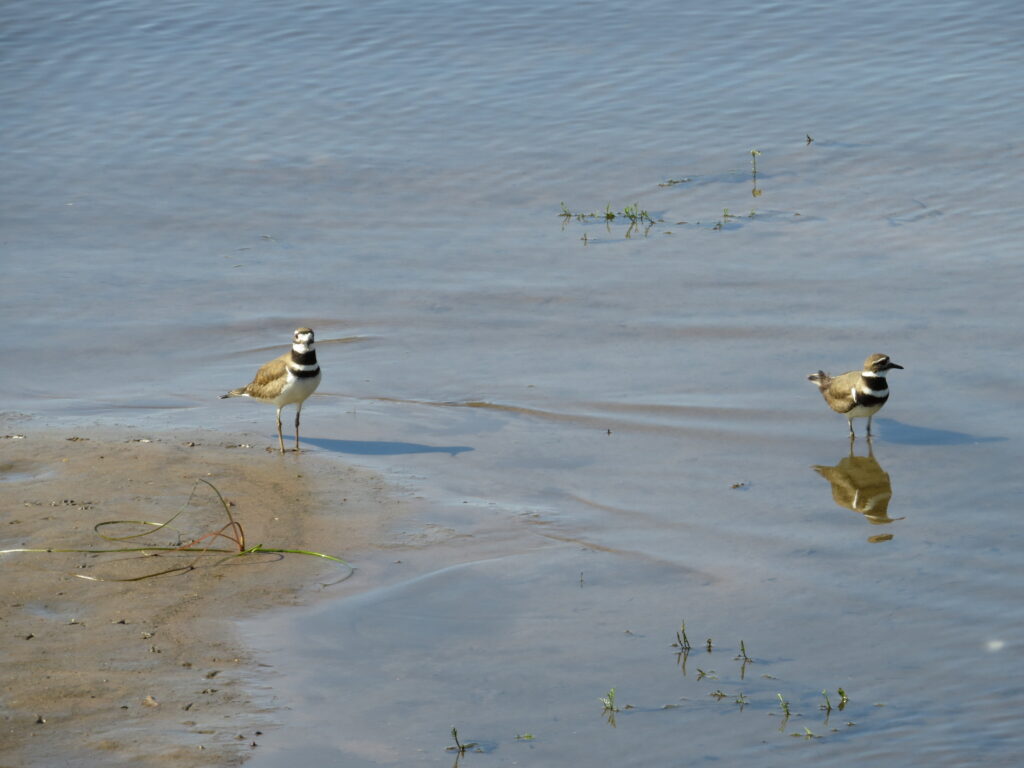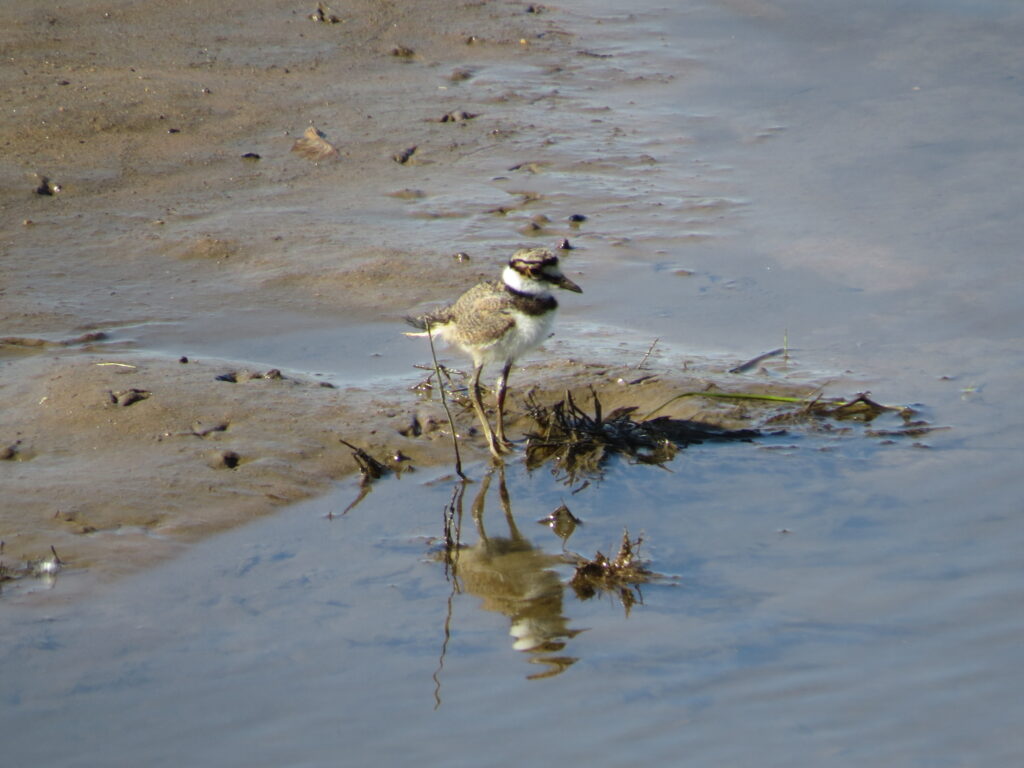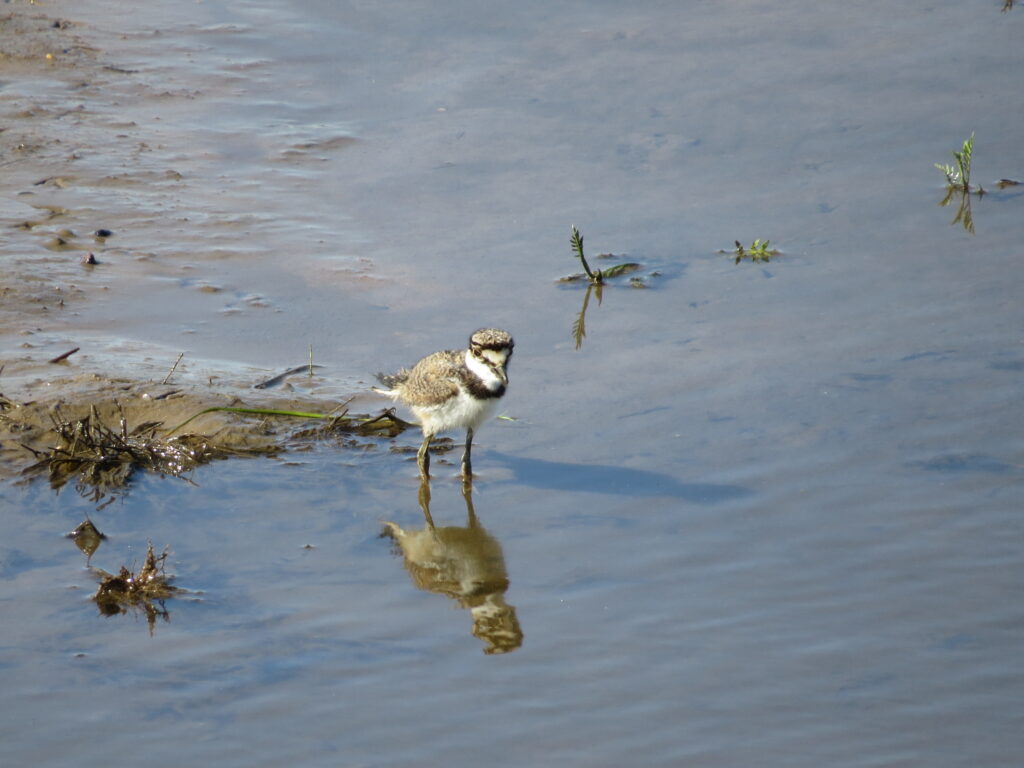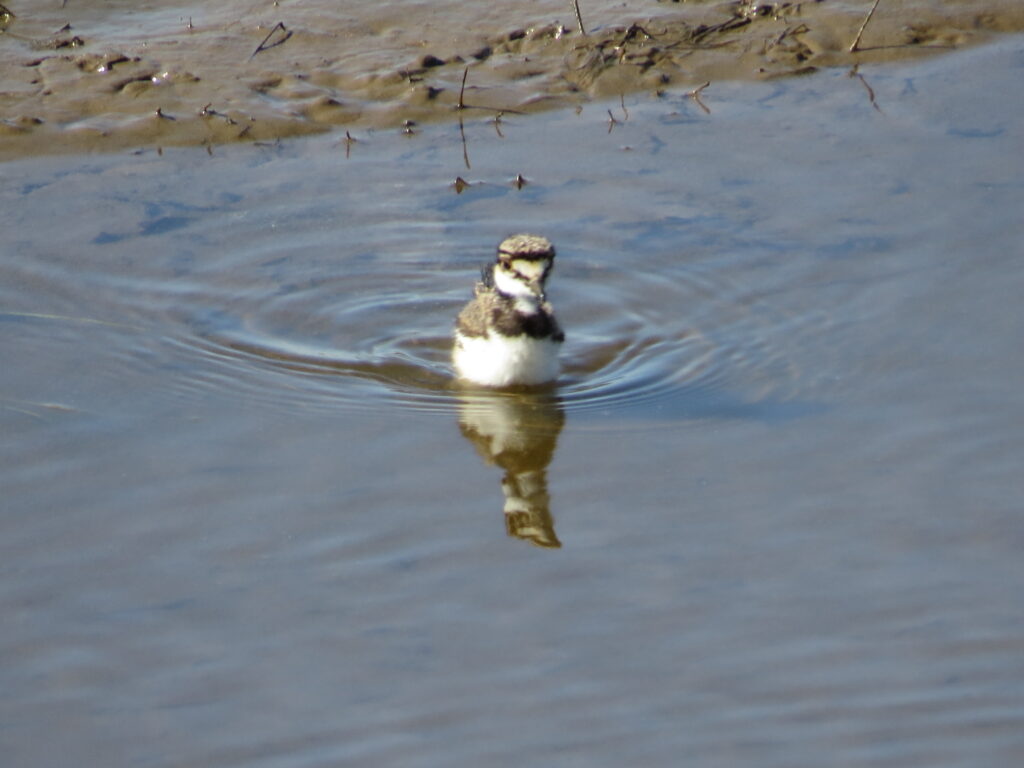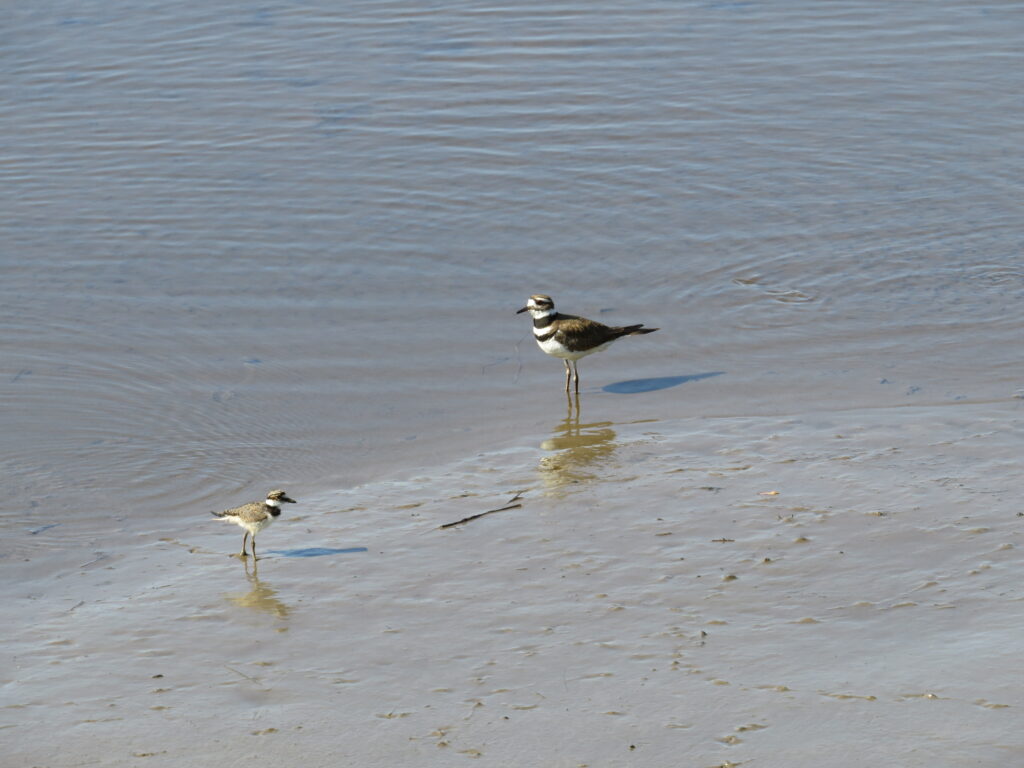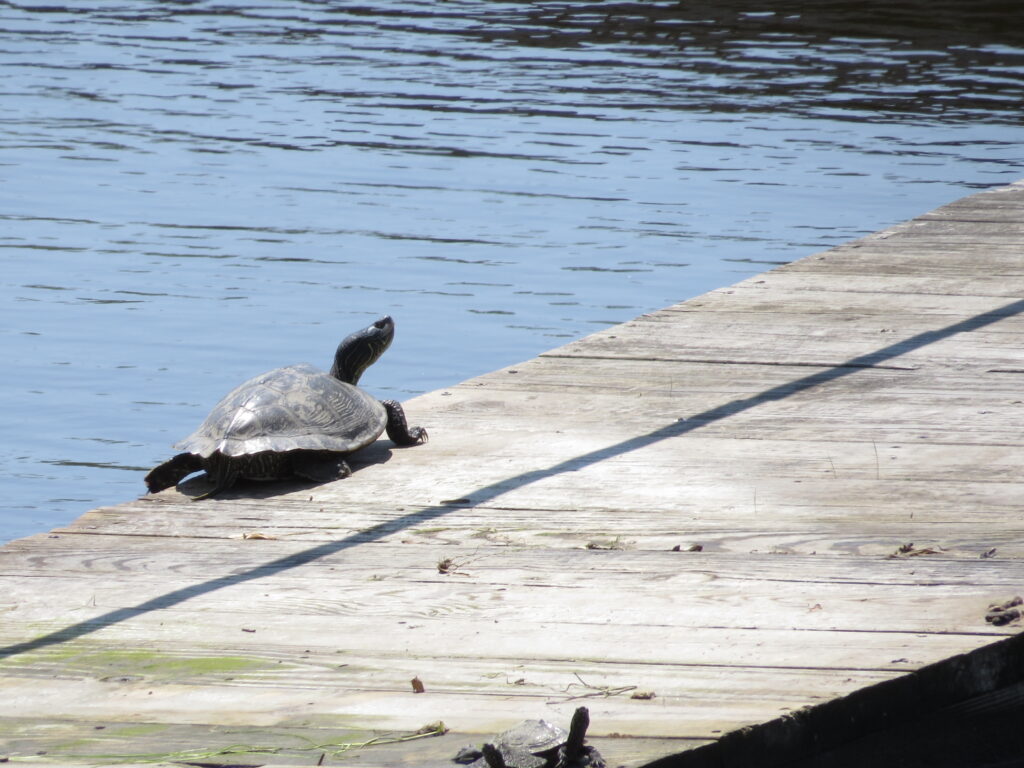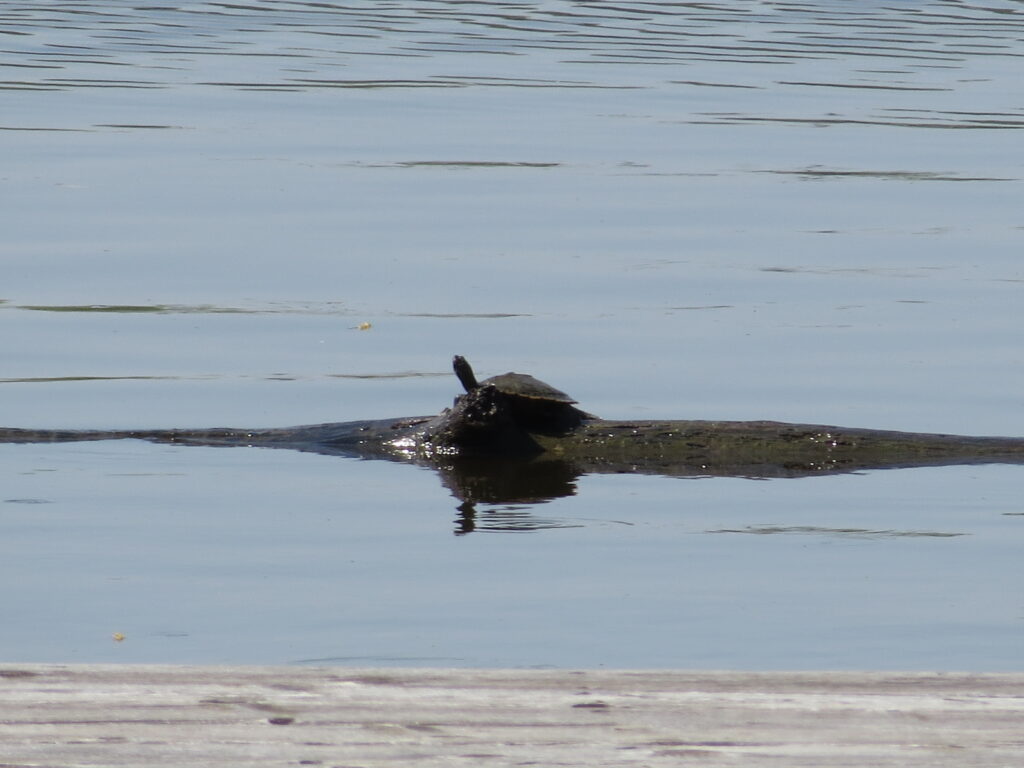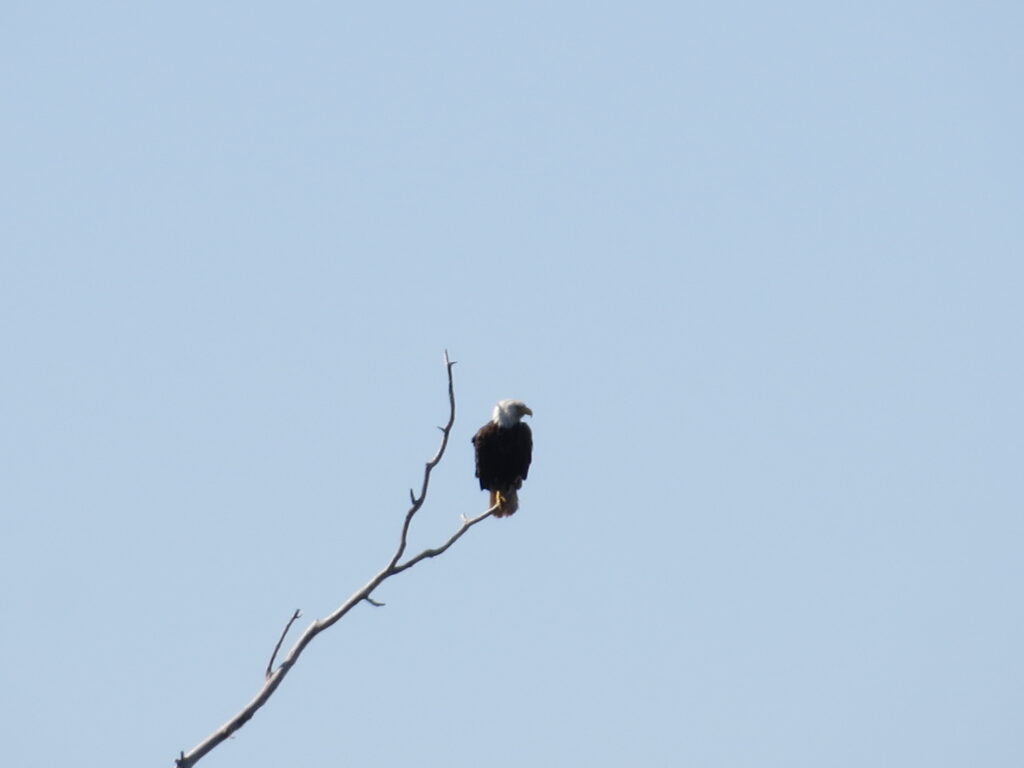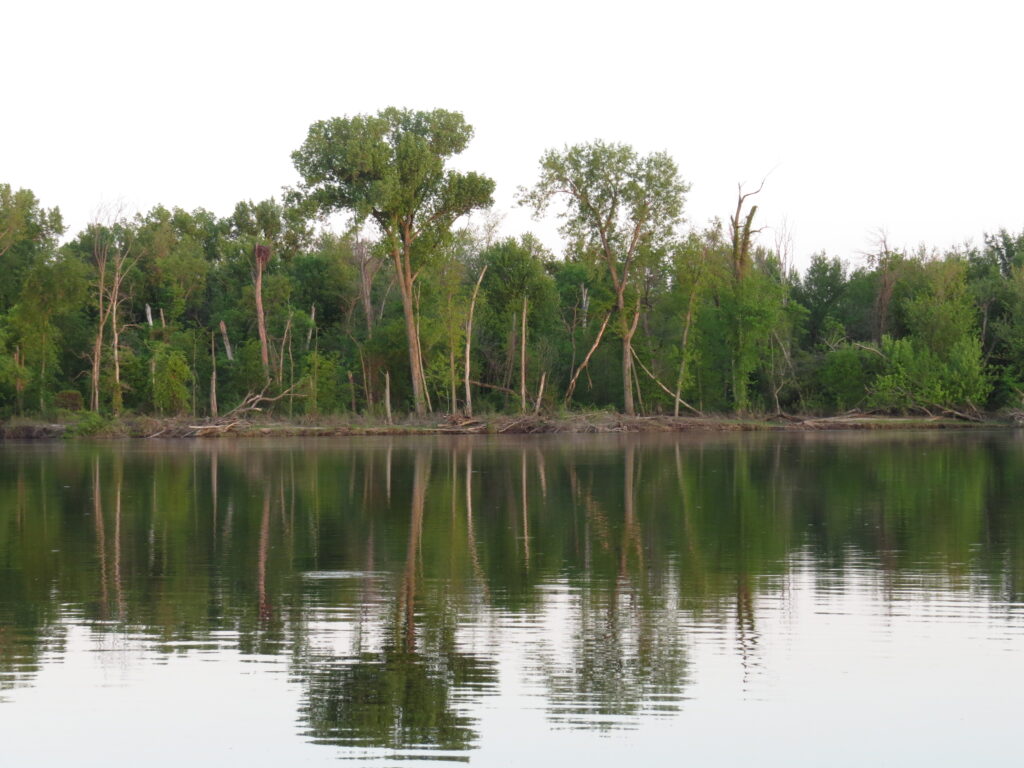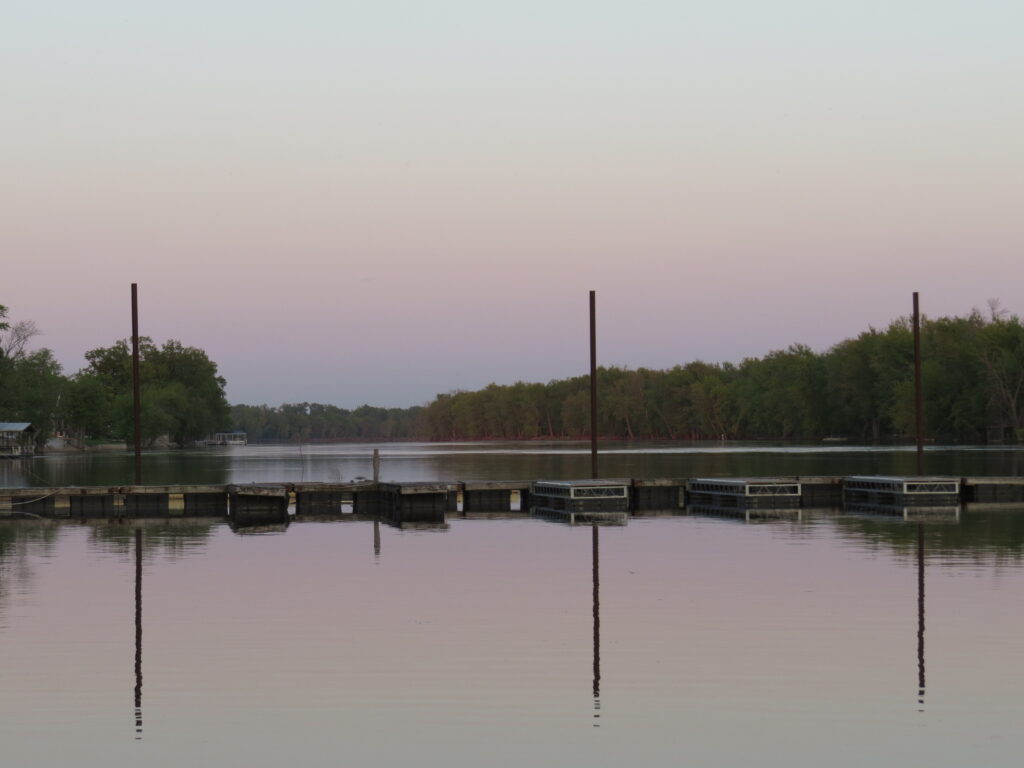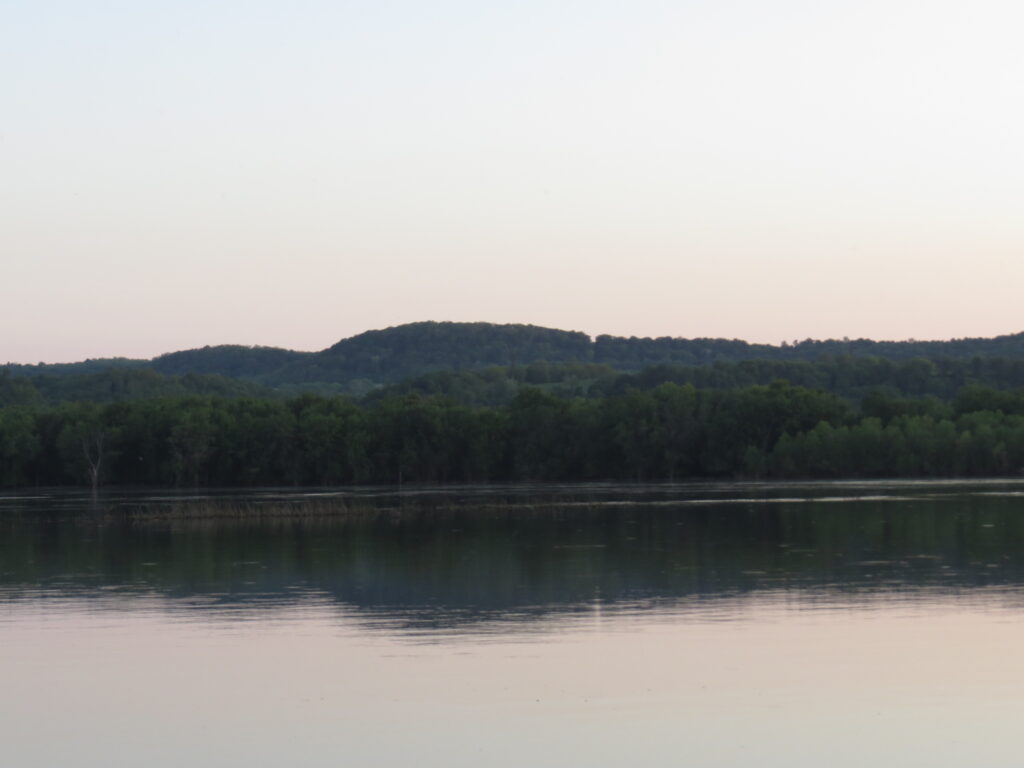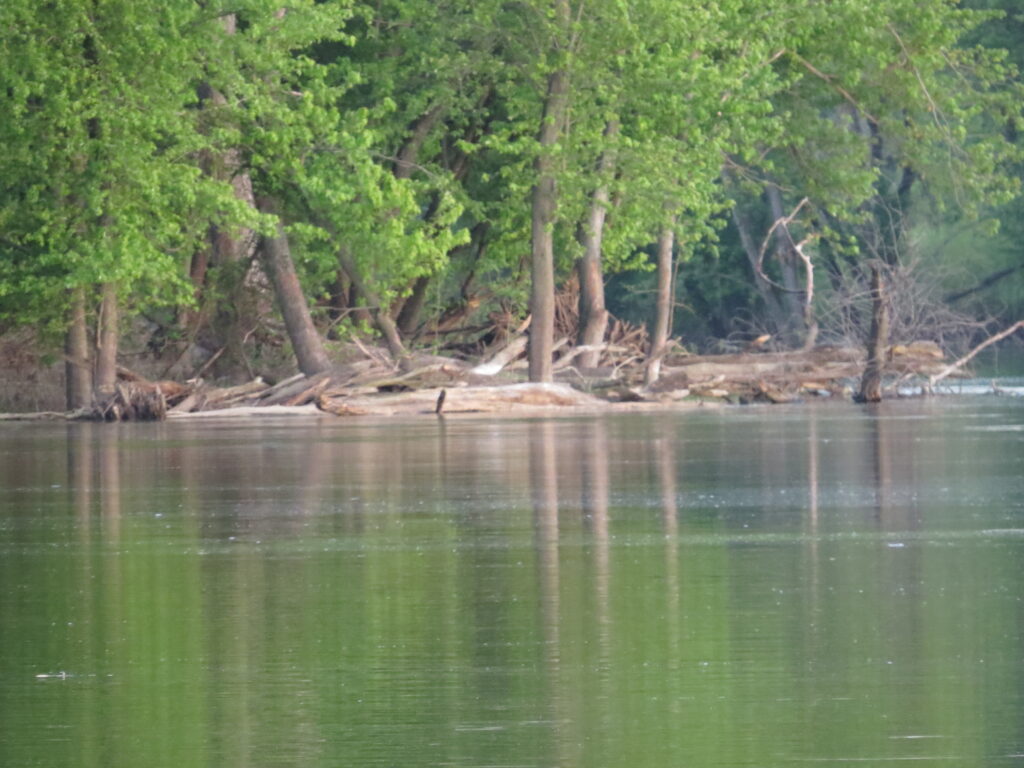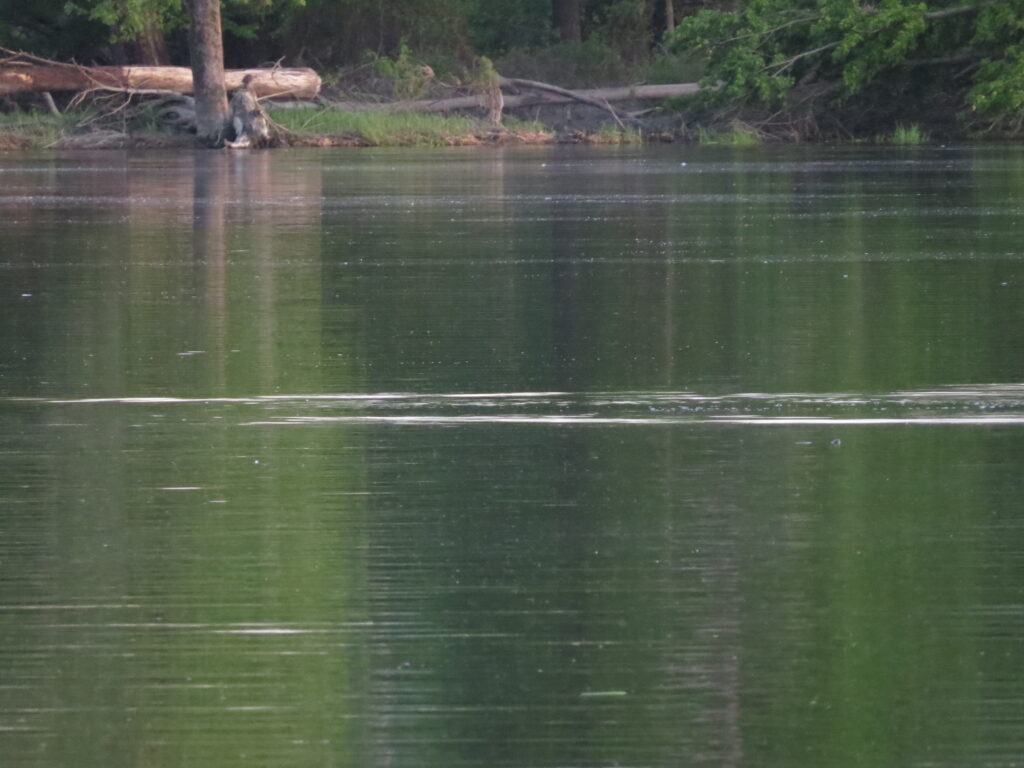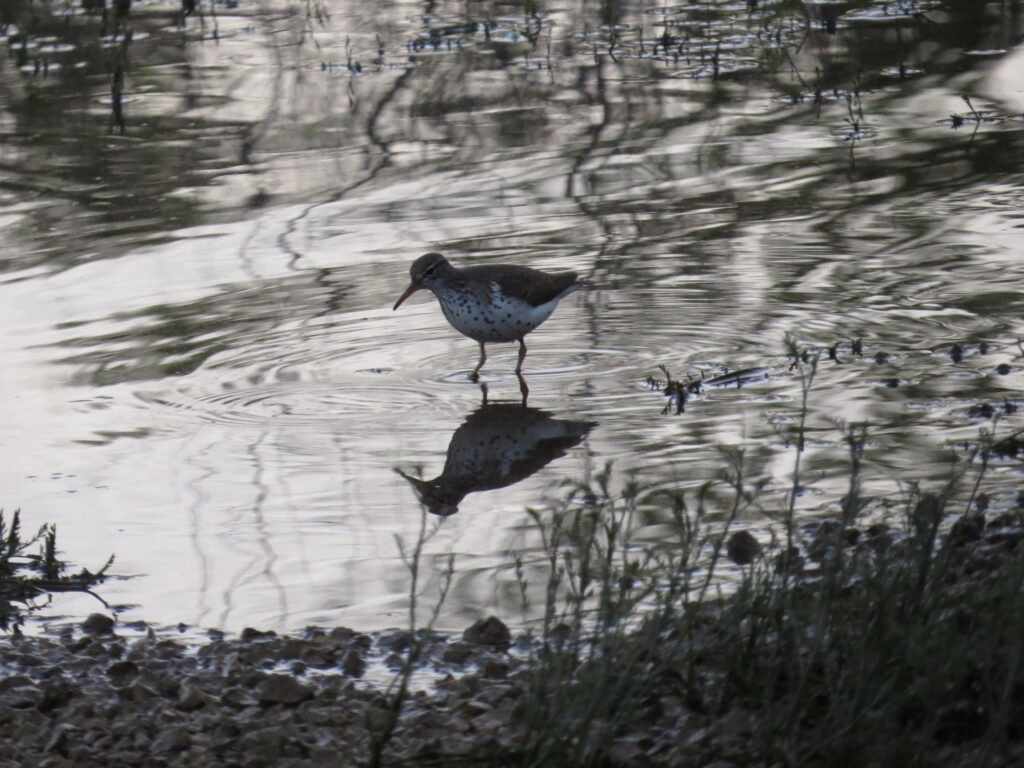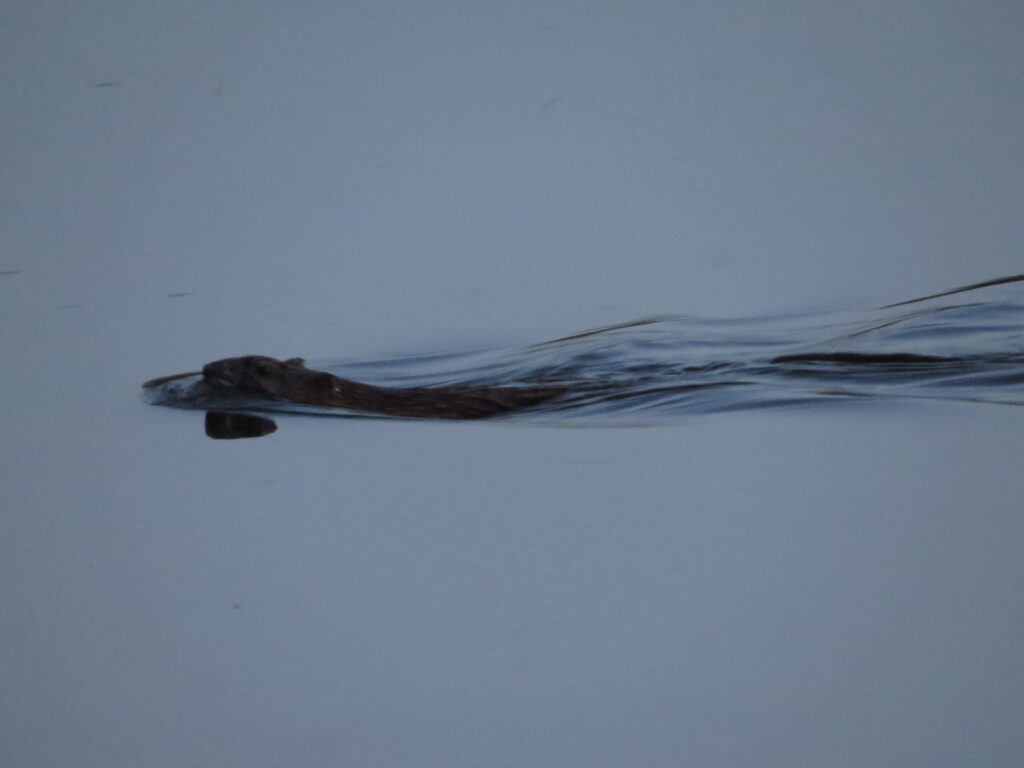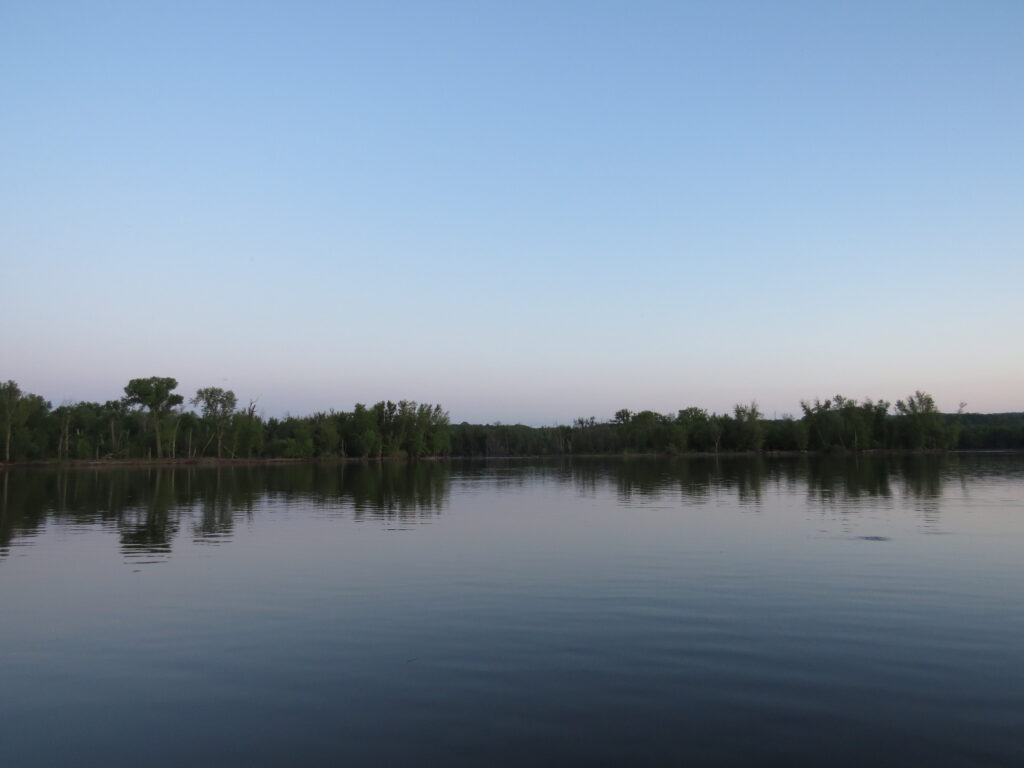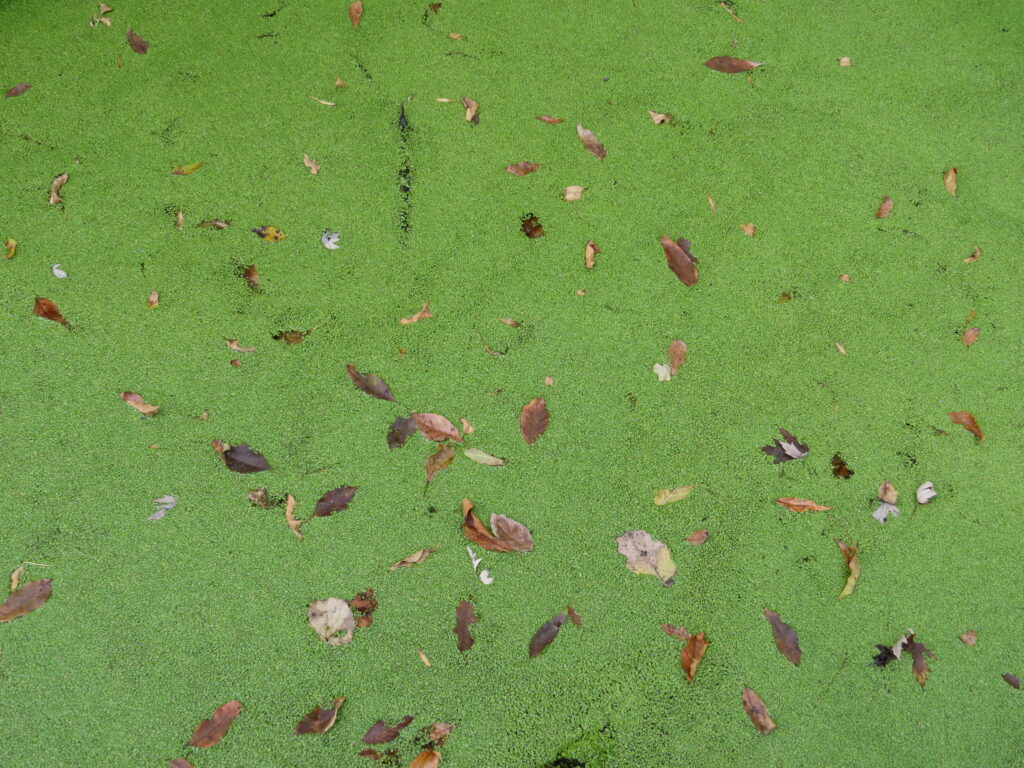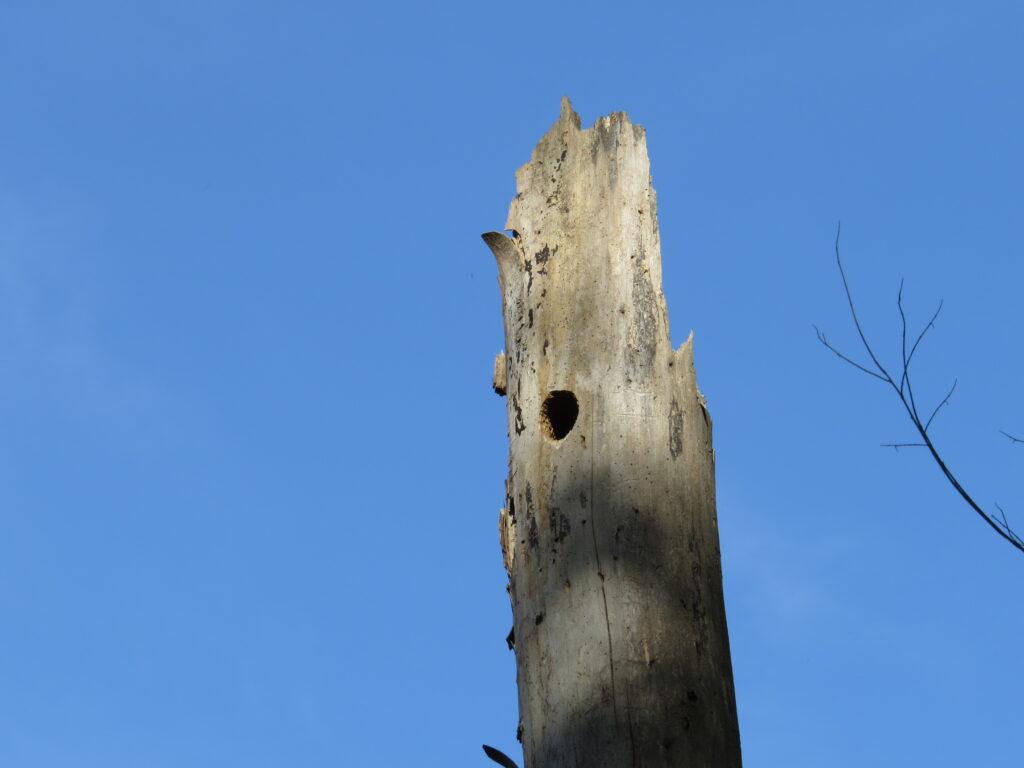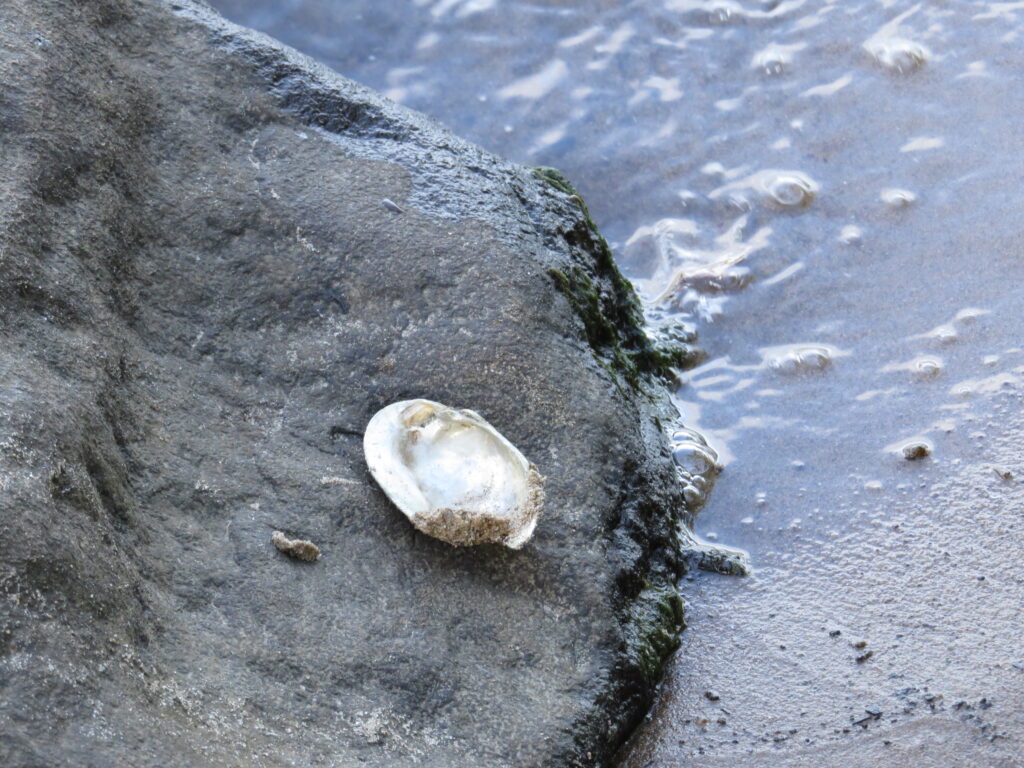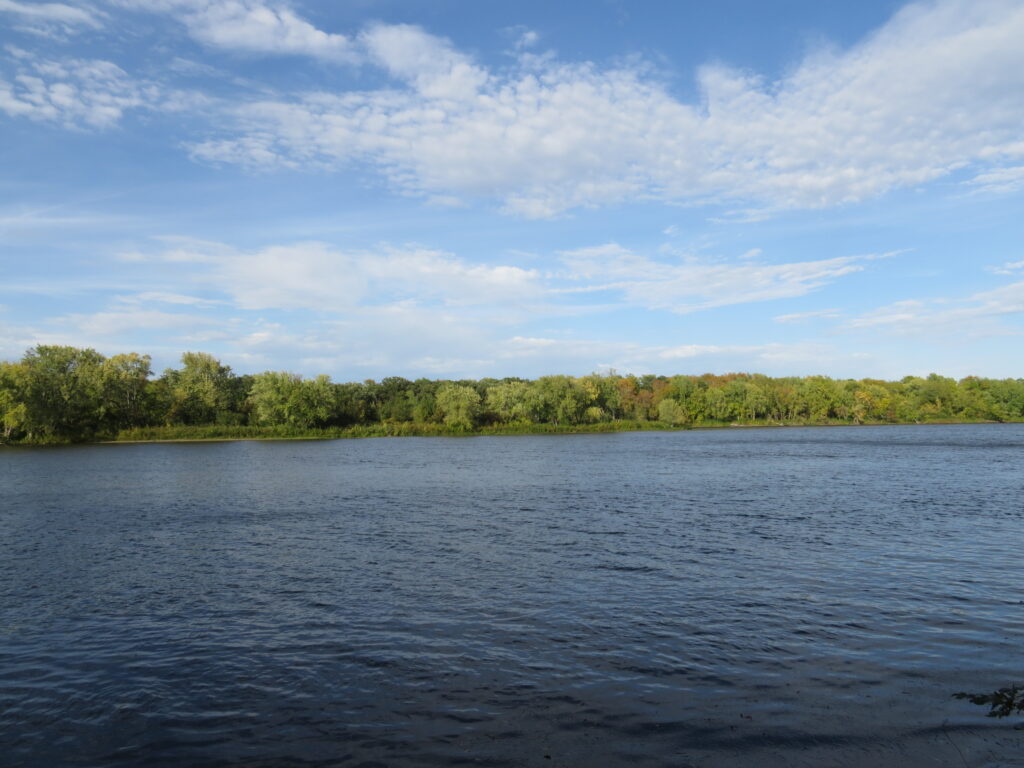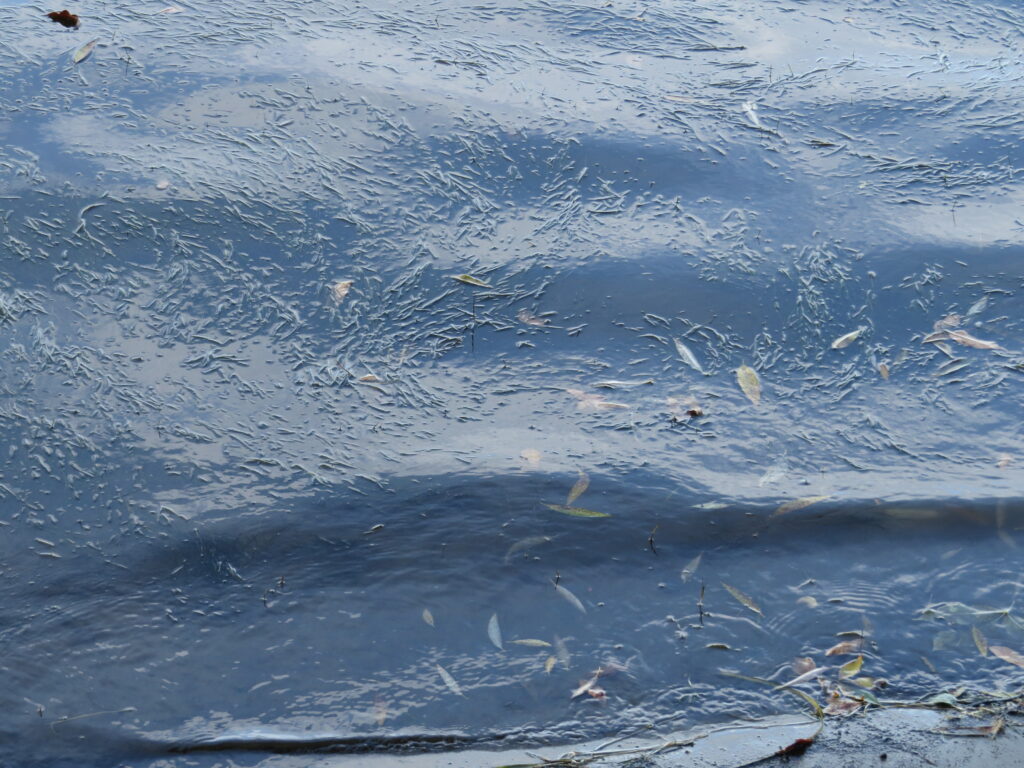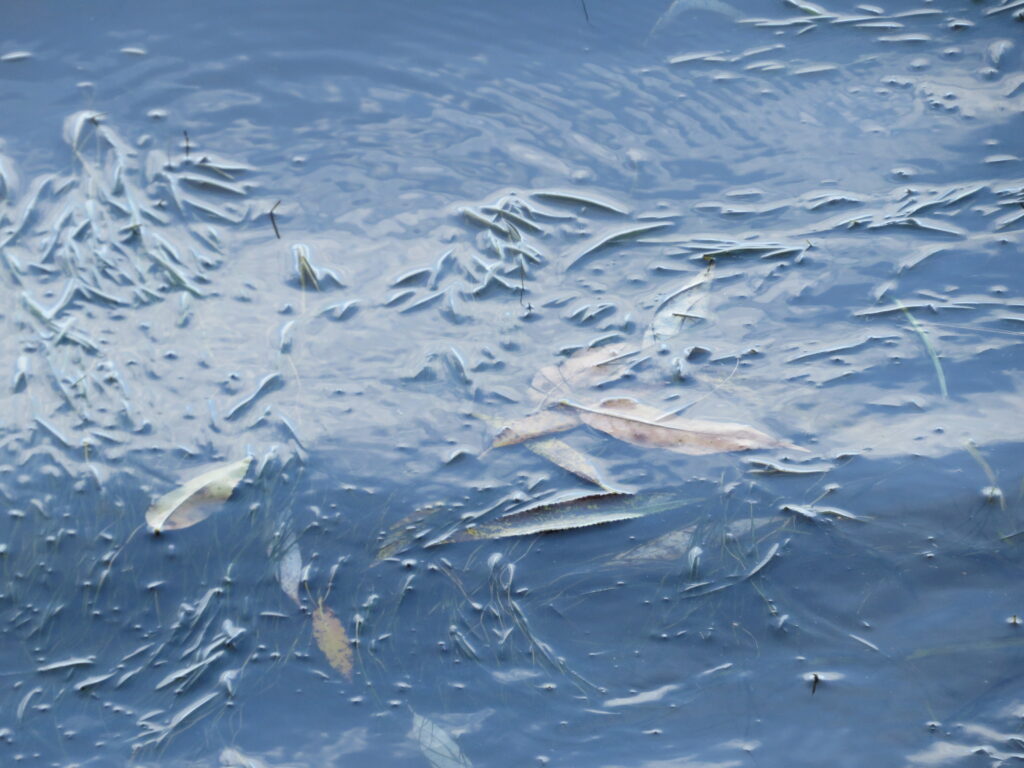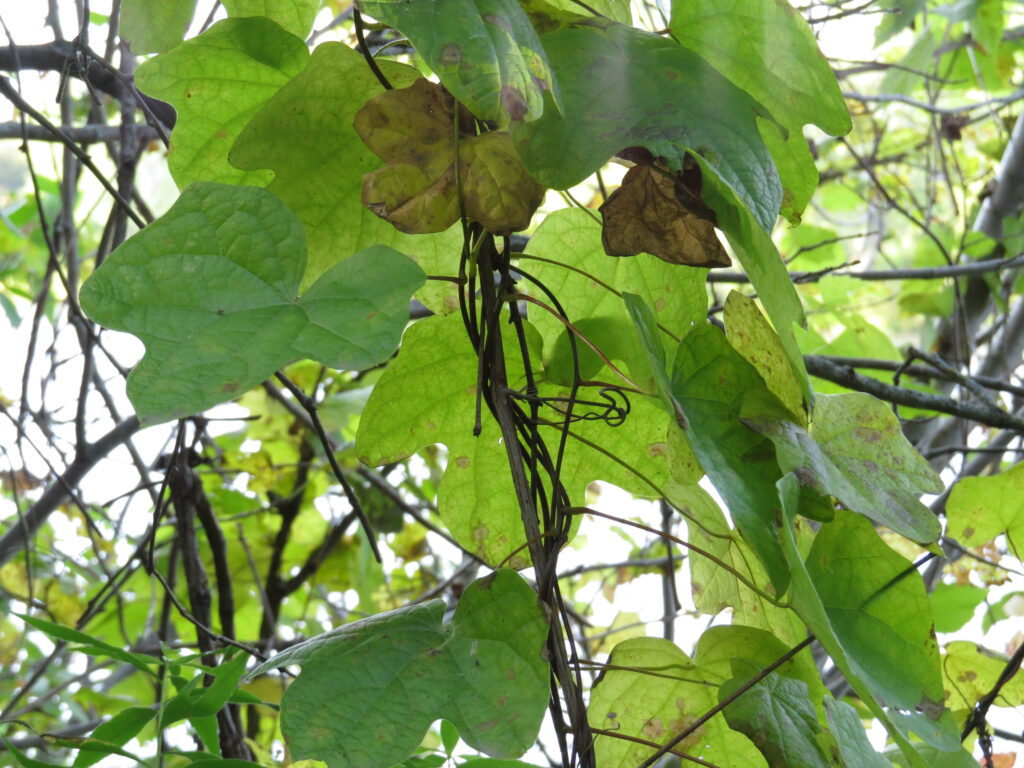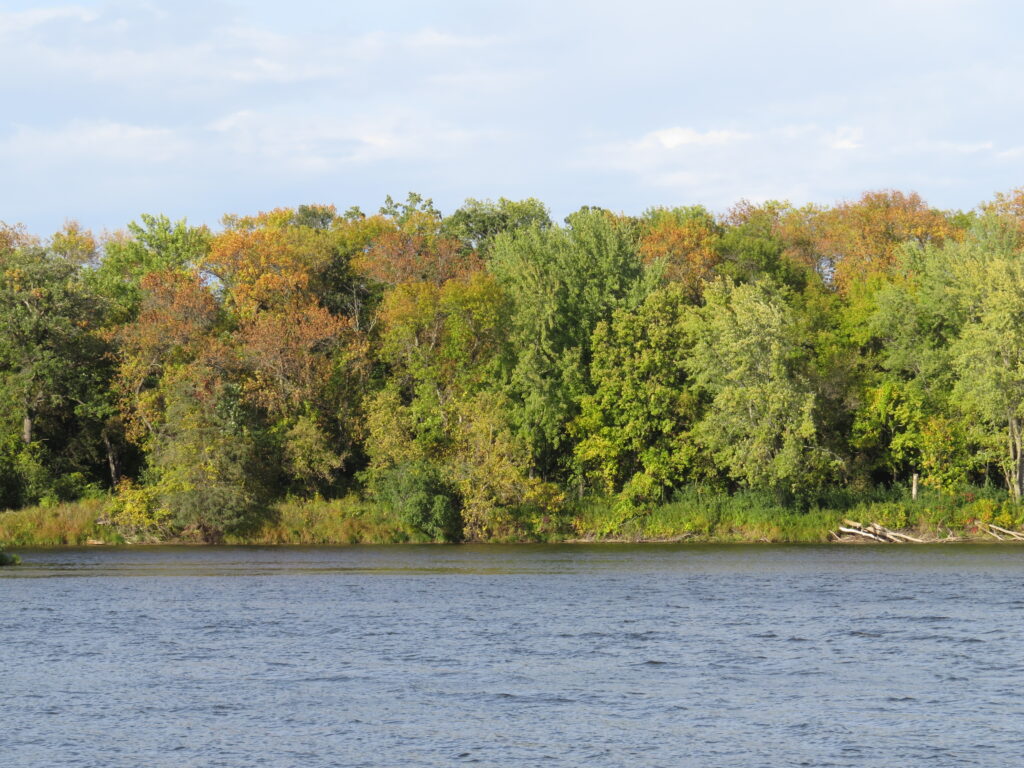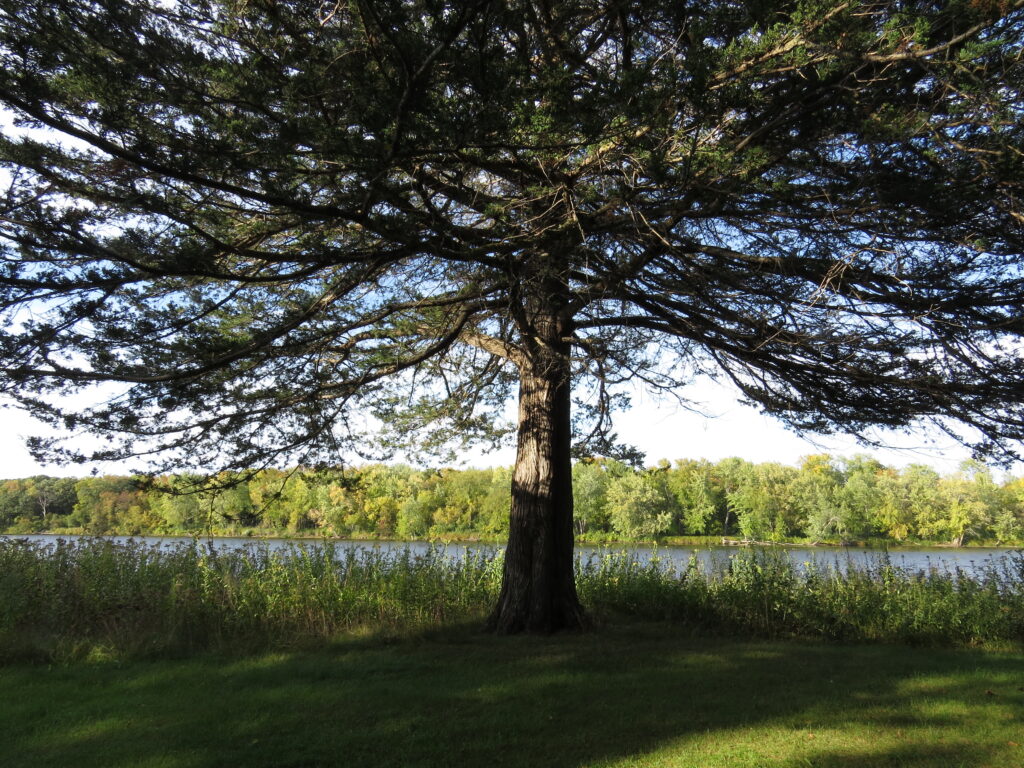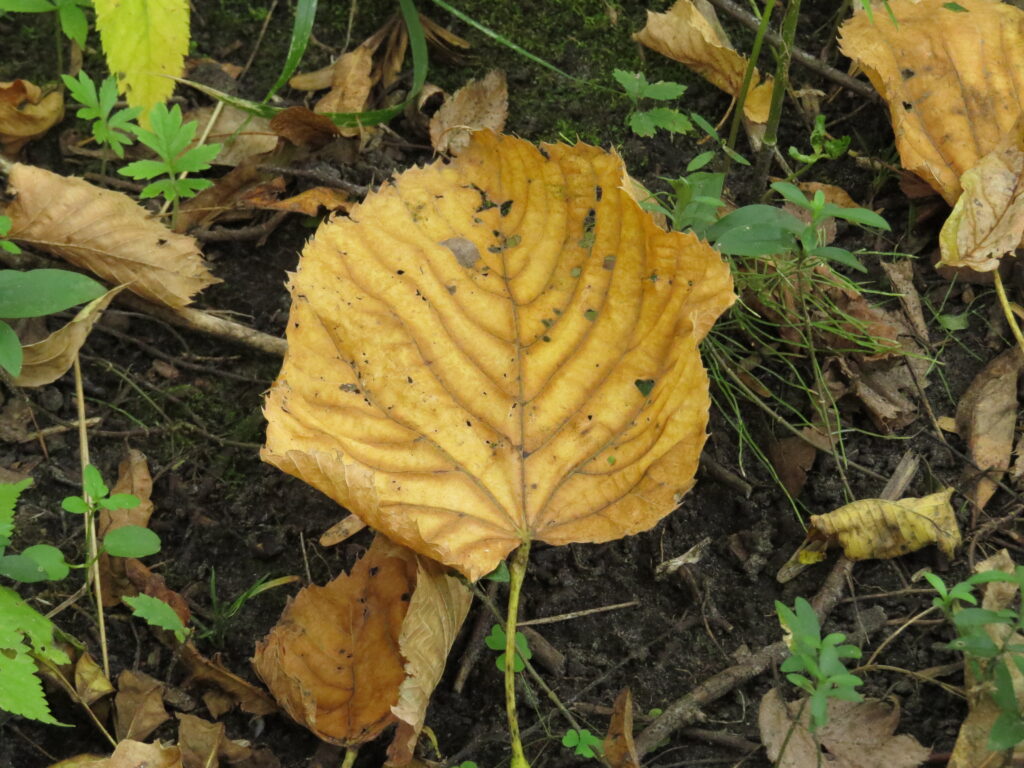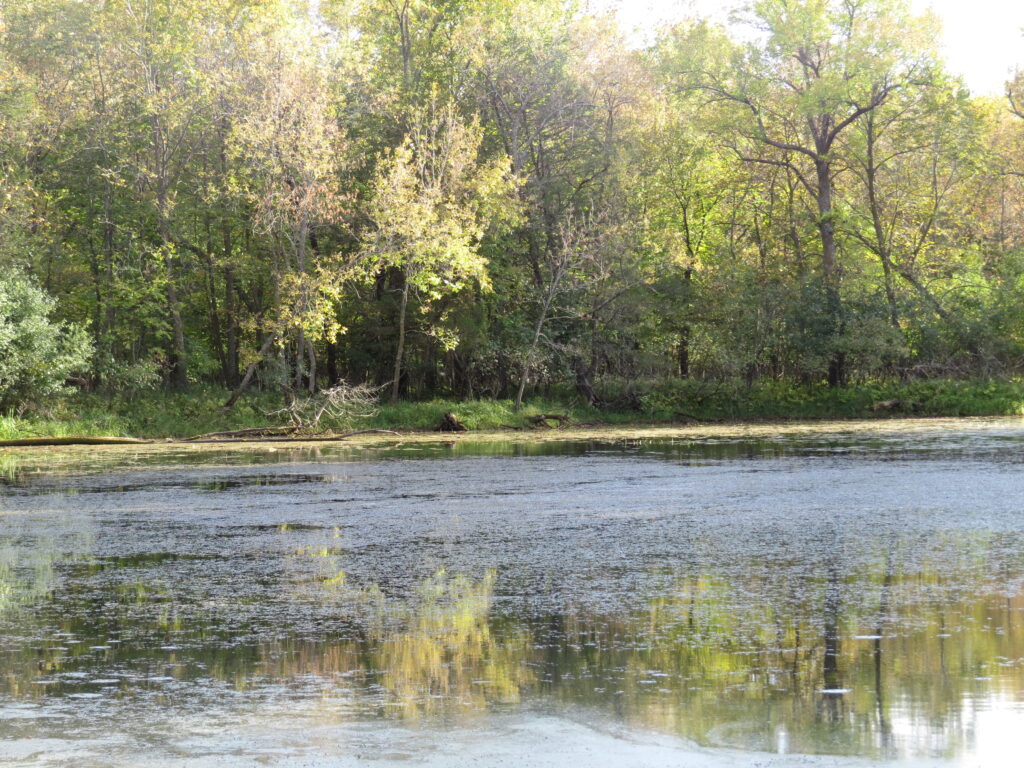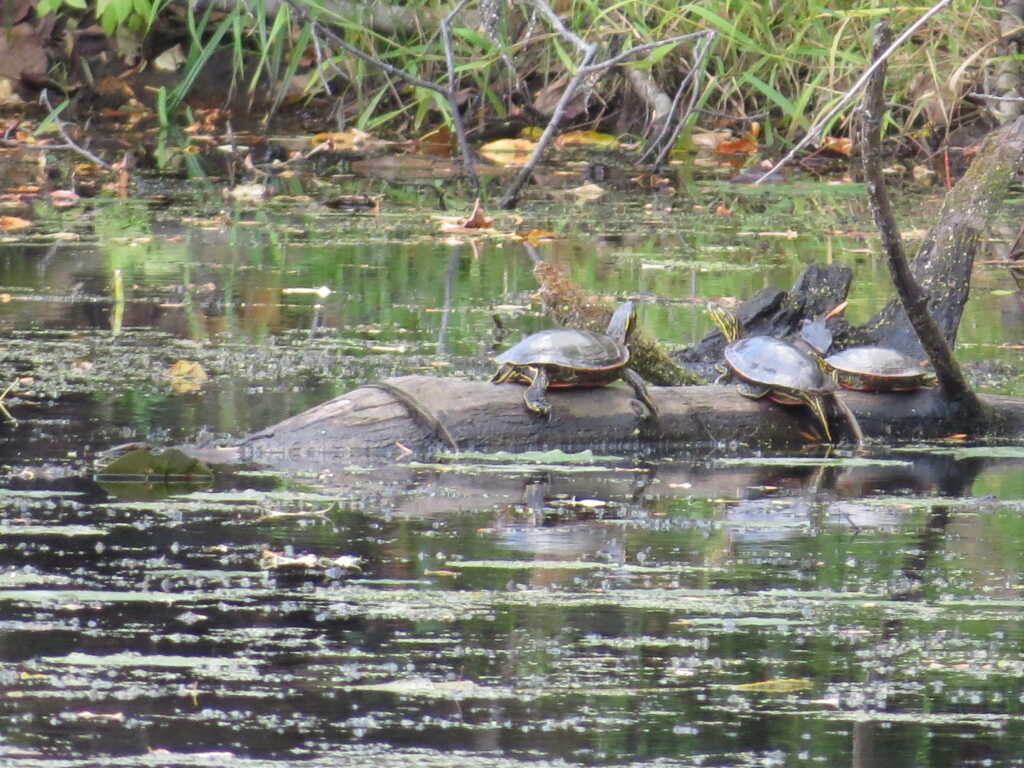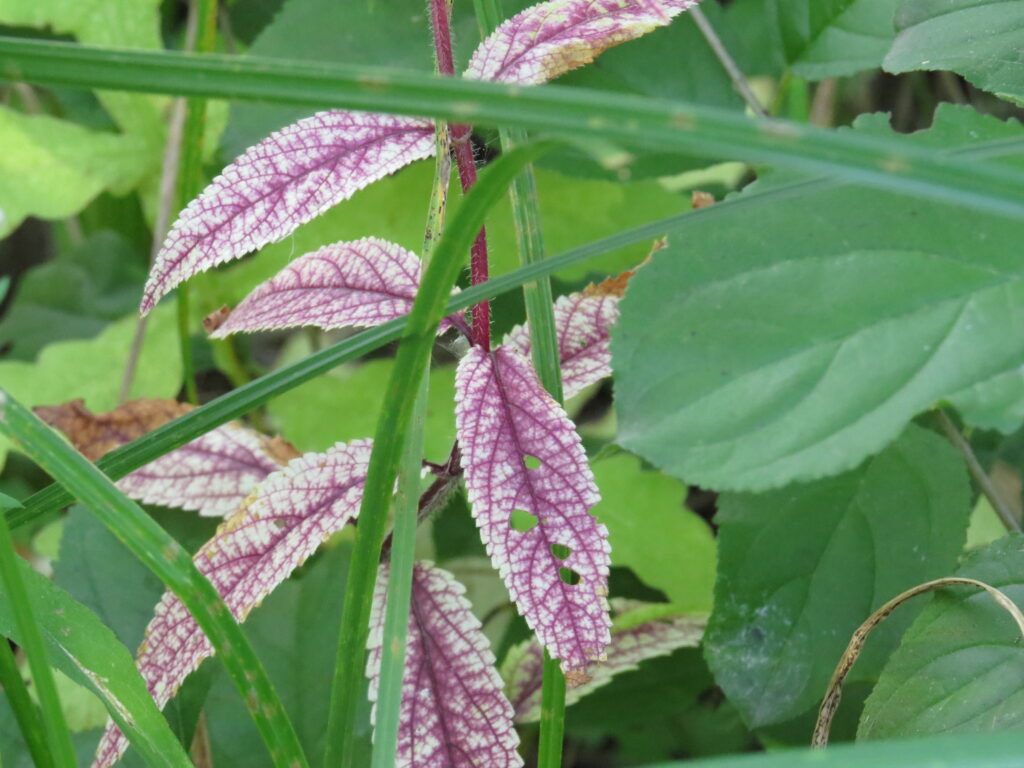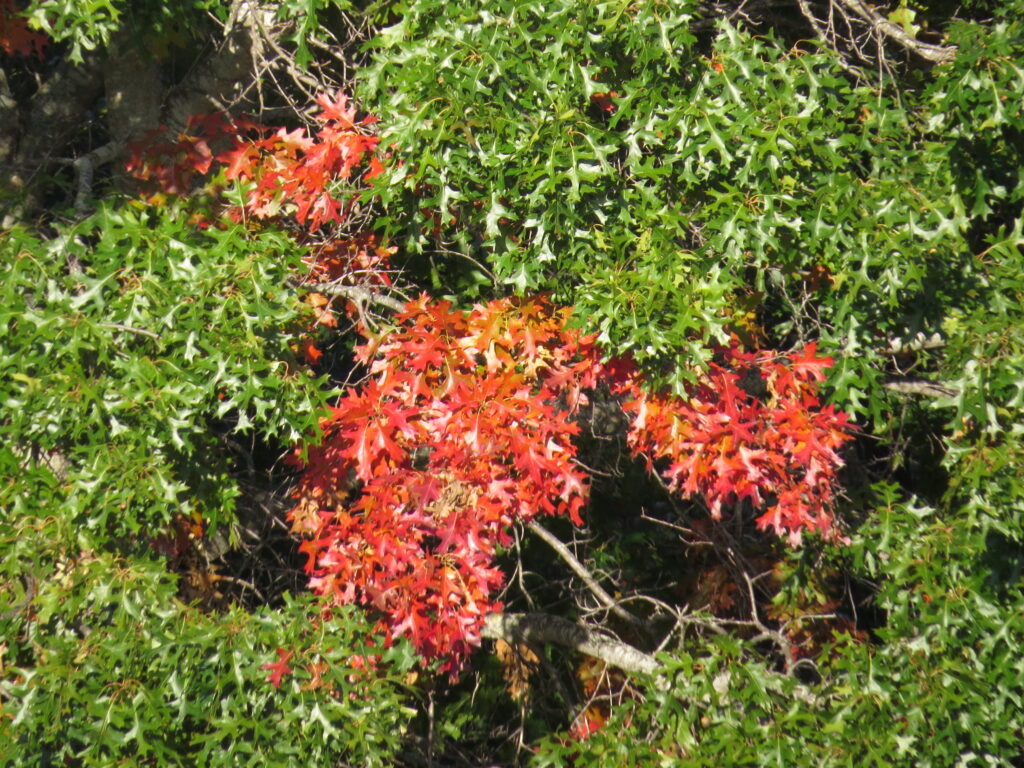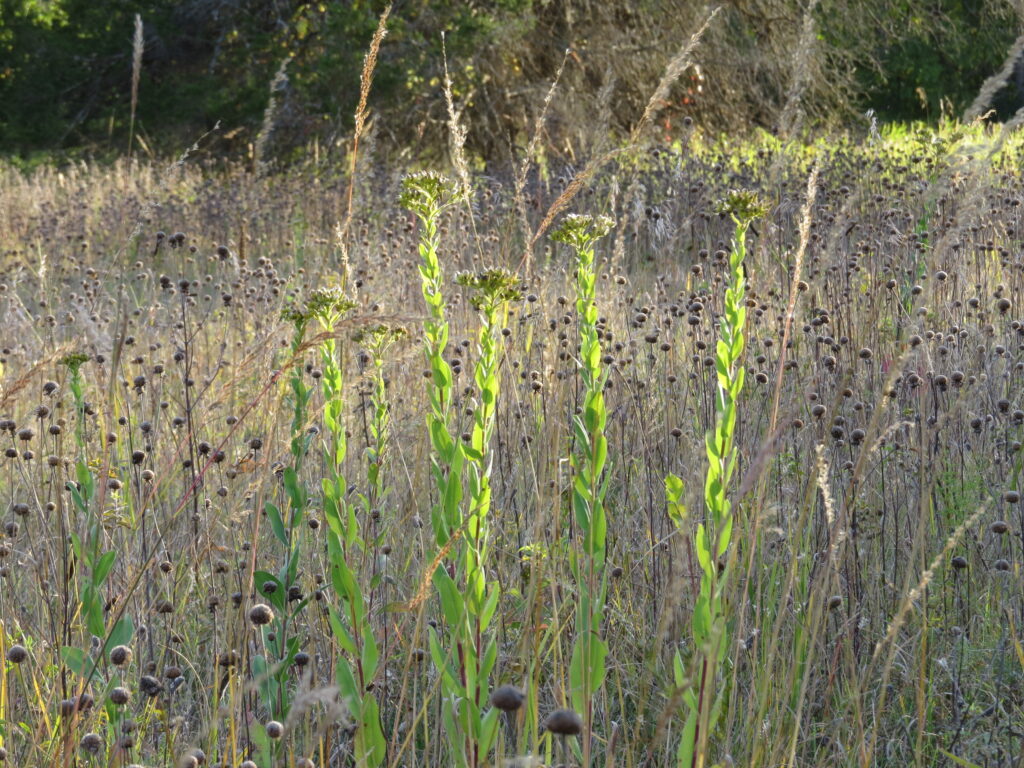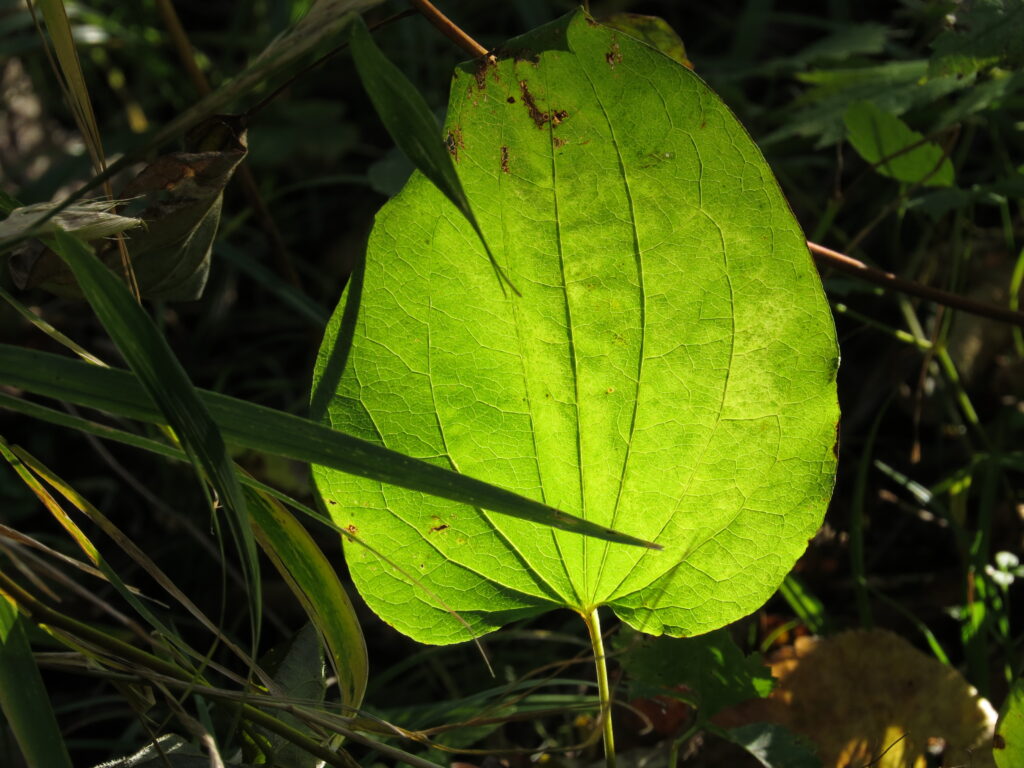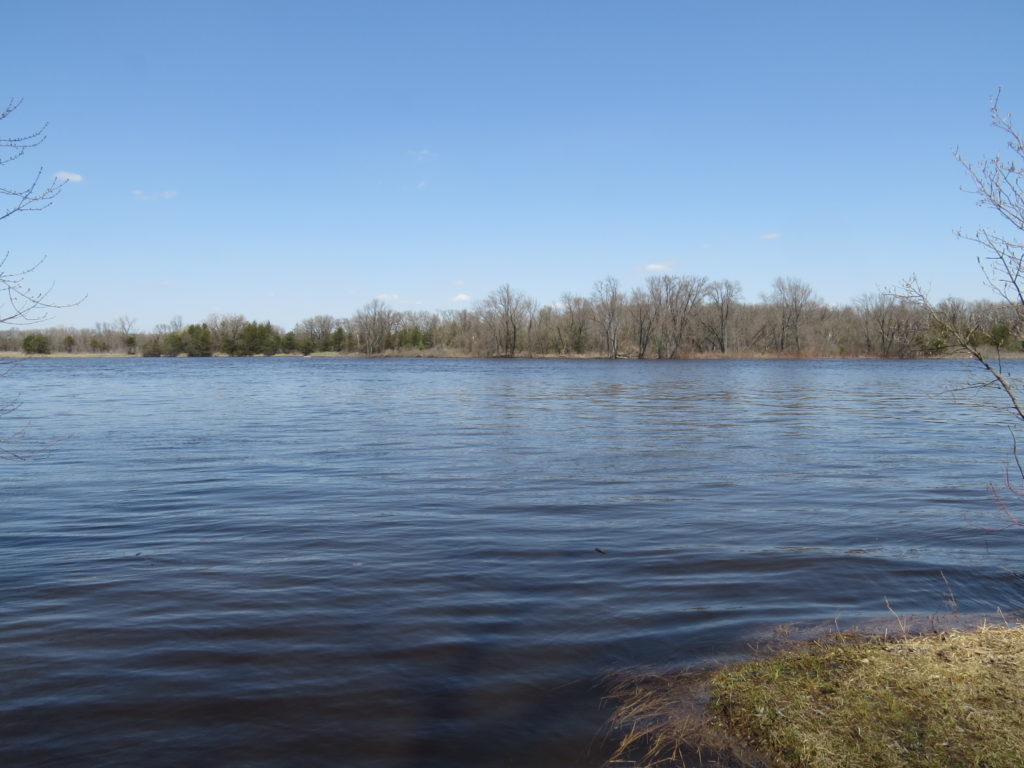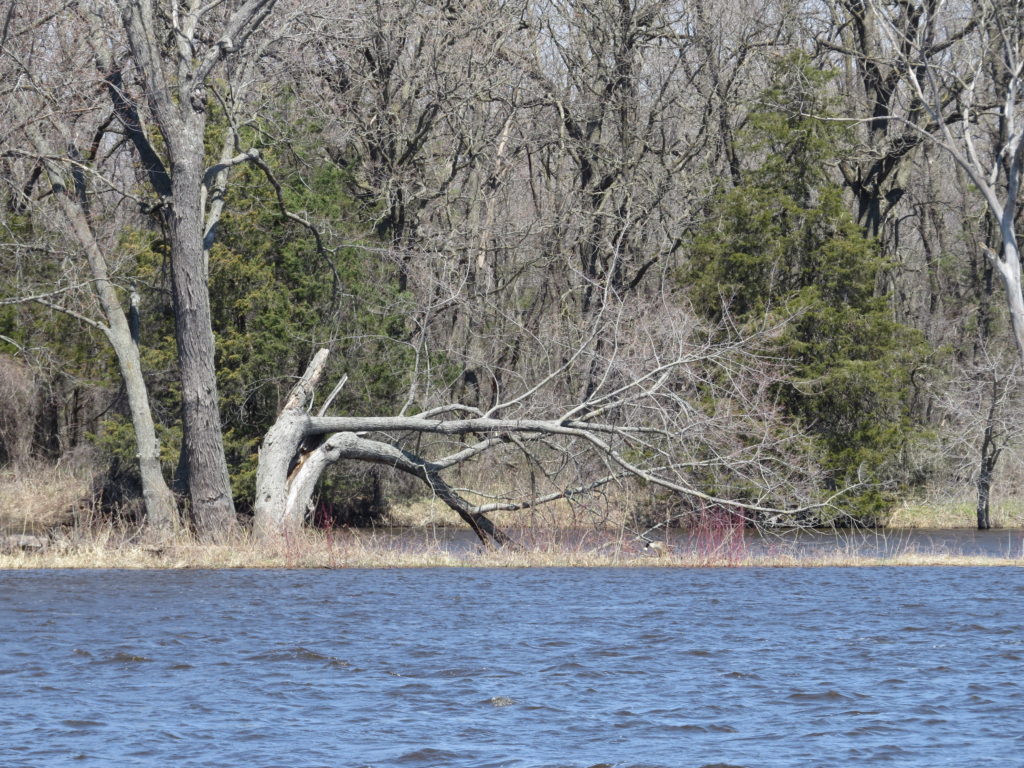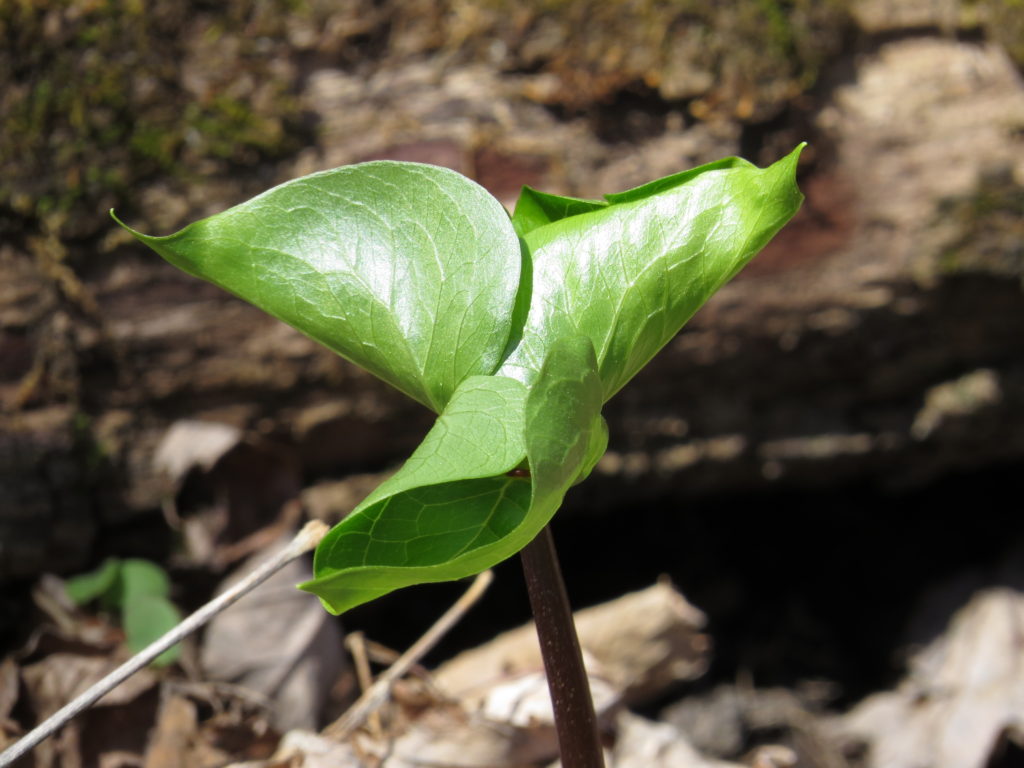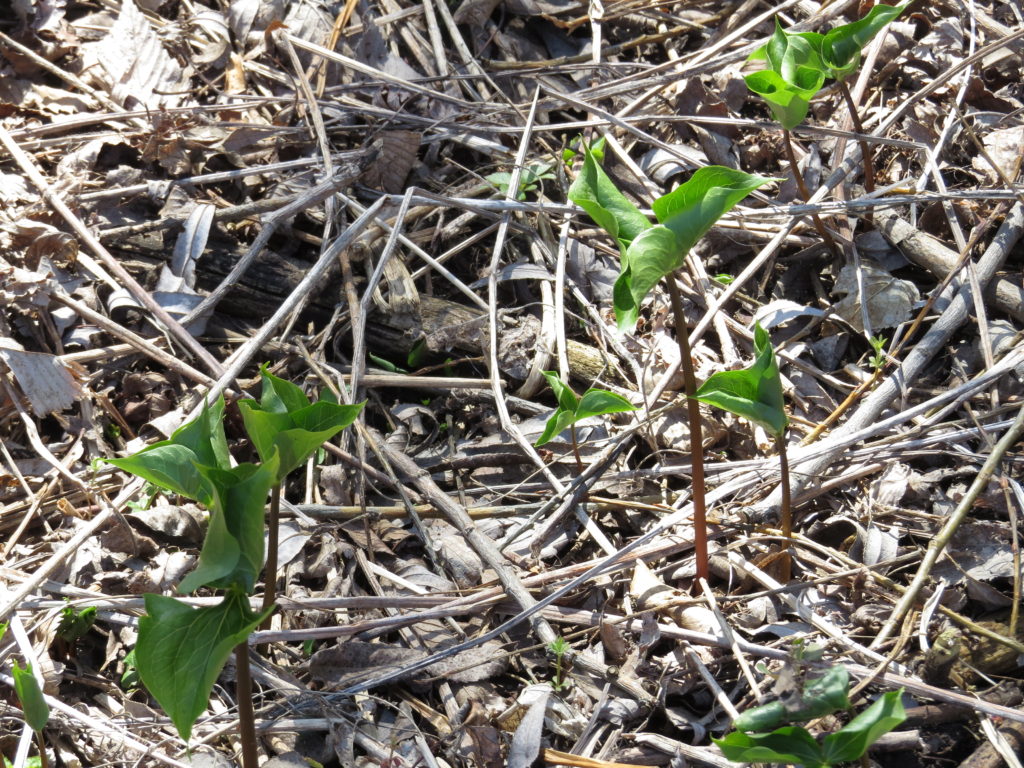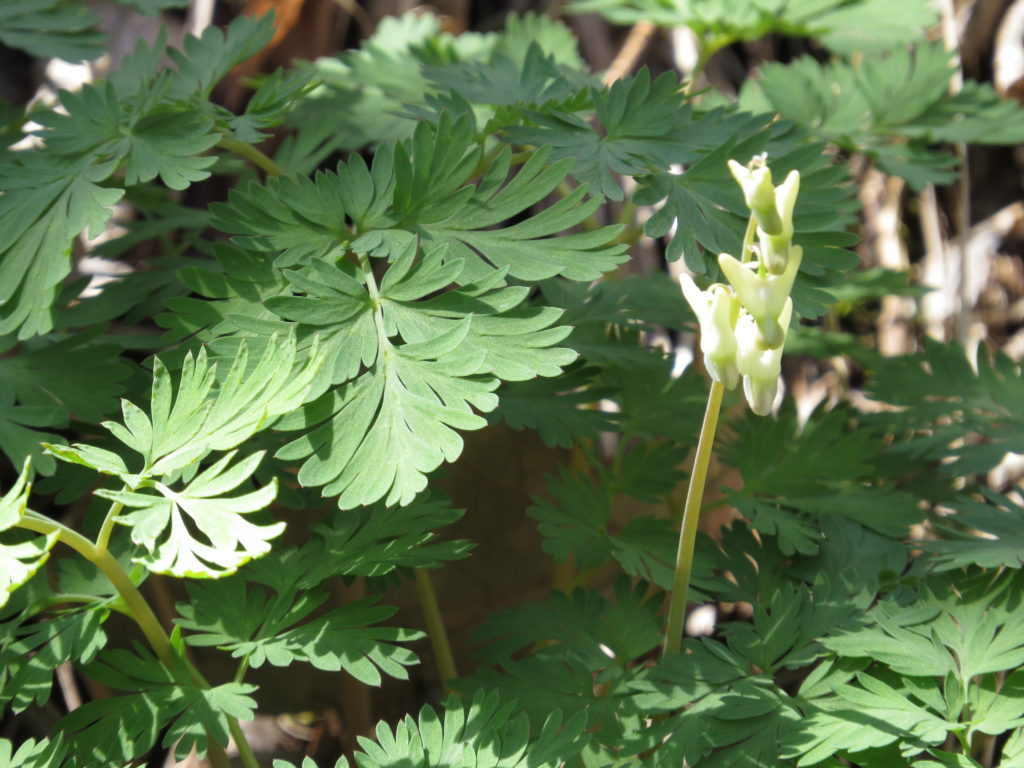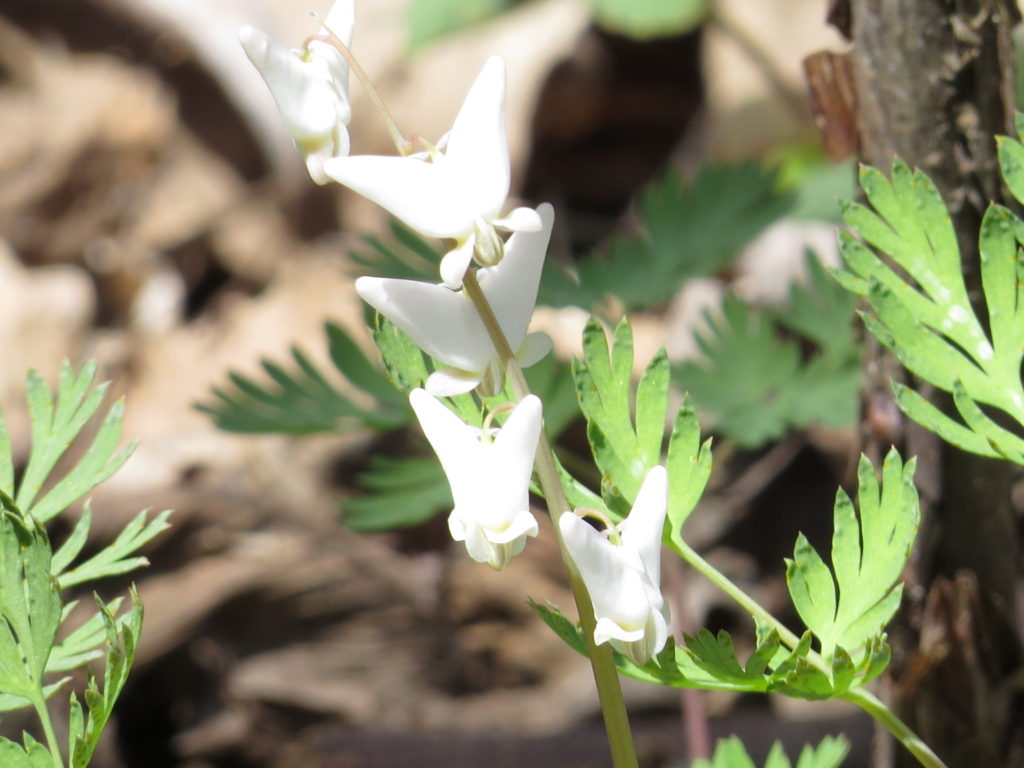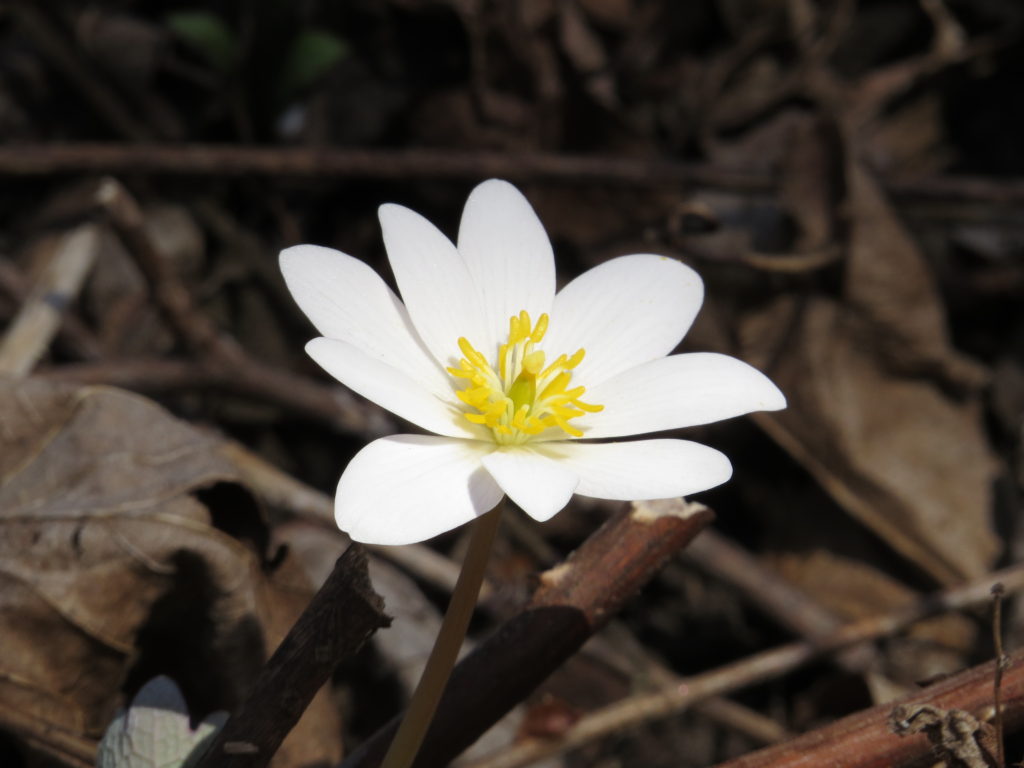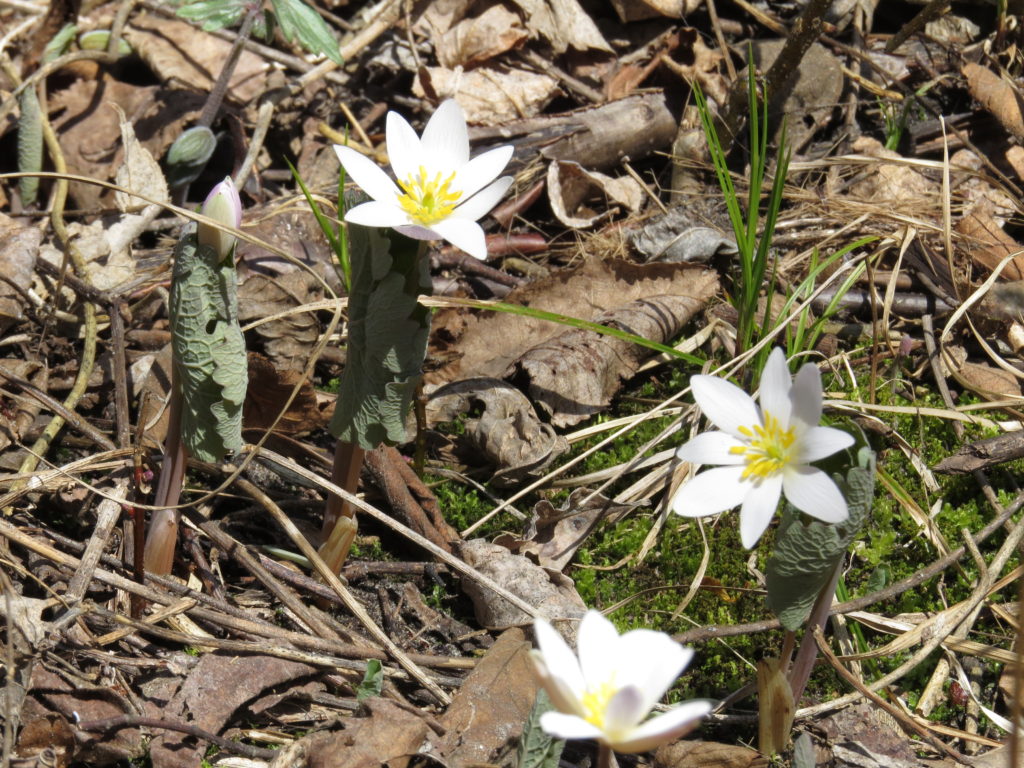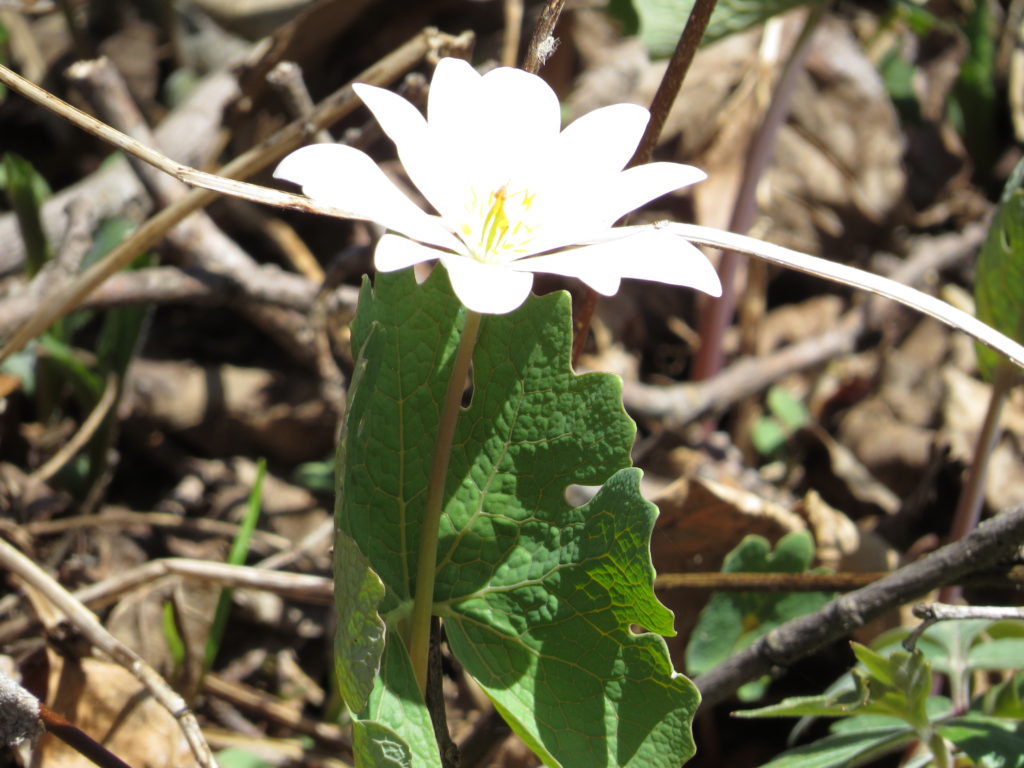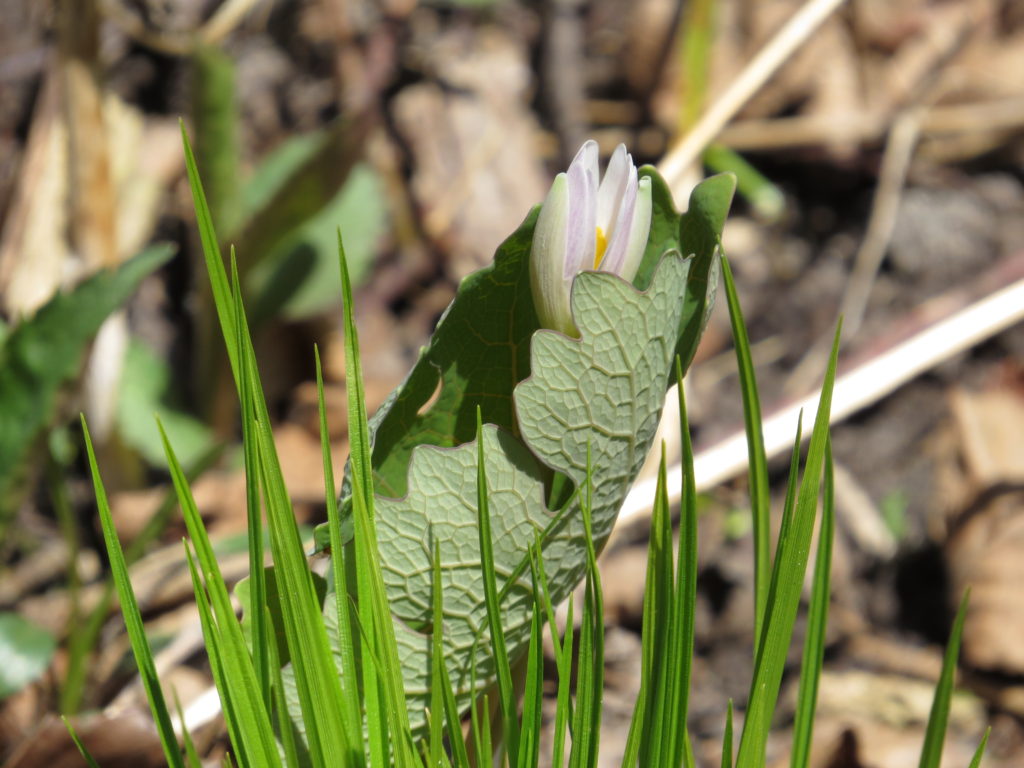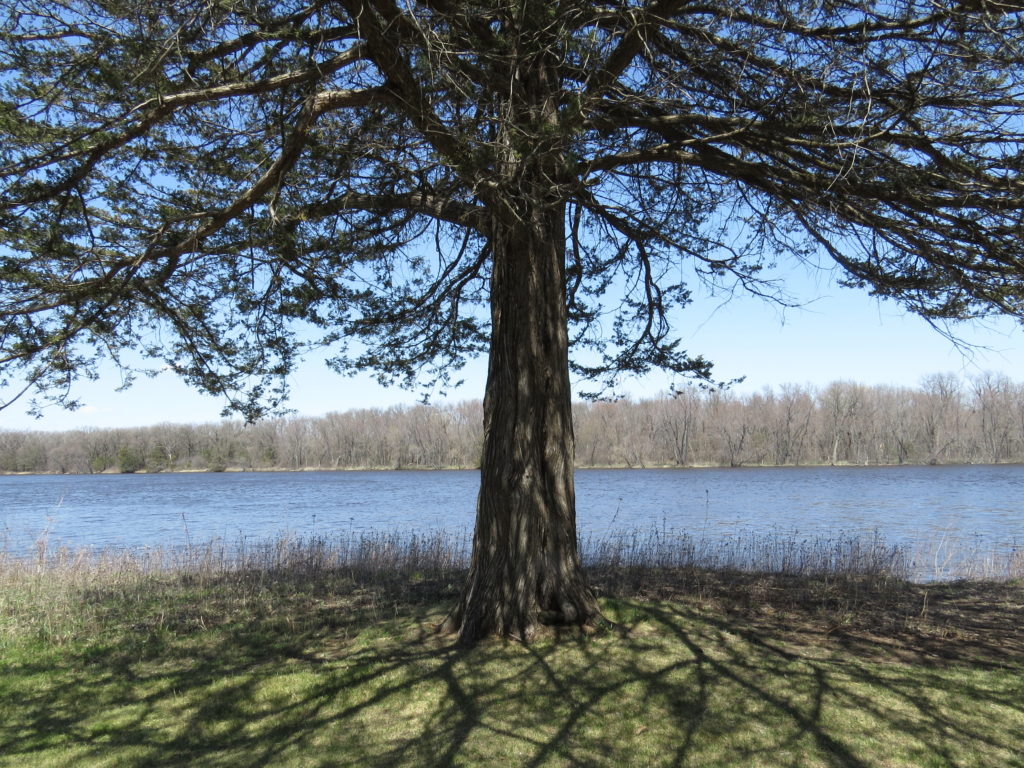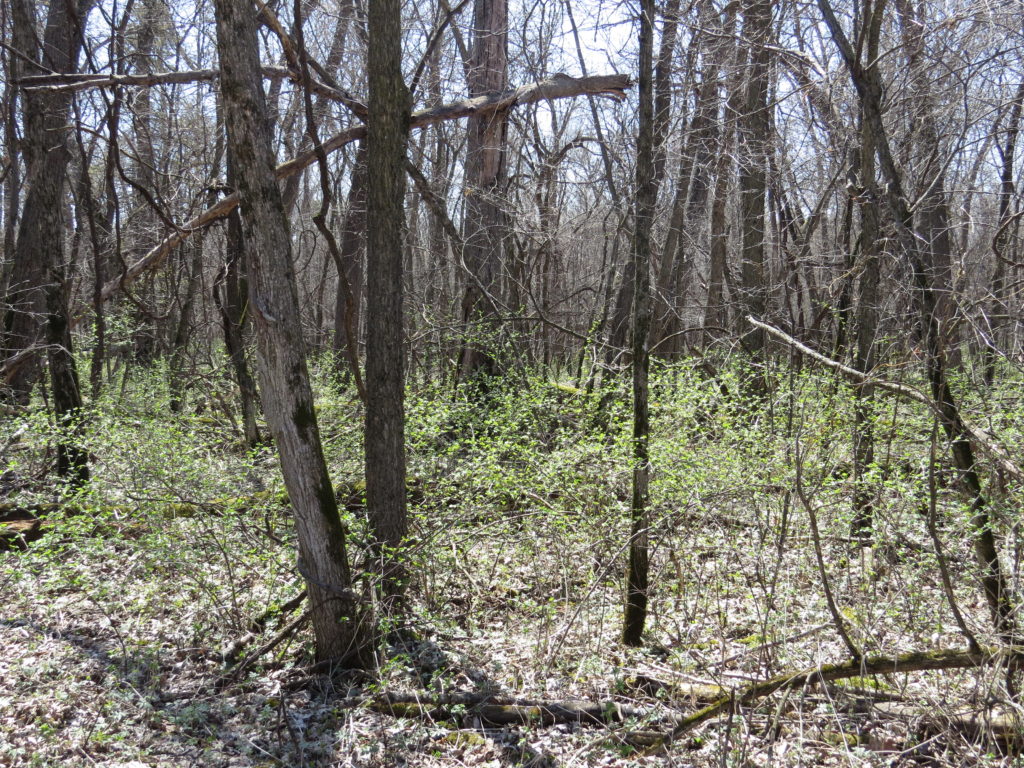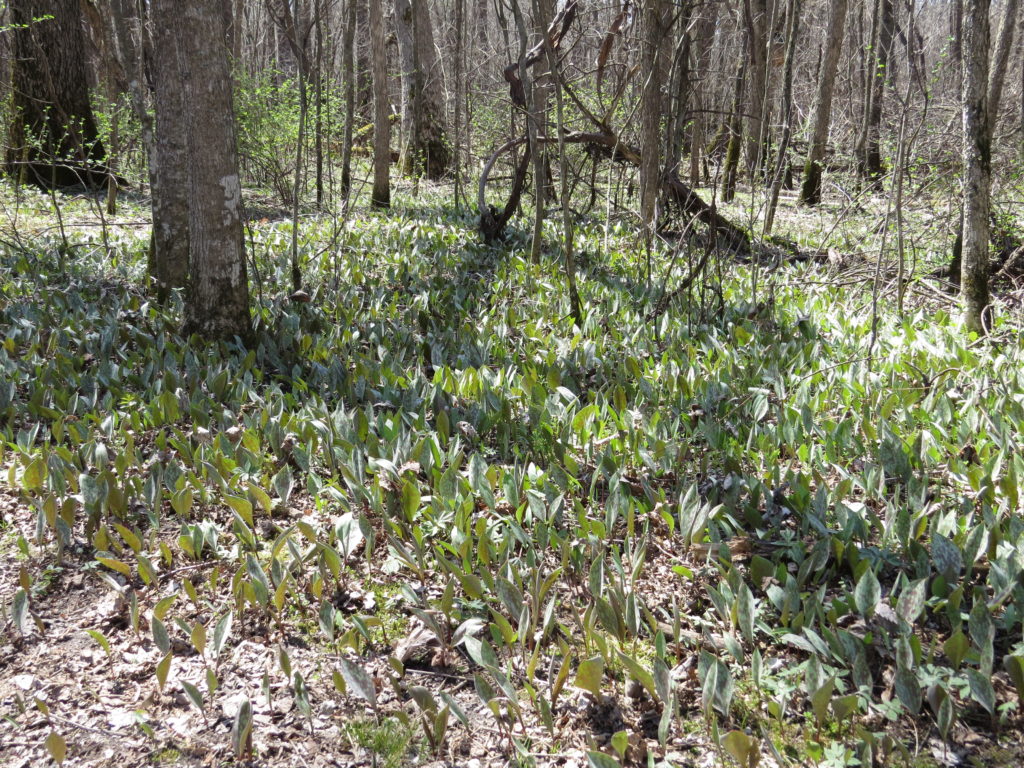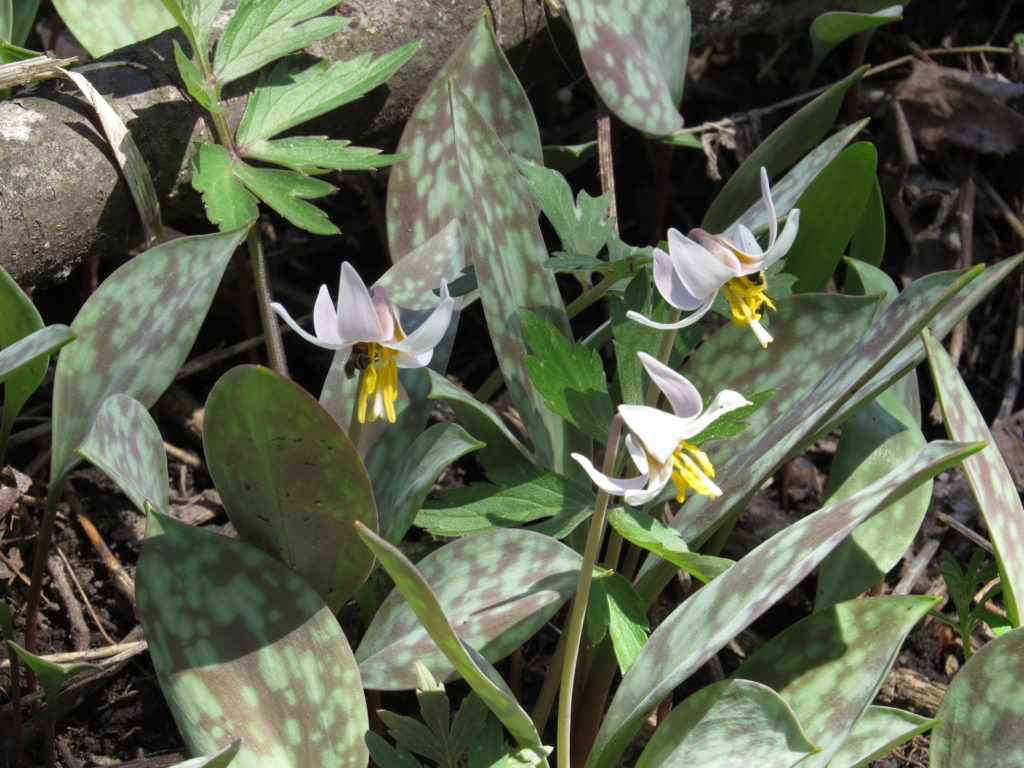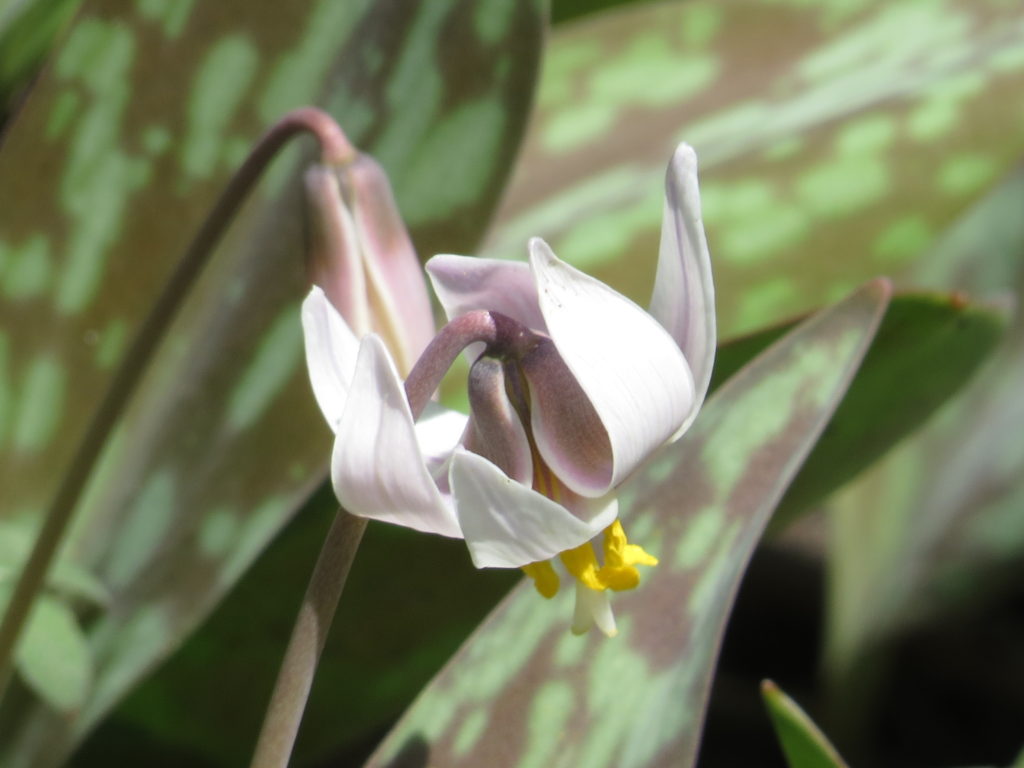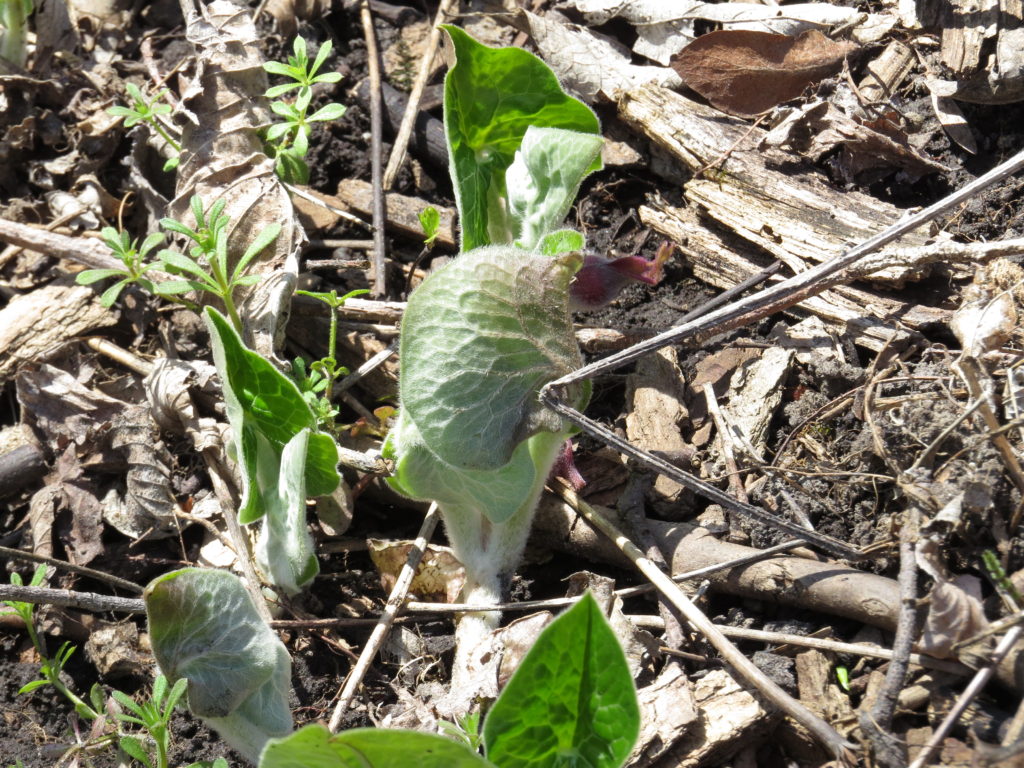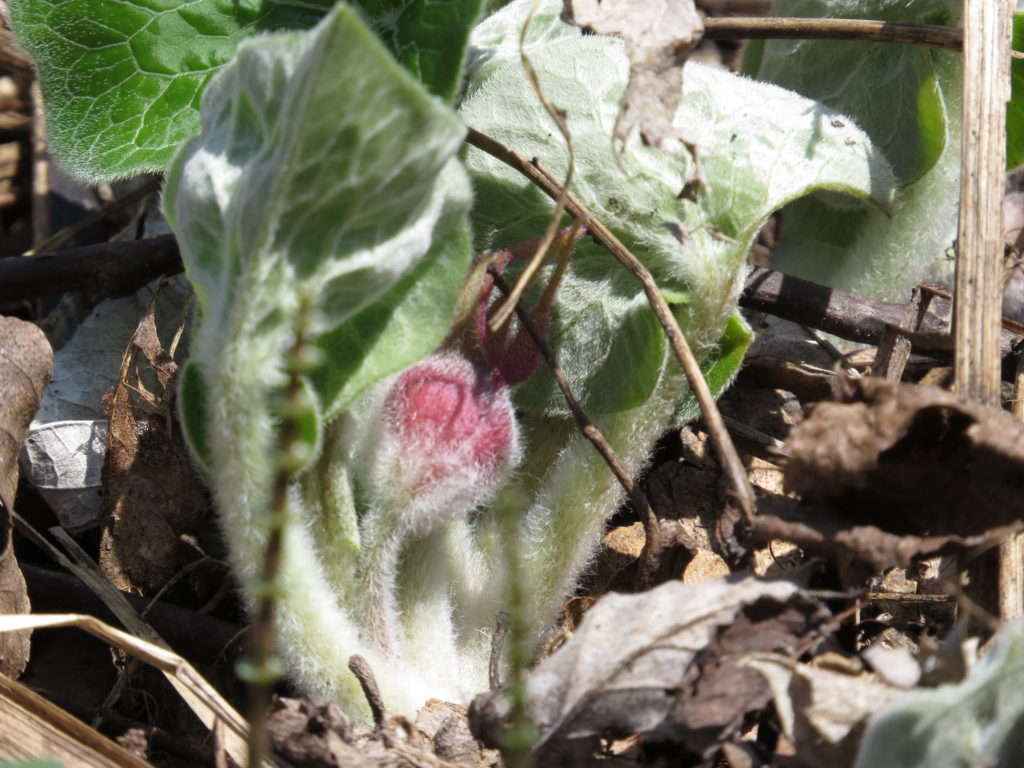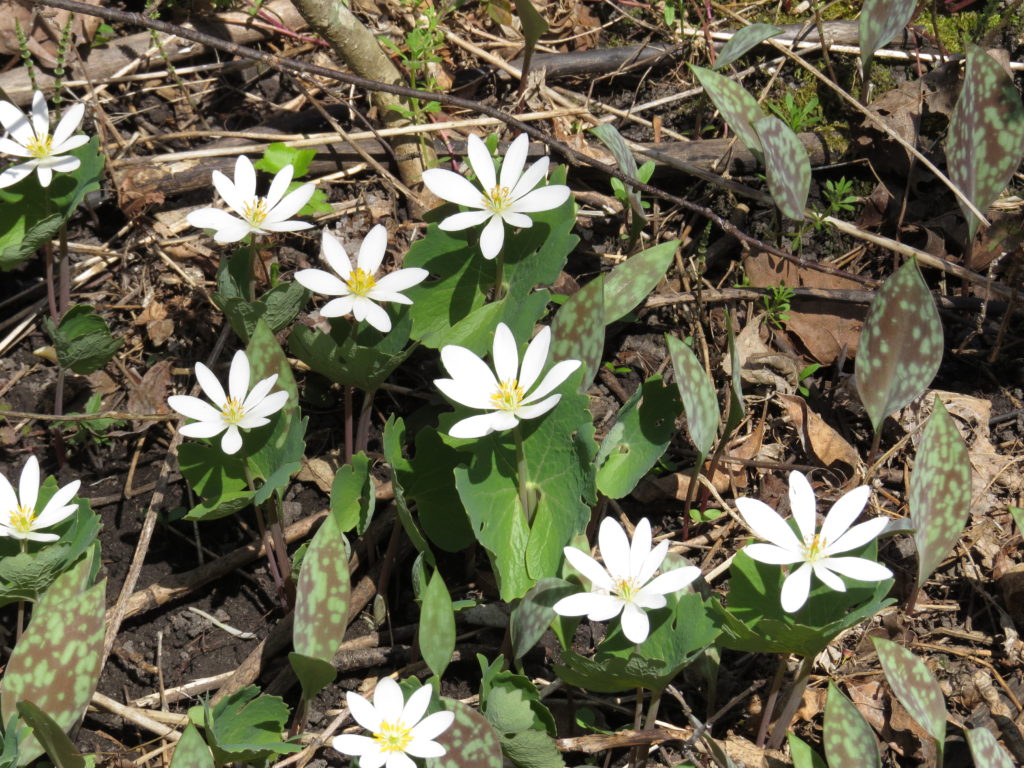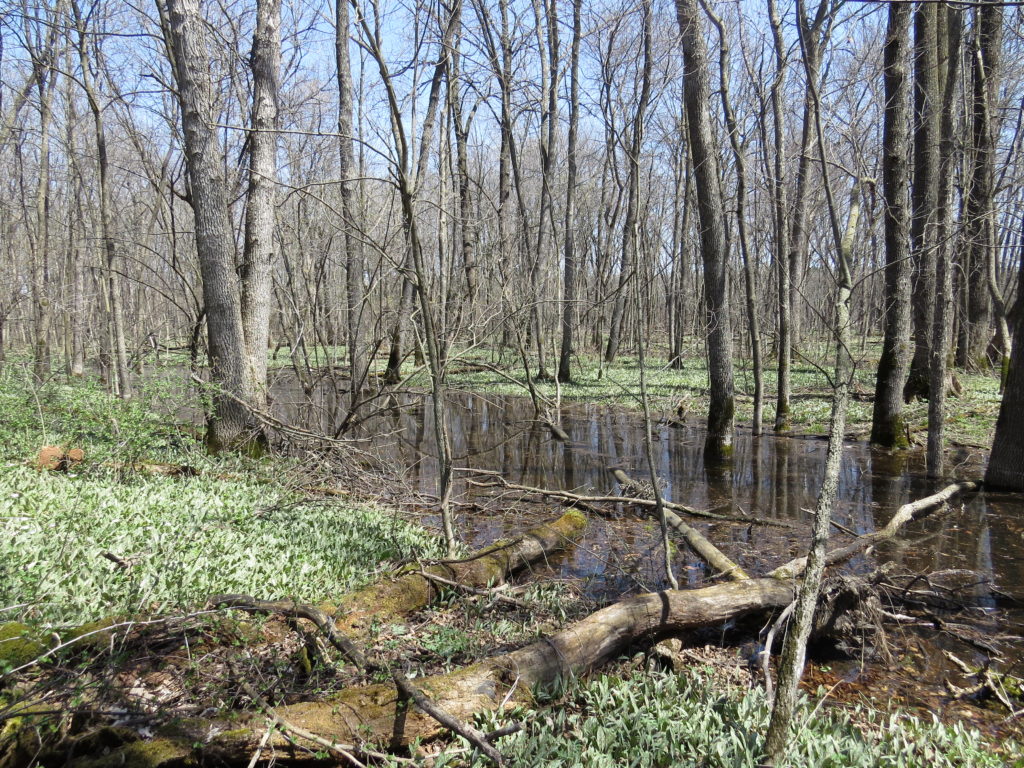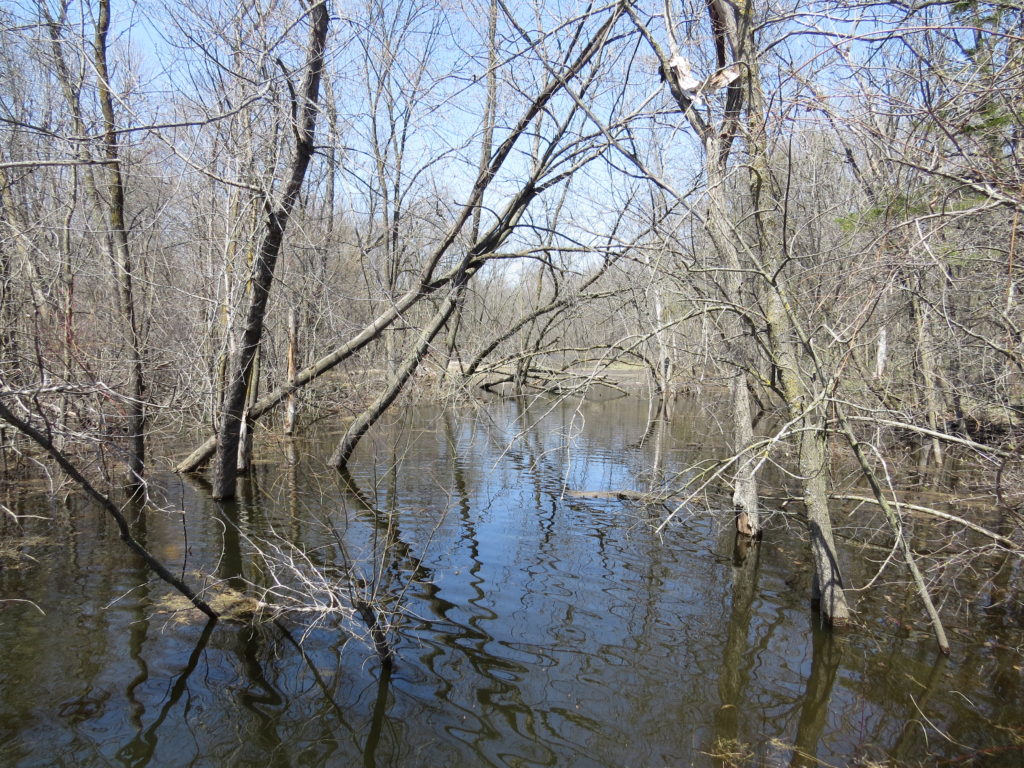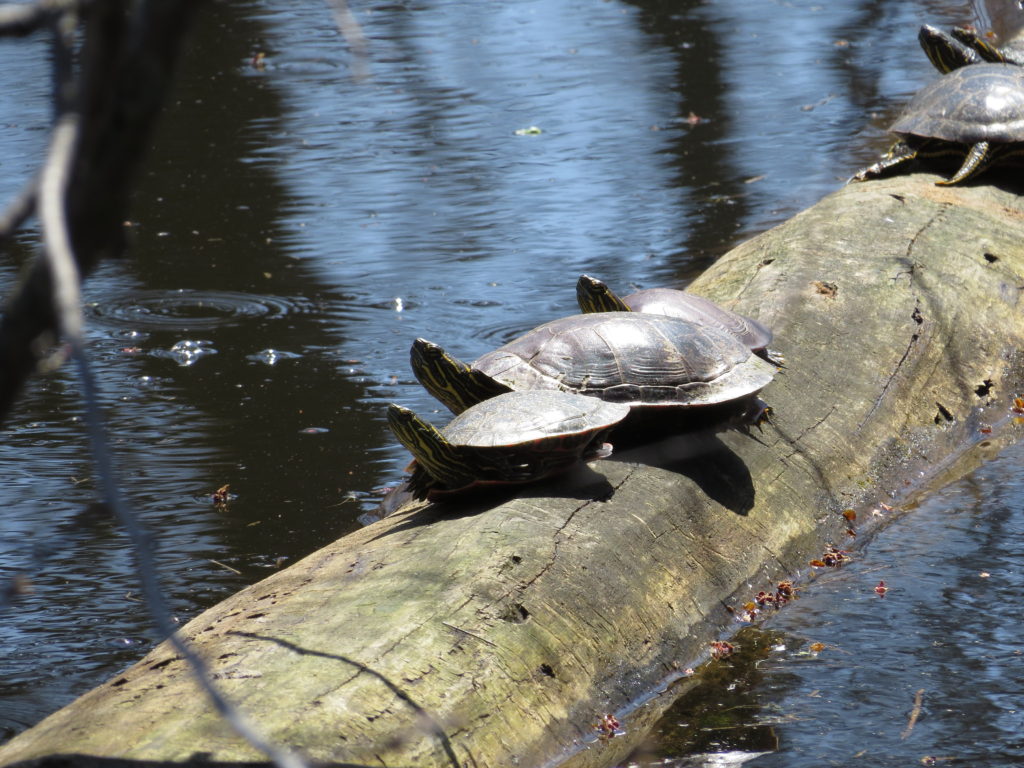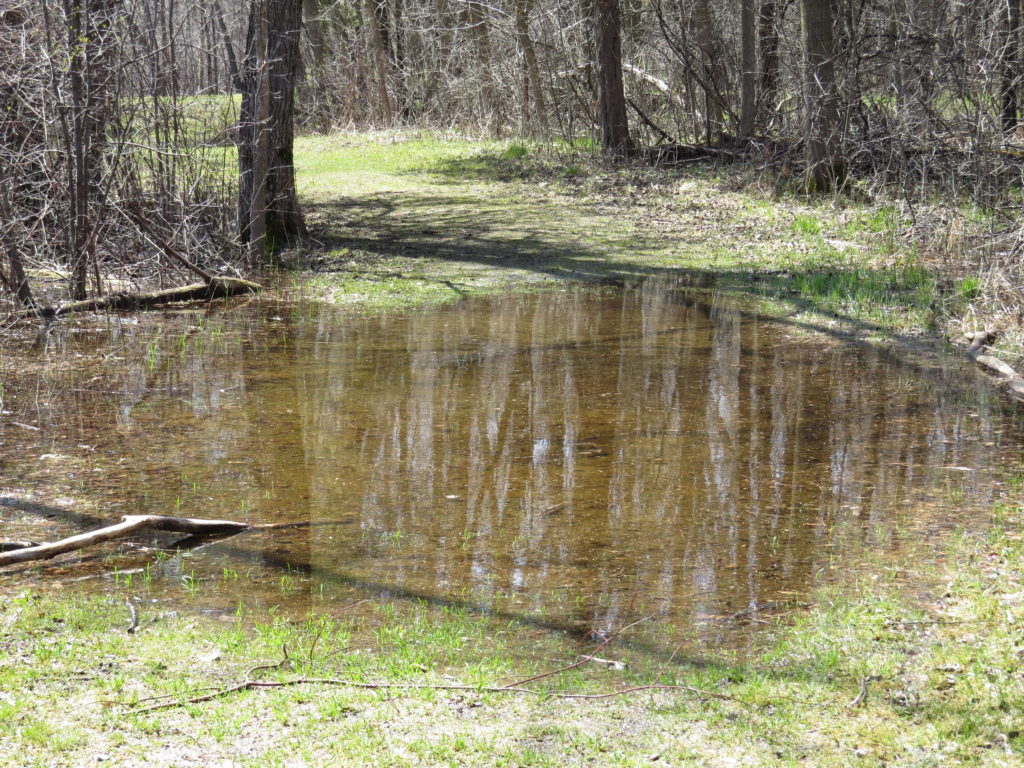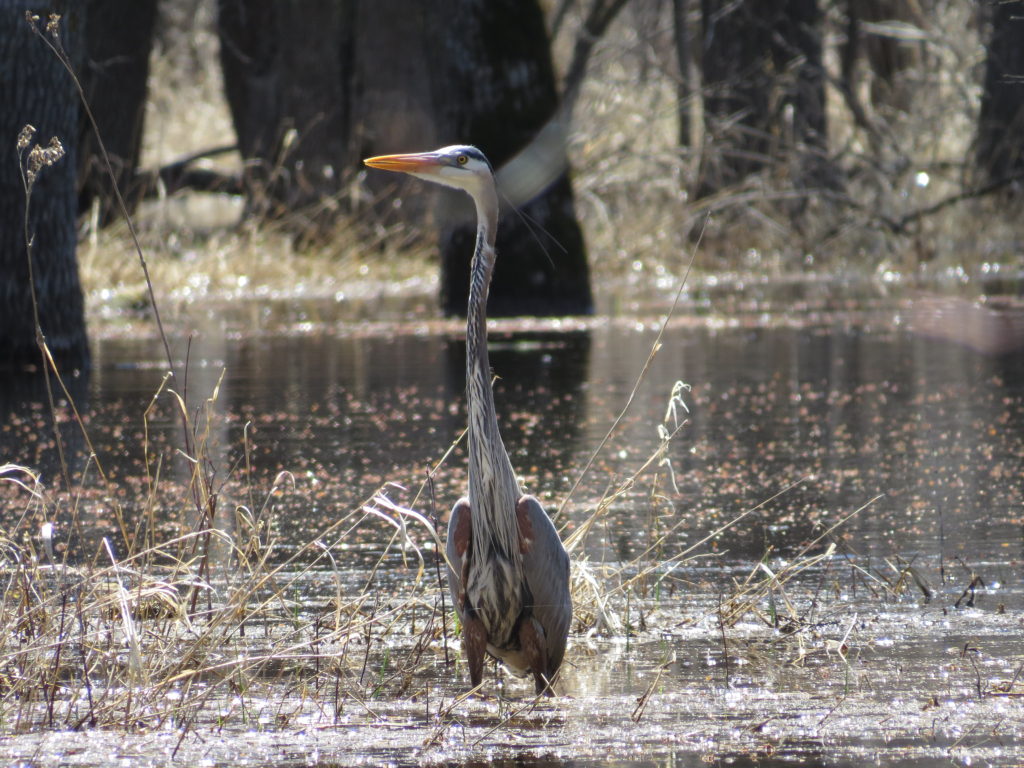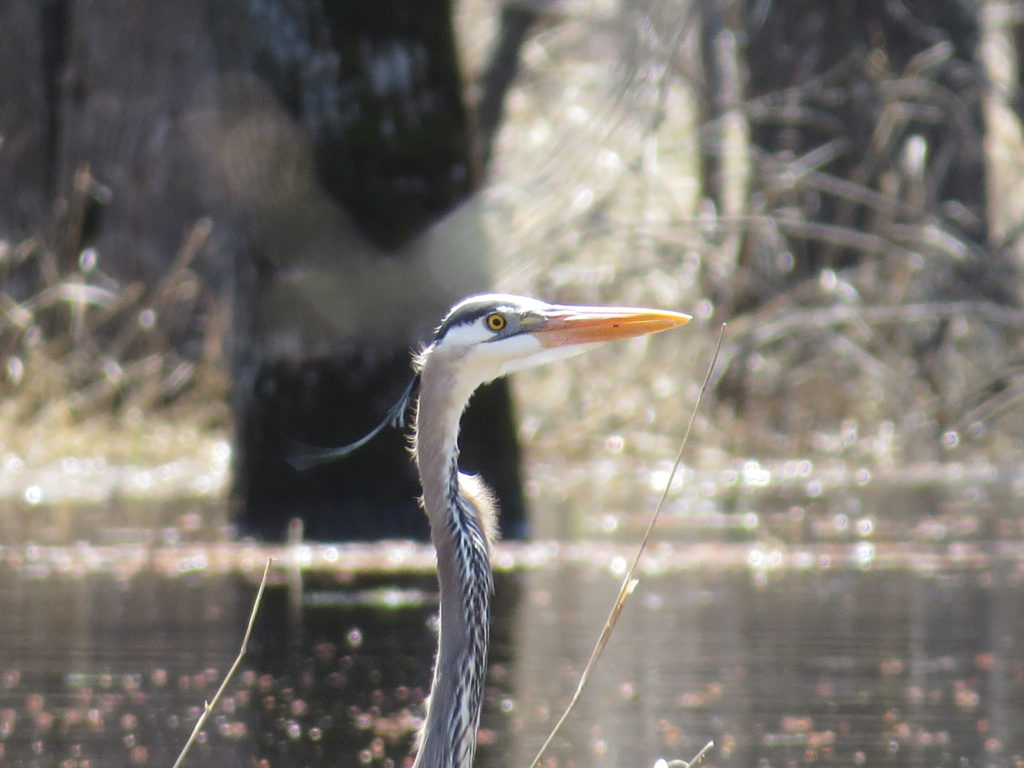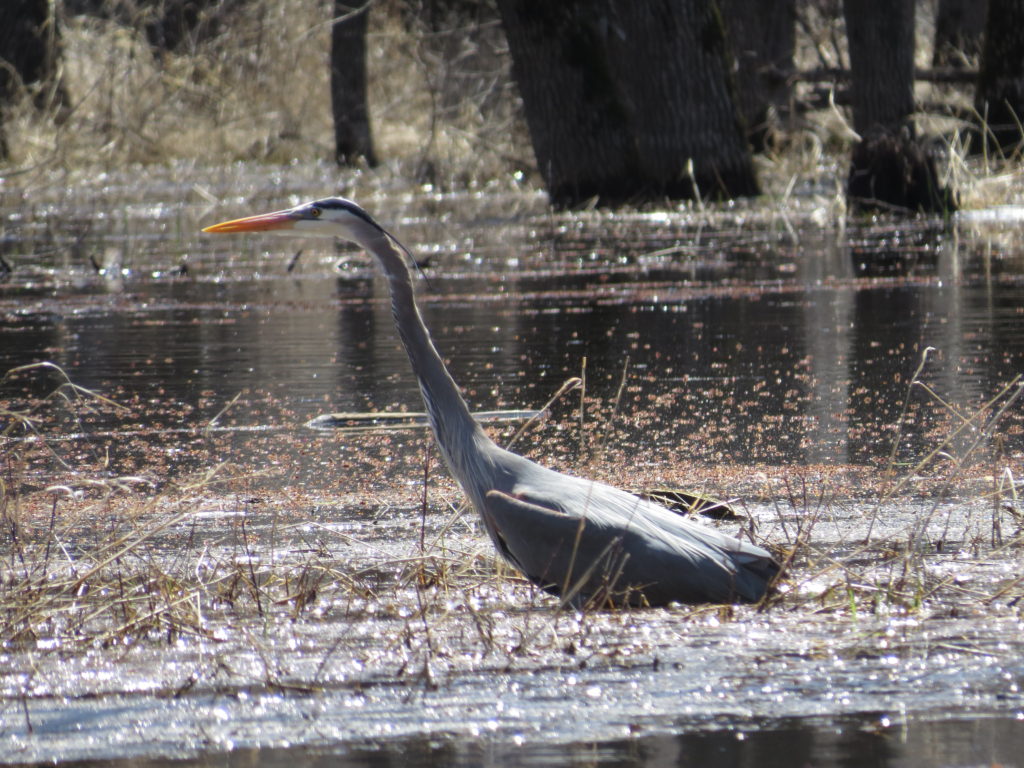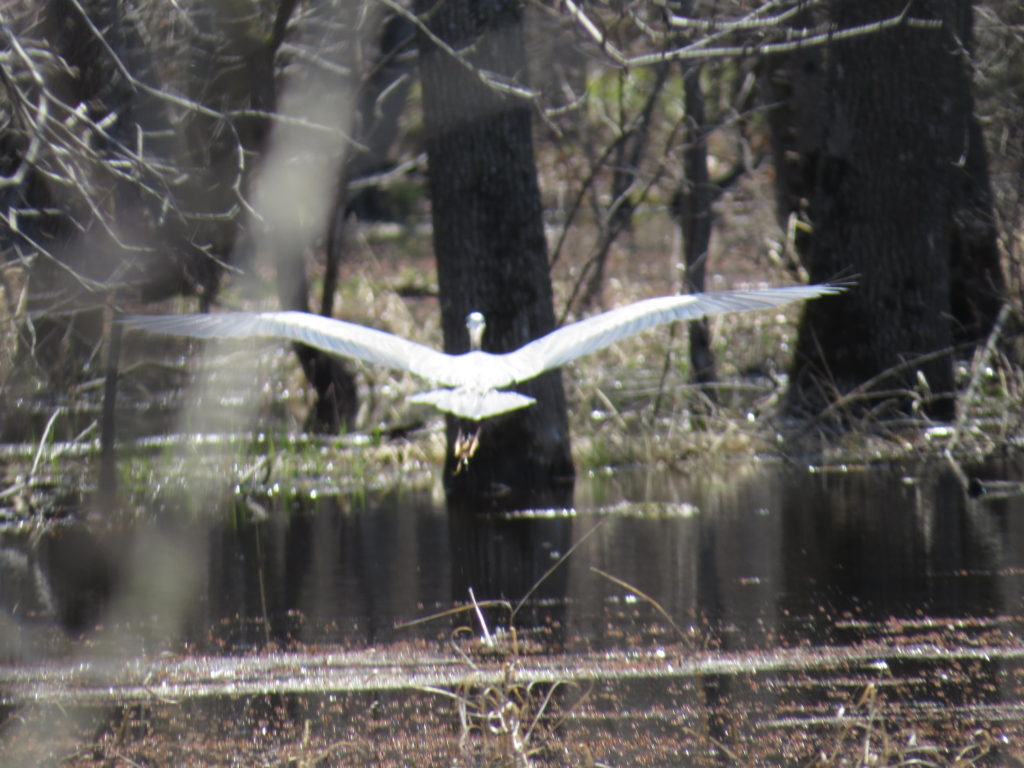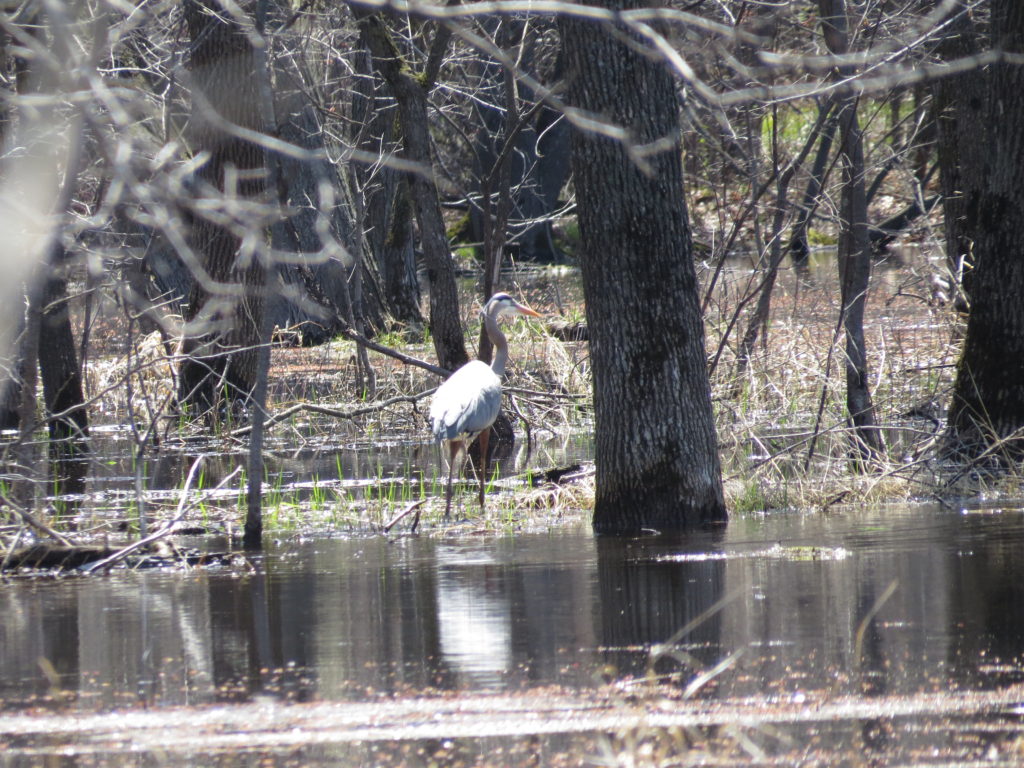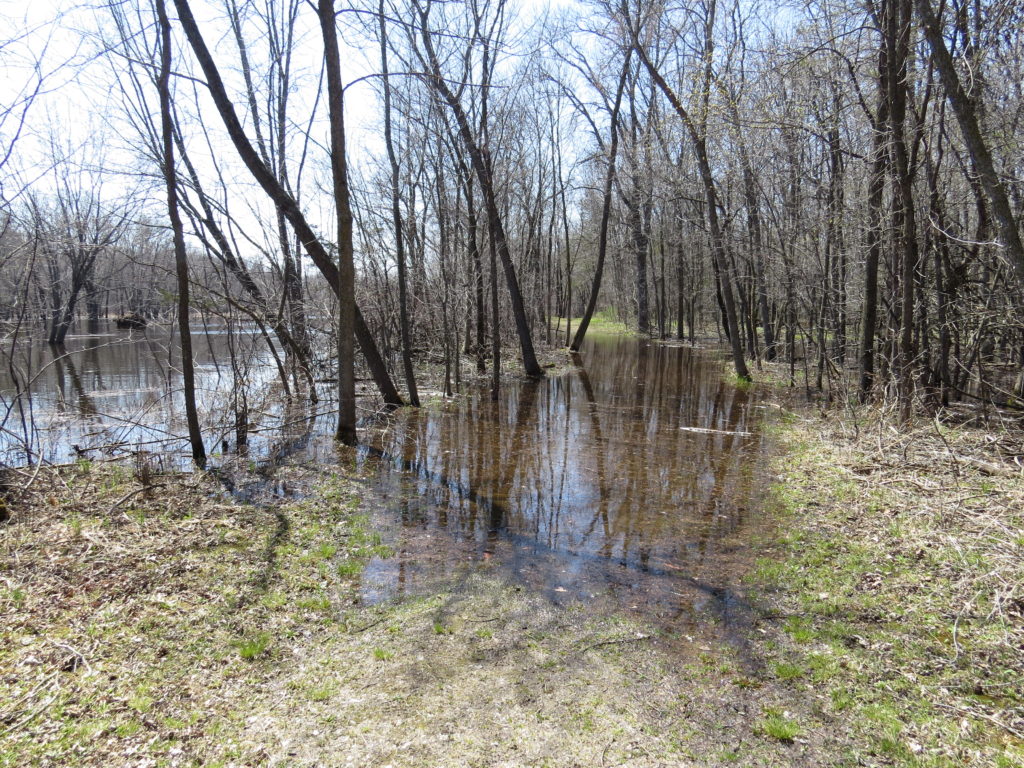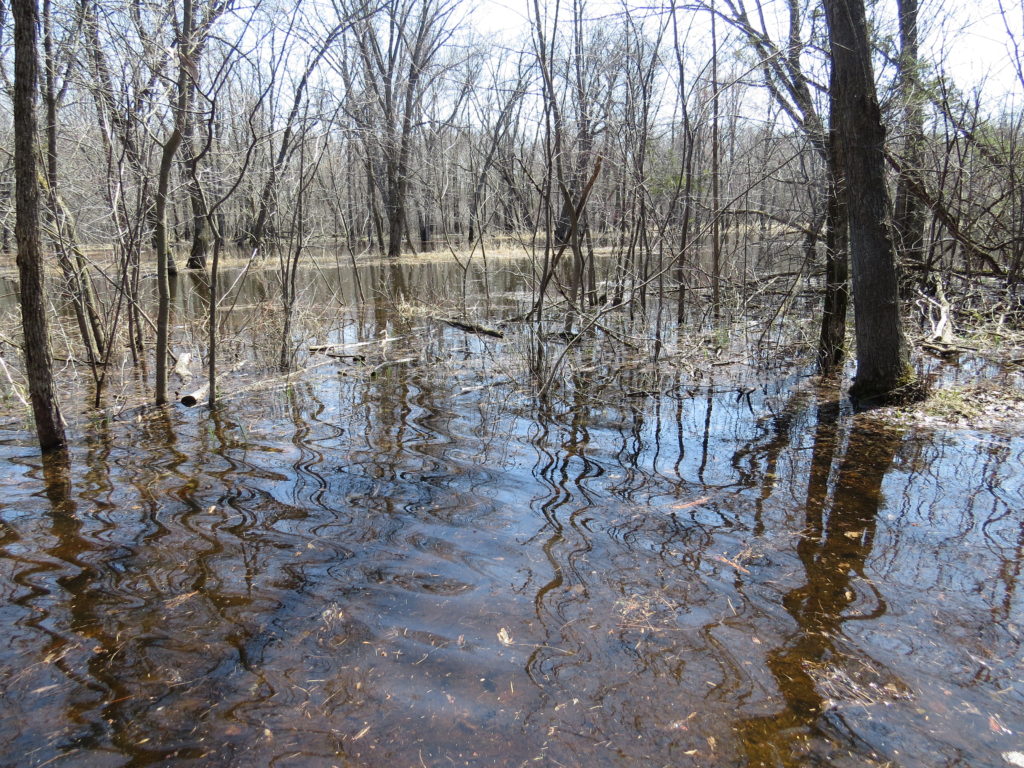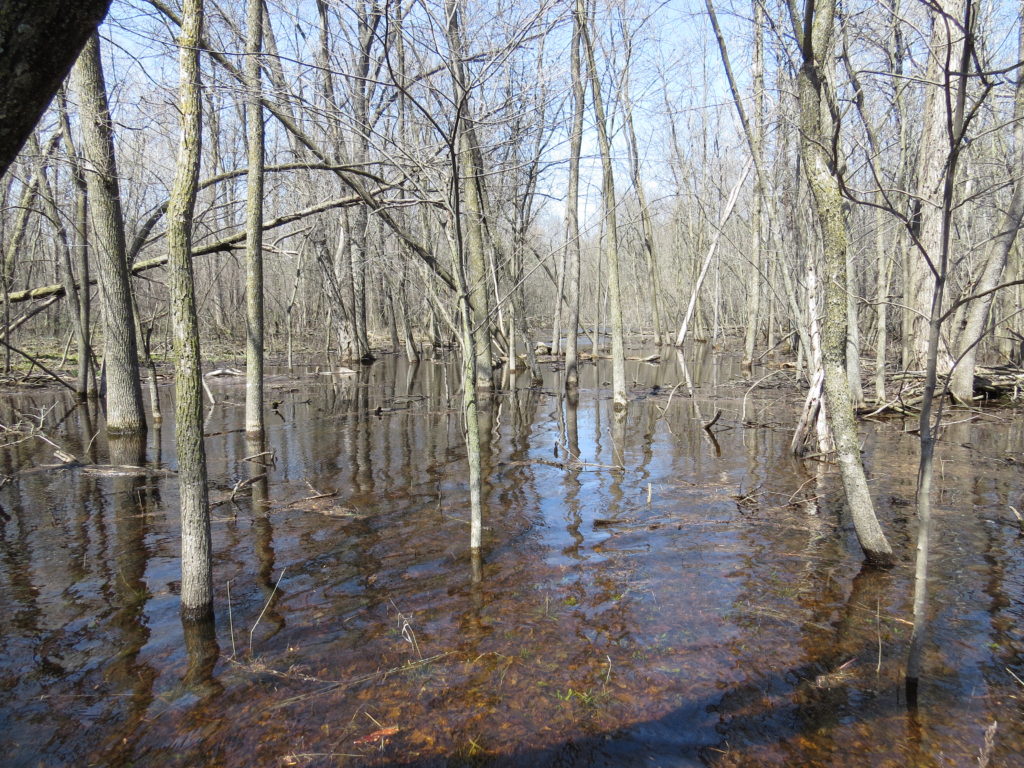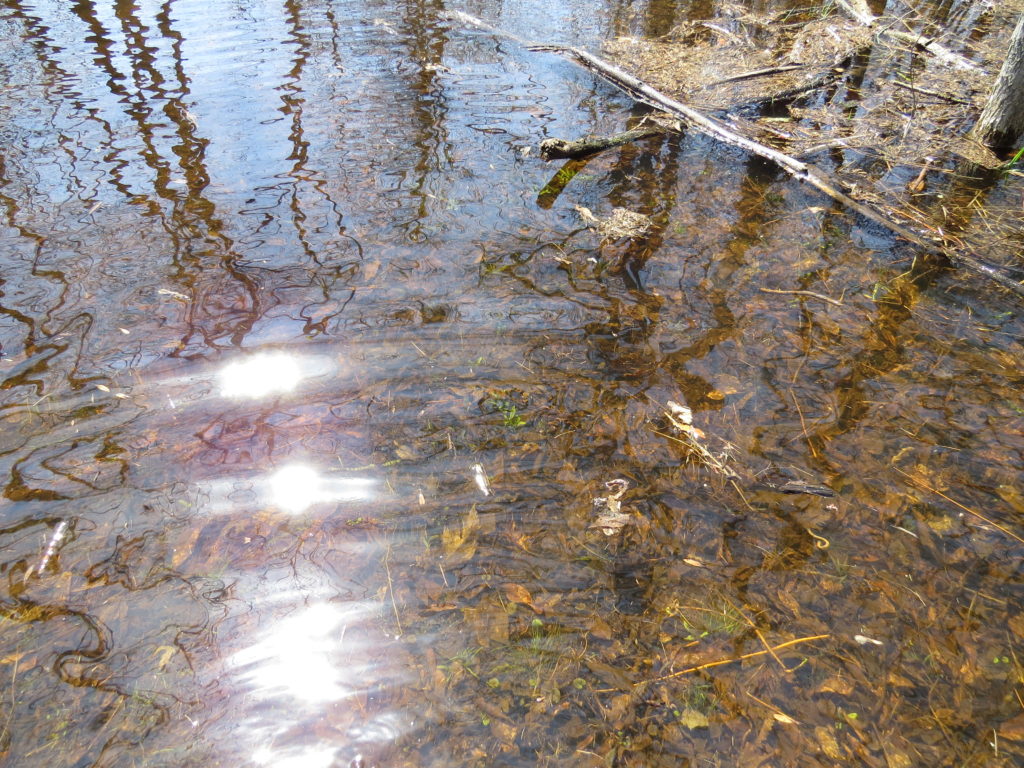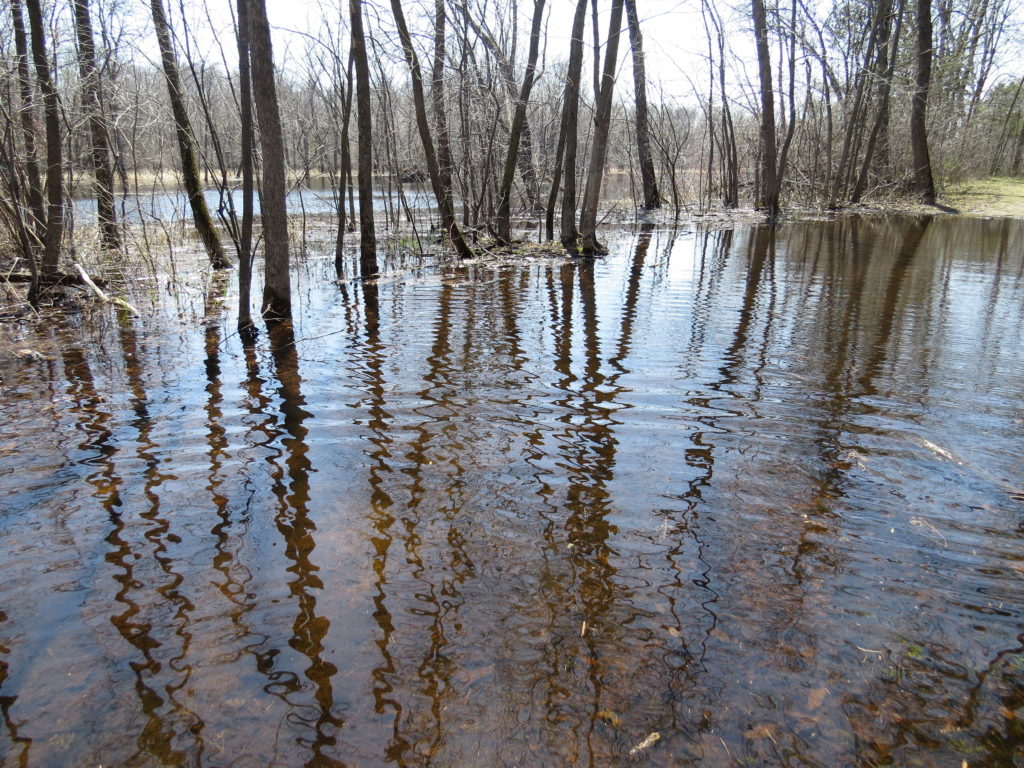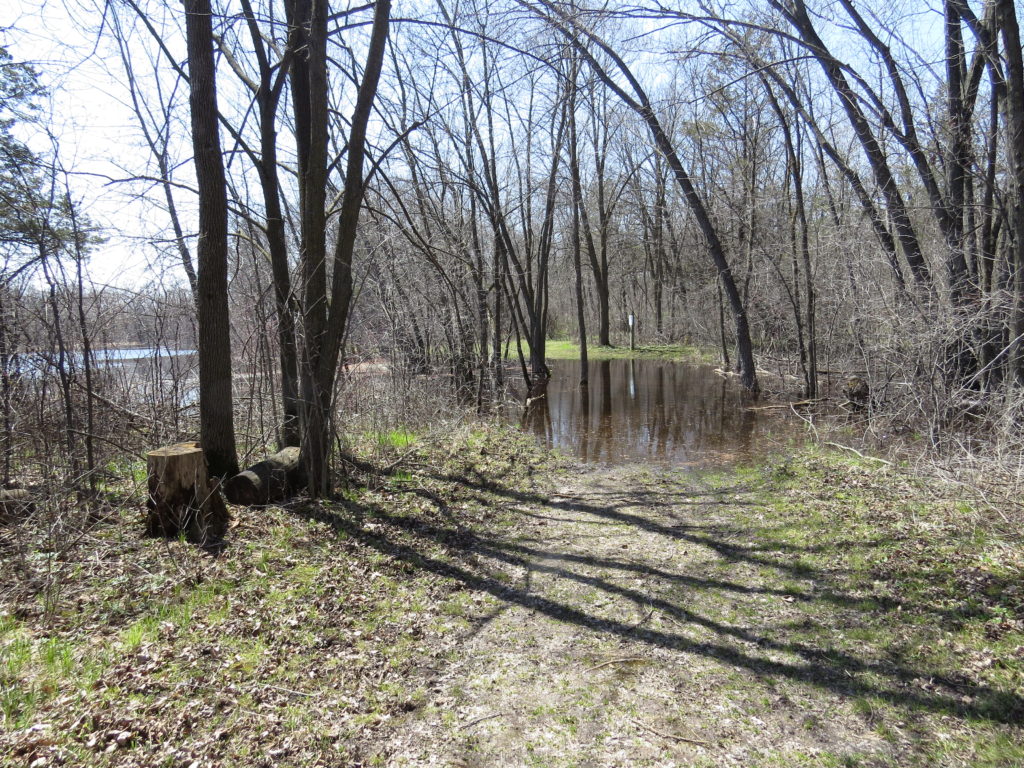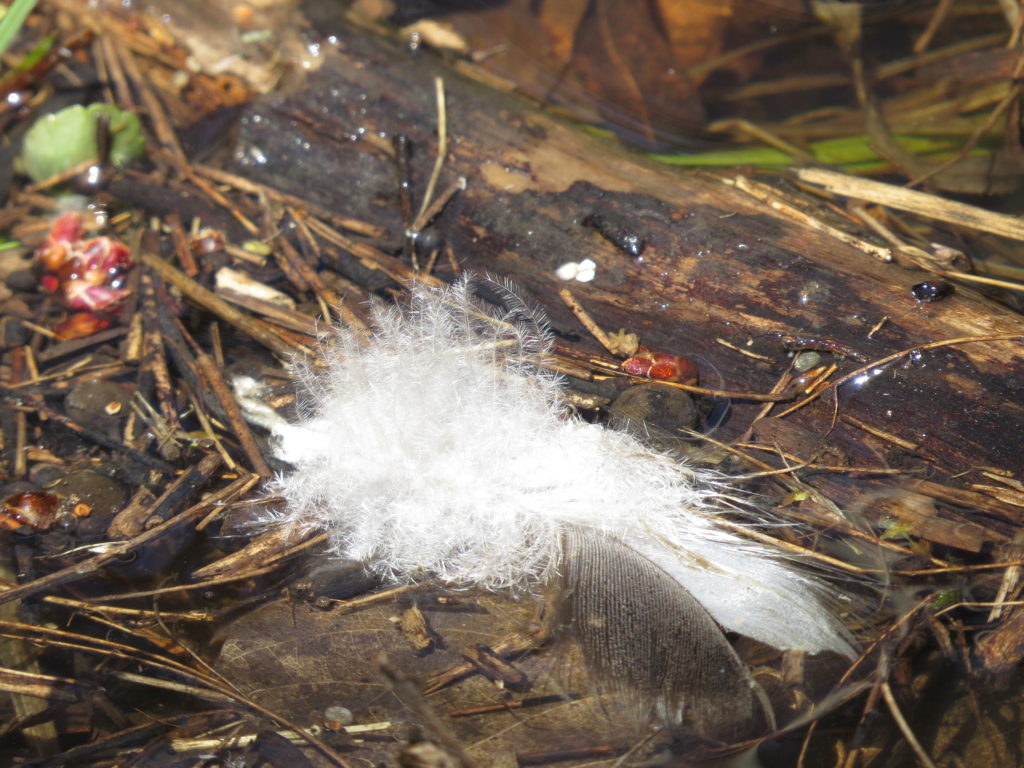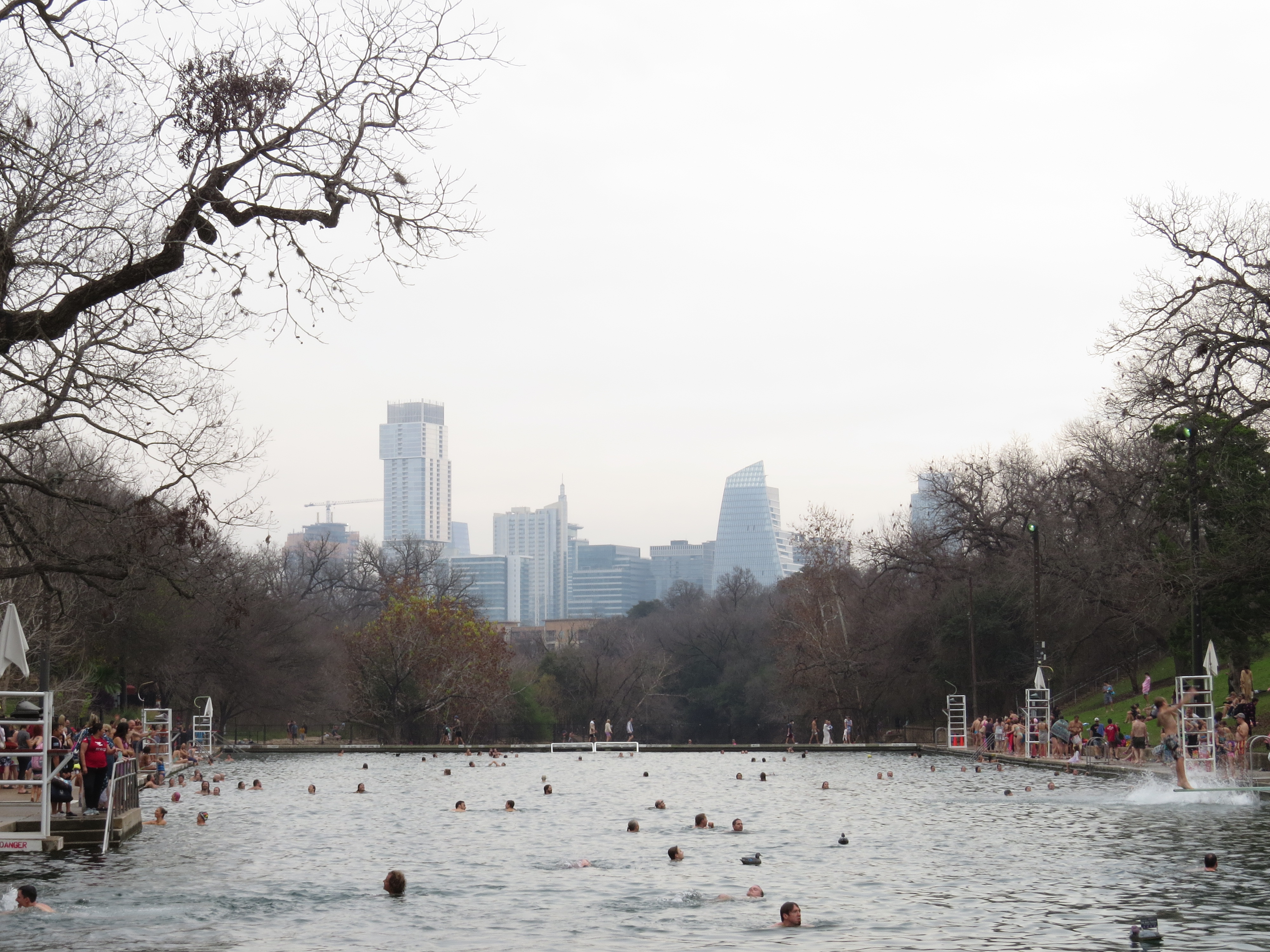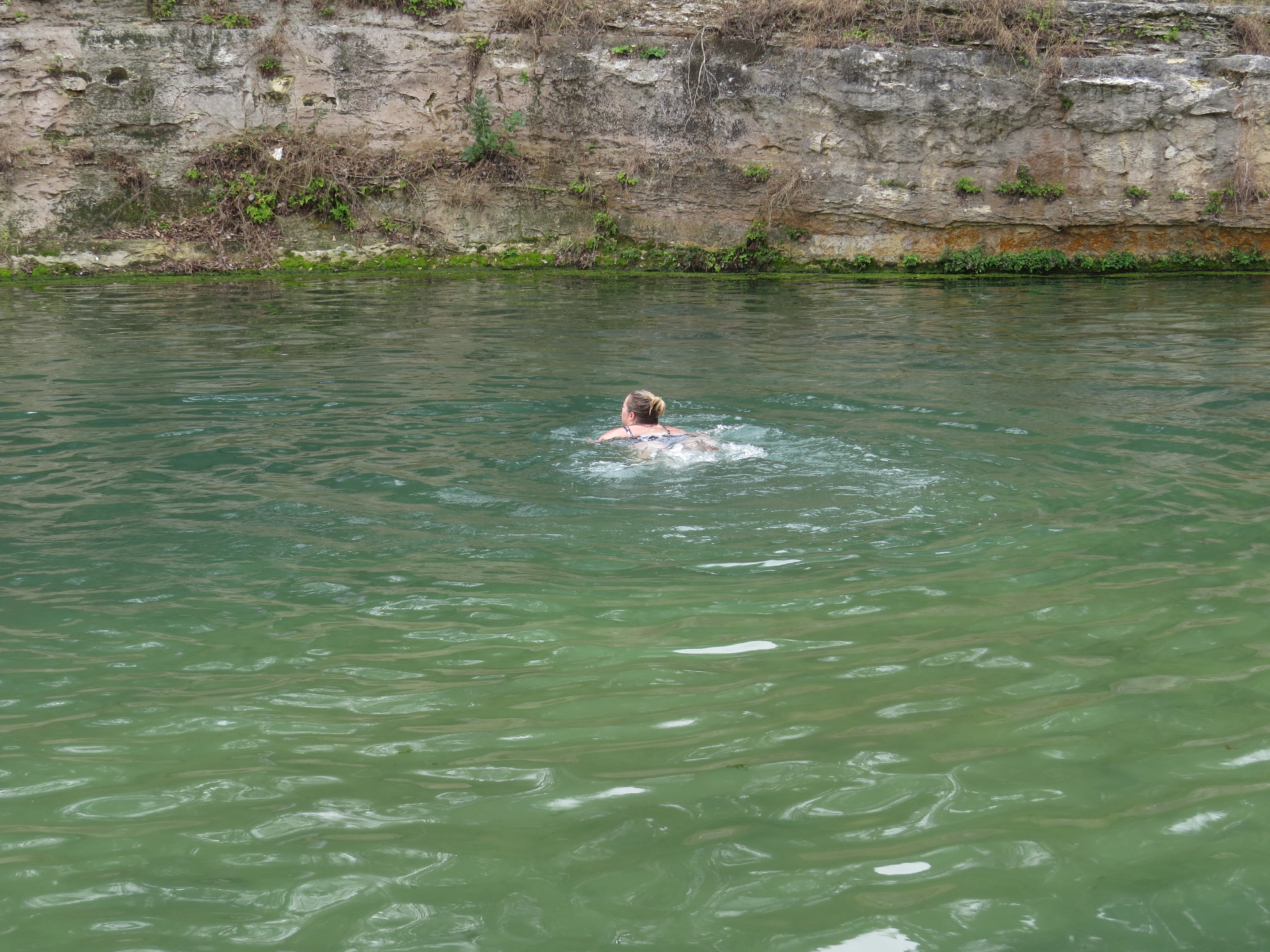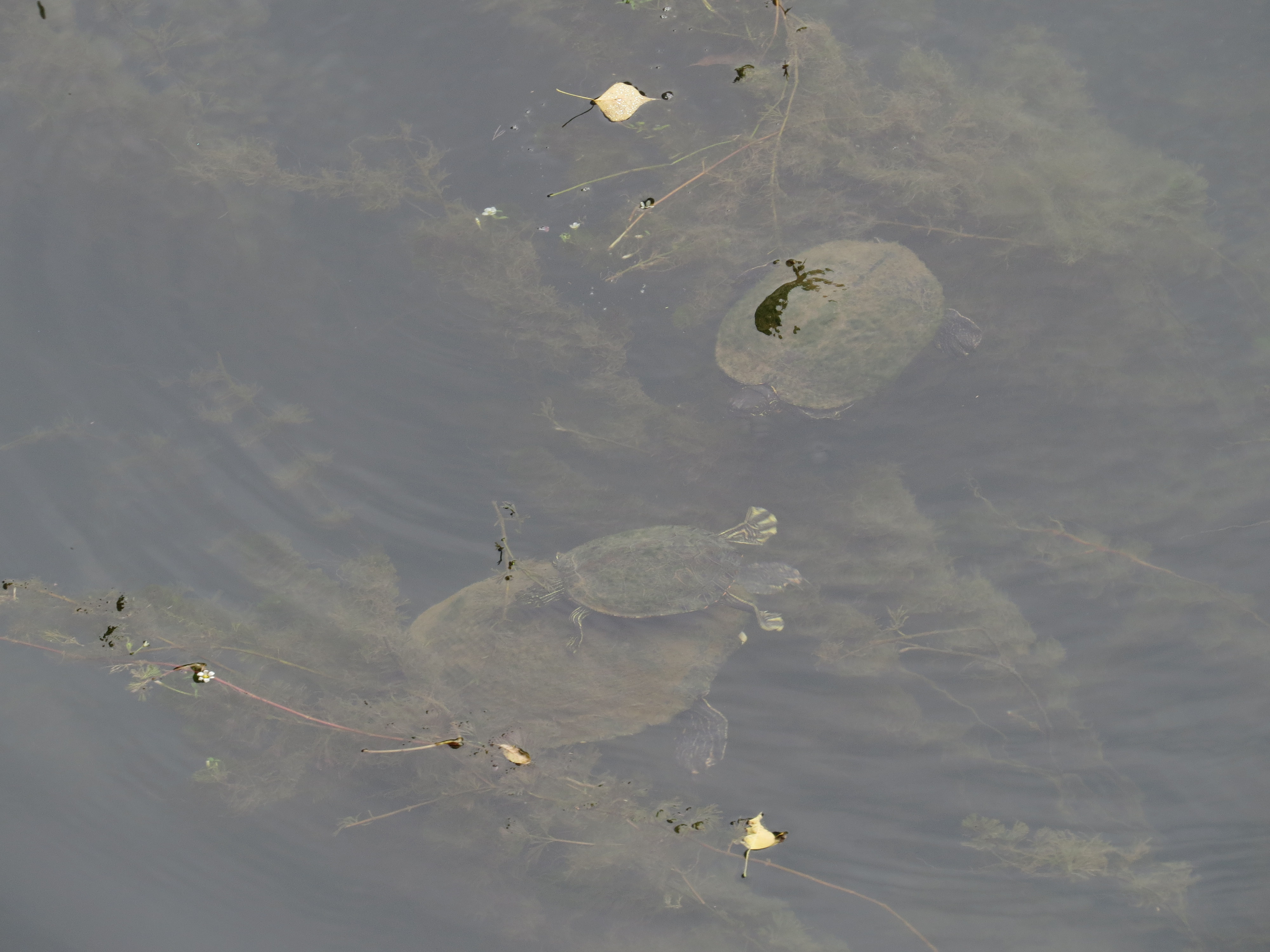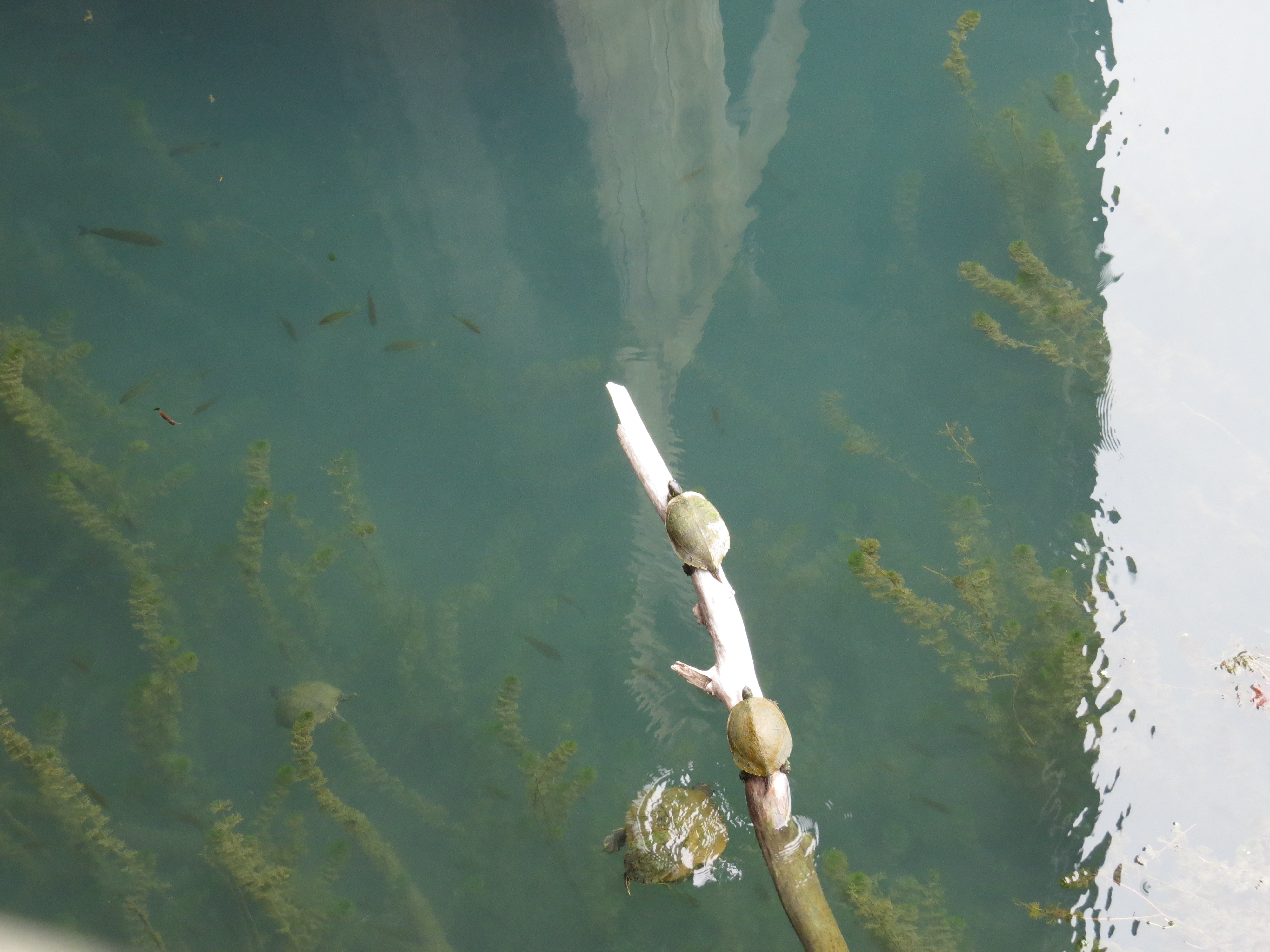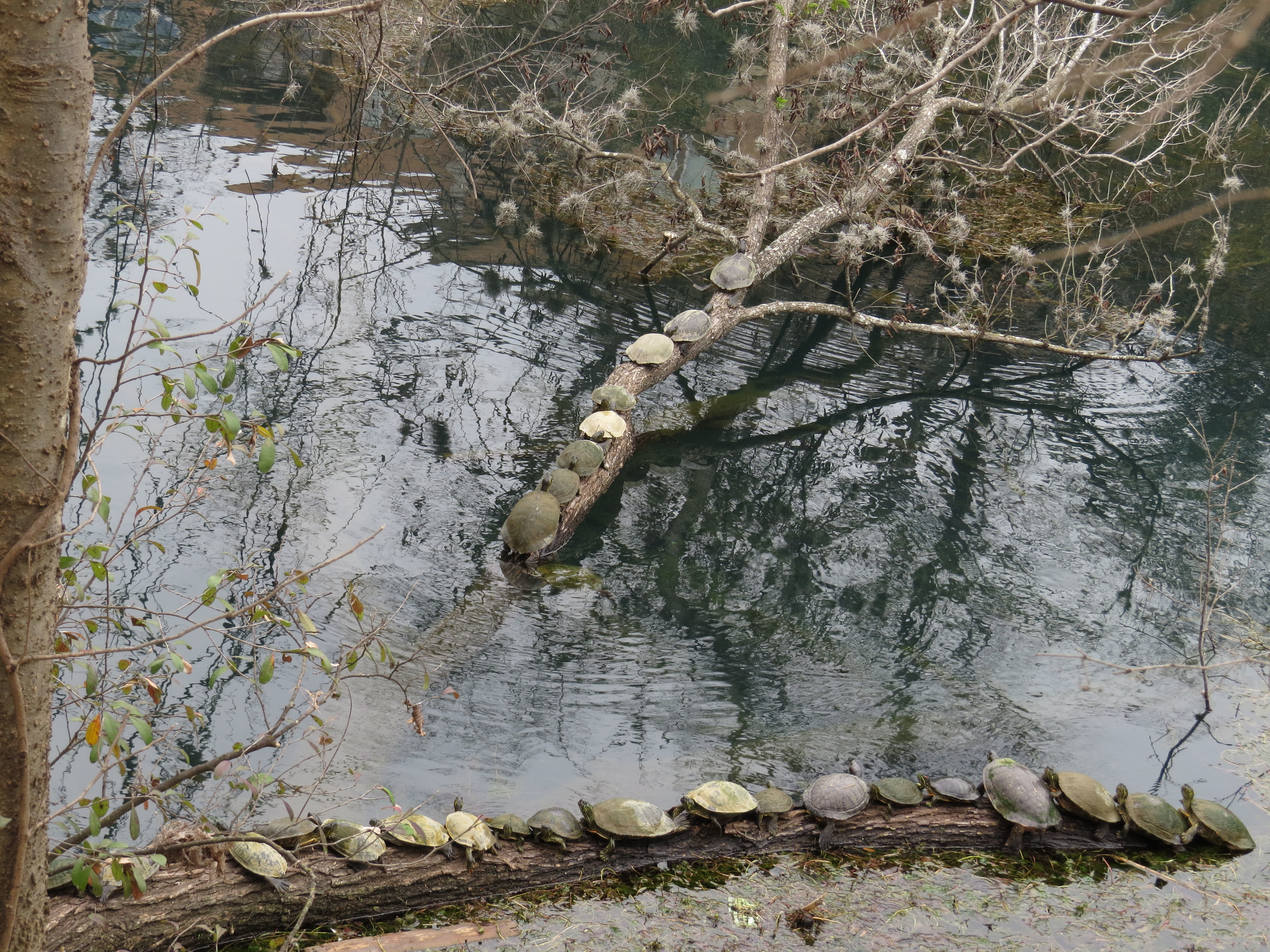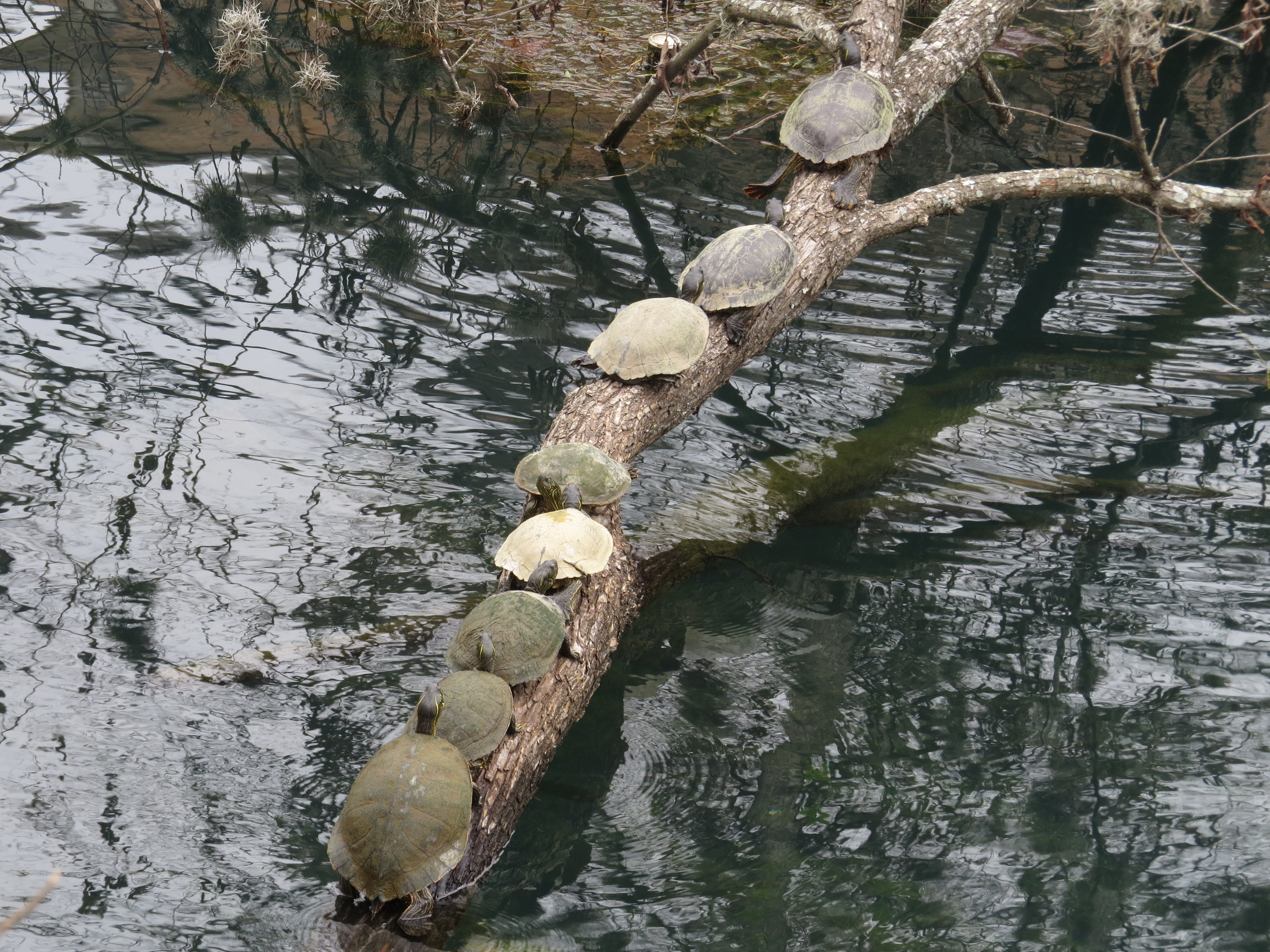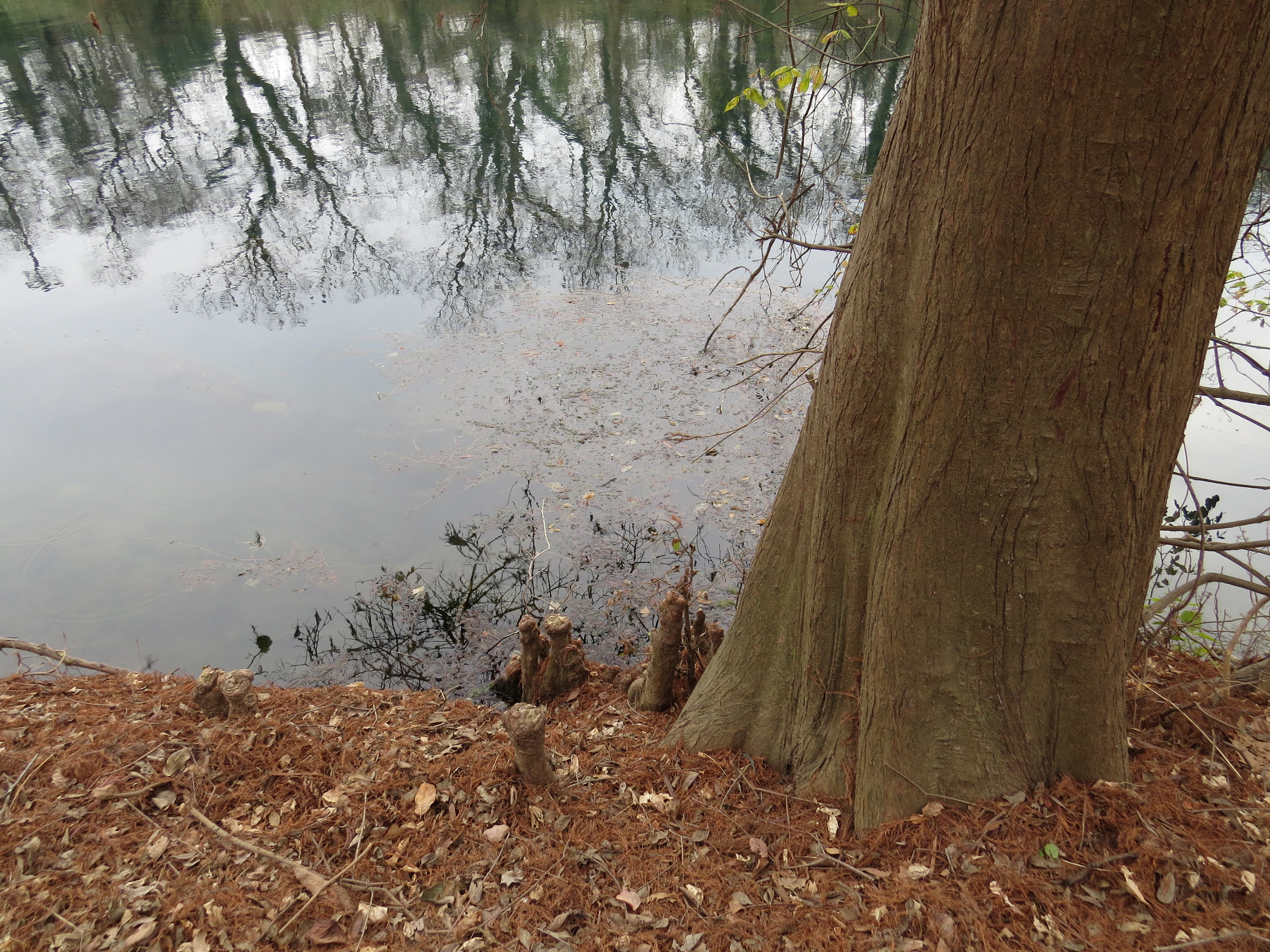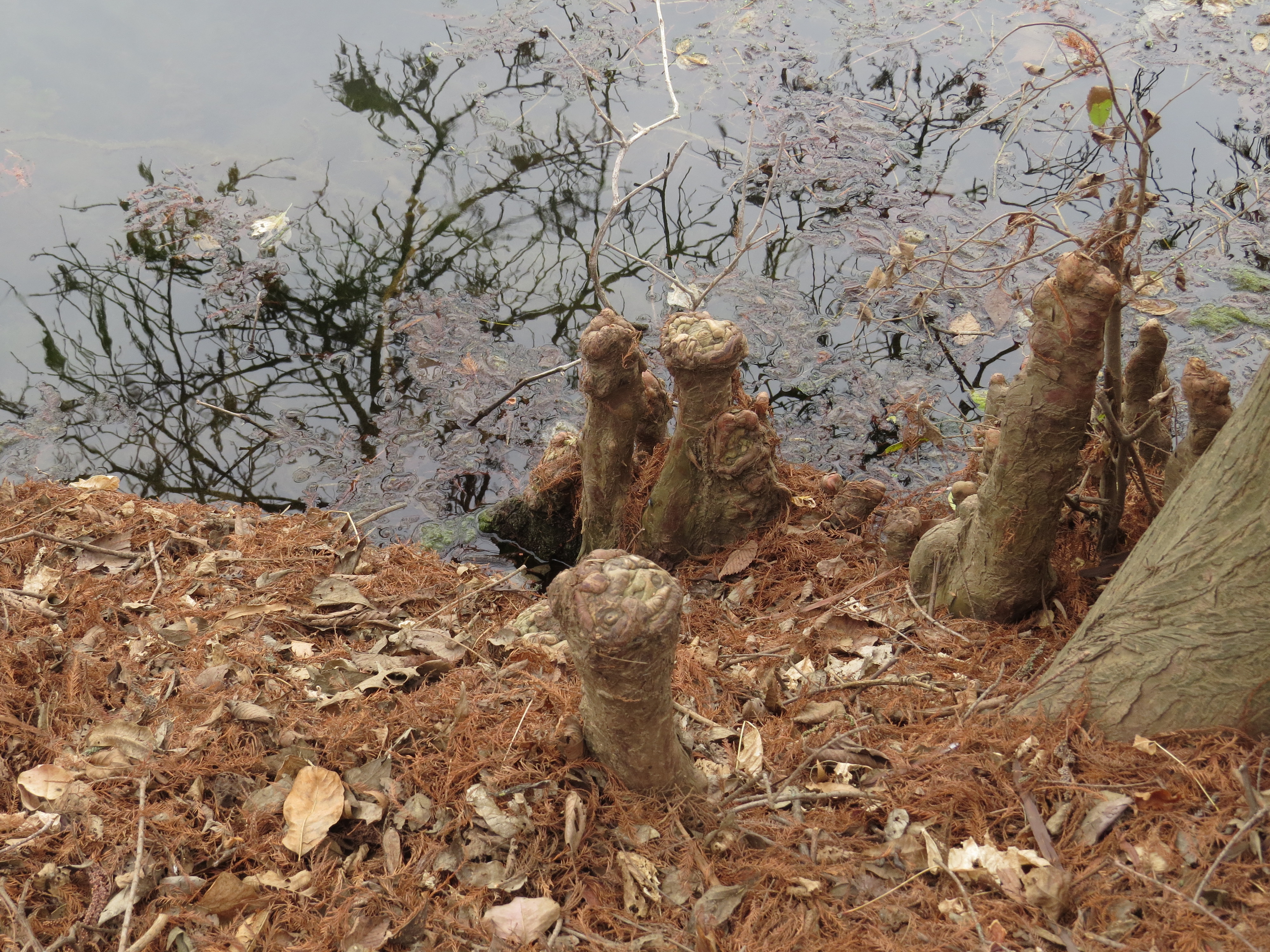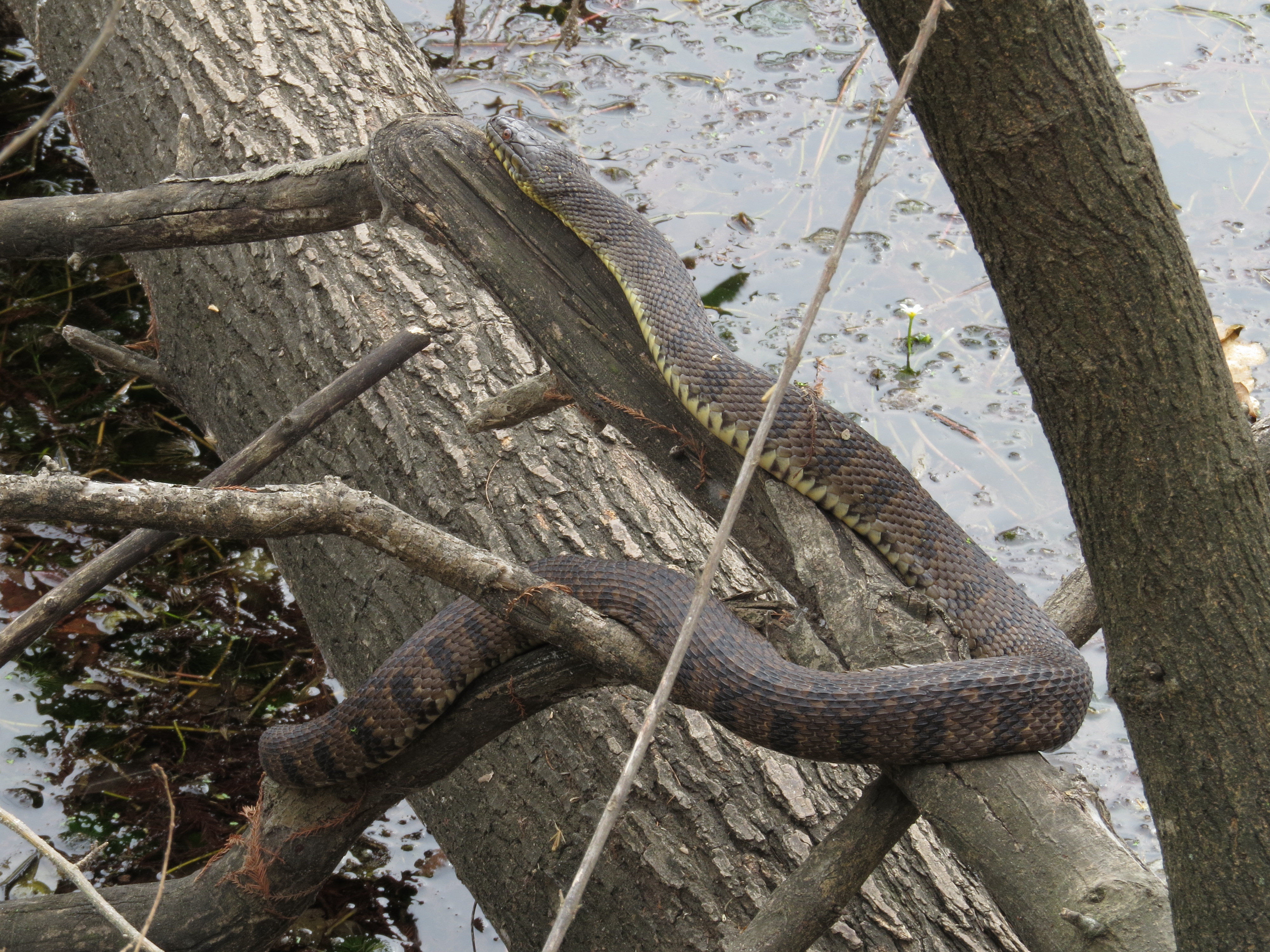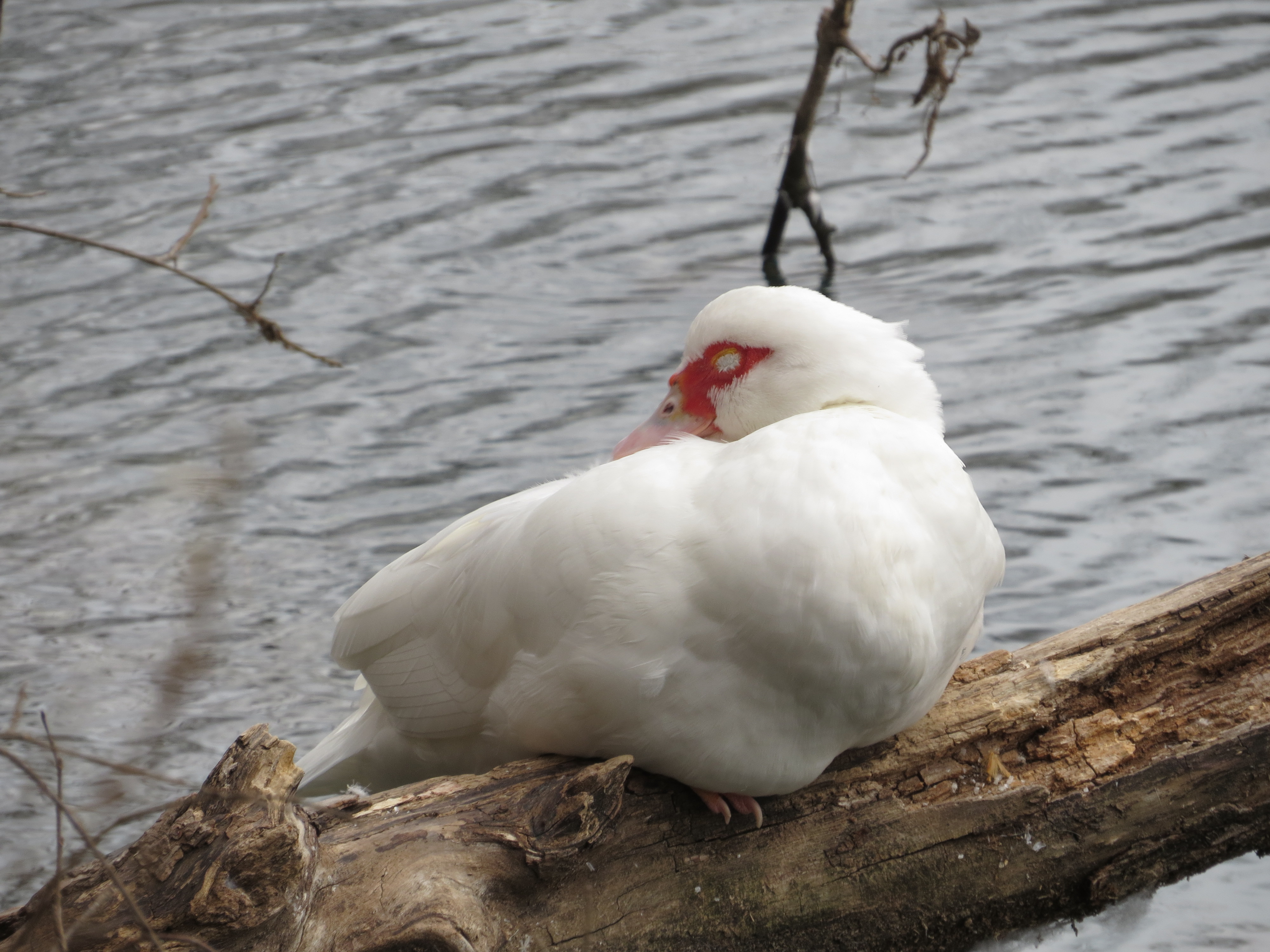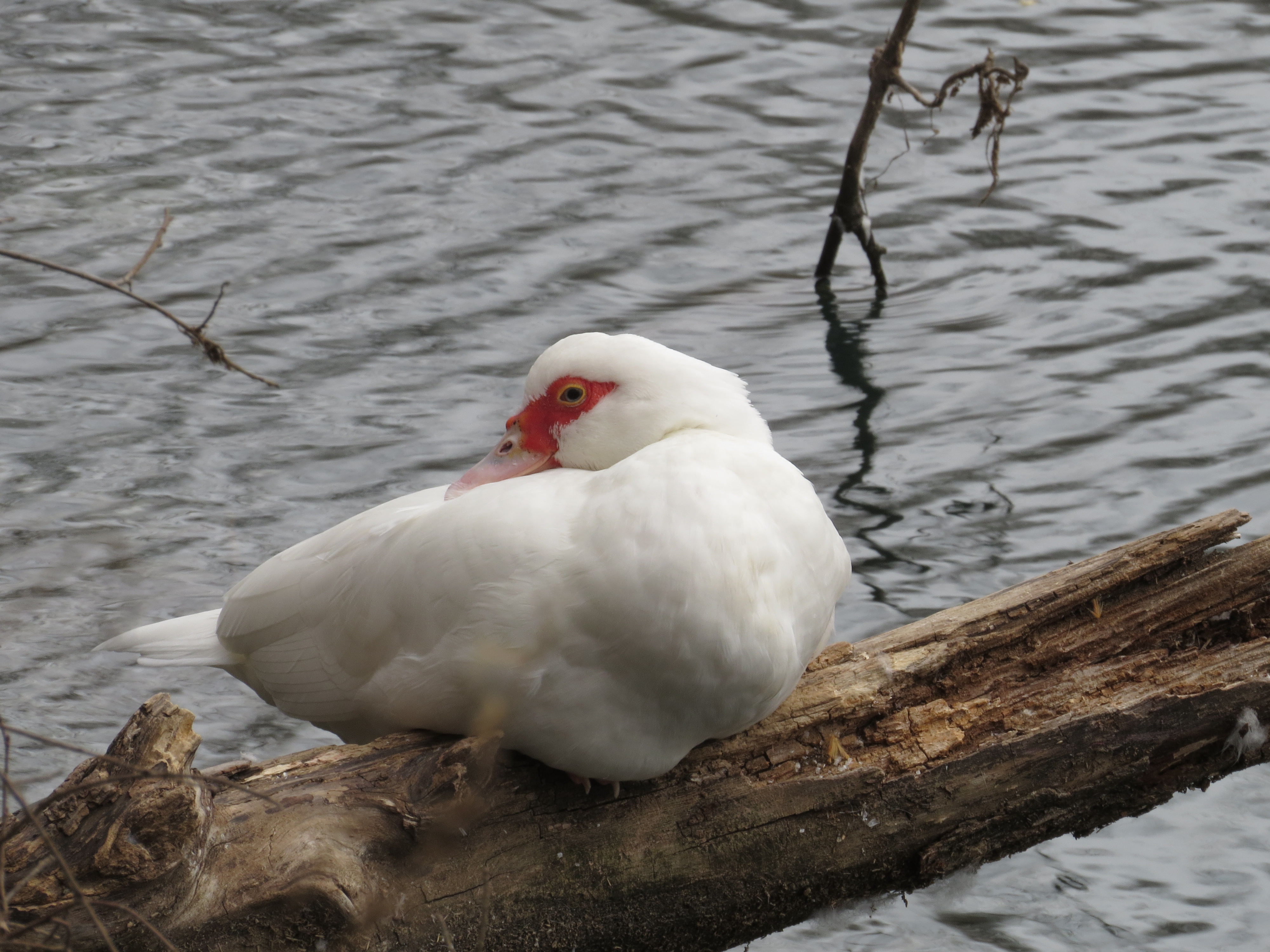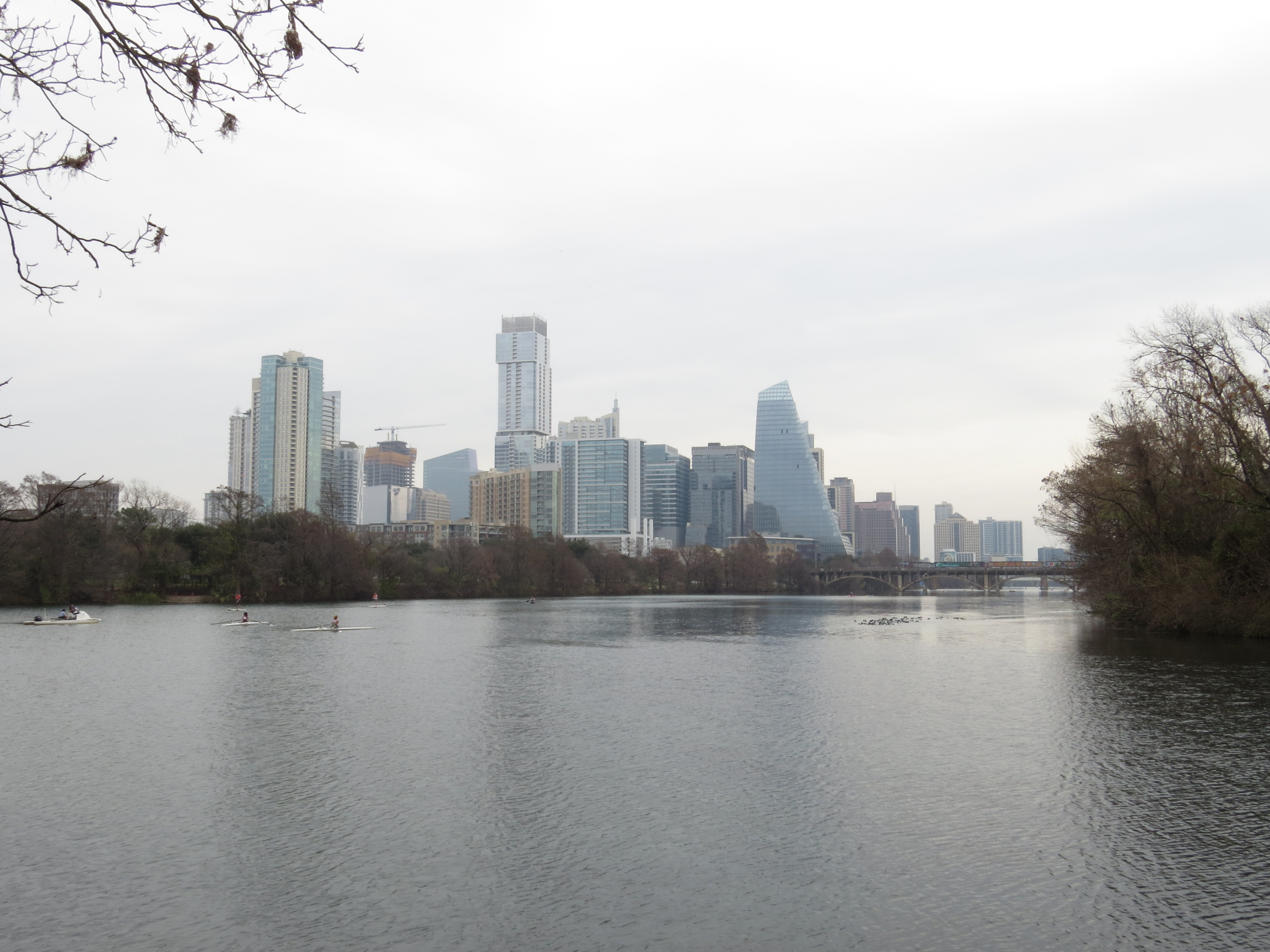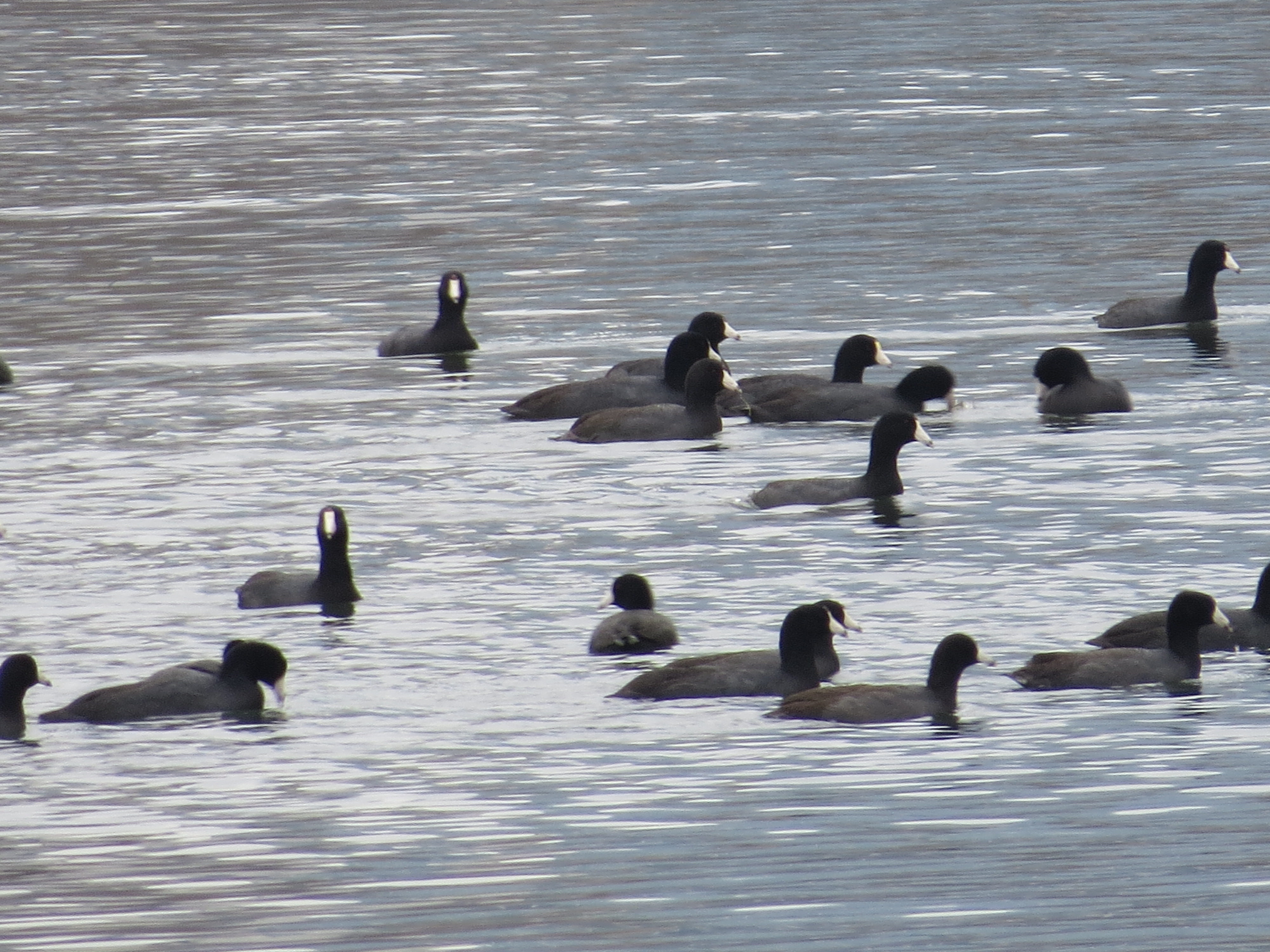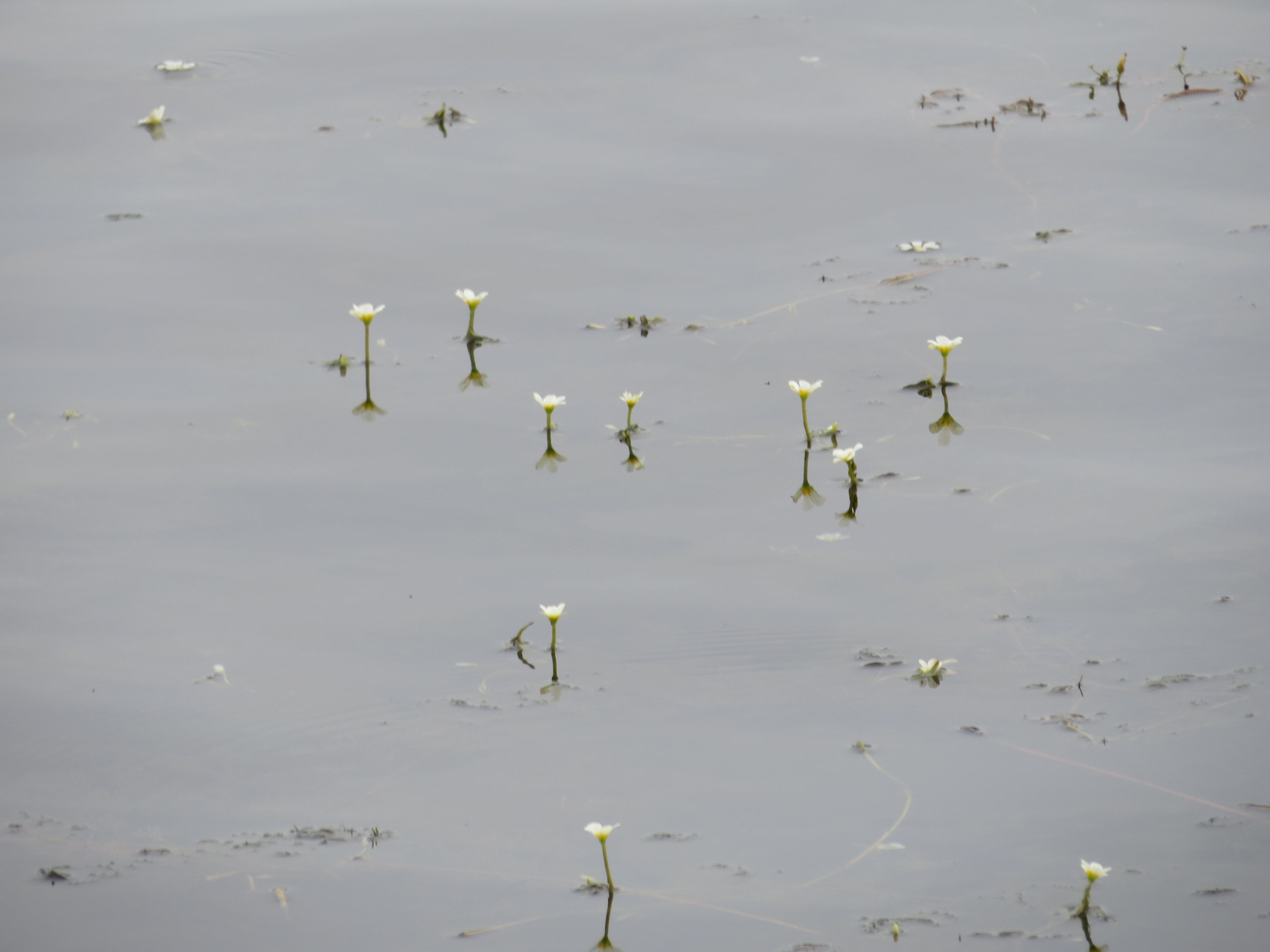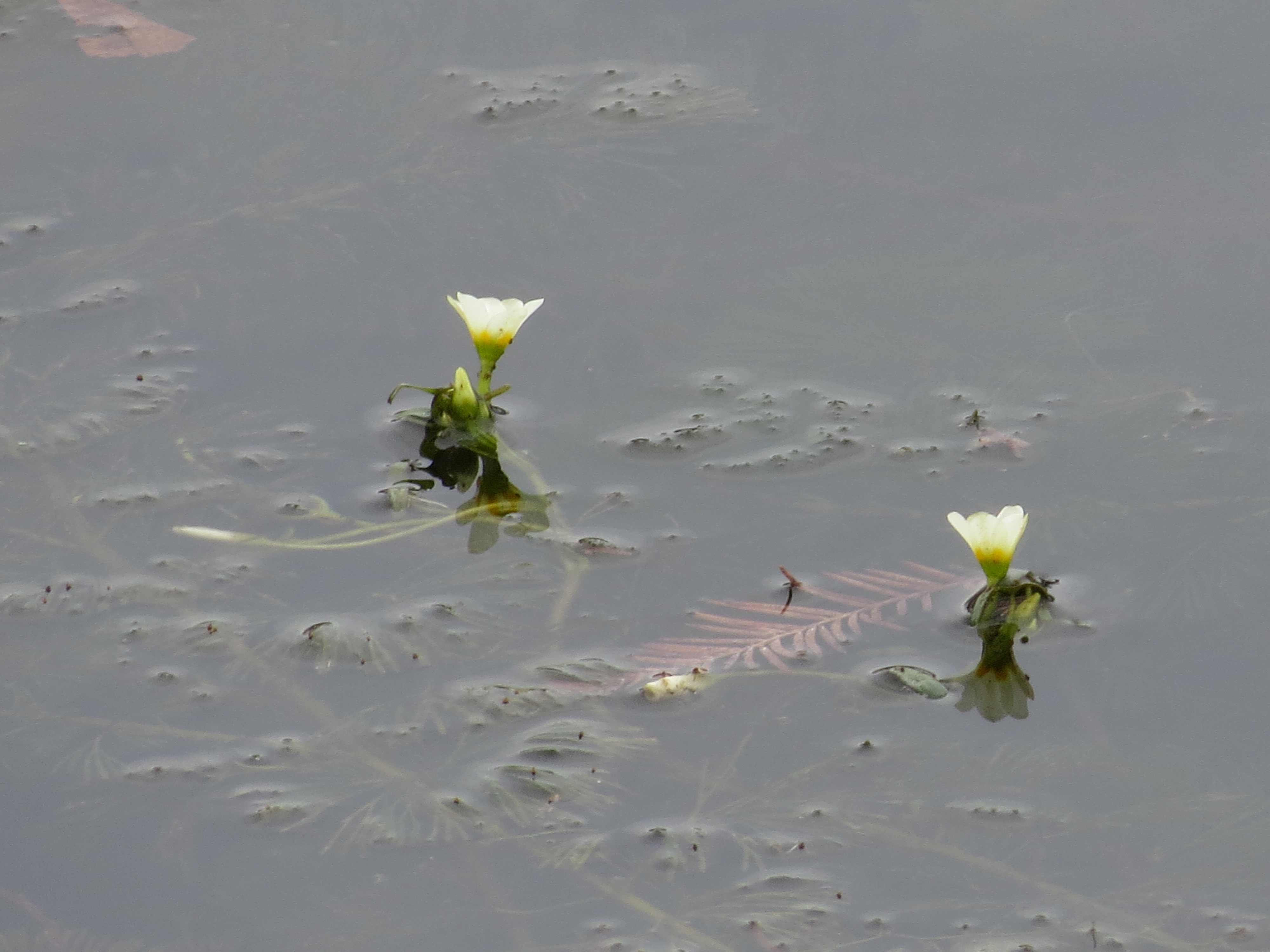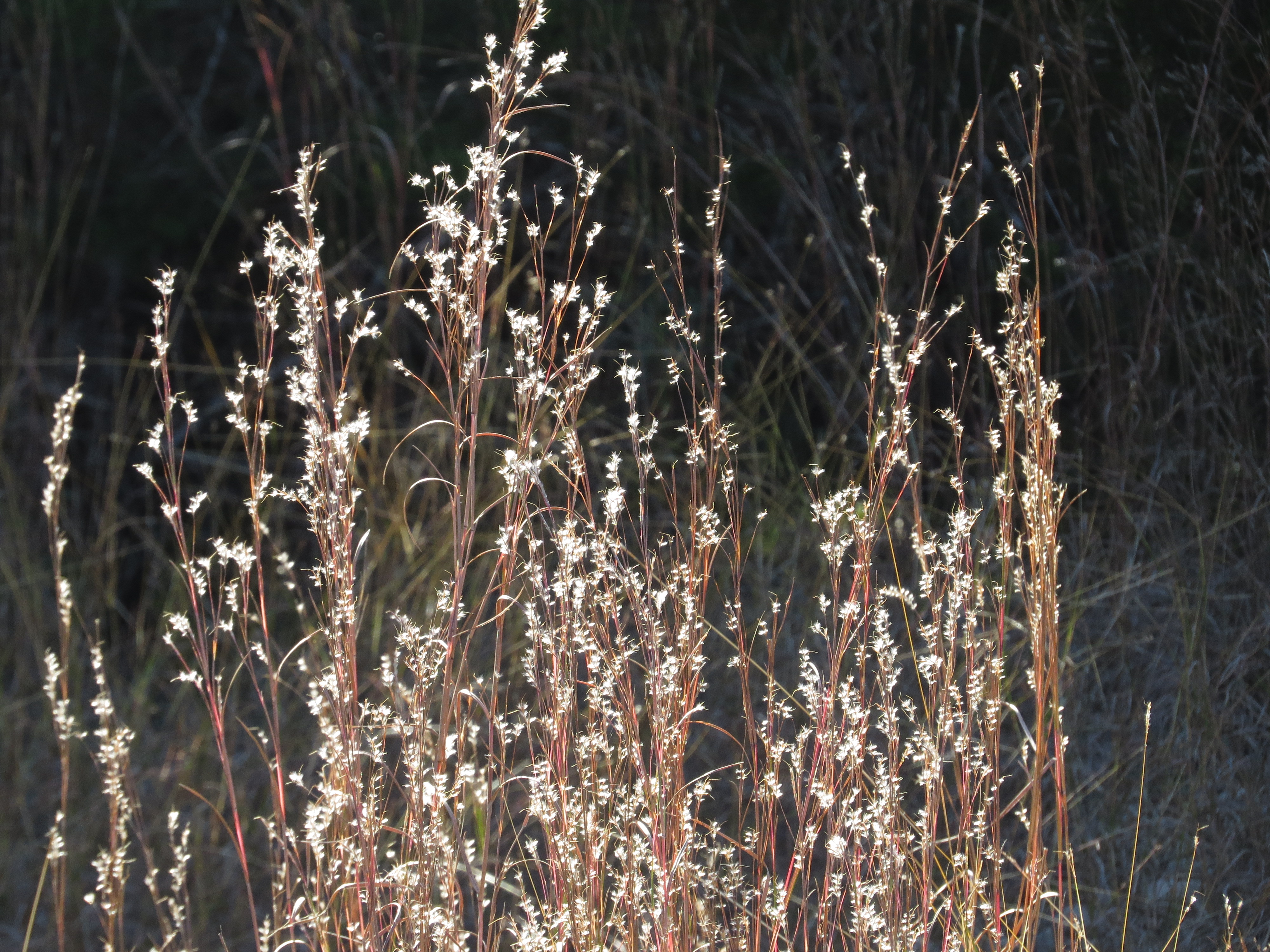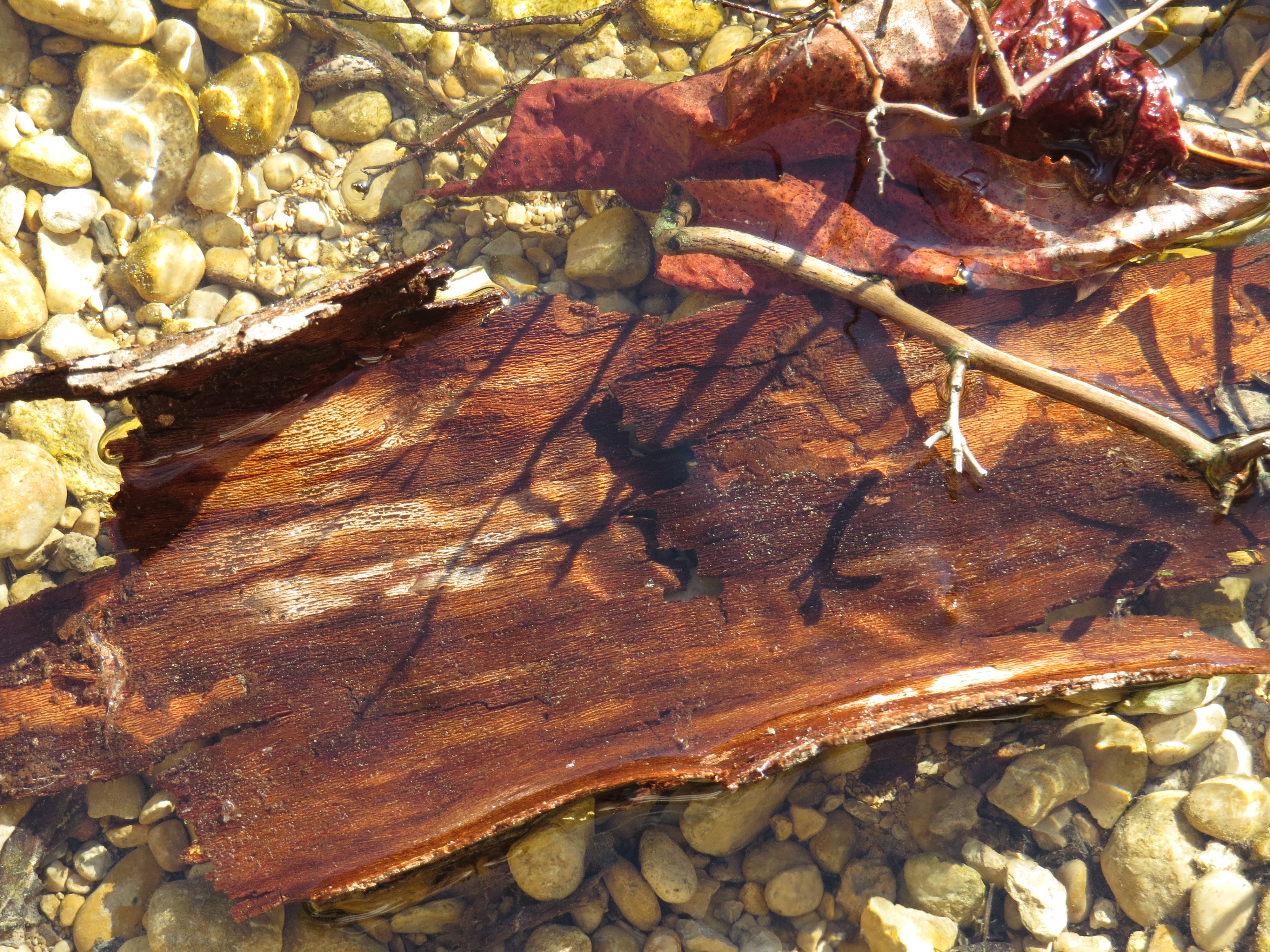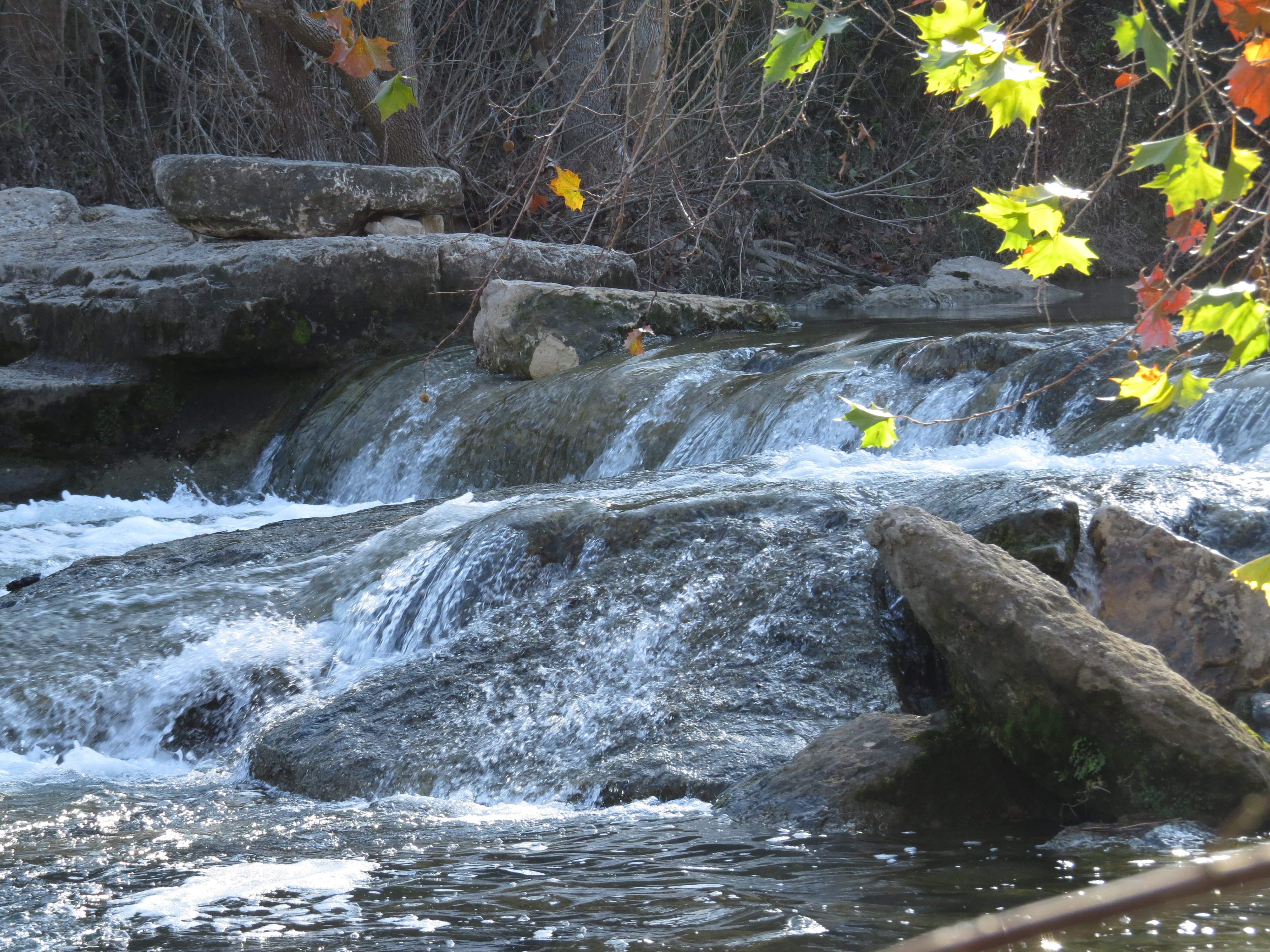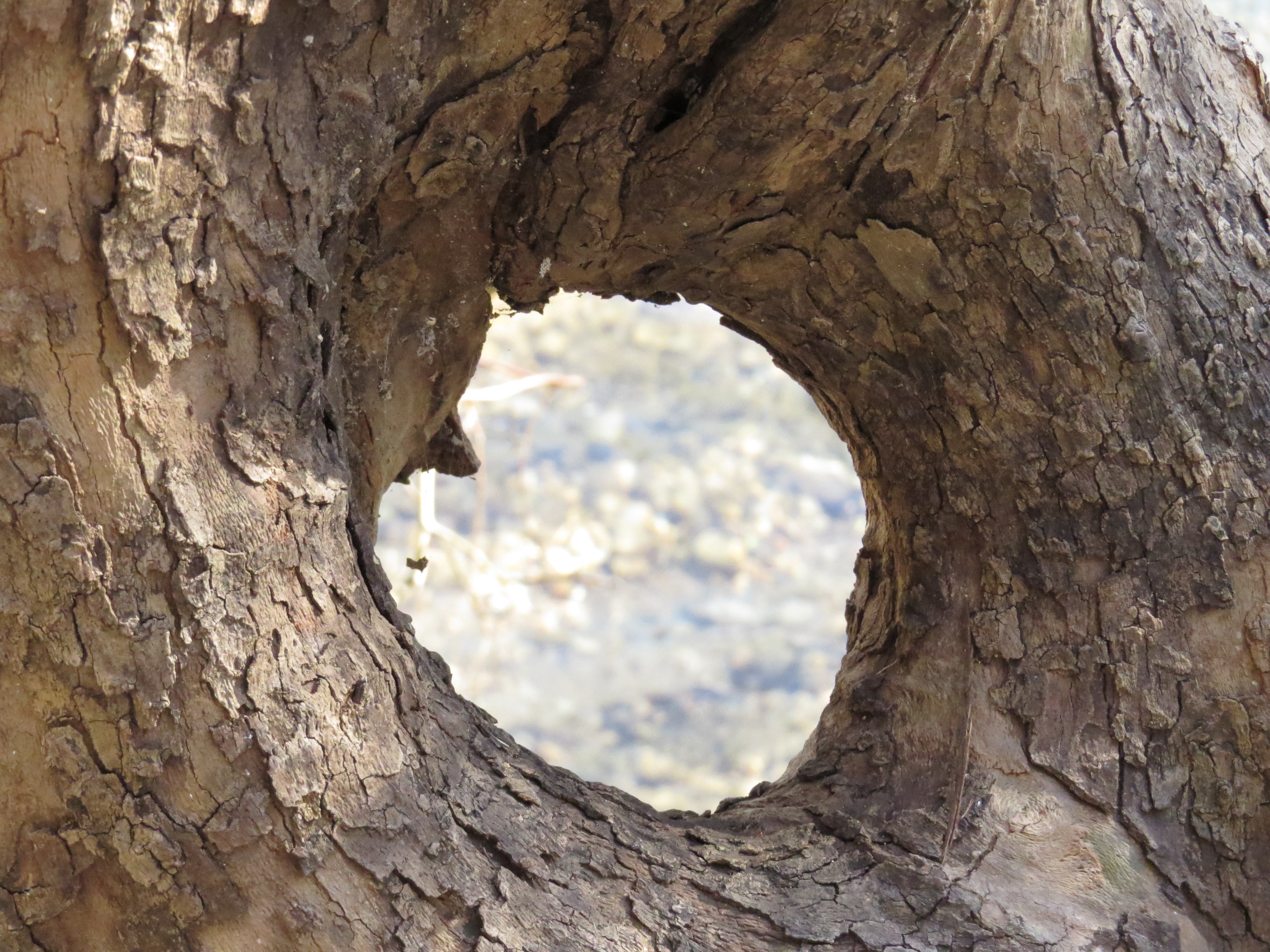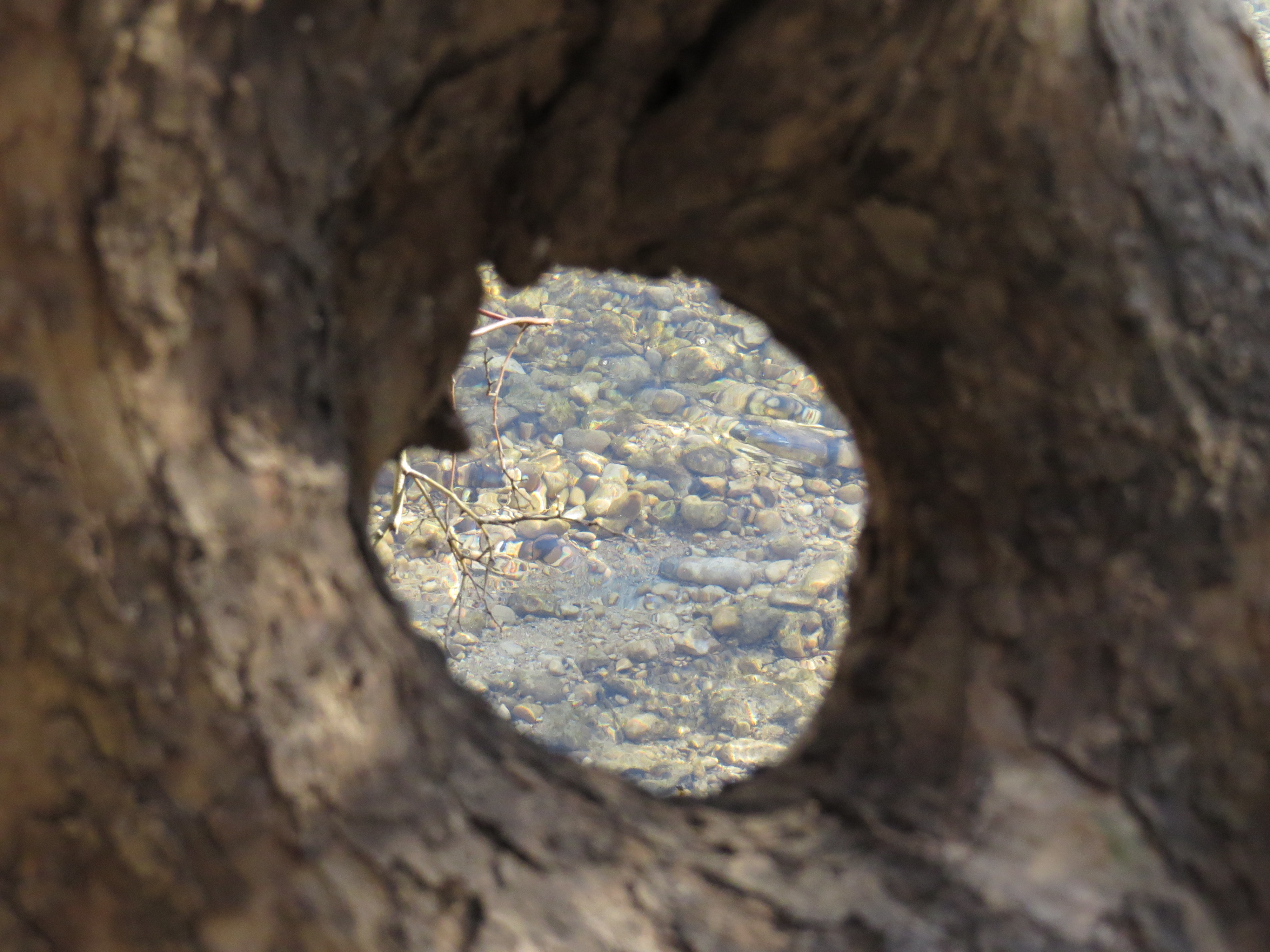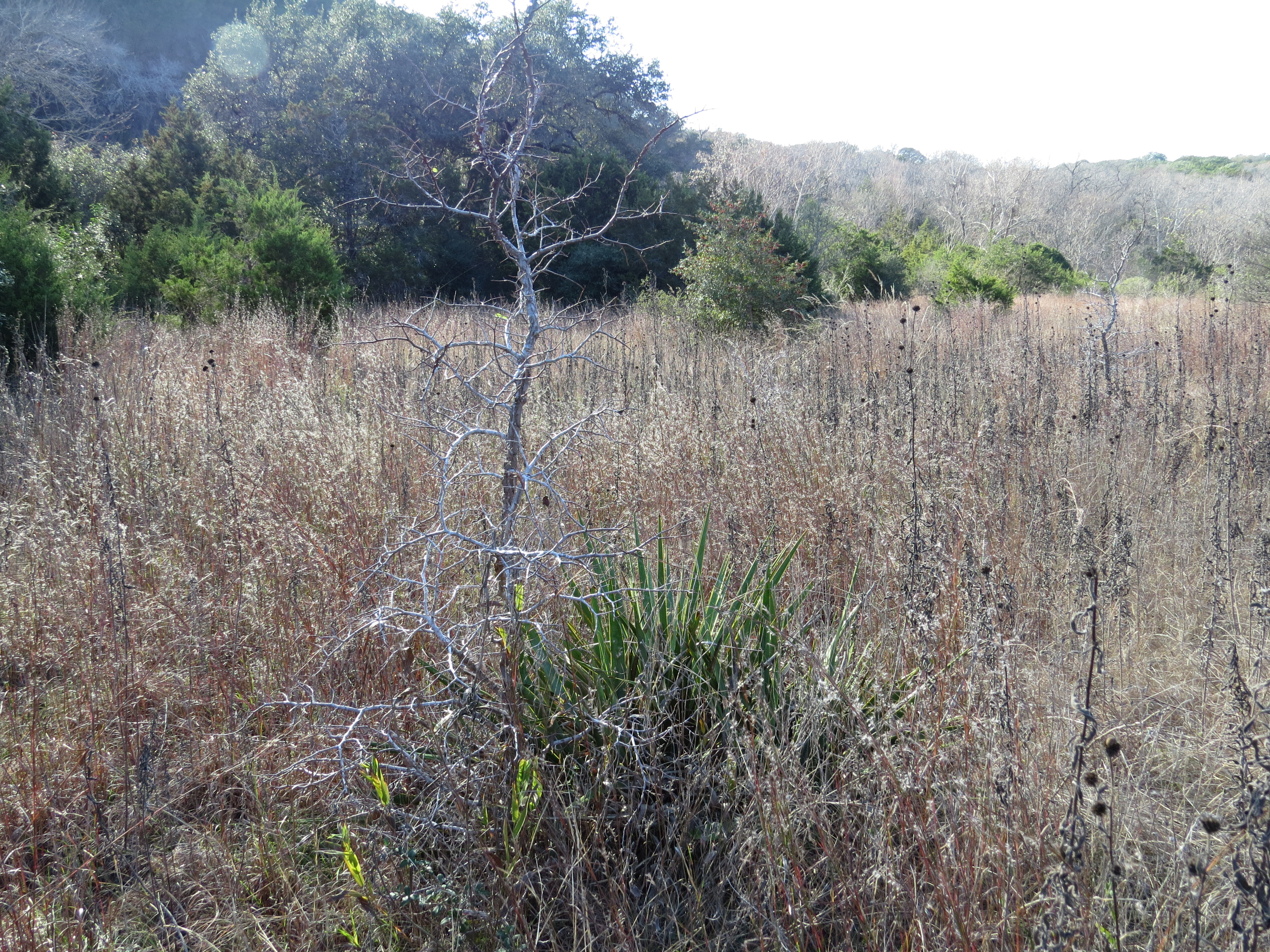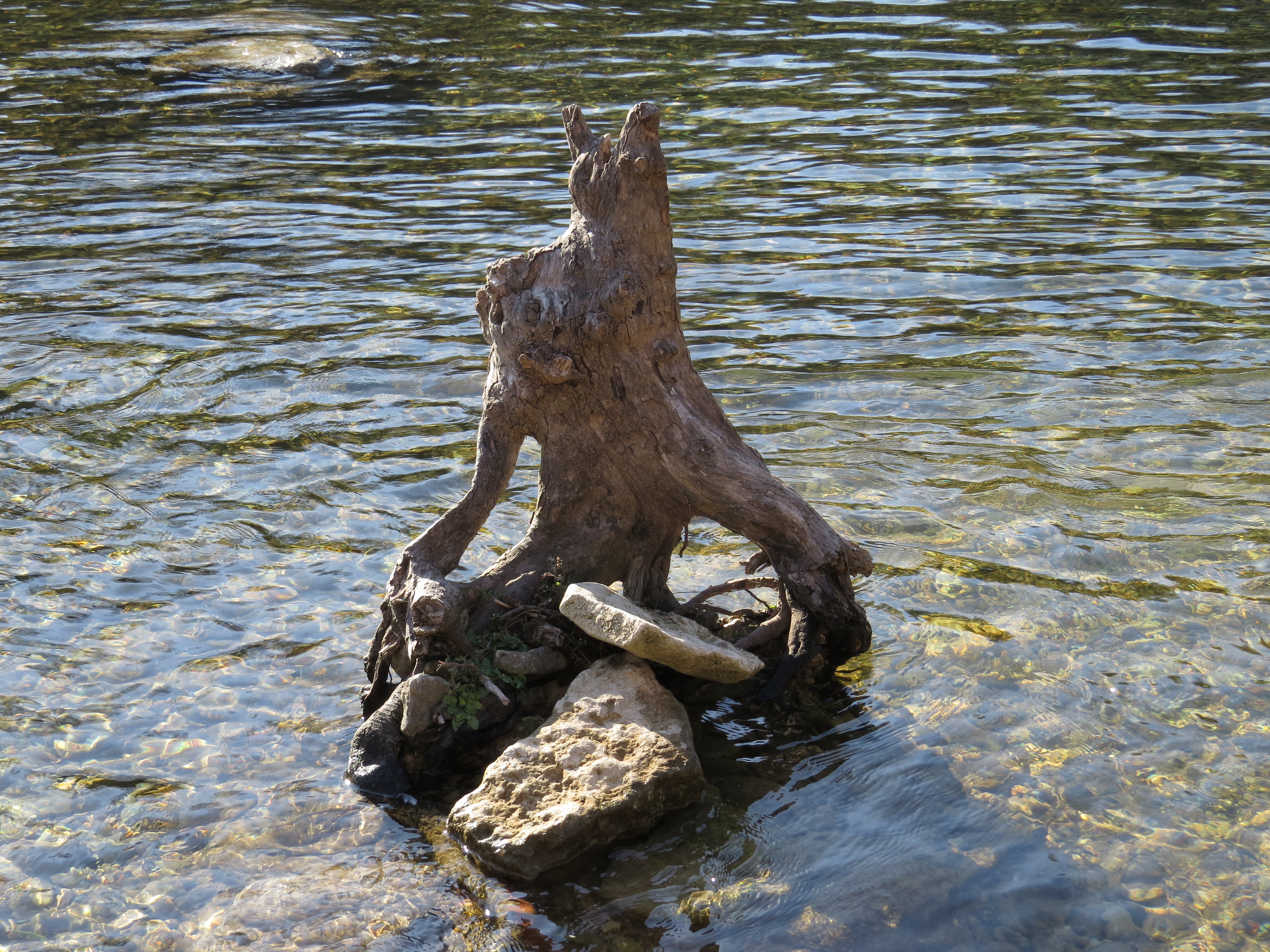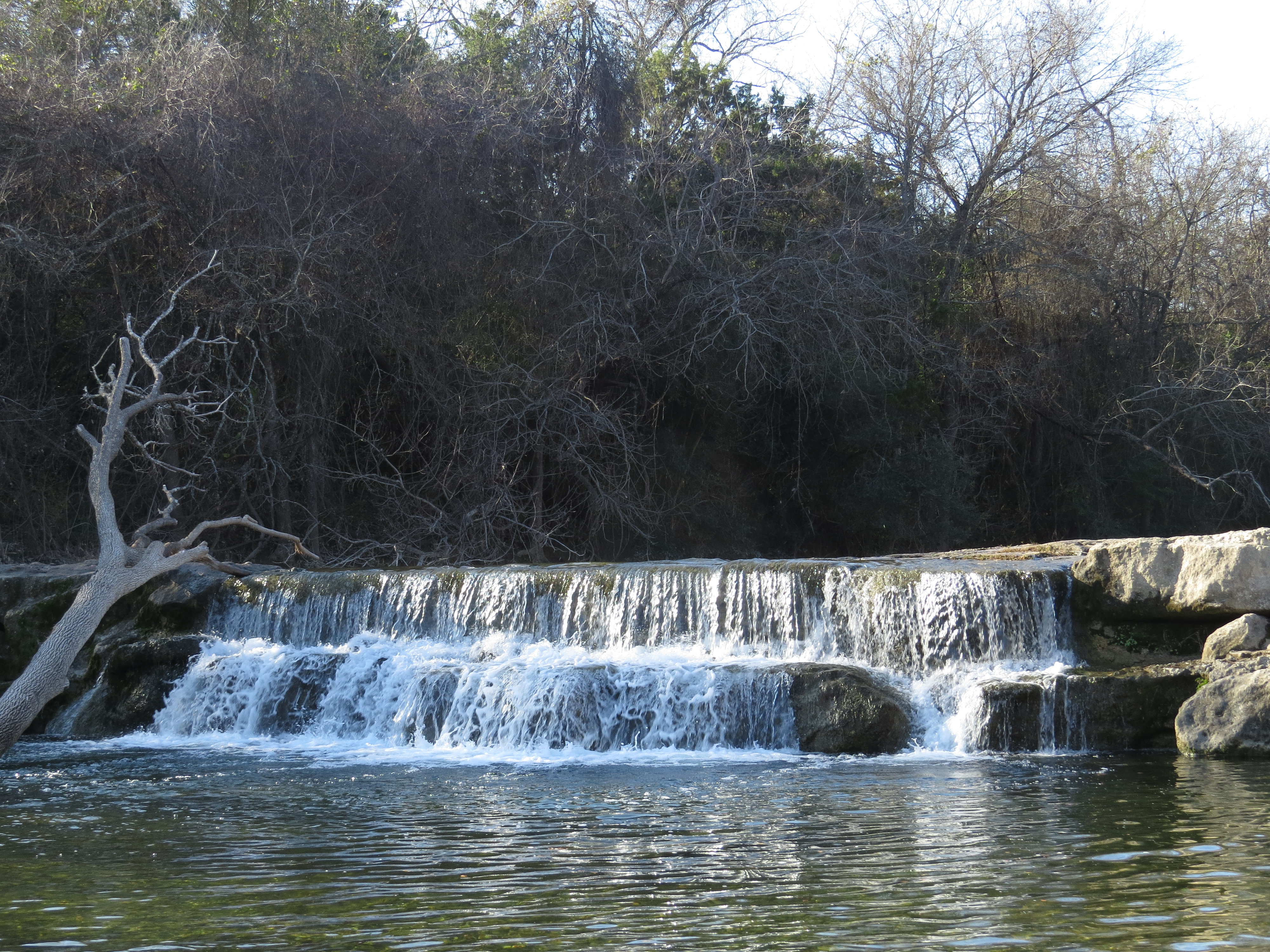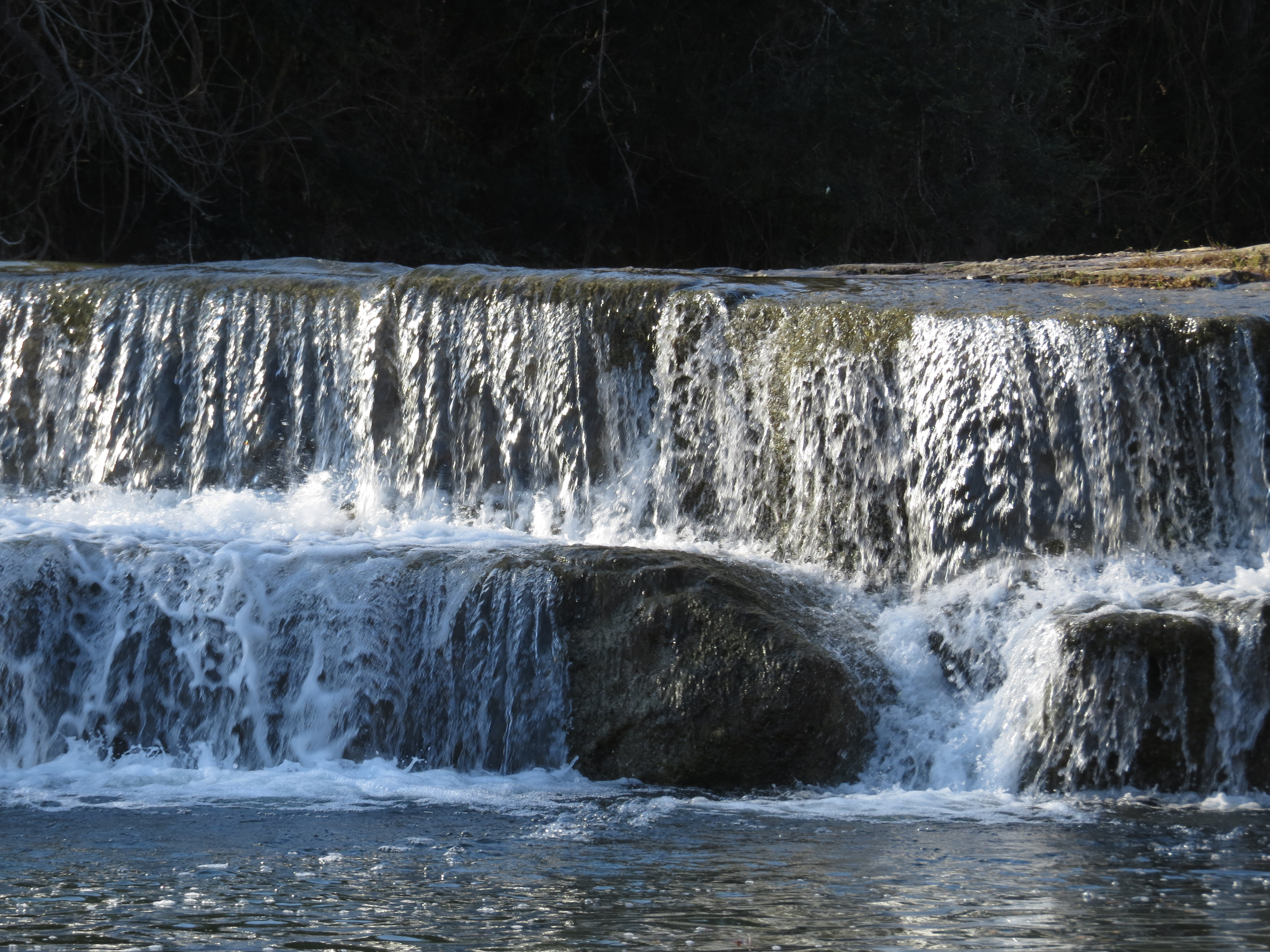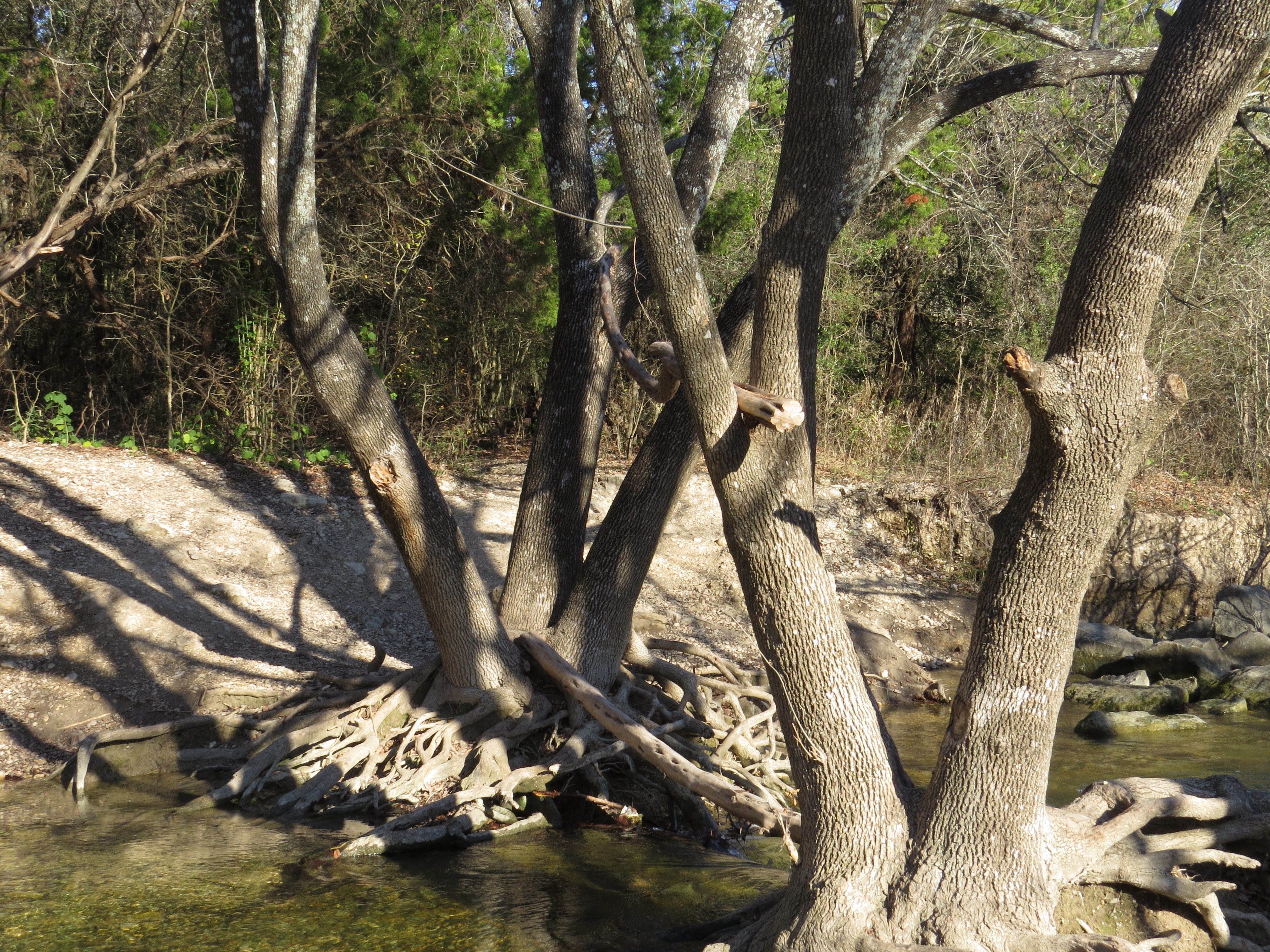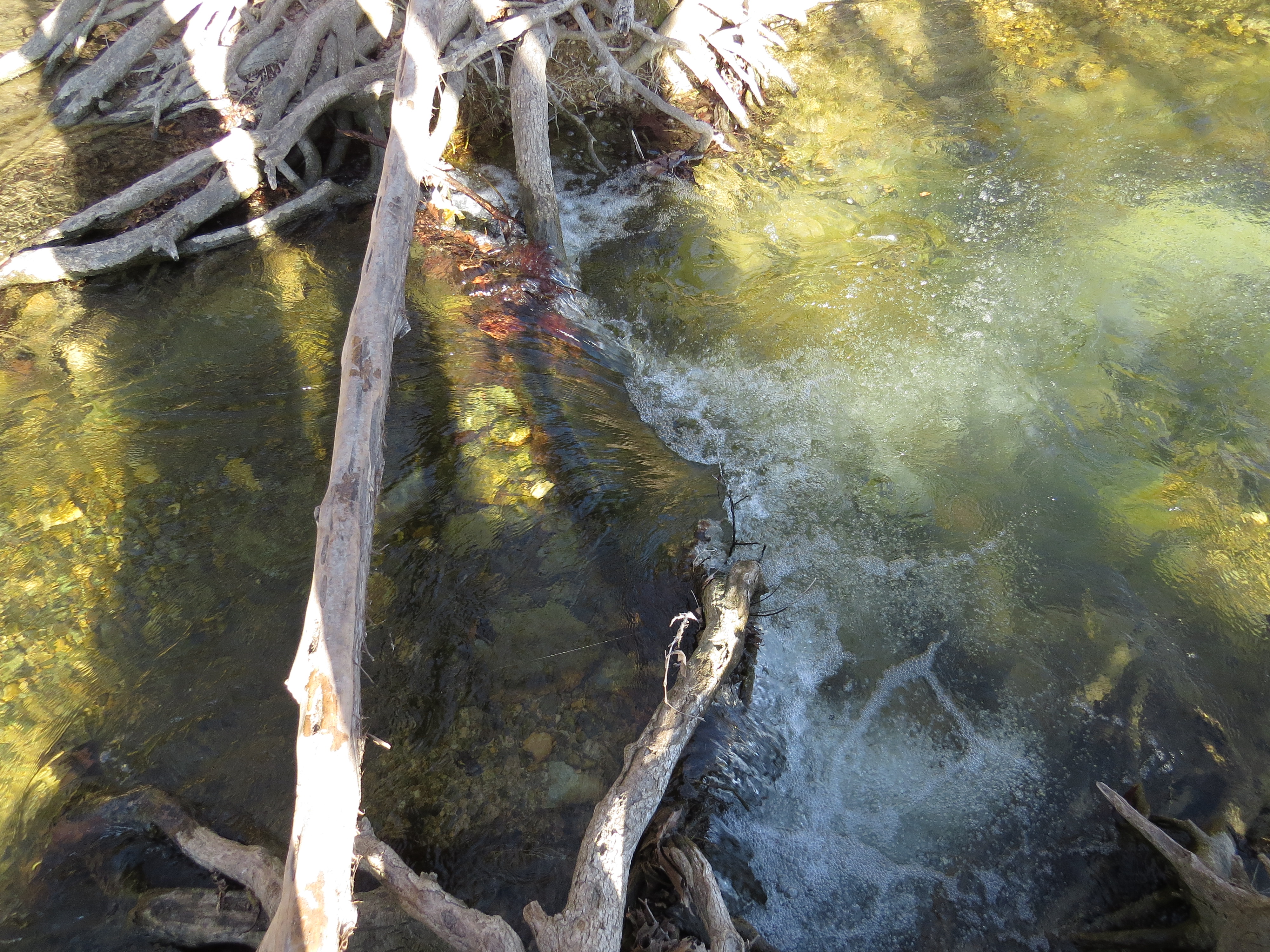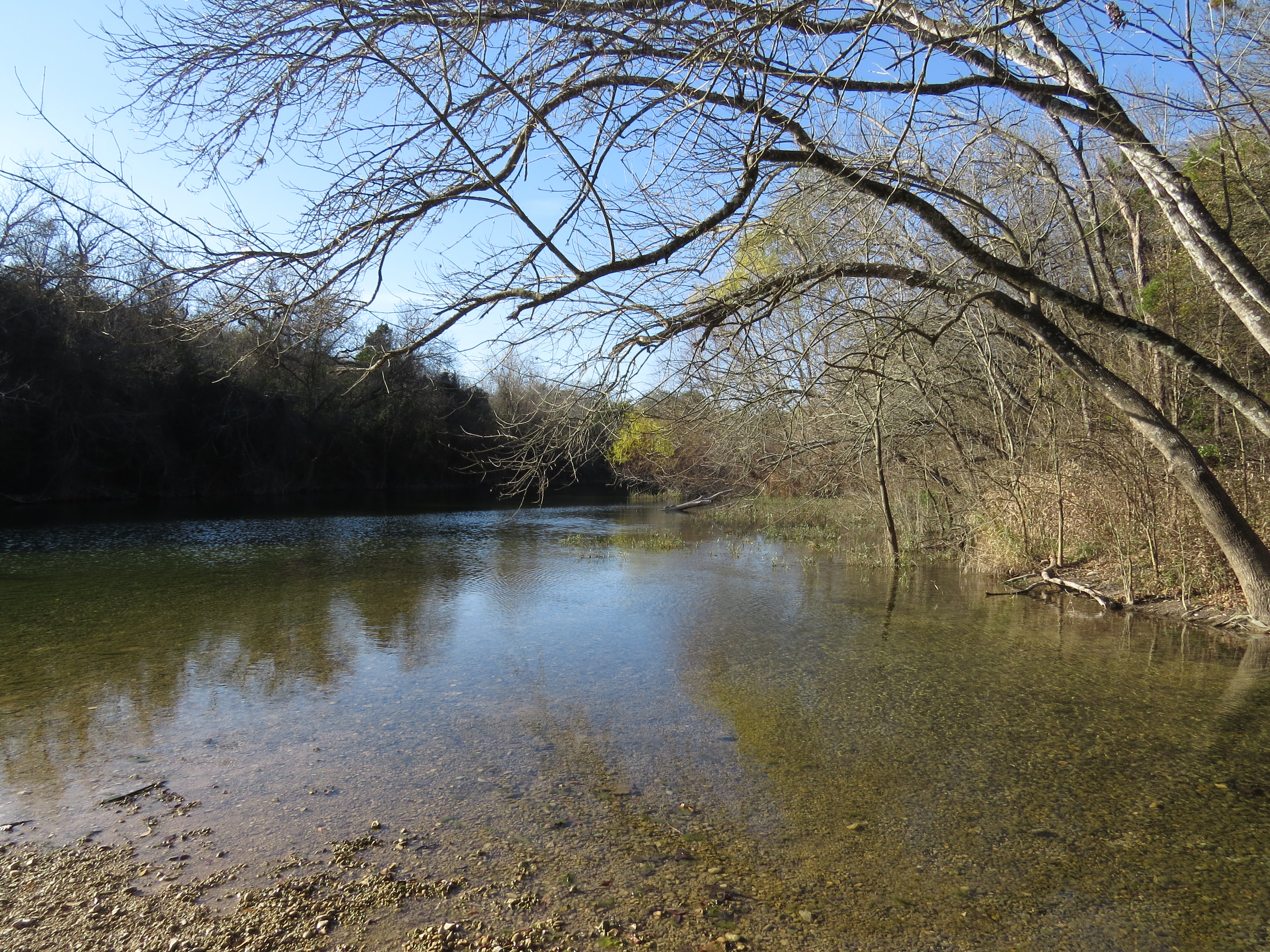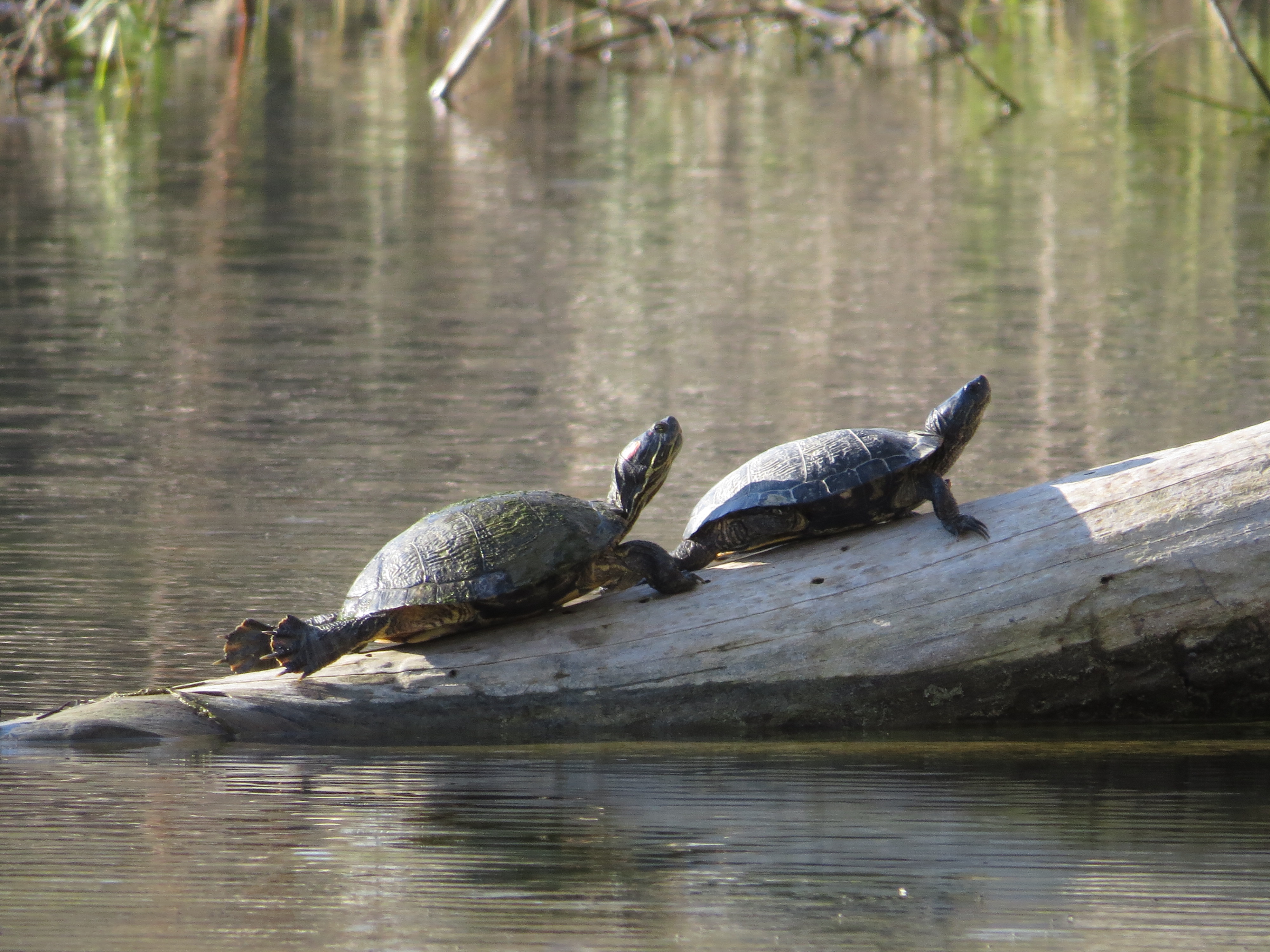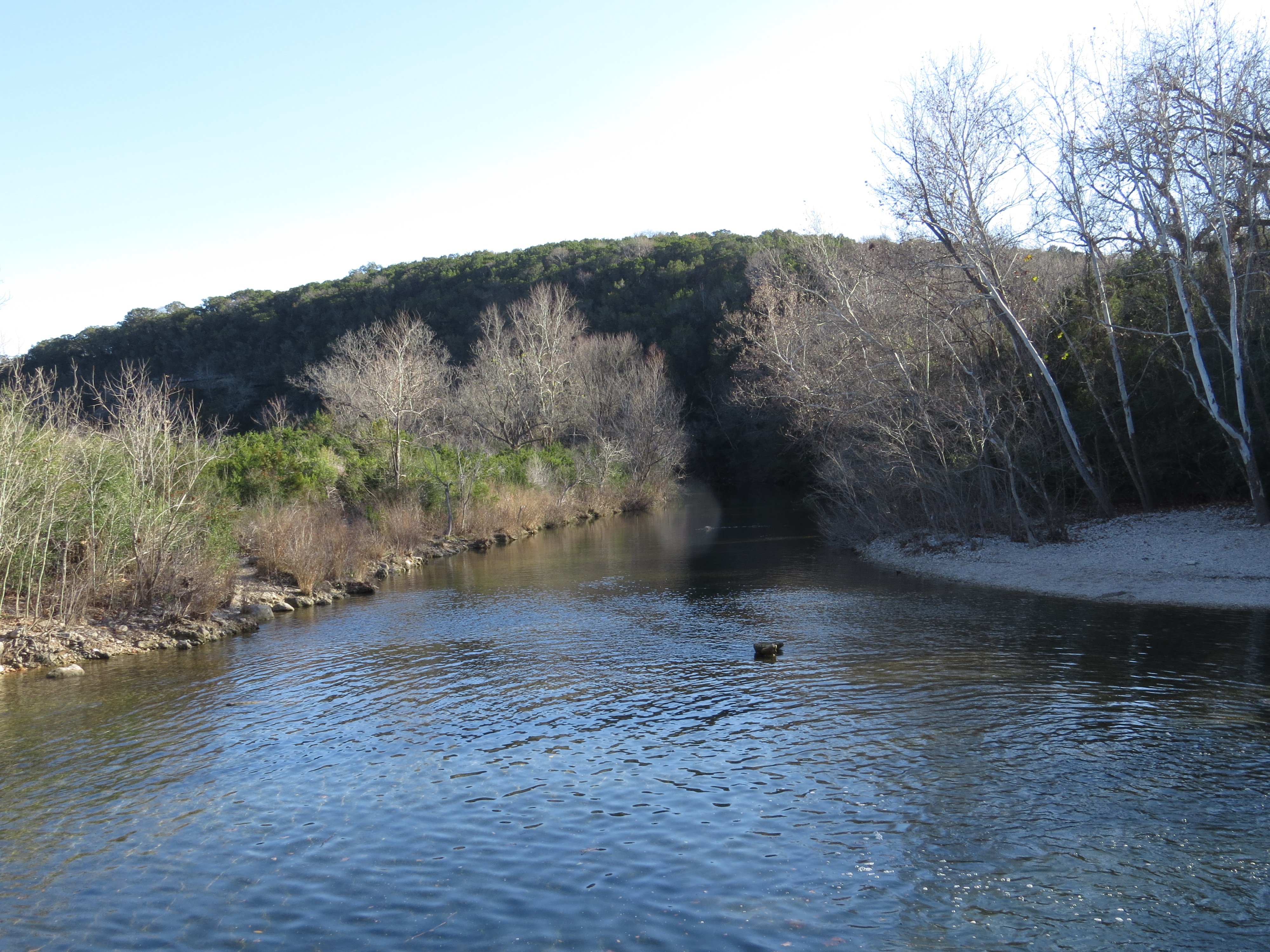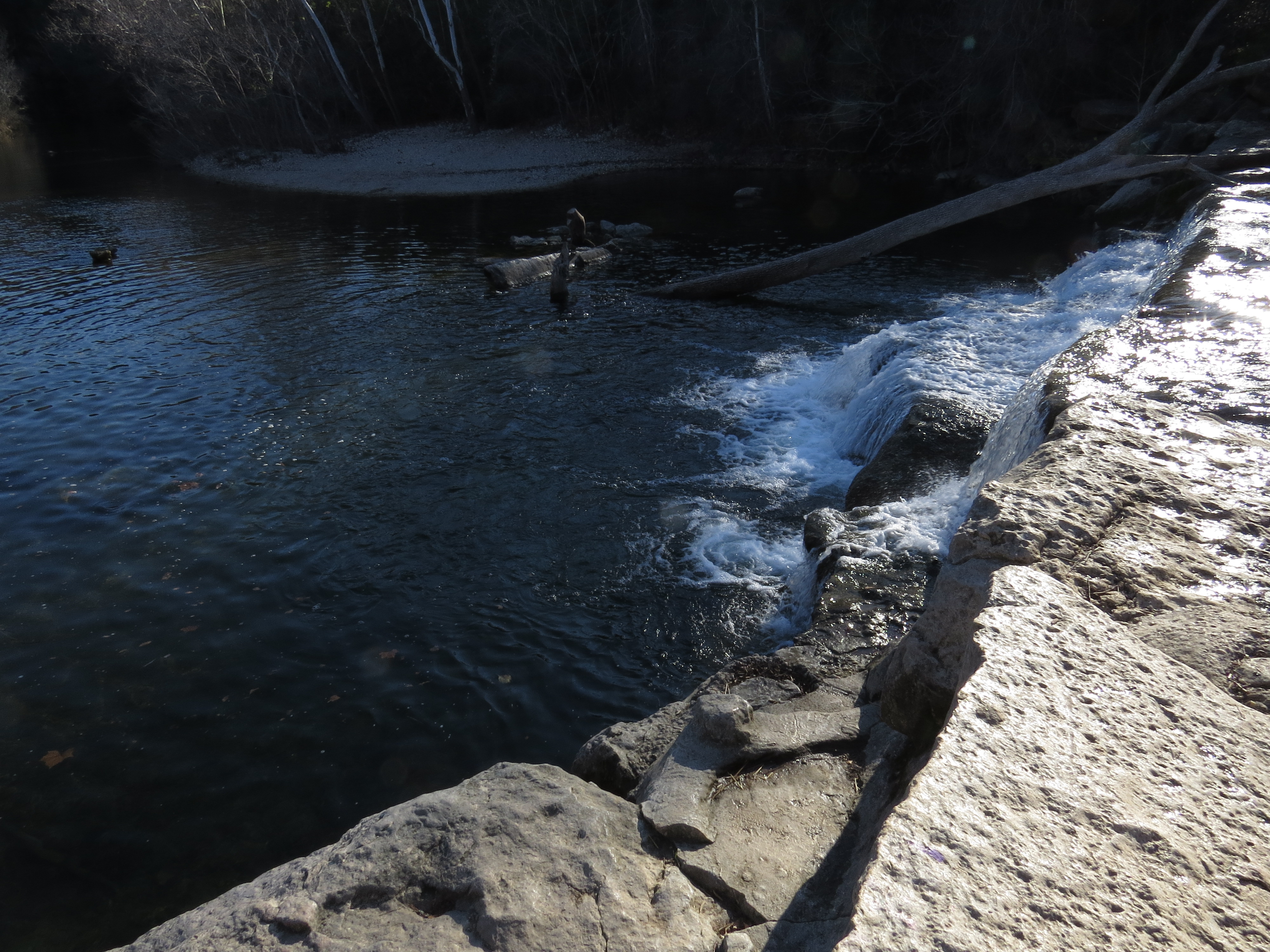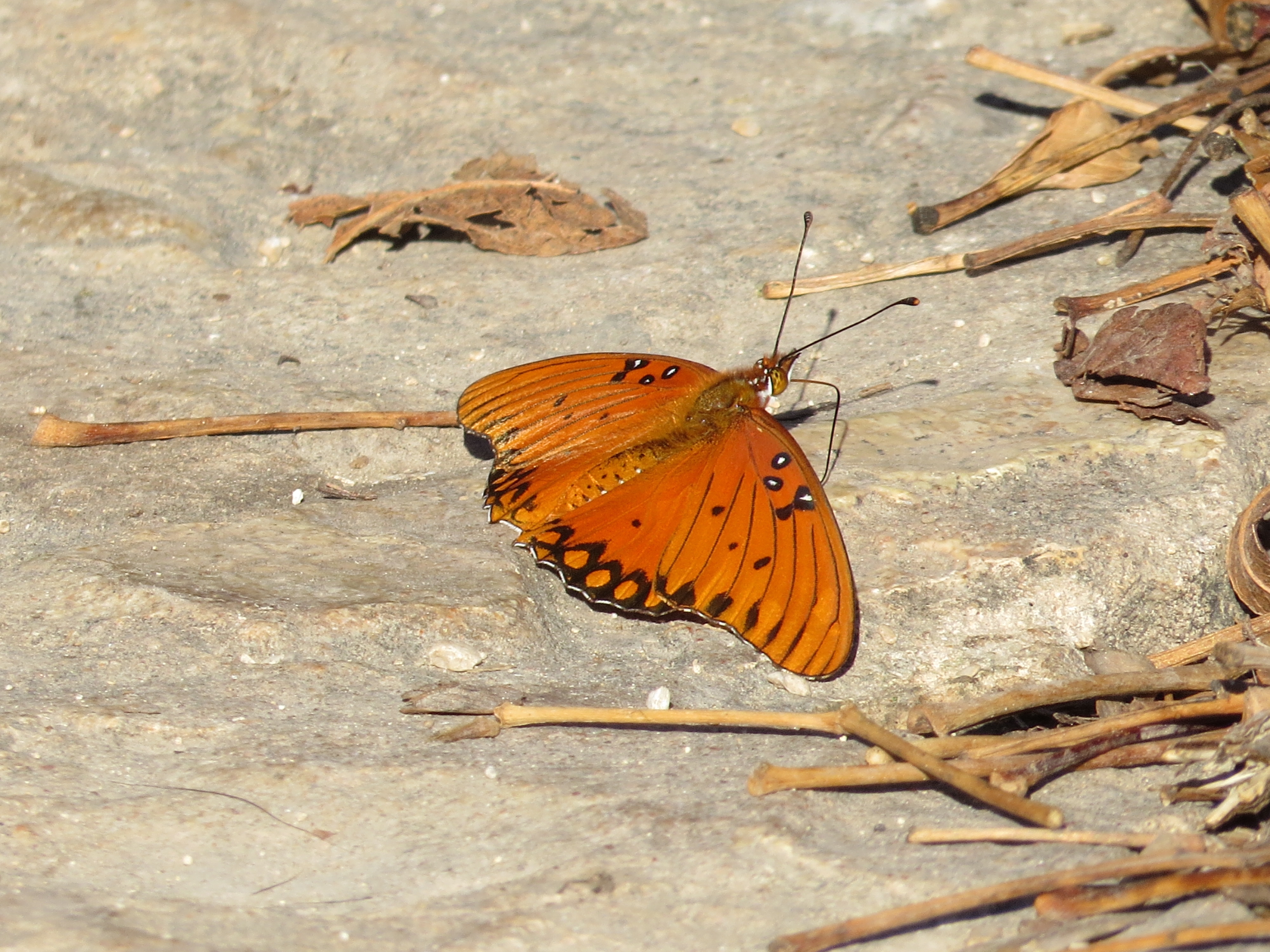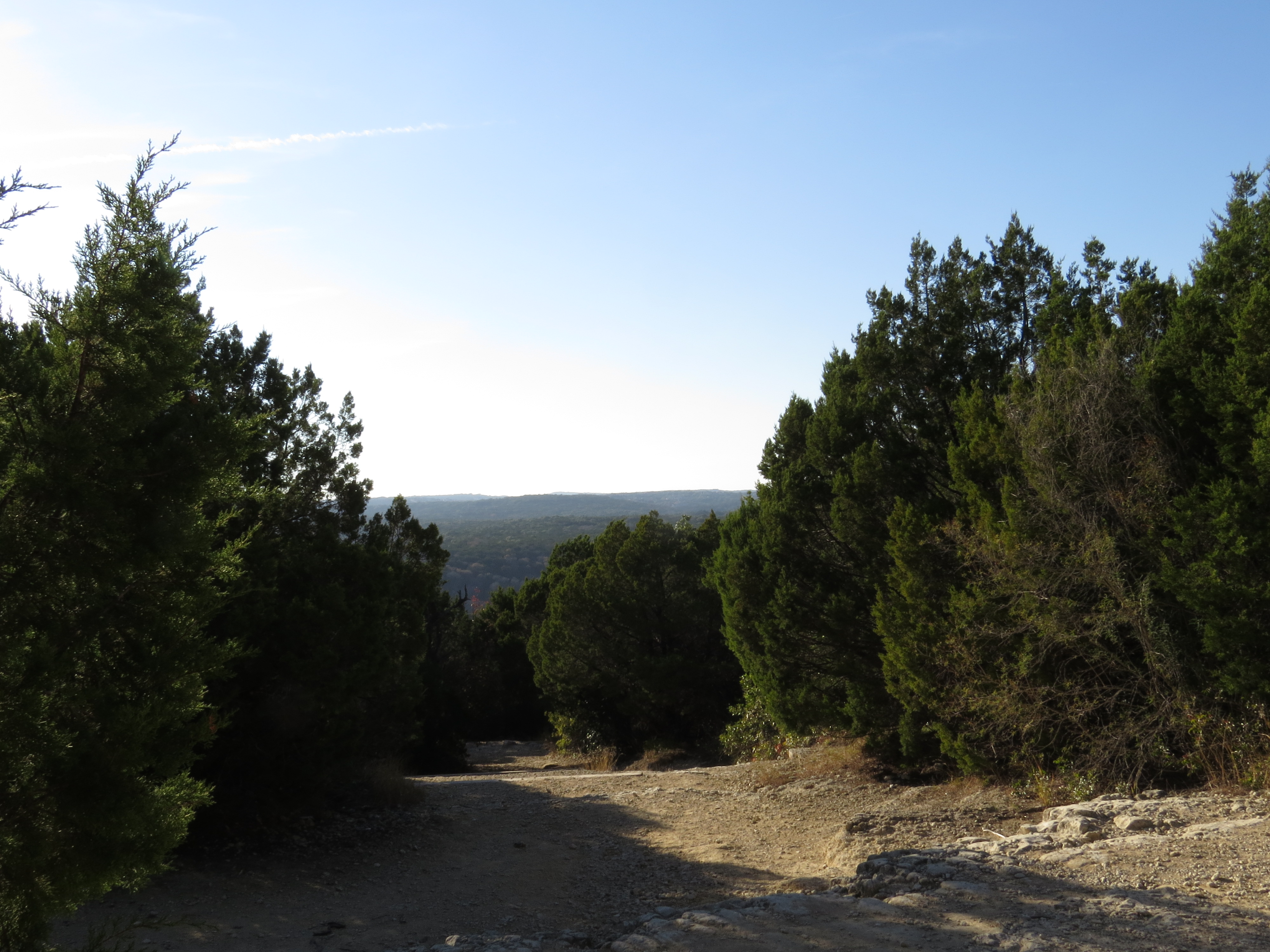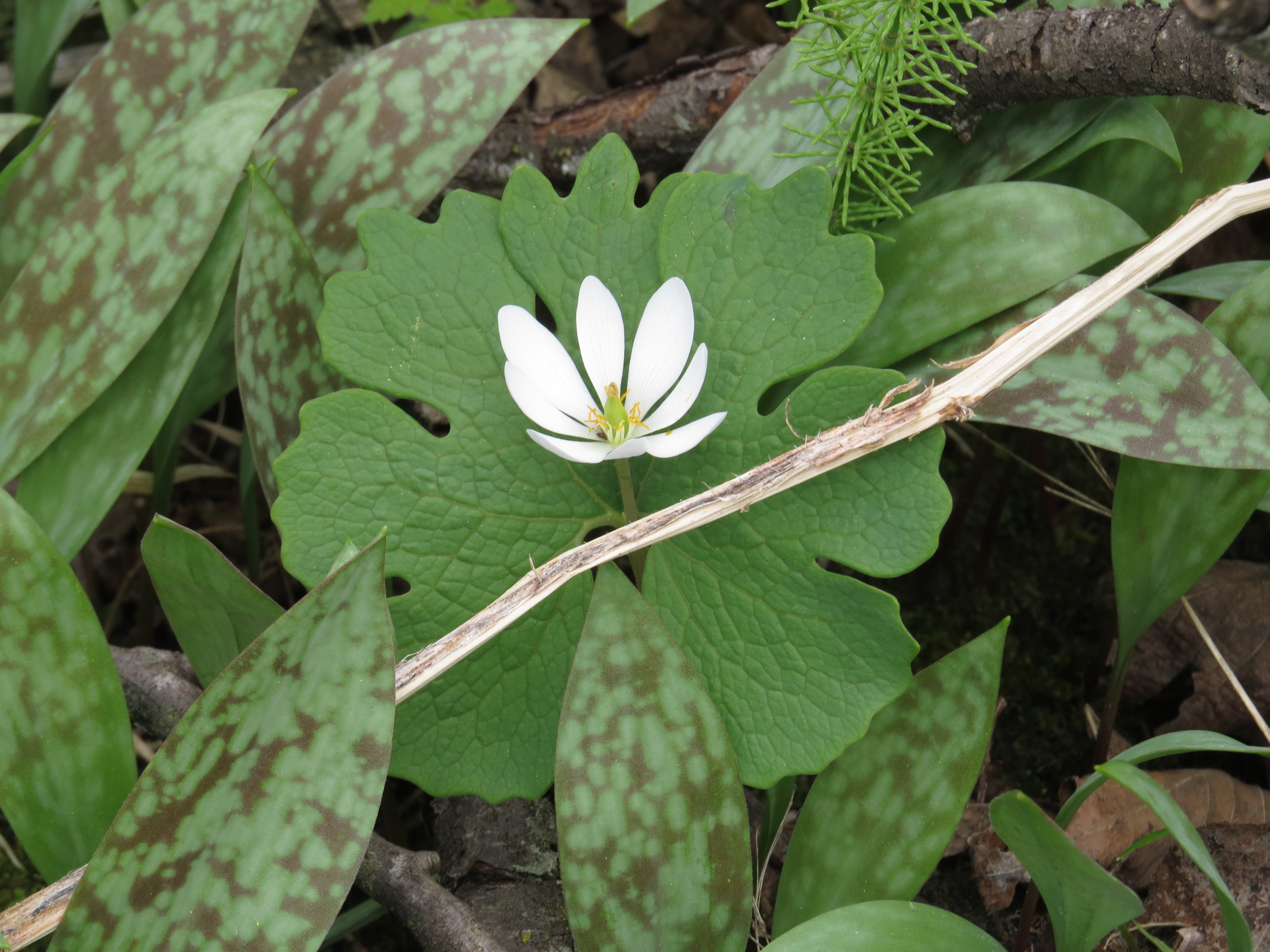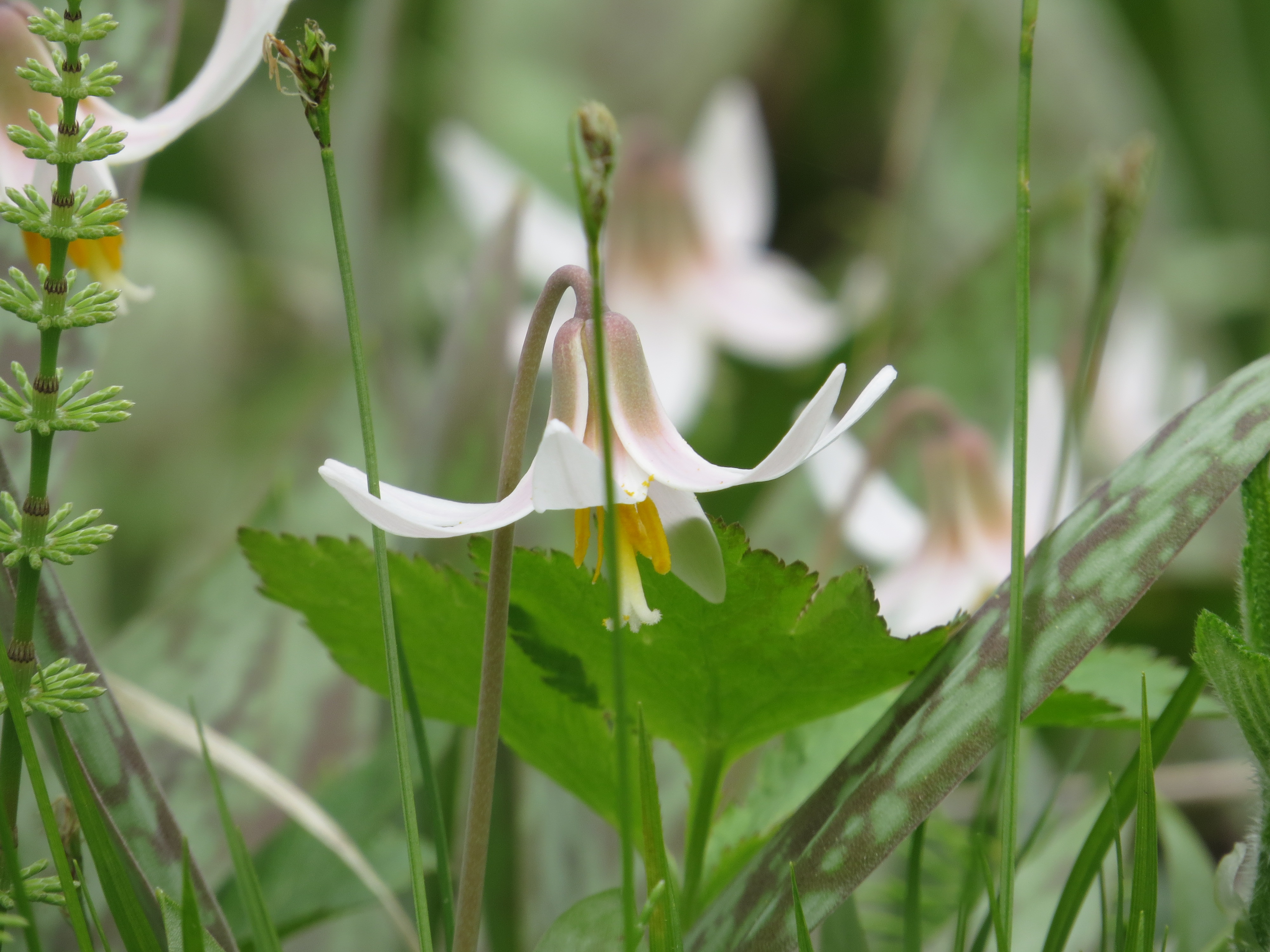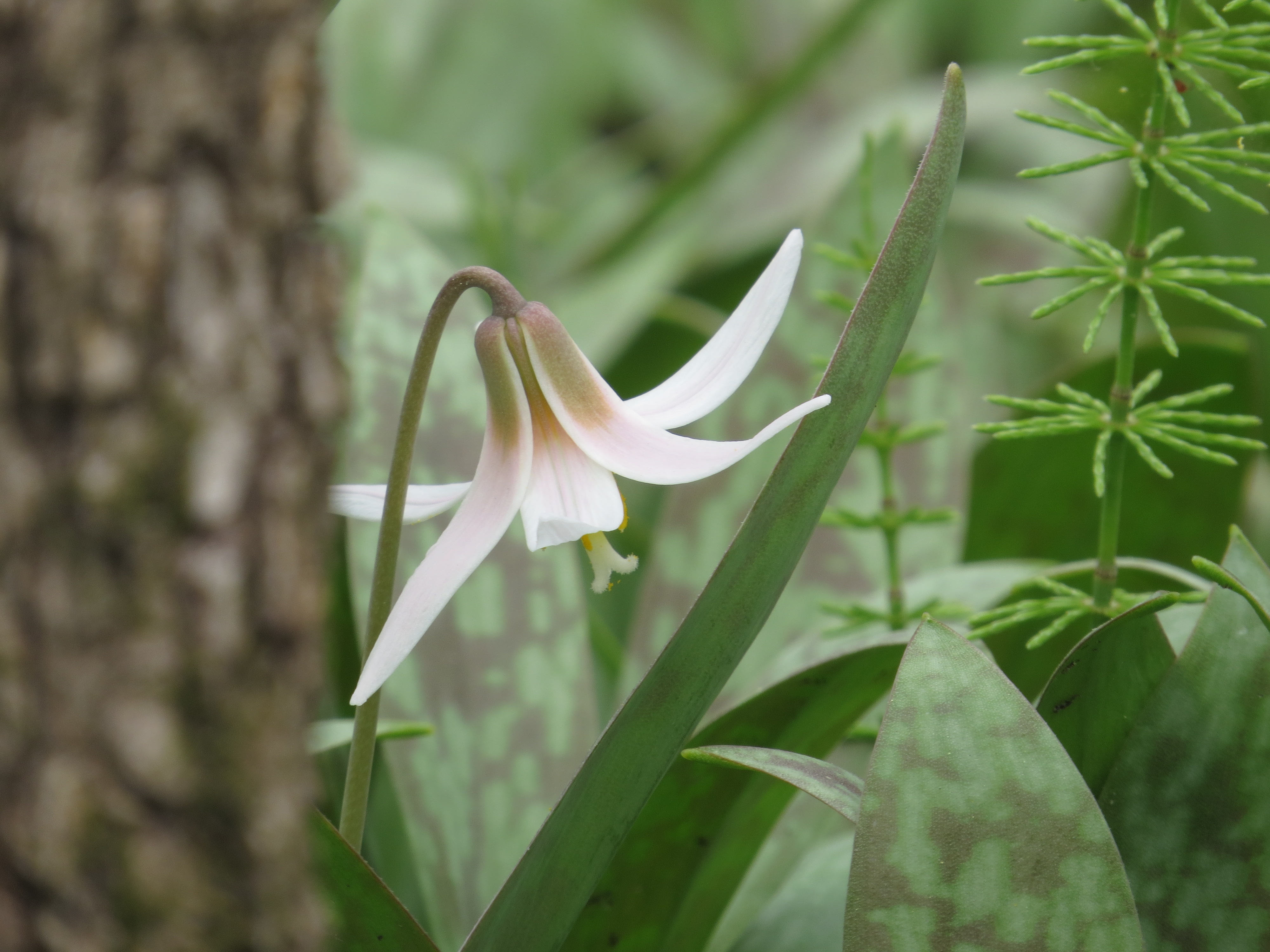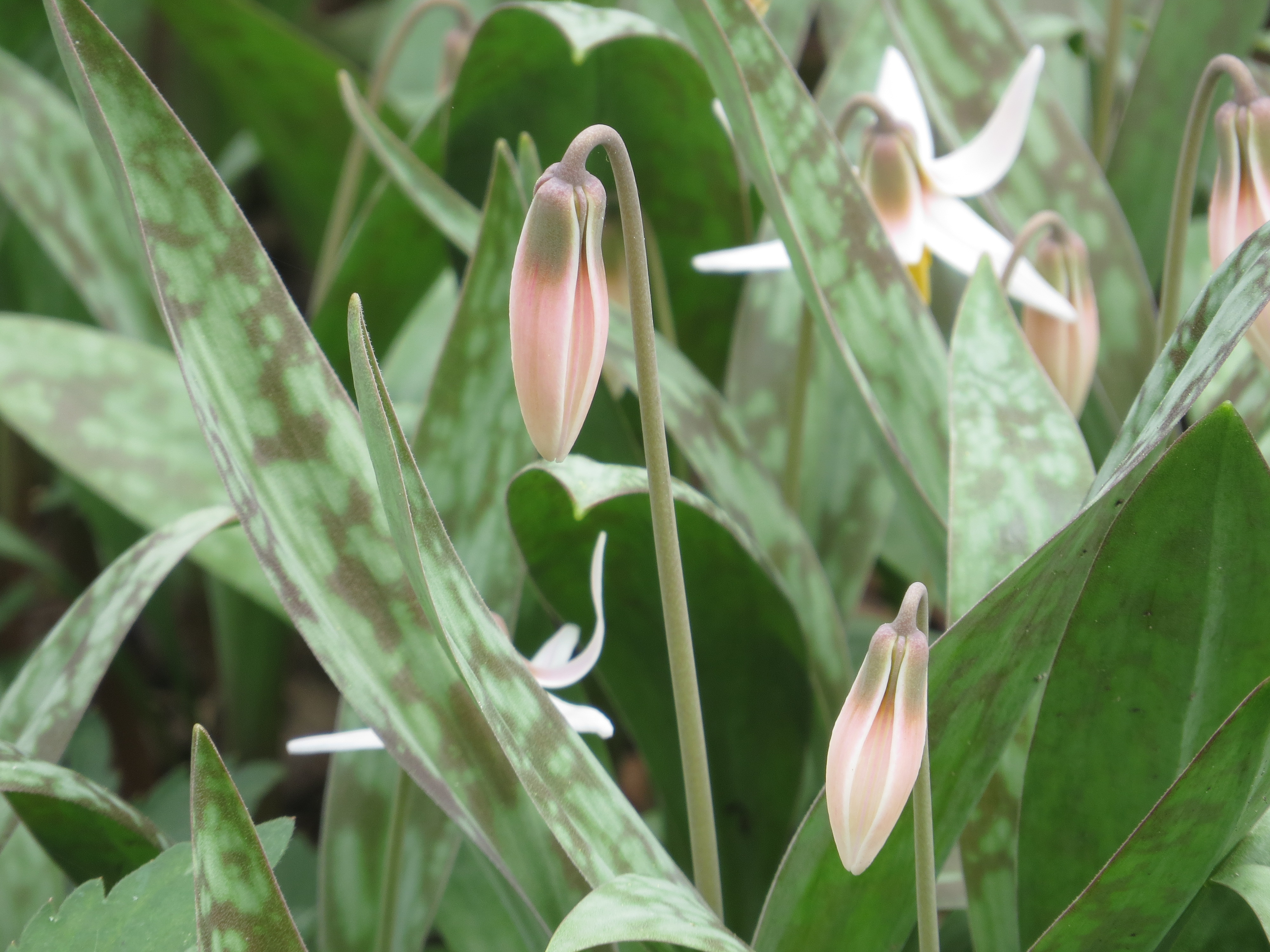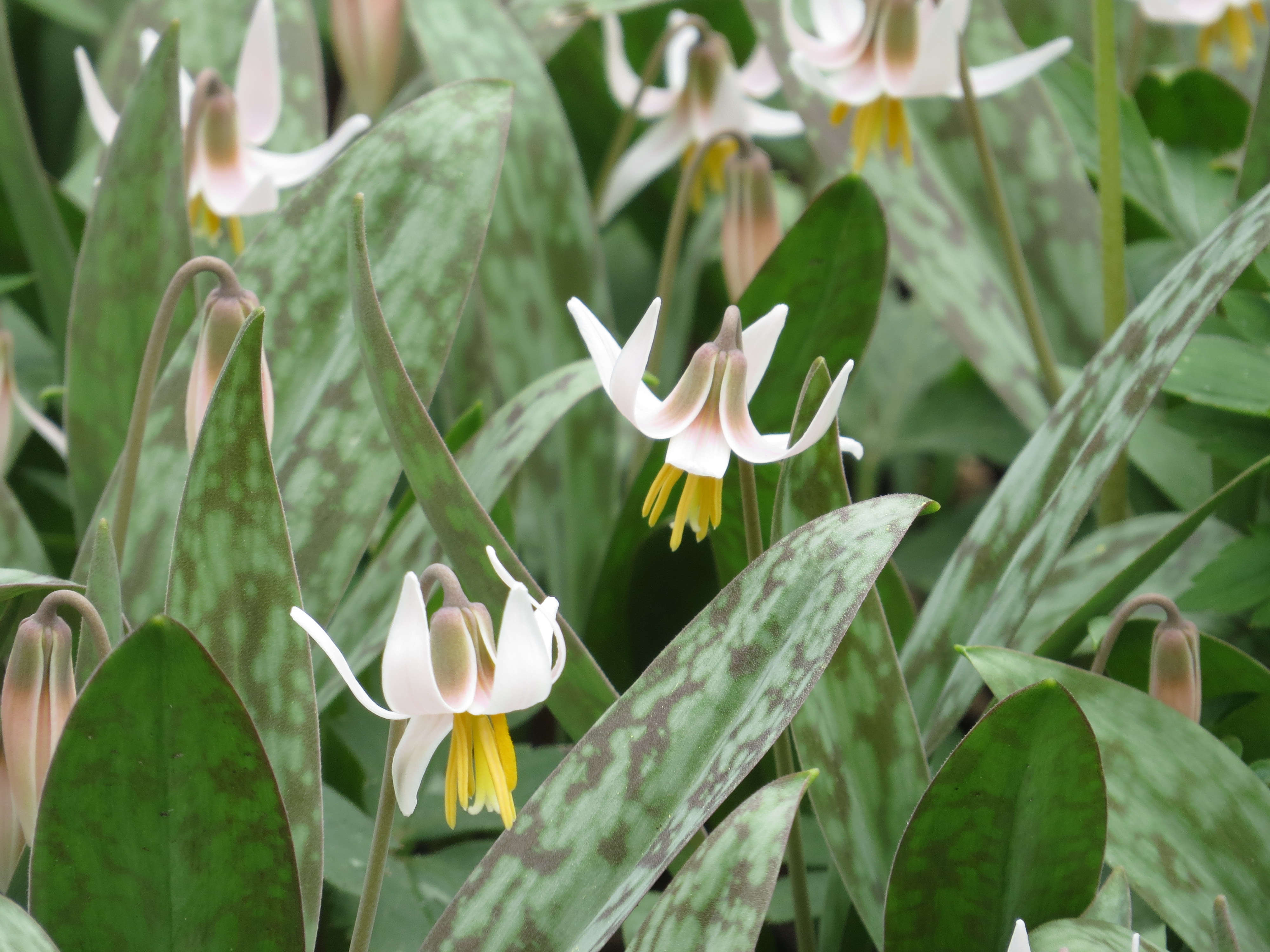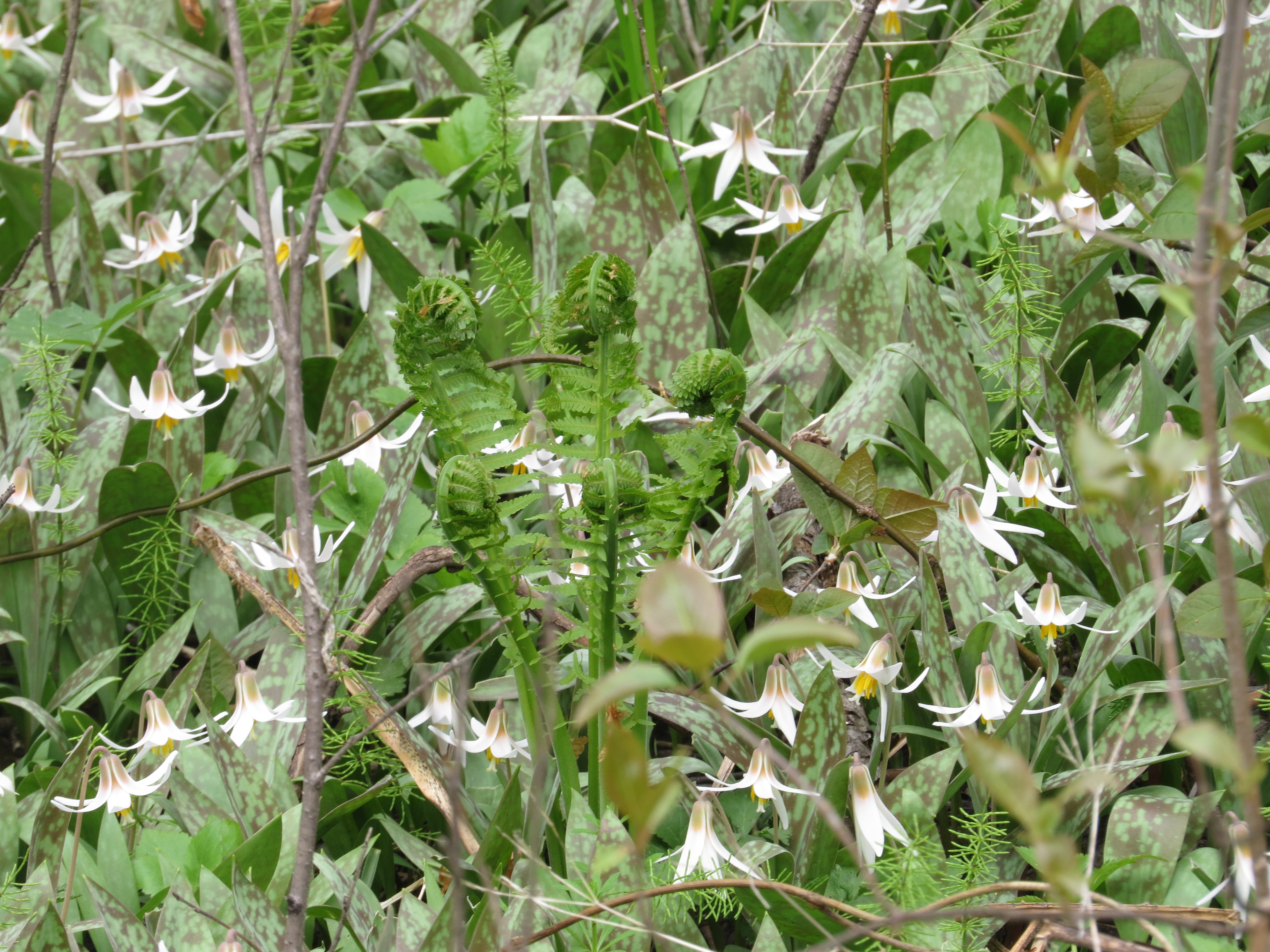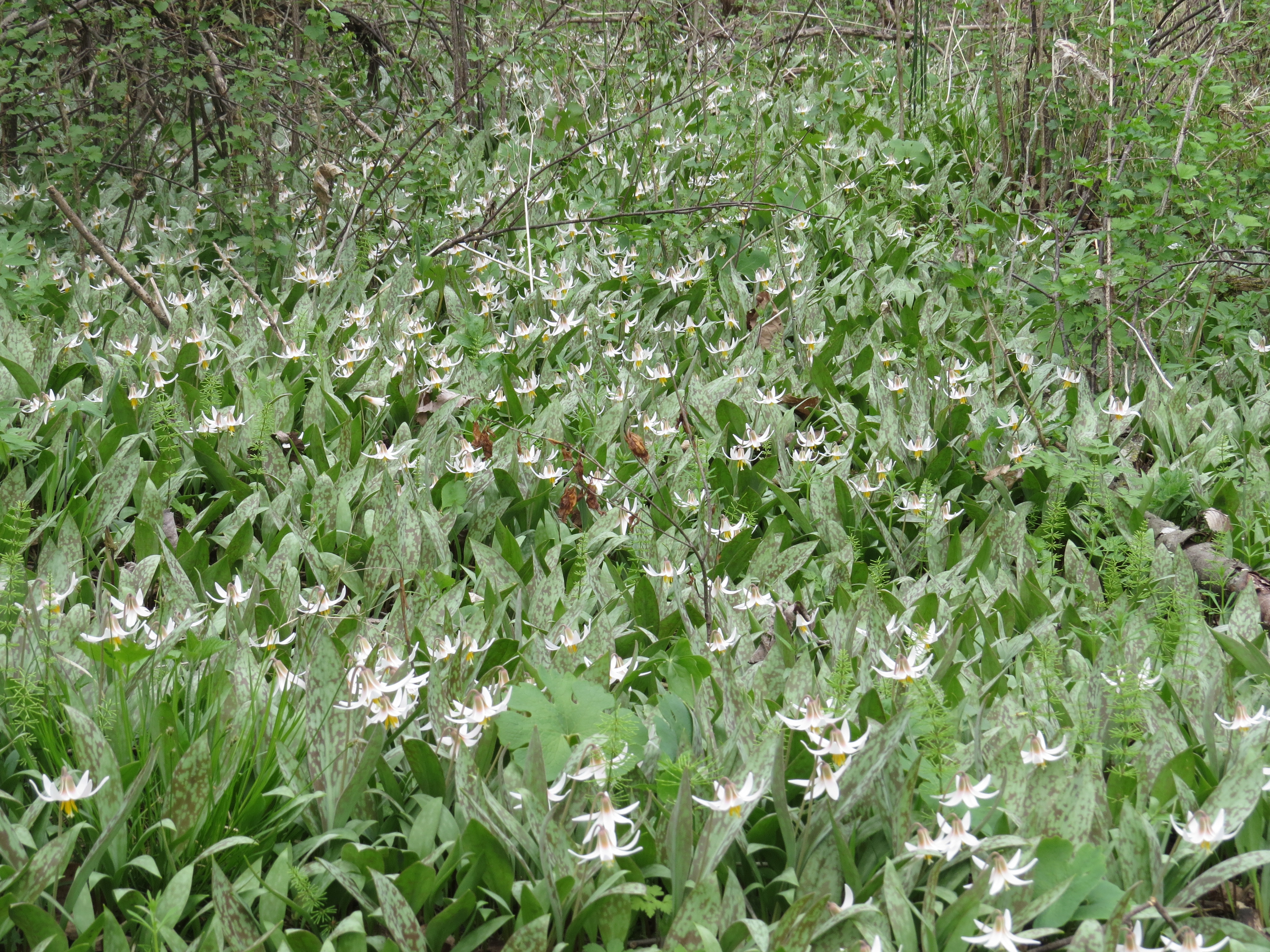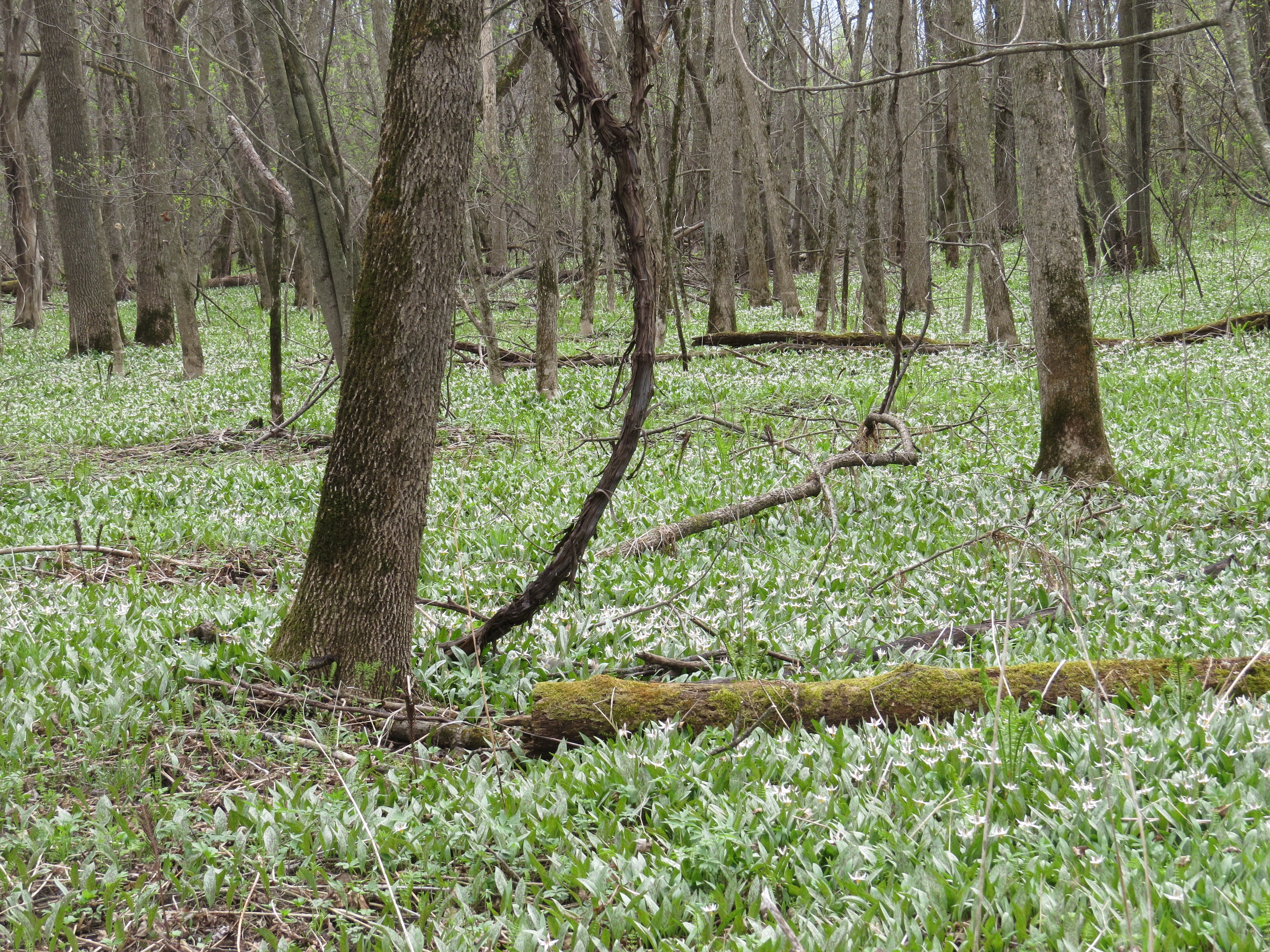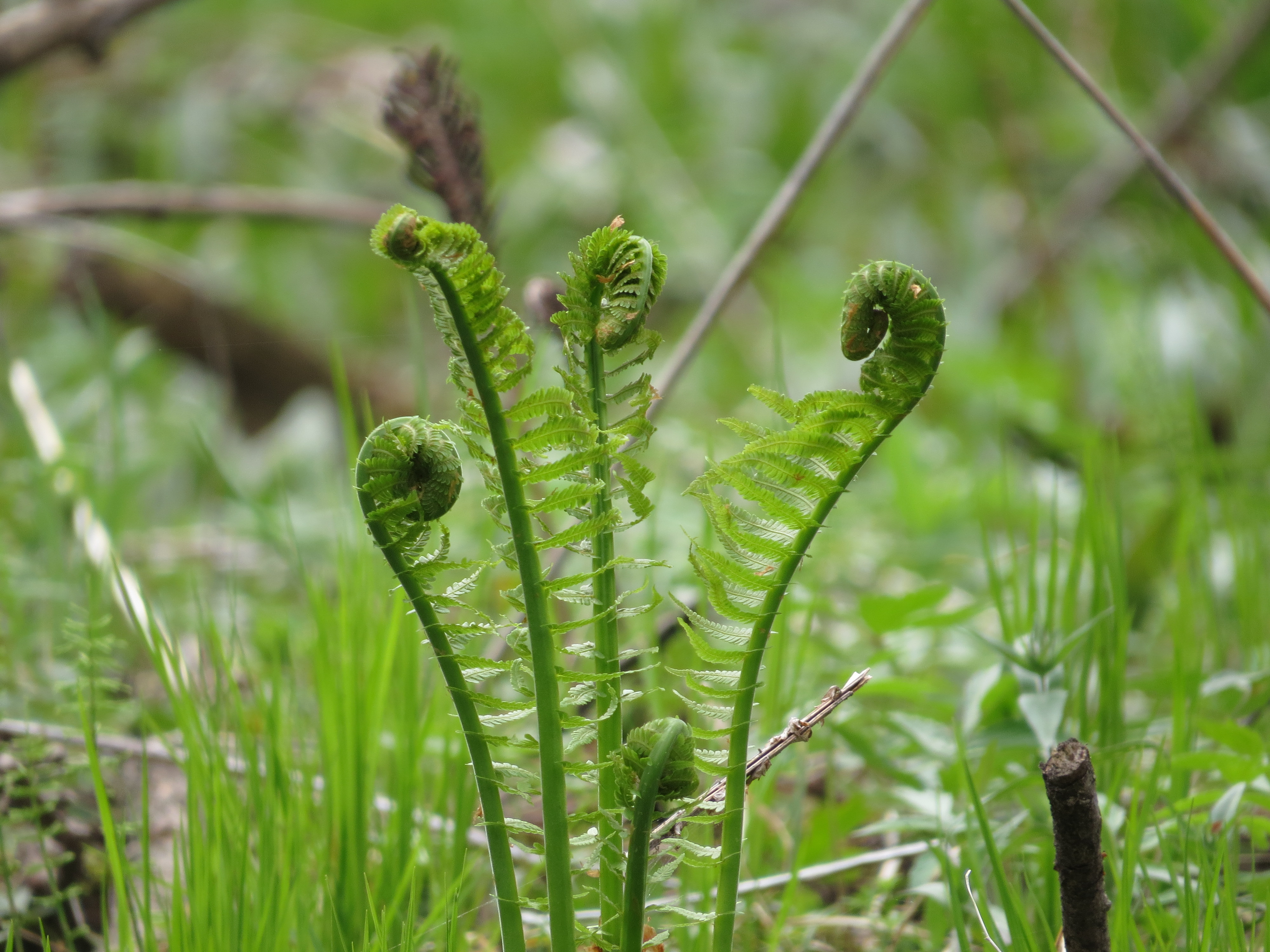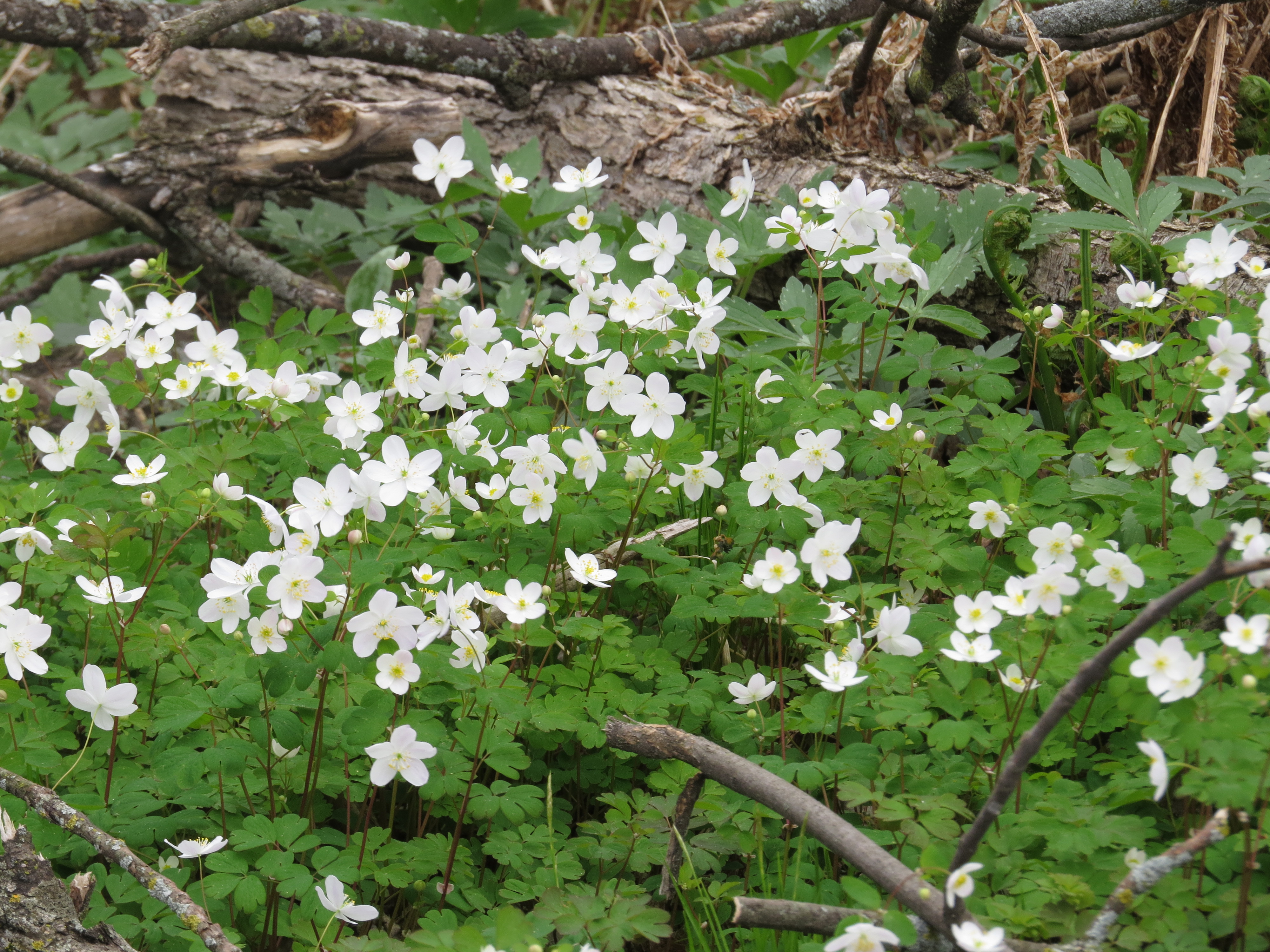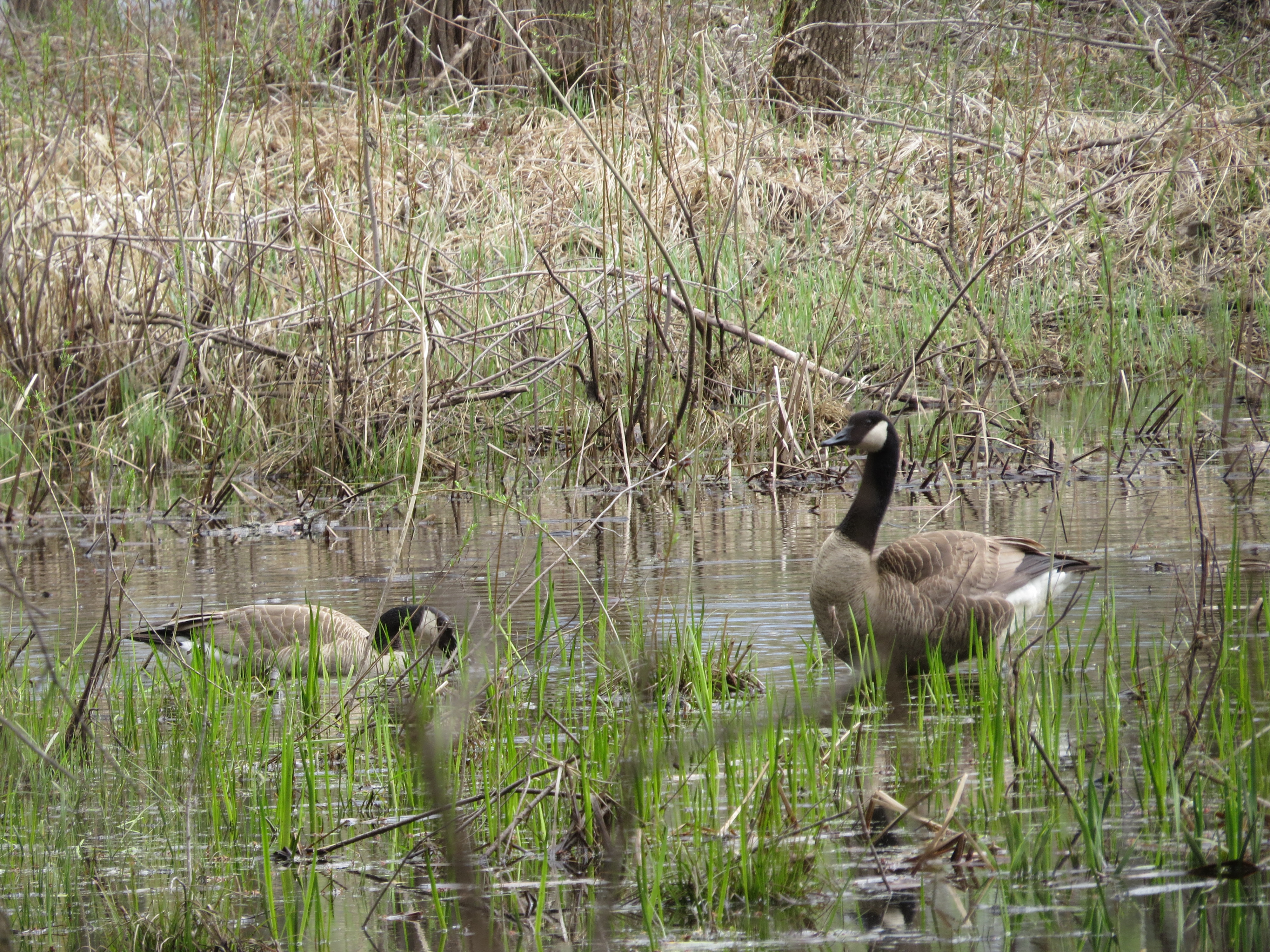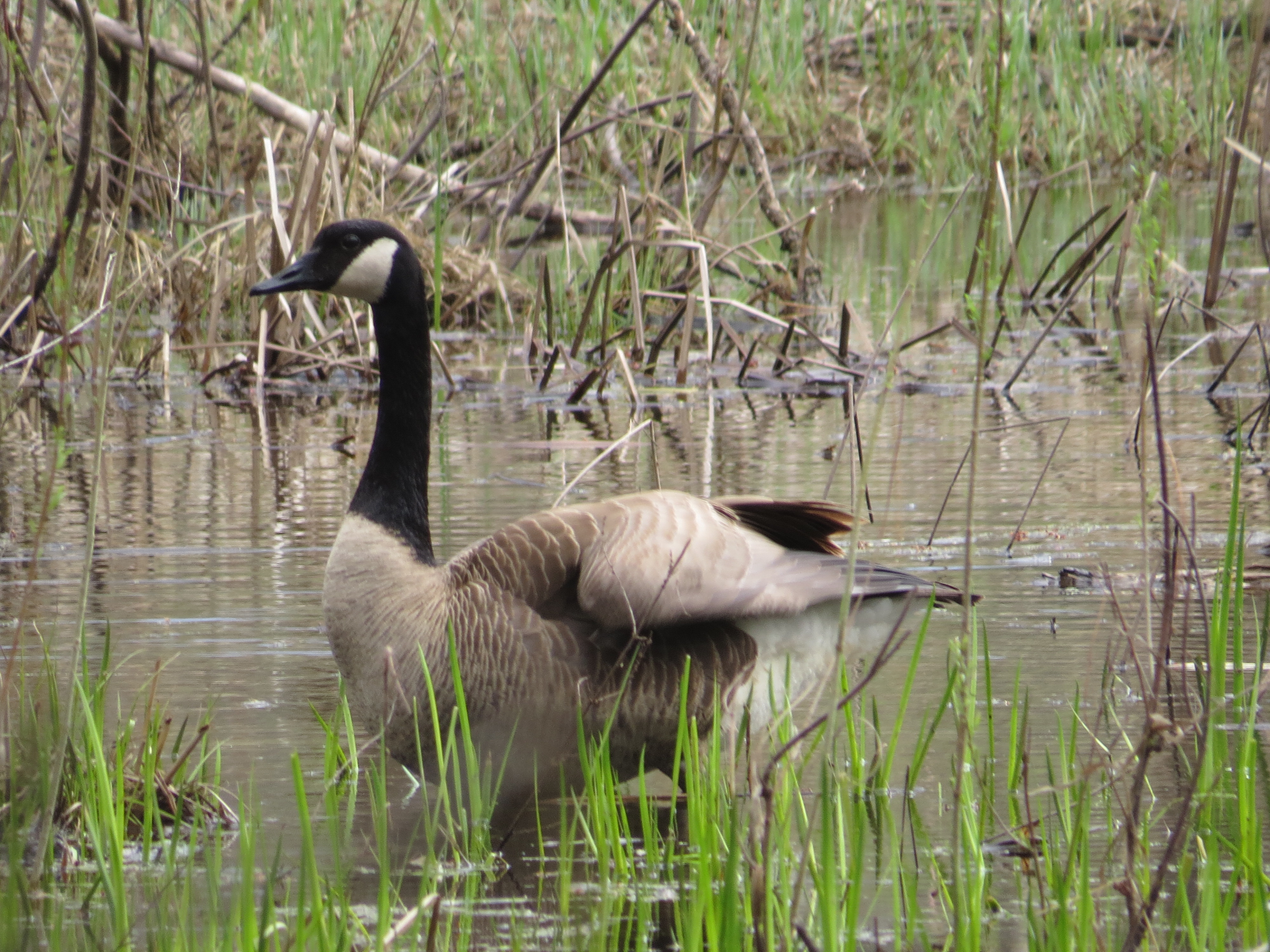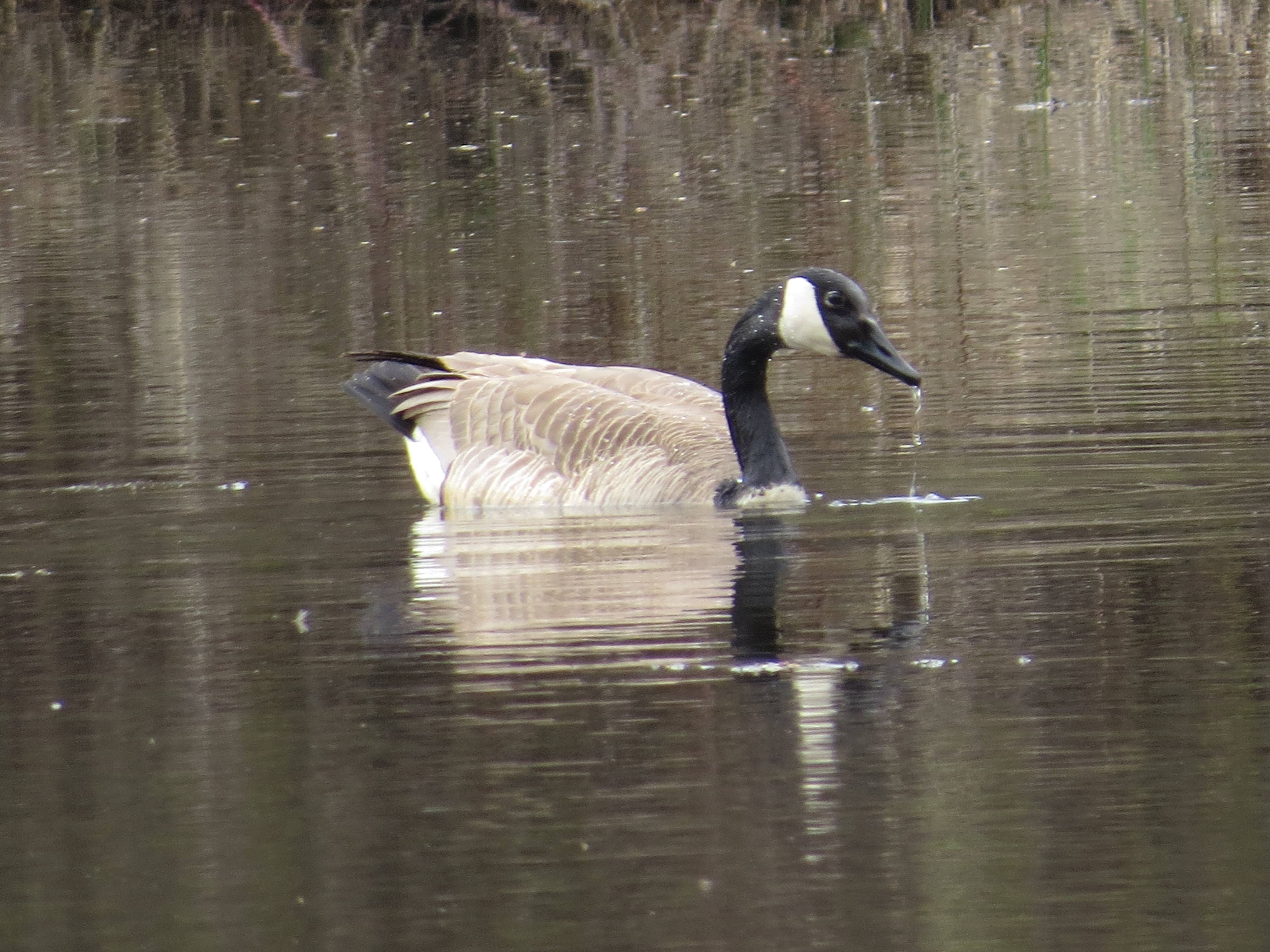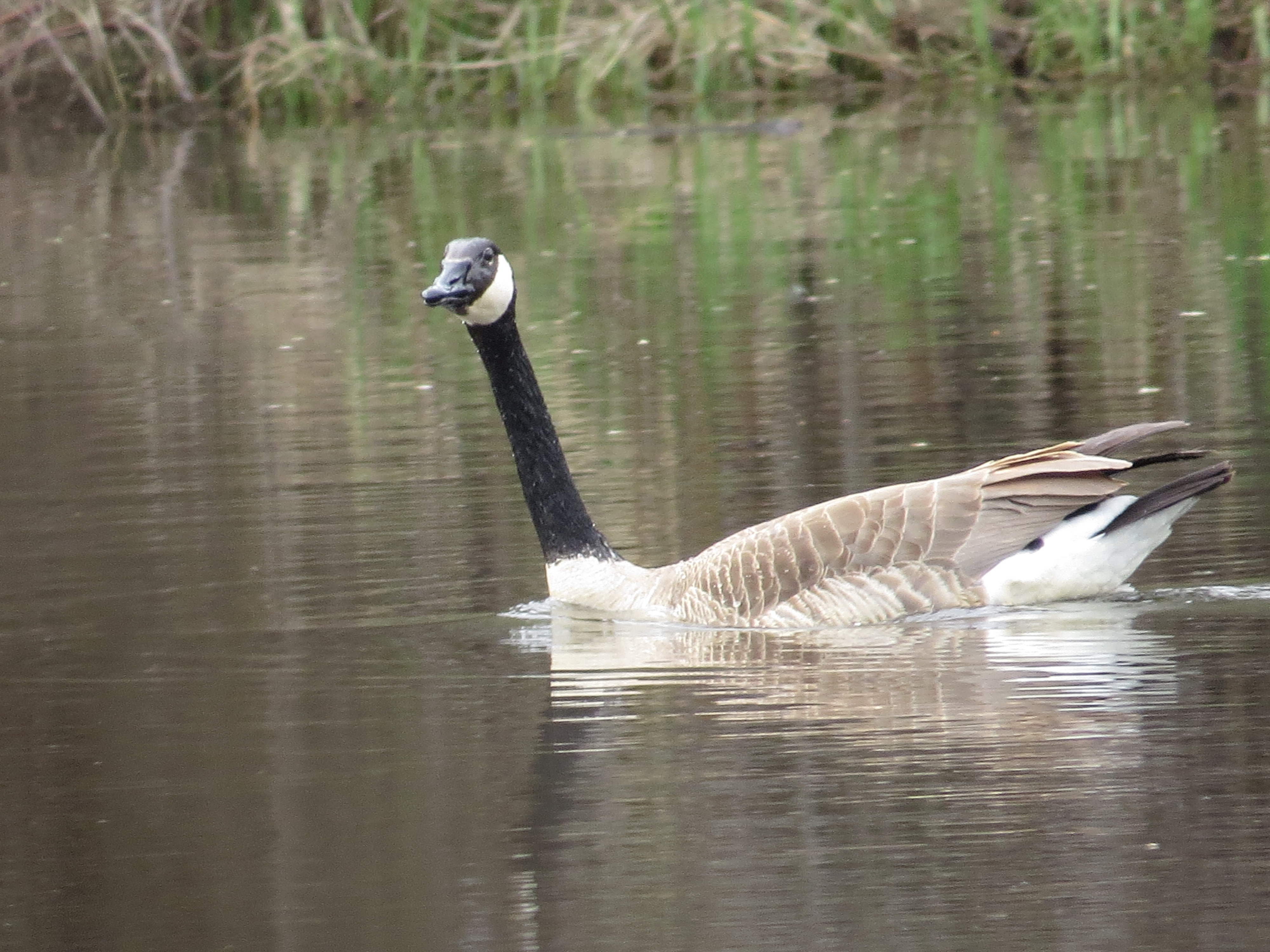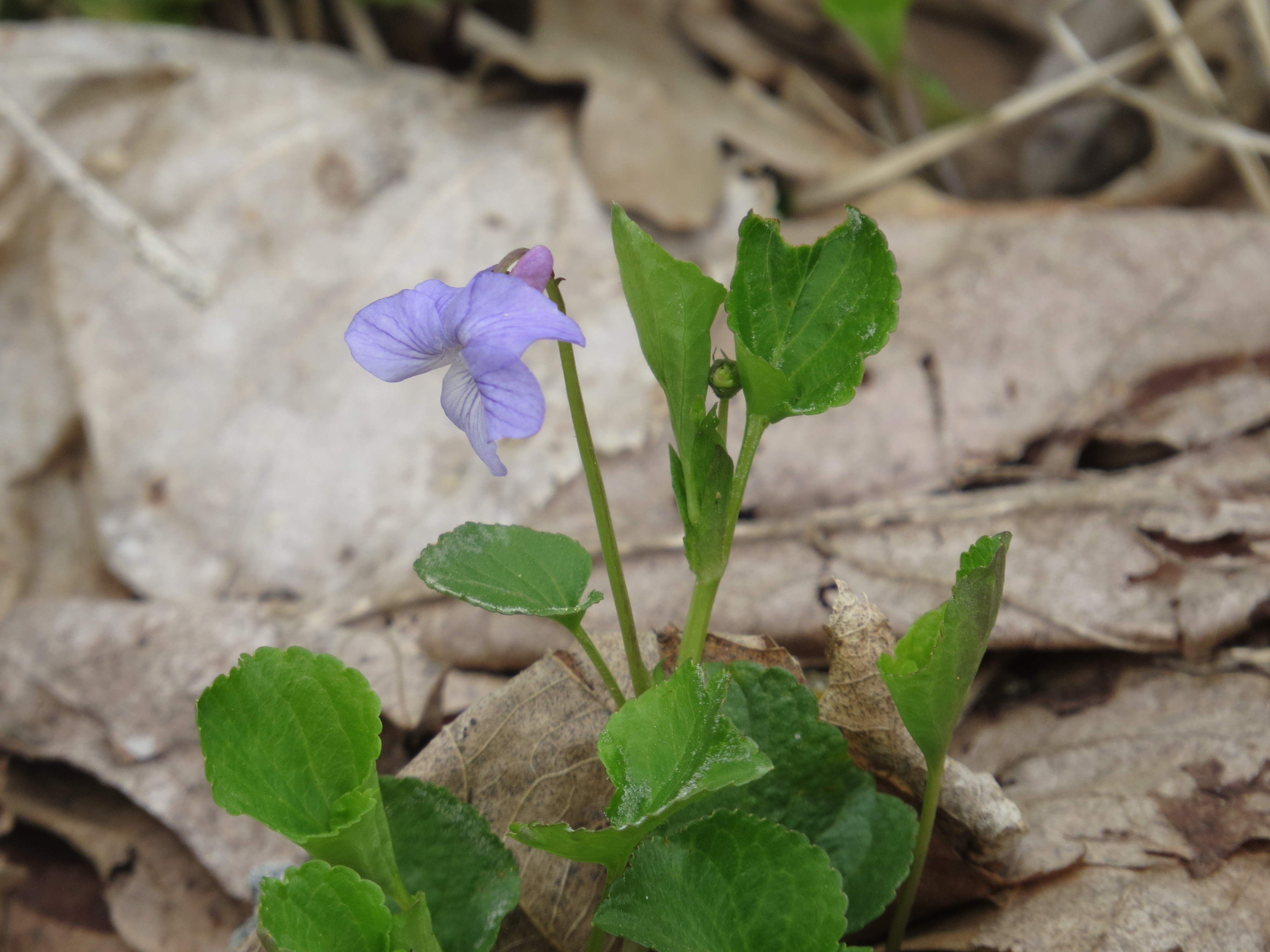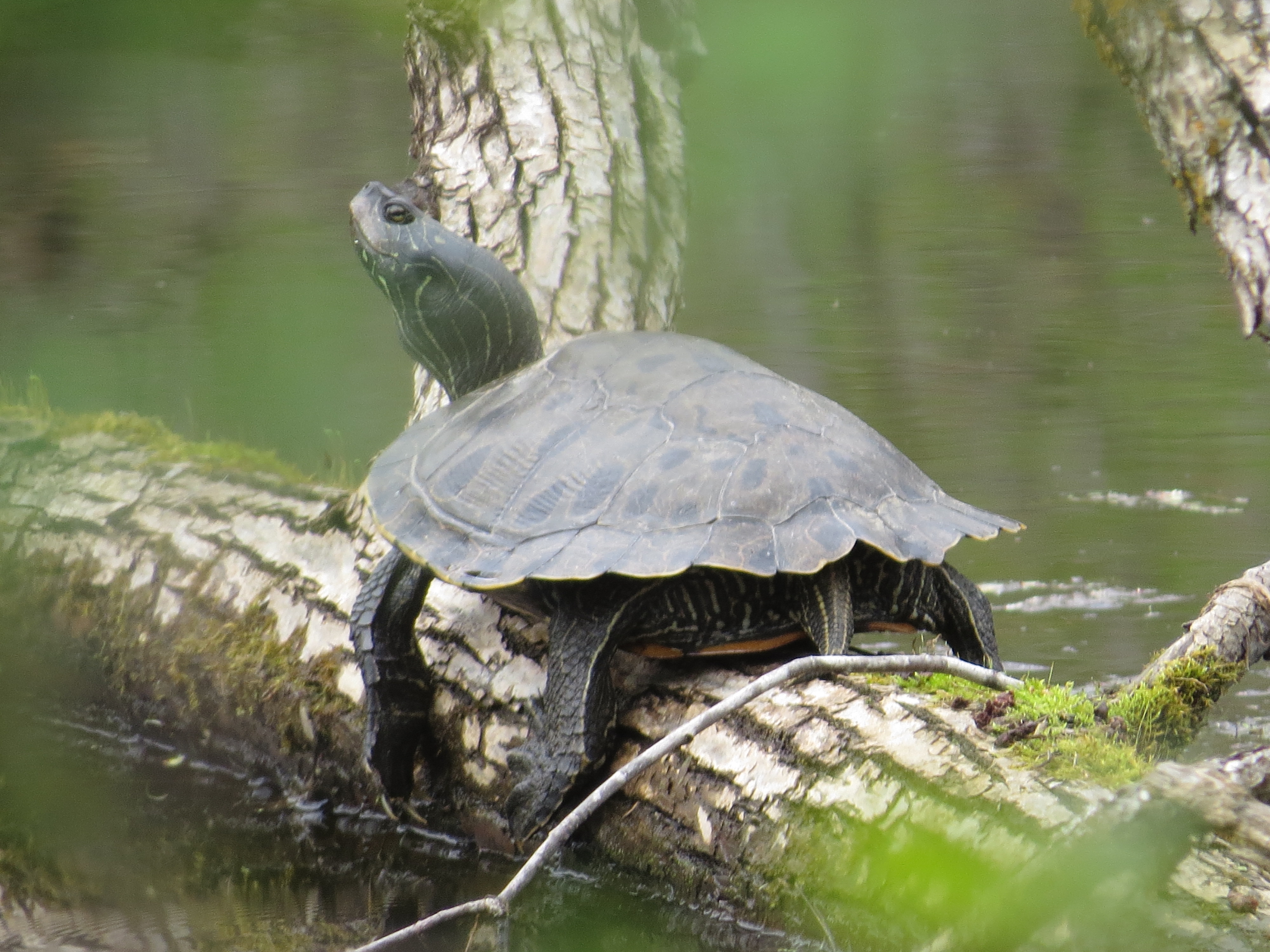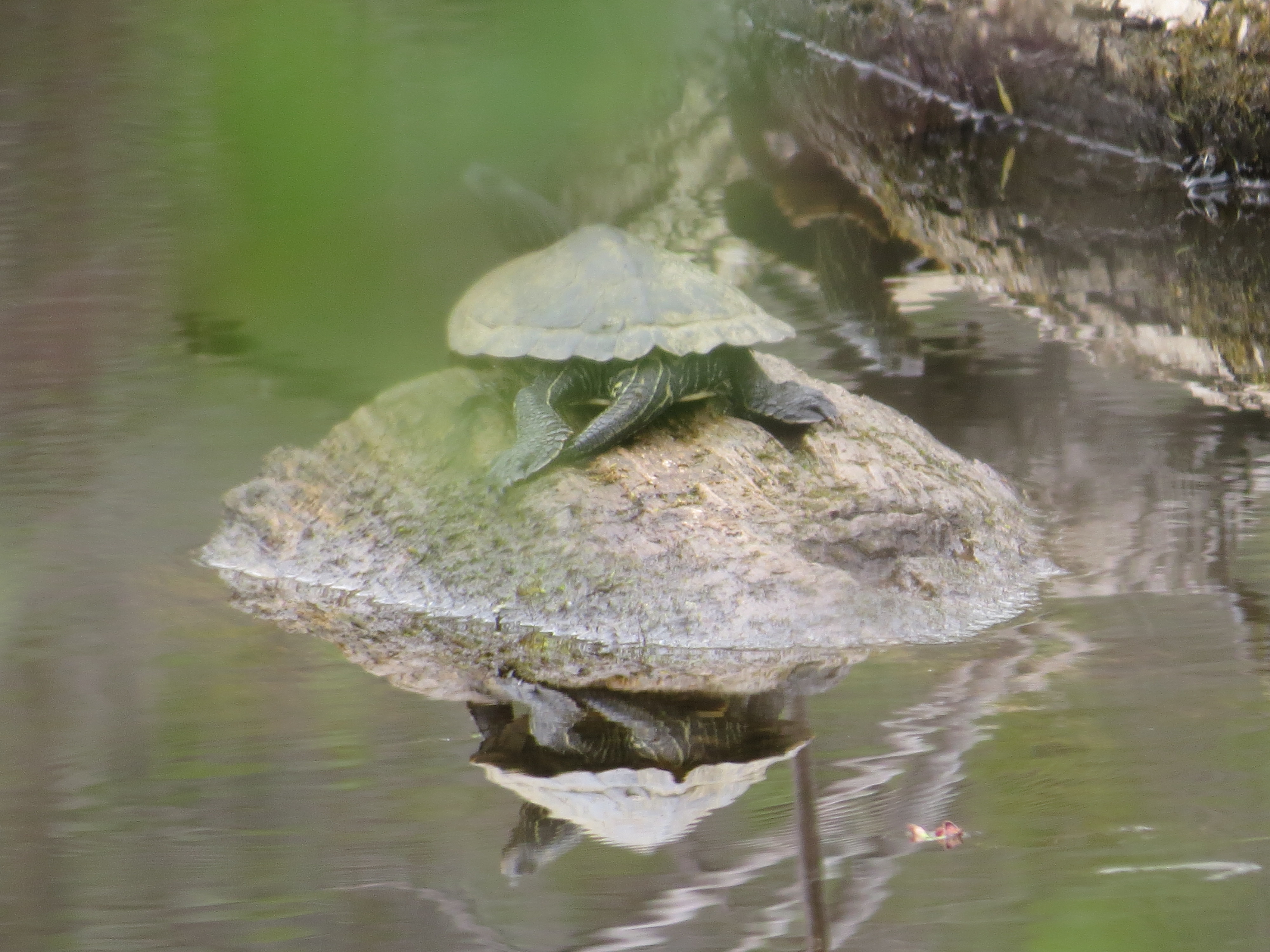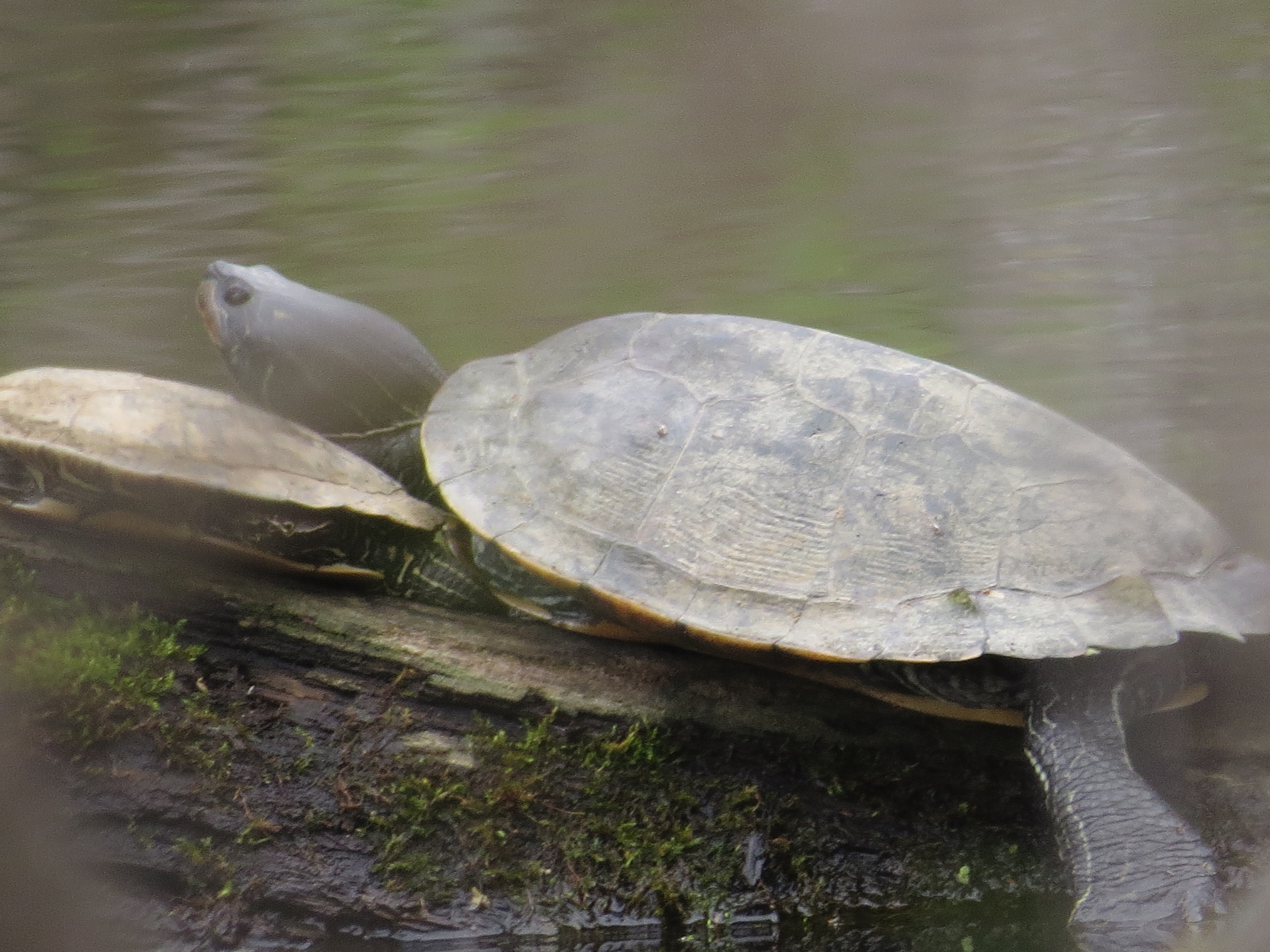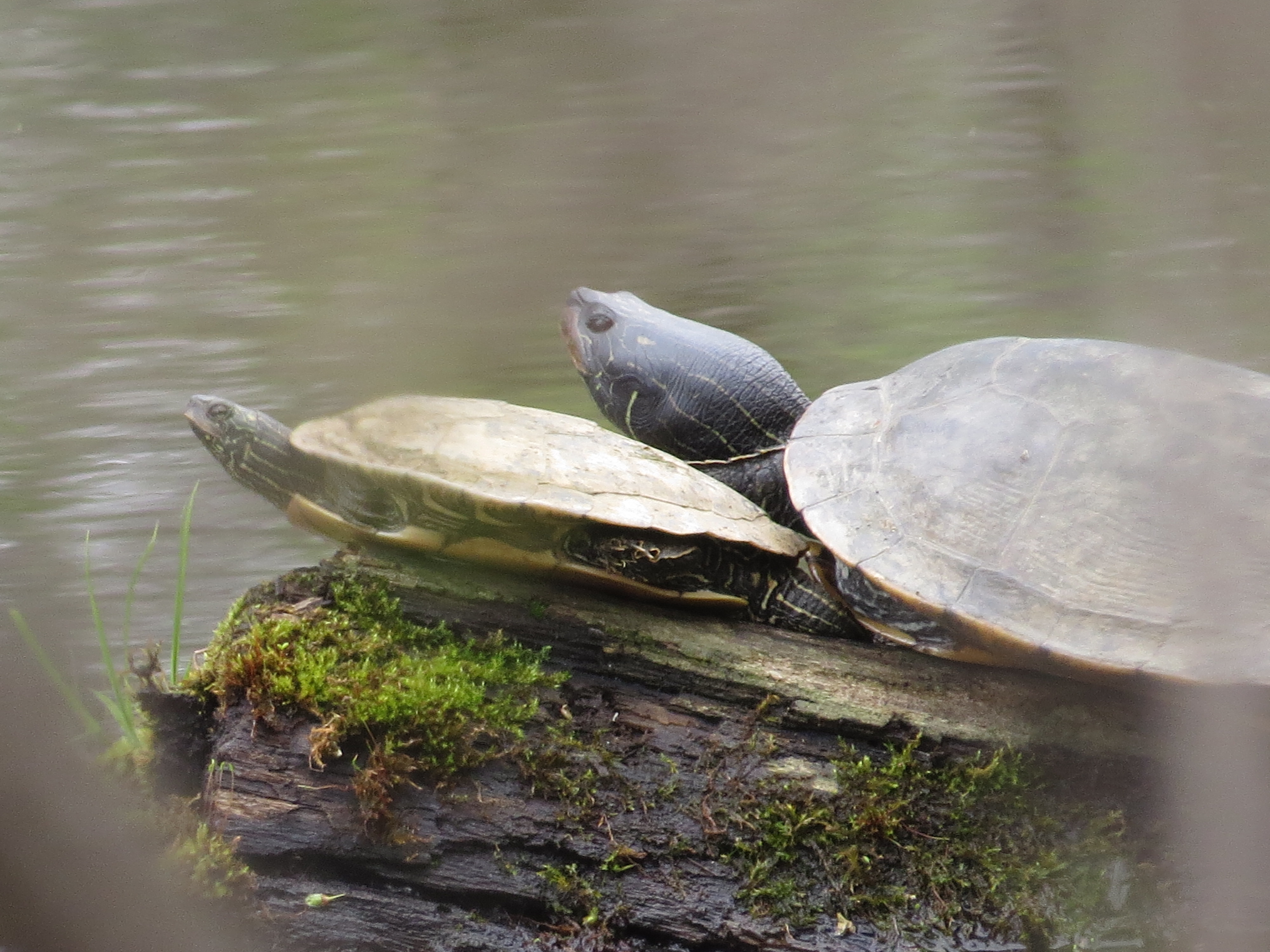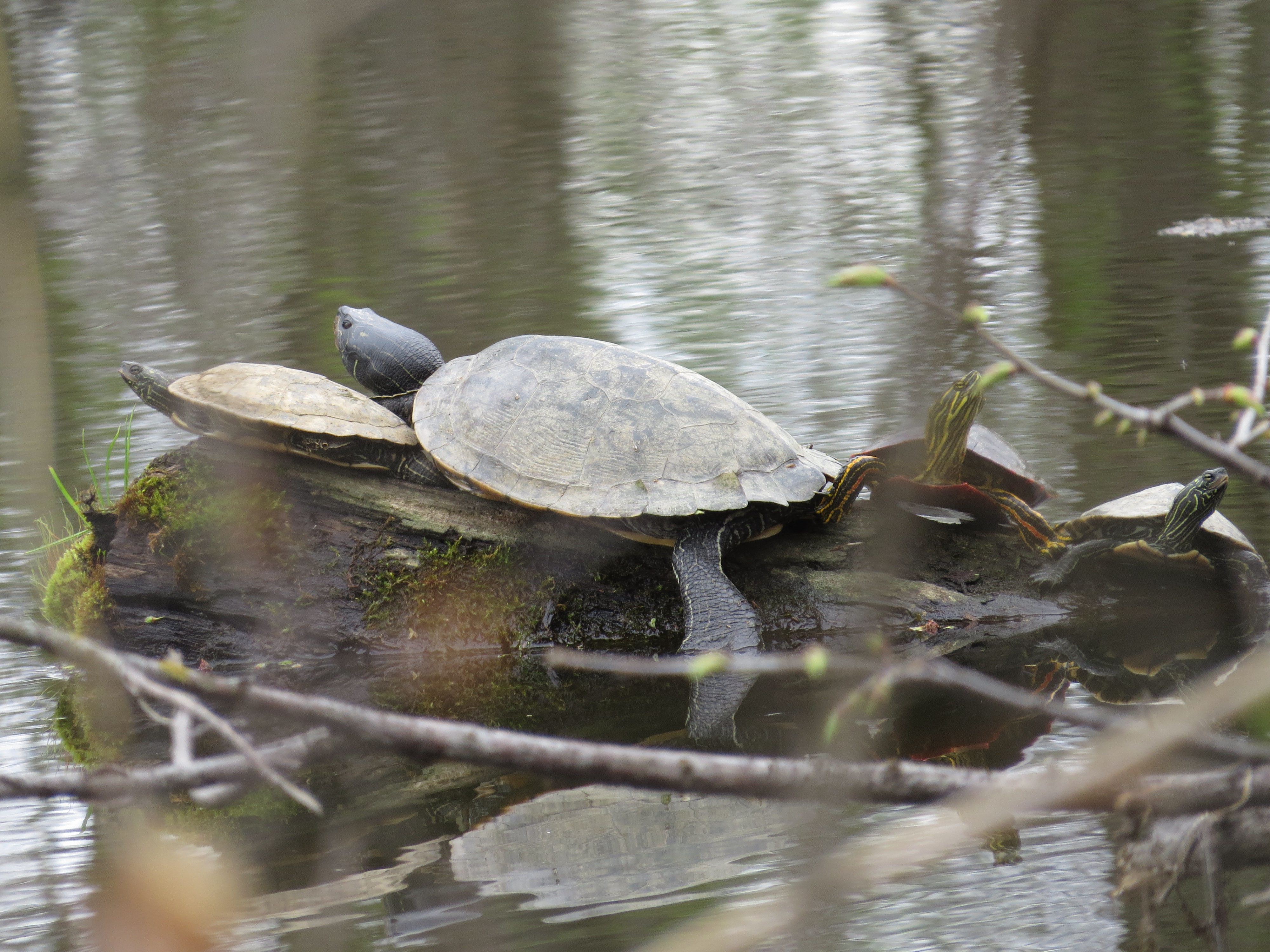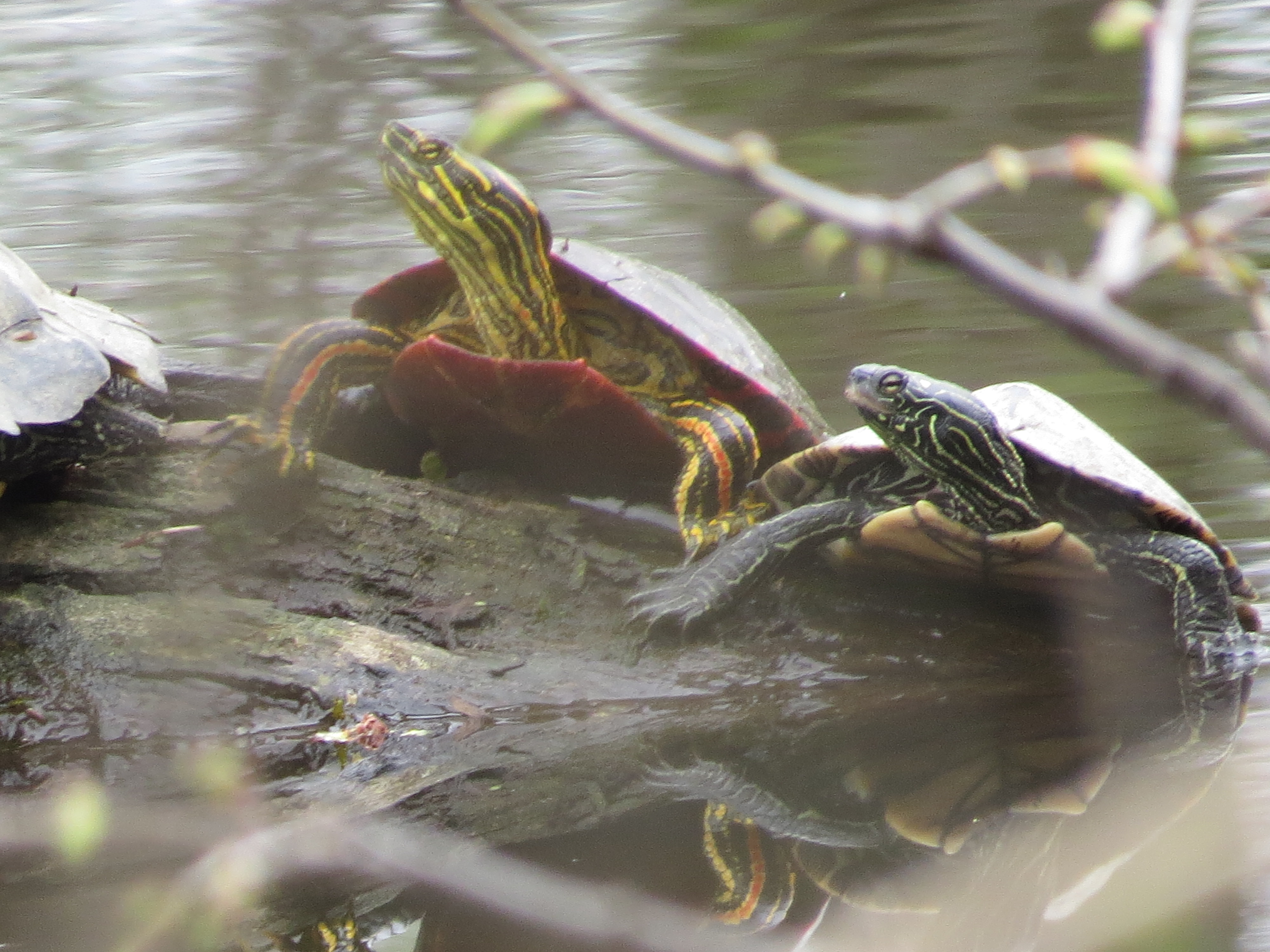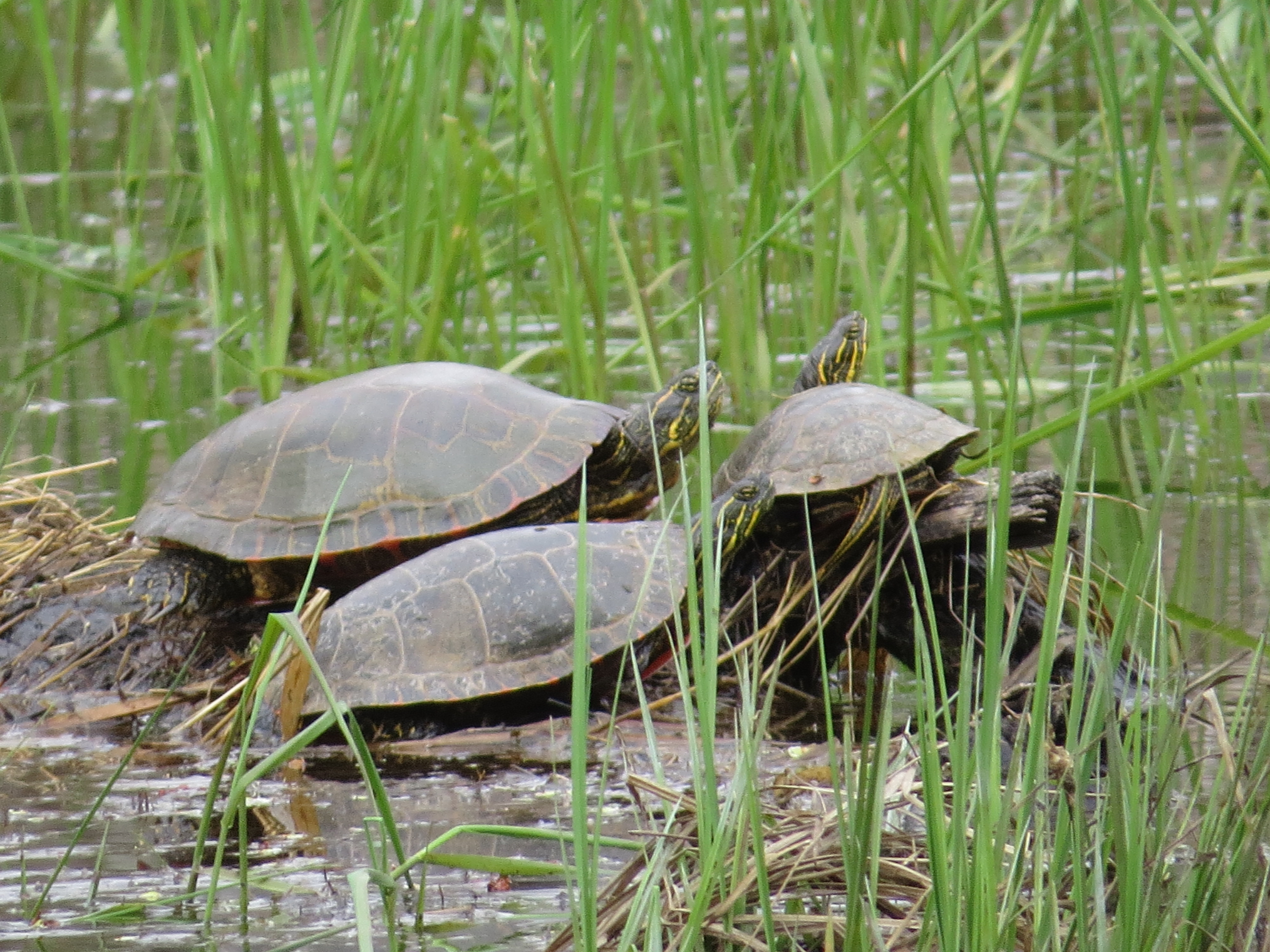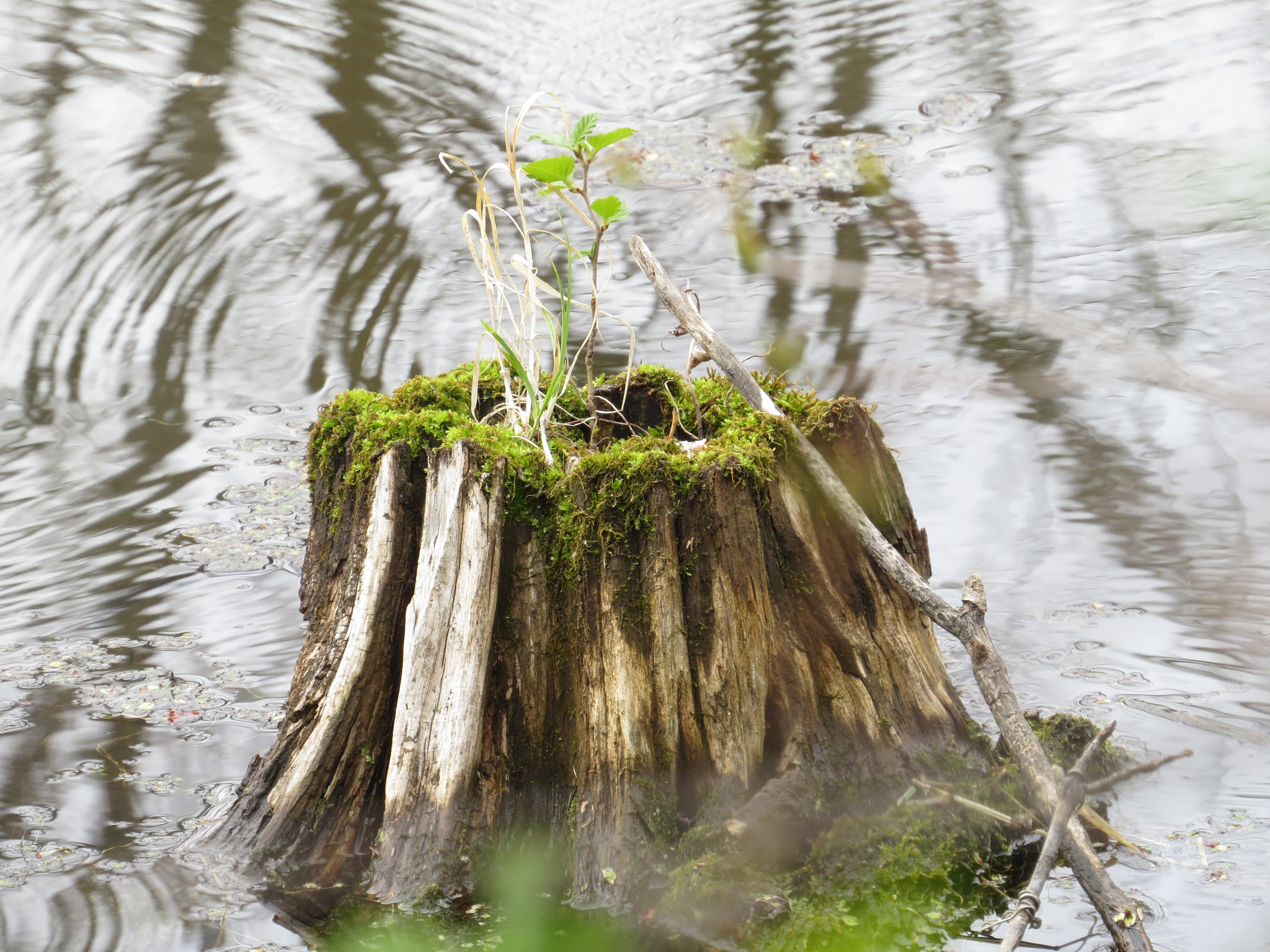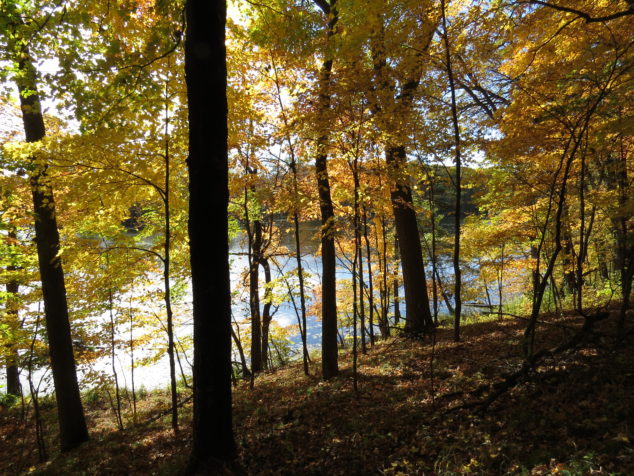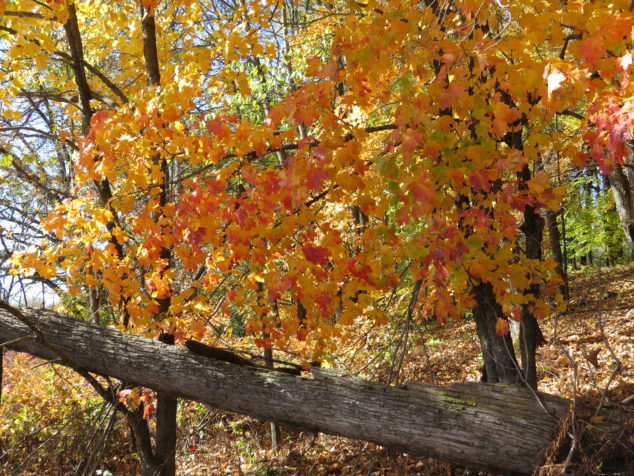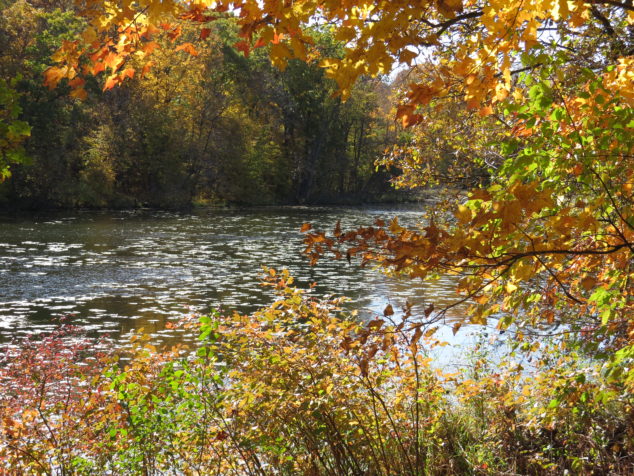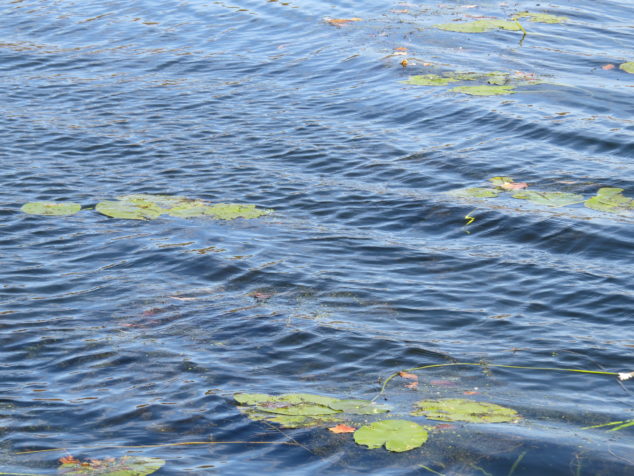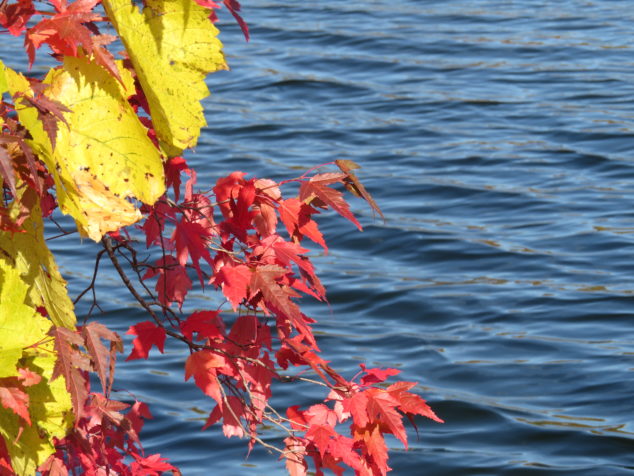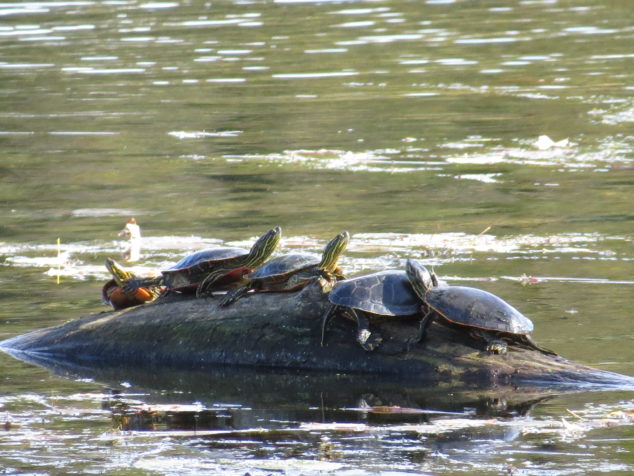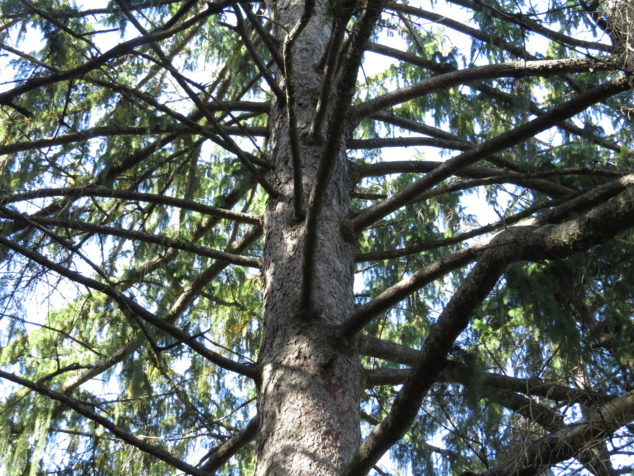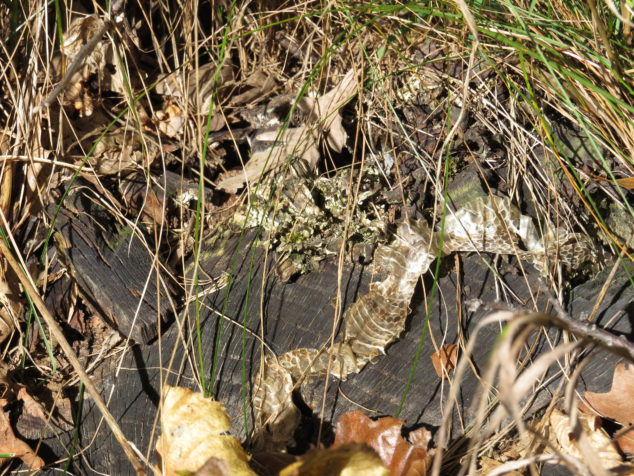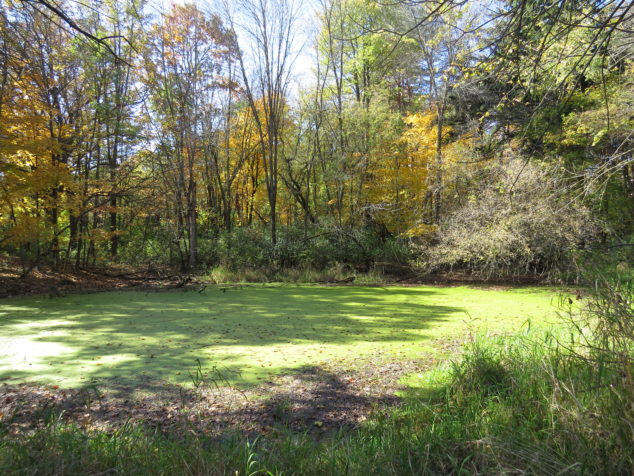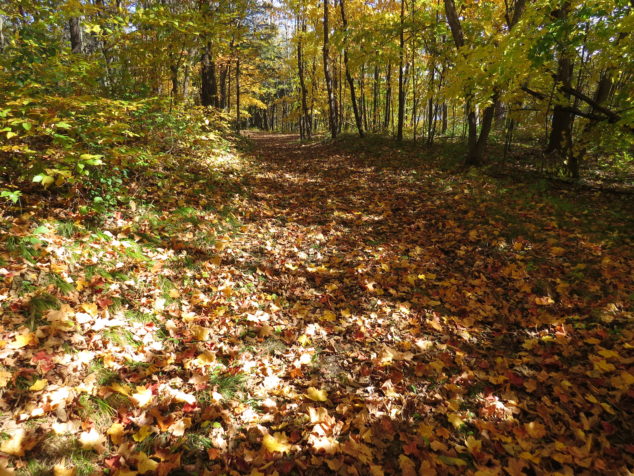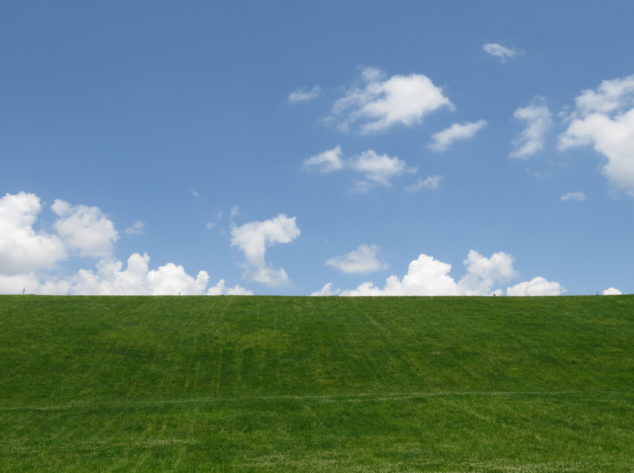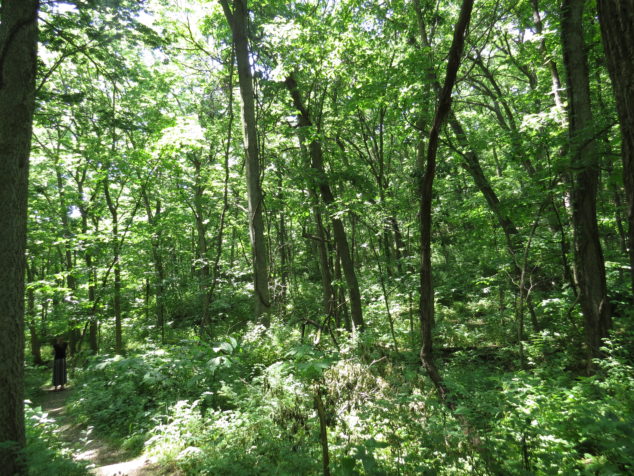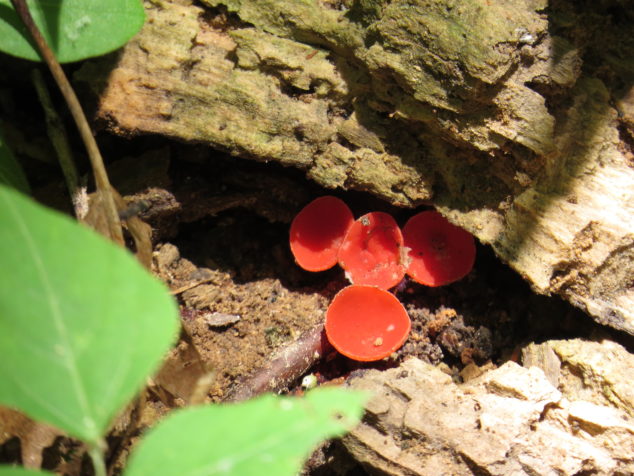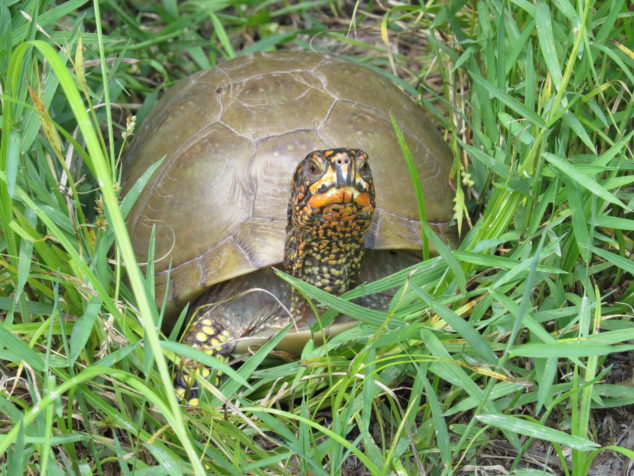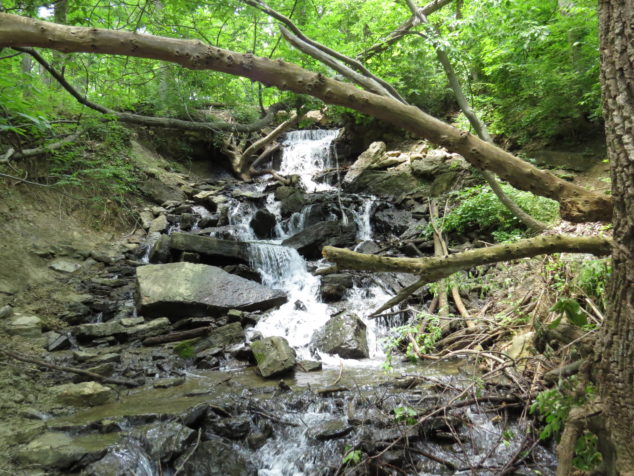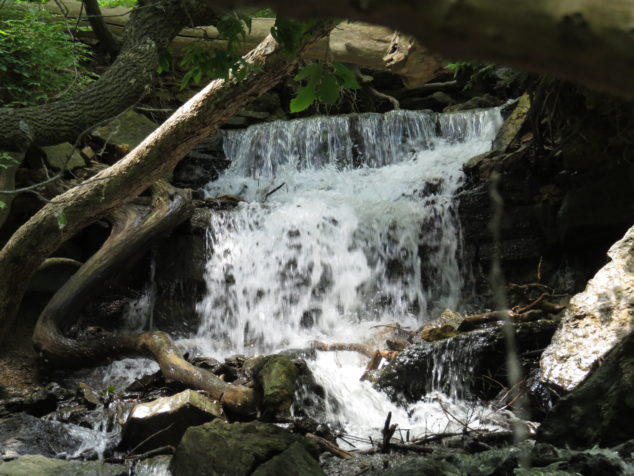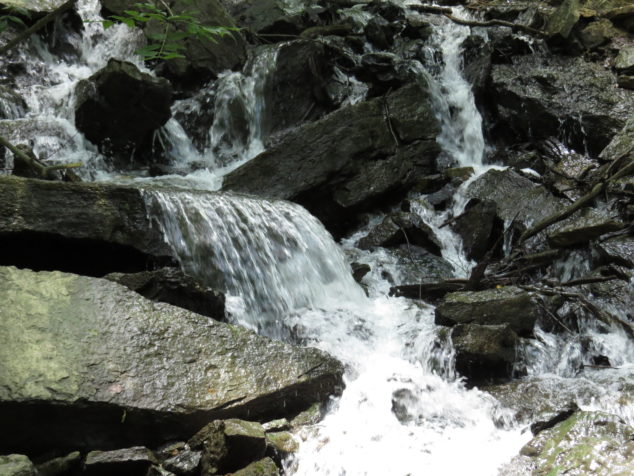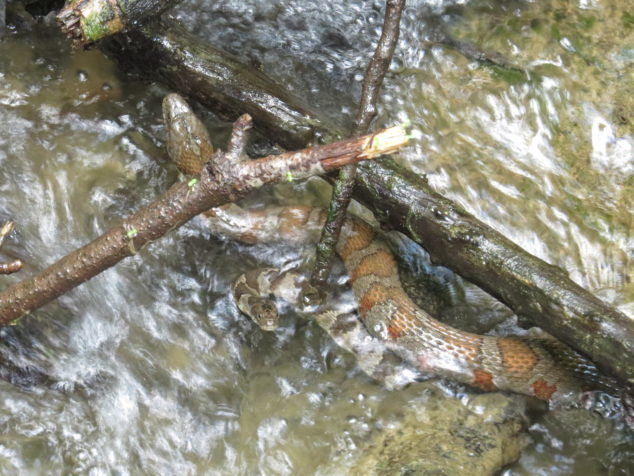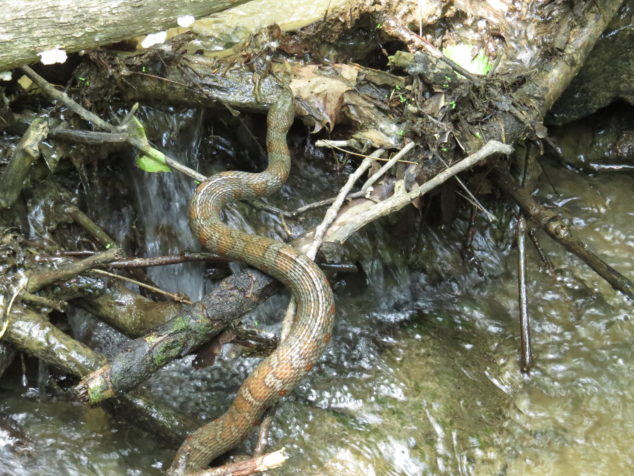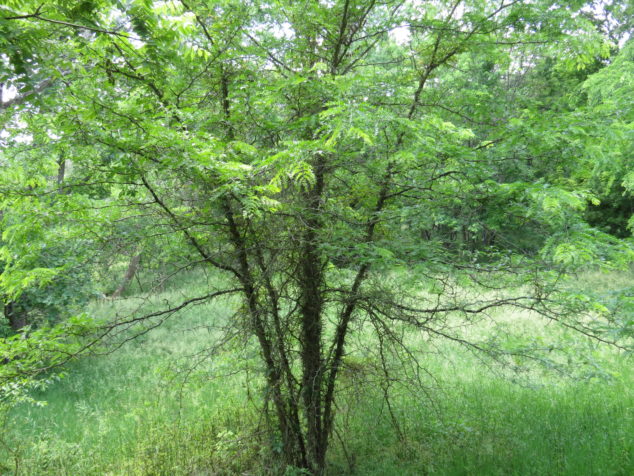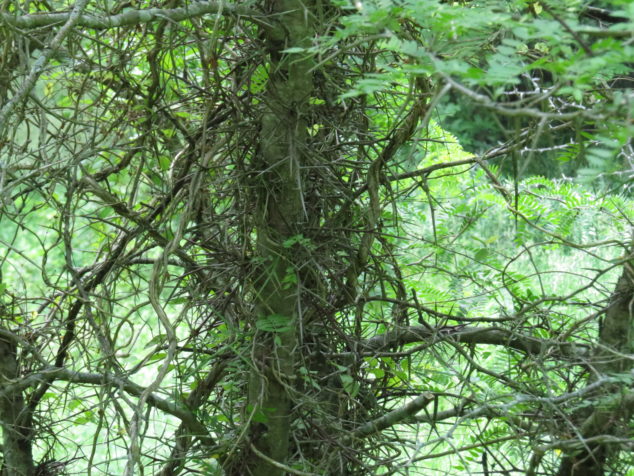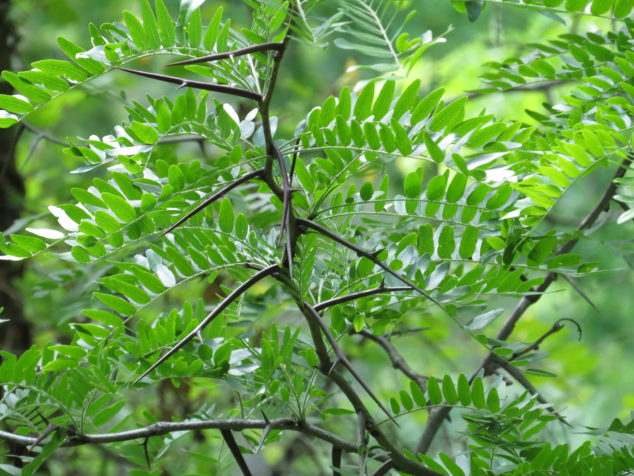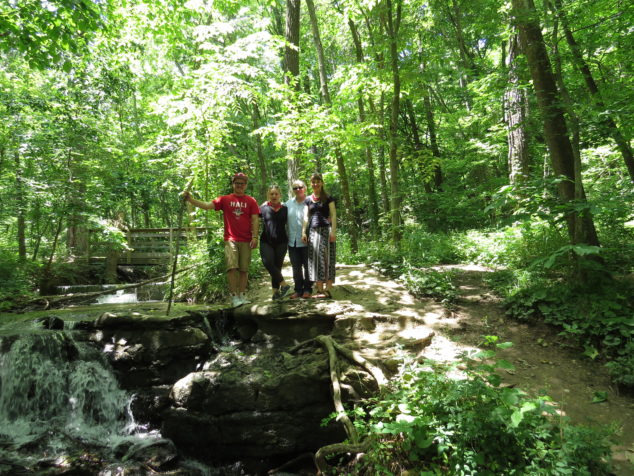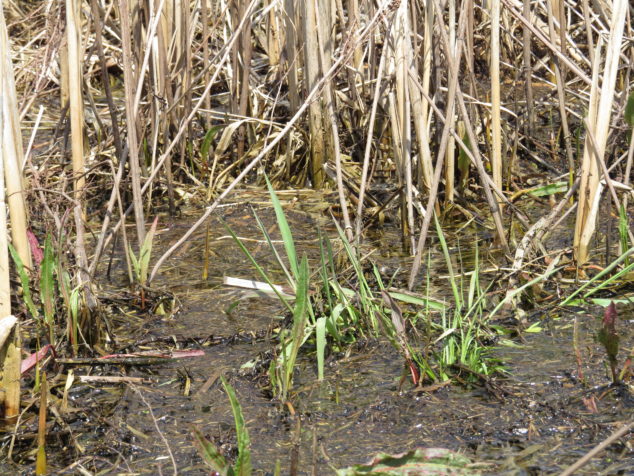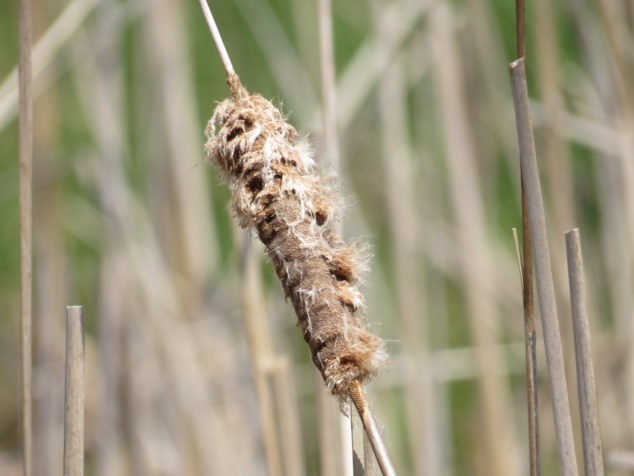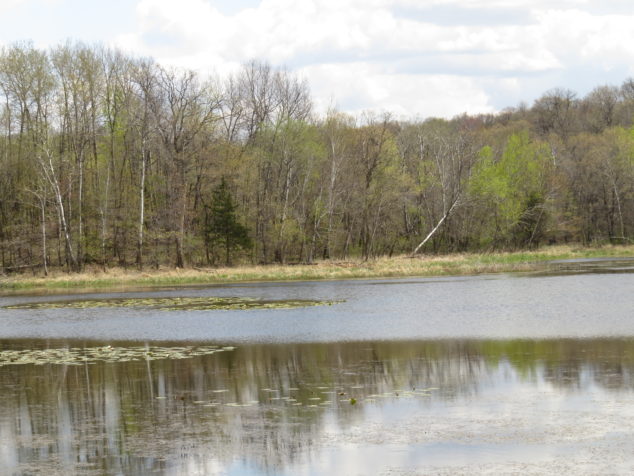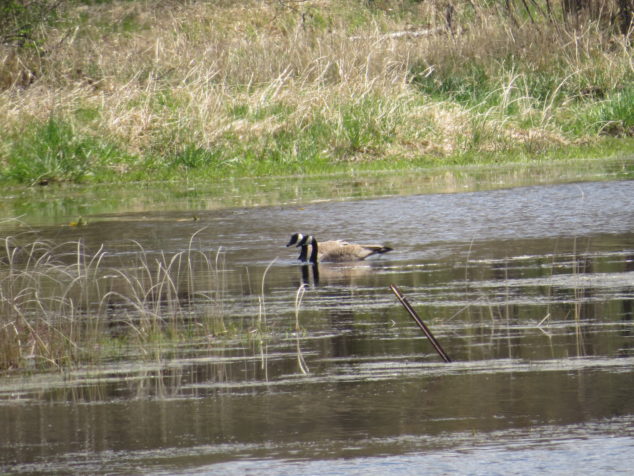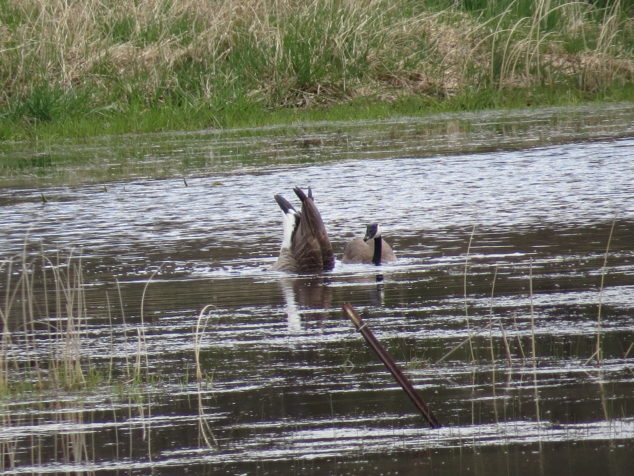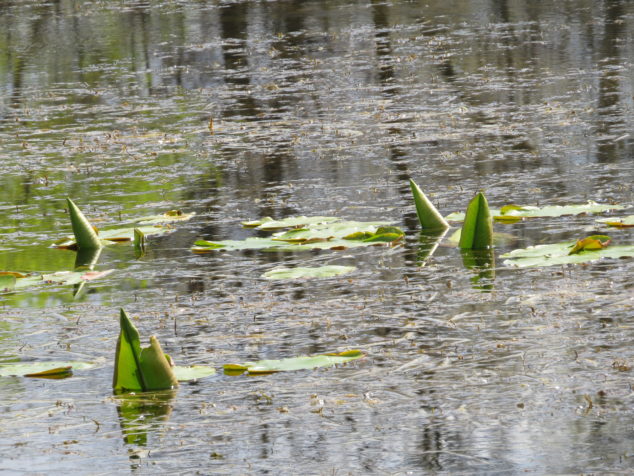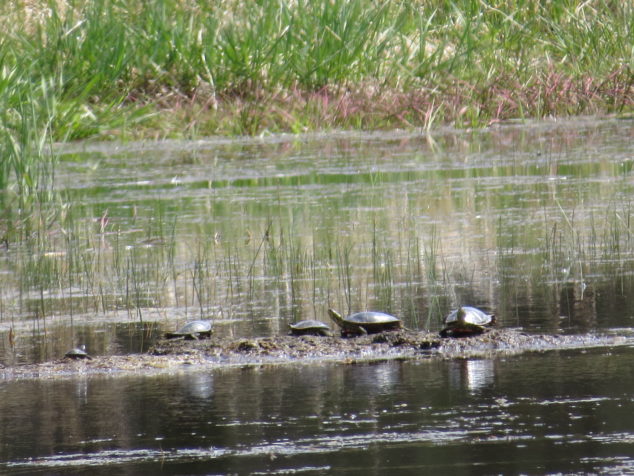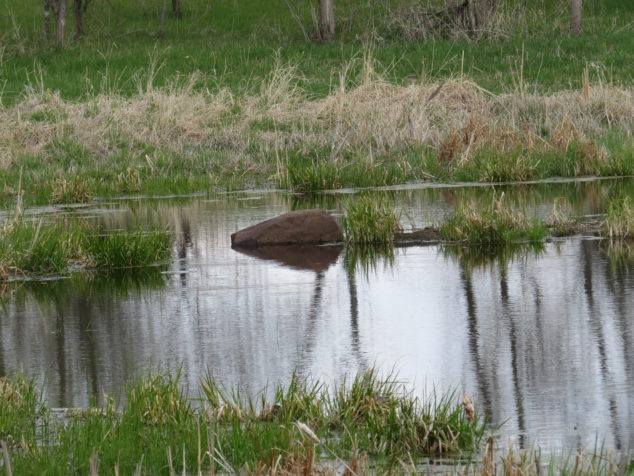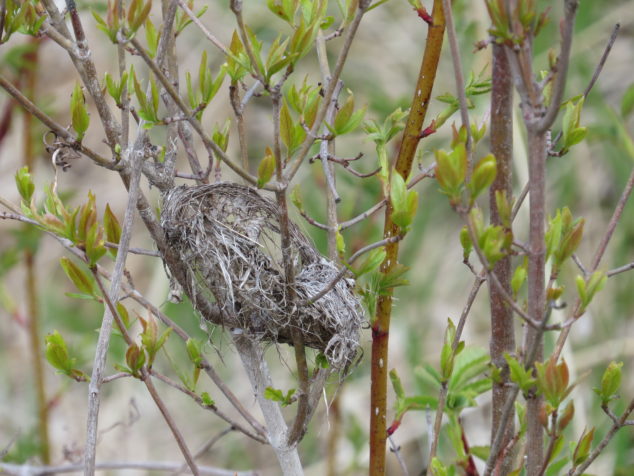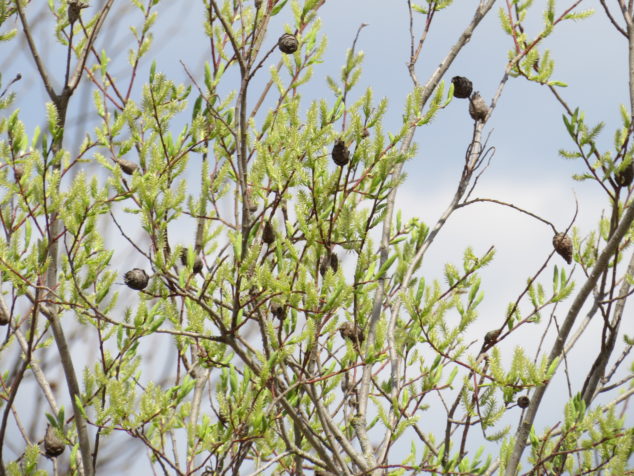I cannot begin to count the number of days in my life that have slid by in a blur. Some were in the self-centered days of early childhood when as children, we concentrate on getting our needs met and learning about the world. Others were in the extreme busyness of going to graduate school while juggling the activities and needs of three kids. Still others were once again in self-centered mode when pain could not be relieved, and my world shrunk down to cocoon-size in an attempt to manage the overwhelm. I have no negative judgement of those times—we do what we have to do in any given situation. But because of plenty of those blurry, constricted times, I am very aware of the times that are sharply outlined, slowly delicious, and wonderfully expansive for my mind-body-spirit freedom.
A good way to discover that mind-body-spirit freedom is to find some water, trees, and wild sky to park yourself in for a few days. The ‘agenda’ becomes play in the water, hike to the hill-top, and watch the moon rise over the trees. The process originates from our senses—noticing what we see, hear, smell, taste, and touch. And all of the feel-good sensing and activities are grounded in our bodies, memories, and soul by sharing them with people we love who love us. It’s a win-win-win.
One of the first sounds I heard was a loud, chirping/cheeping chatter. It sounded like a much louder version of the baby chicks we used to house on our back porch until they were big enough to move to the chicken coop. A pair of Osprey sat in a haphazard nest in the dead top of a Pine tree and told their story to all who could hear them.
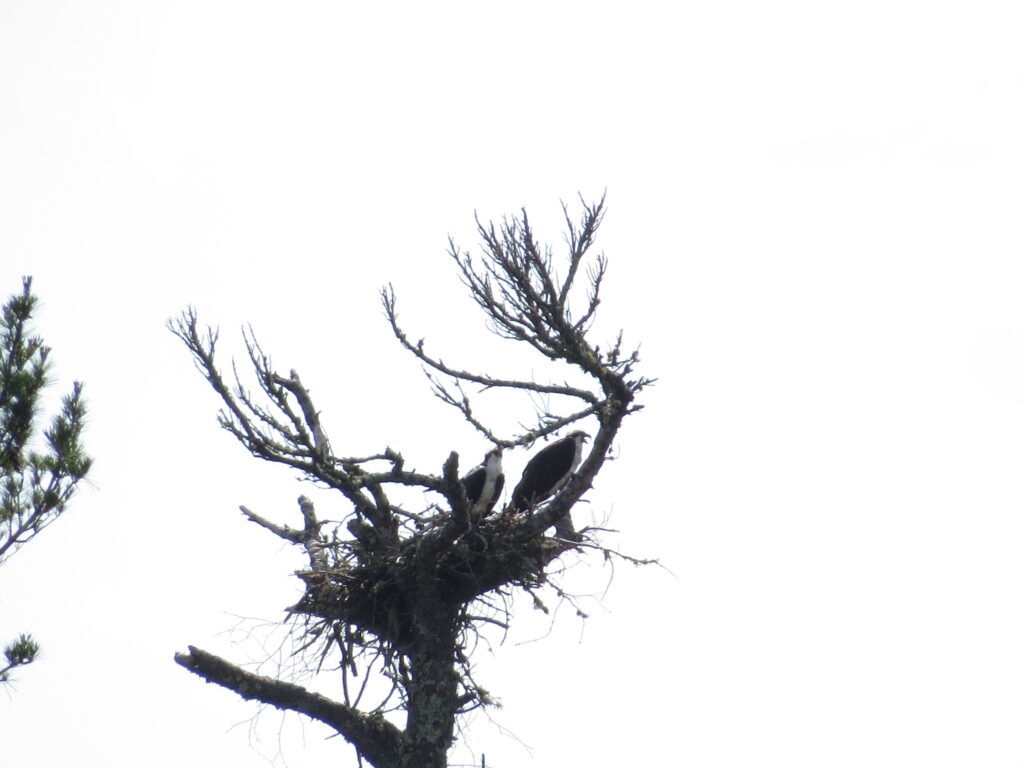
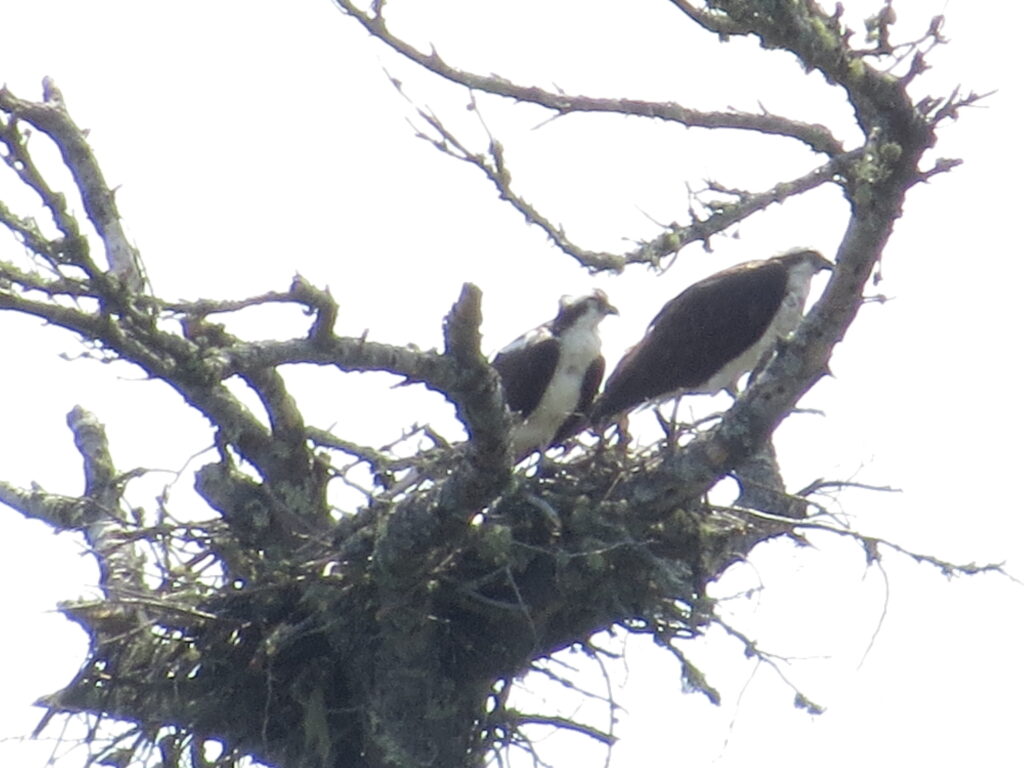
The water the Osprey overlooked and fished from was clear and cold. Red-stemmed Water Lilies floated on the surface like silver coins, along with the silver star reflections made by the afternoon sun.

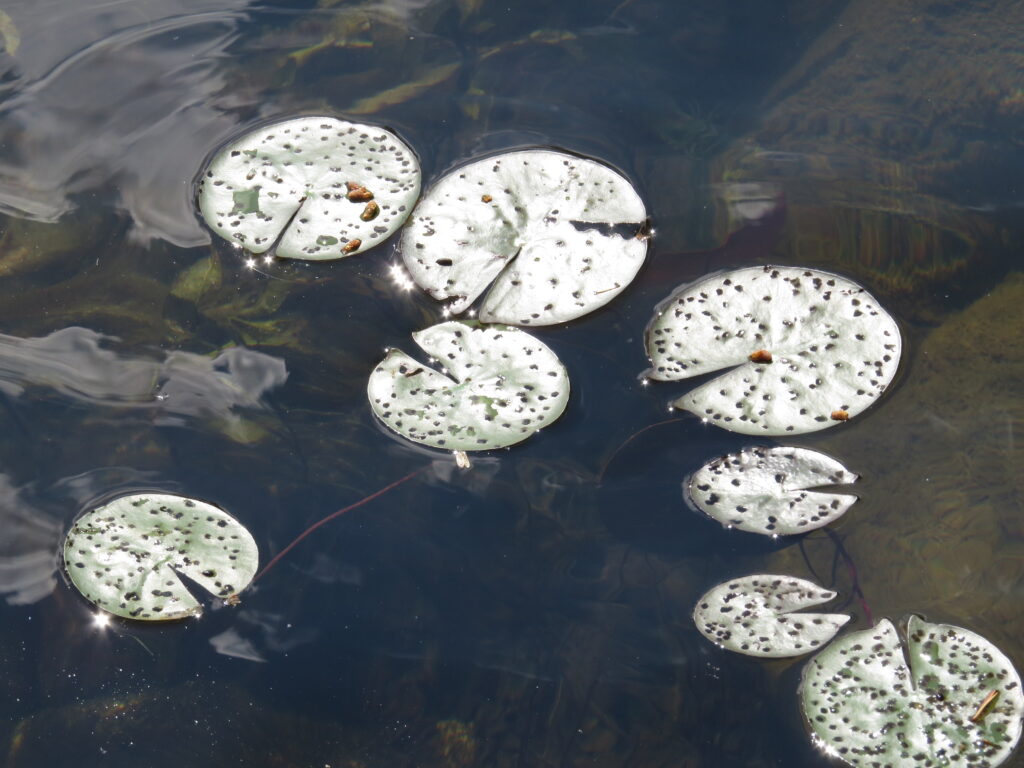
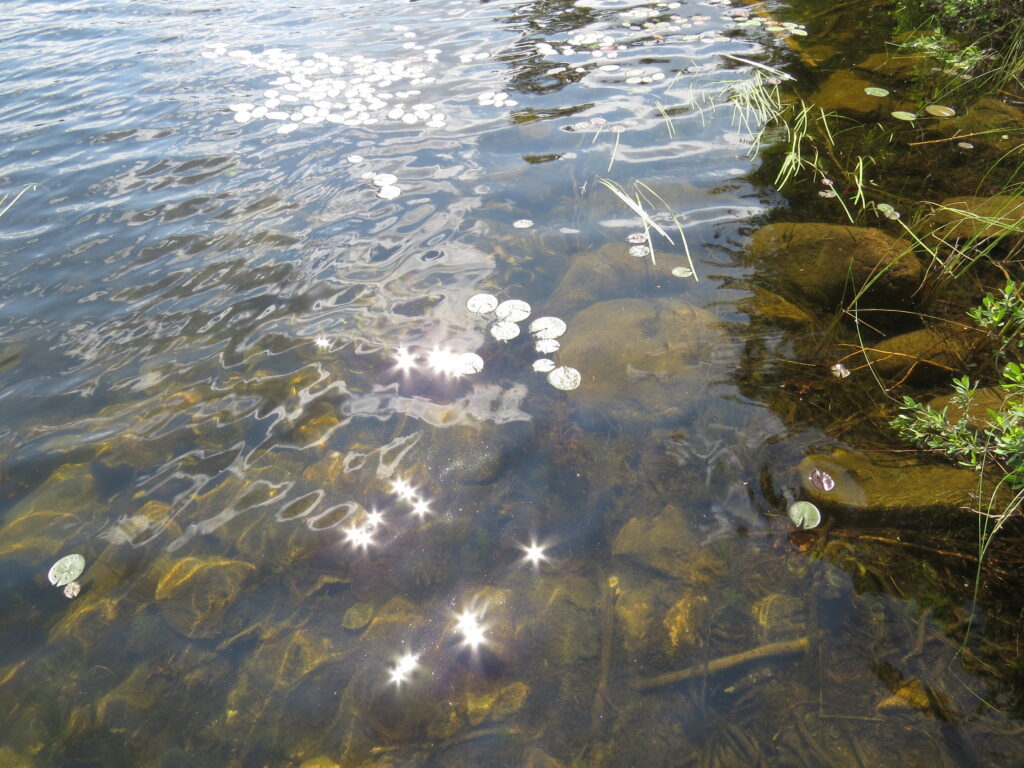
Yellow Pond Lilies and Northern Blueflag Irises decorated the water and shore with their Summer colors.
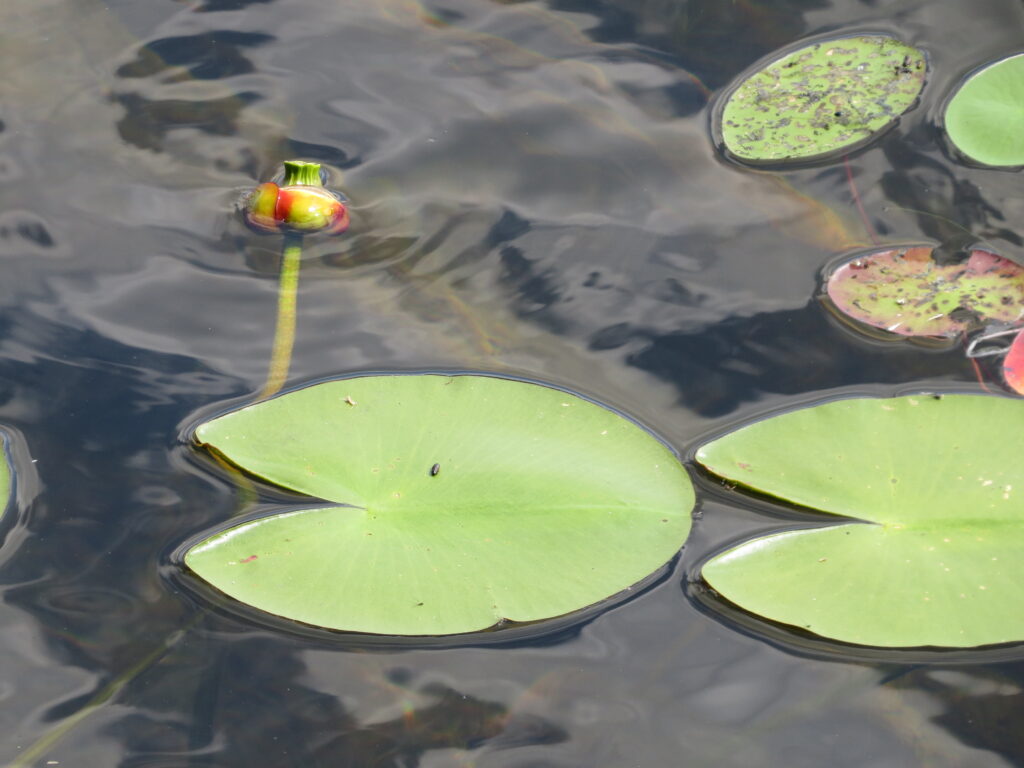
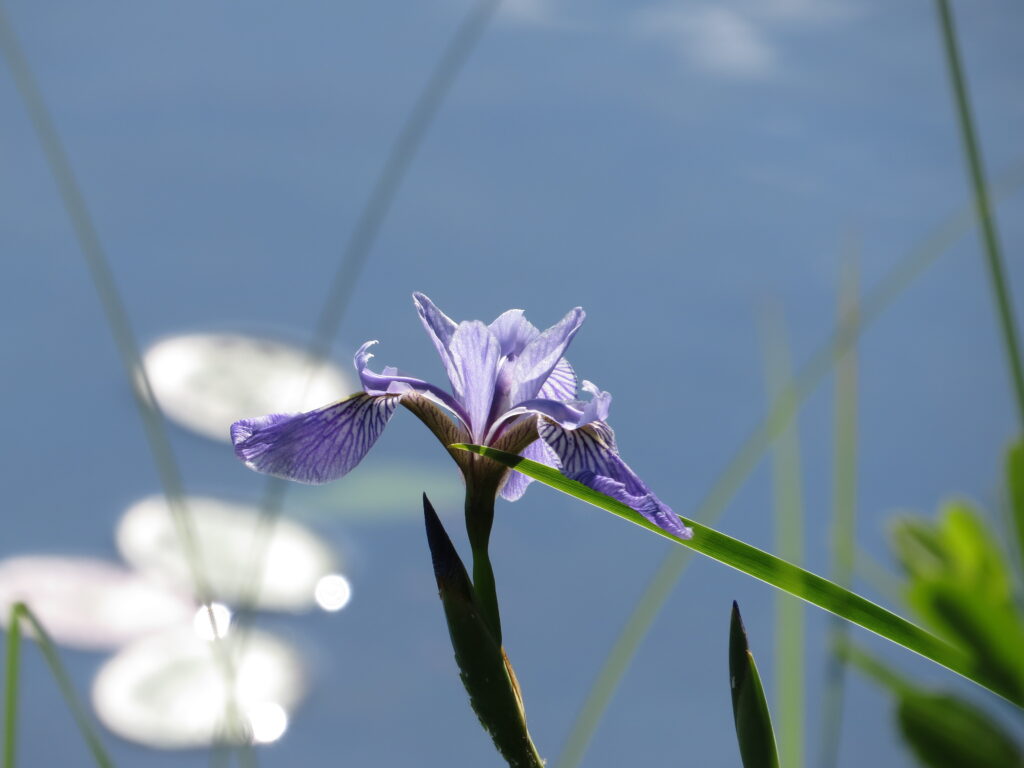
A Painted Turtle had crawled up on shore and dug a hole with its sharply-clawed hind feet in order to lay eggs. Our presence interrupted those plans.
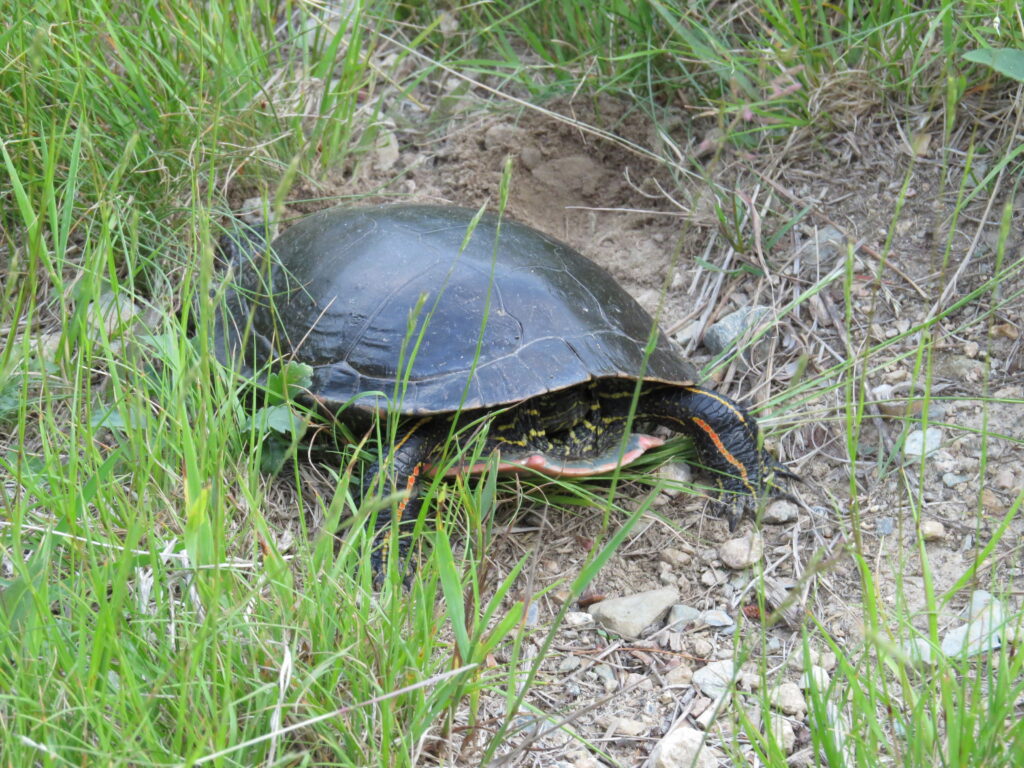
One of the common foods for Painted Turtles is Dragonfly larvae. They live in the water through numerous molts, then crawl out of the water, learn to breathe air, shed their skin, and emerge as an adult, winged Dragonfly. A larva shell is stuck to the bark of this fallen log. (right in the middle of the picture) A new Dragonfly flies away!
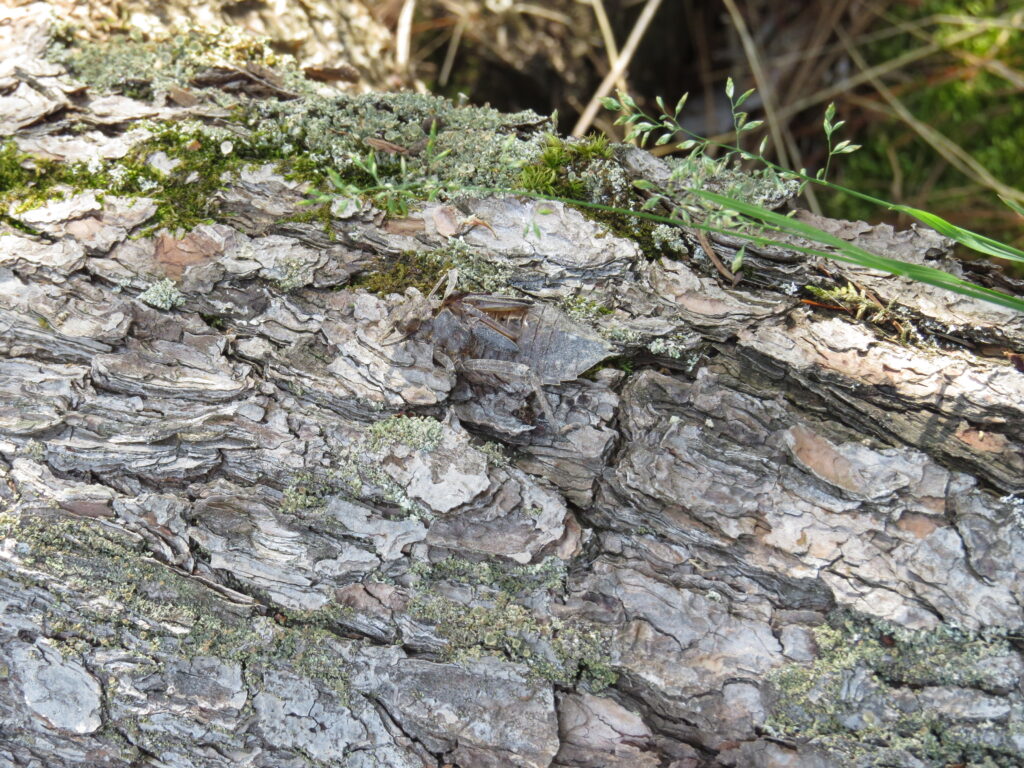
Freedom is often depicted with the image of a butterfly that has completed its metamorphosis from egg to caterpillar to larva in a cocoon or chrysalis to adult butterfly. Freedom to develop, nourish one’s self, grow, incubate, isolate, change, and fly.
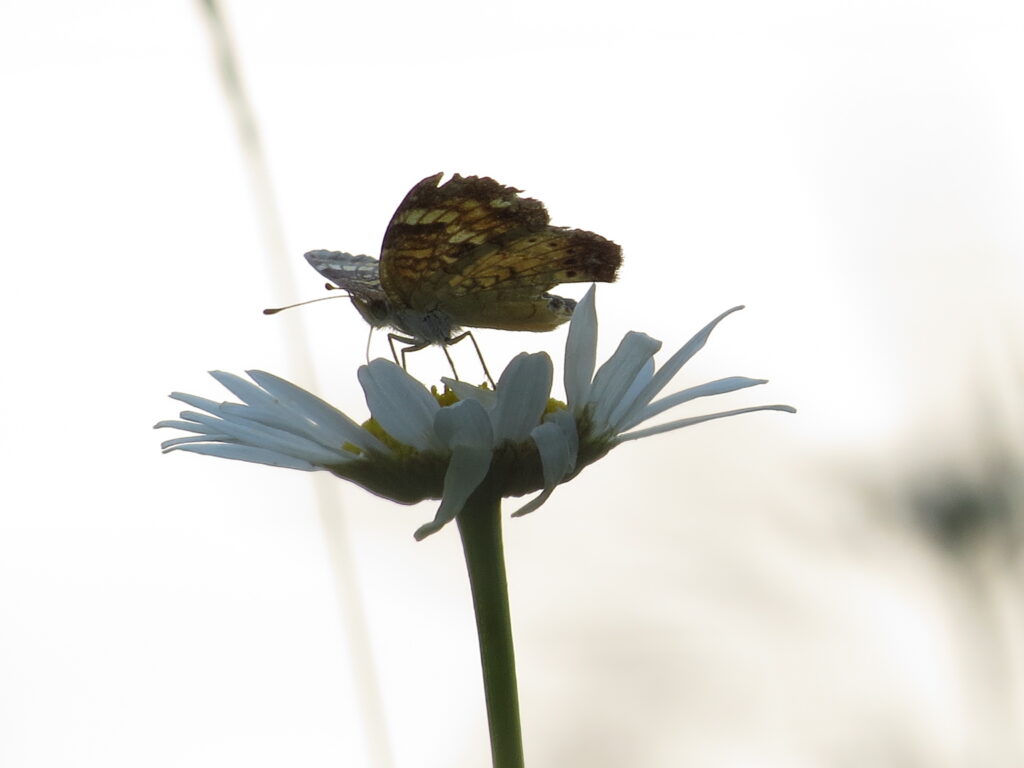
Another resident bird of the lake can sing a person to sleep in the evening as the western sky still holds the day’s light. The Common Loons also woke me in the early morning with a flurry of calls and a swimming/flying routine I called ‘motorboating.’ I wasn’t sure if they were doing their morning exercise or if this activity was for another purpose; I did notice their calls seemed more vigorous than usual.
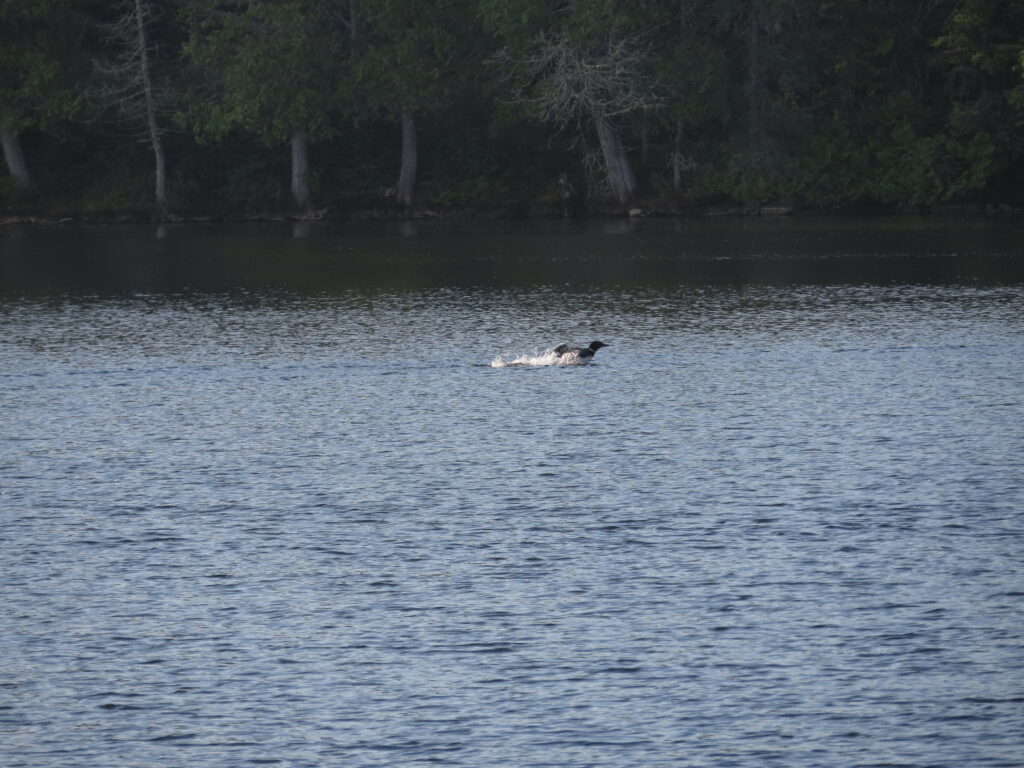
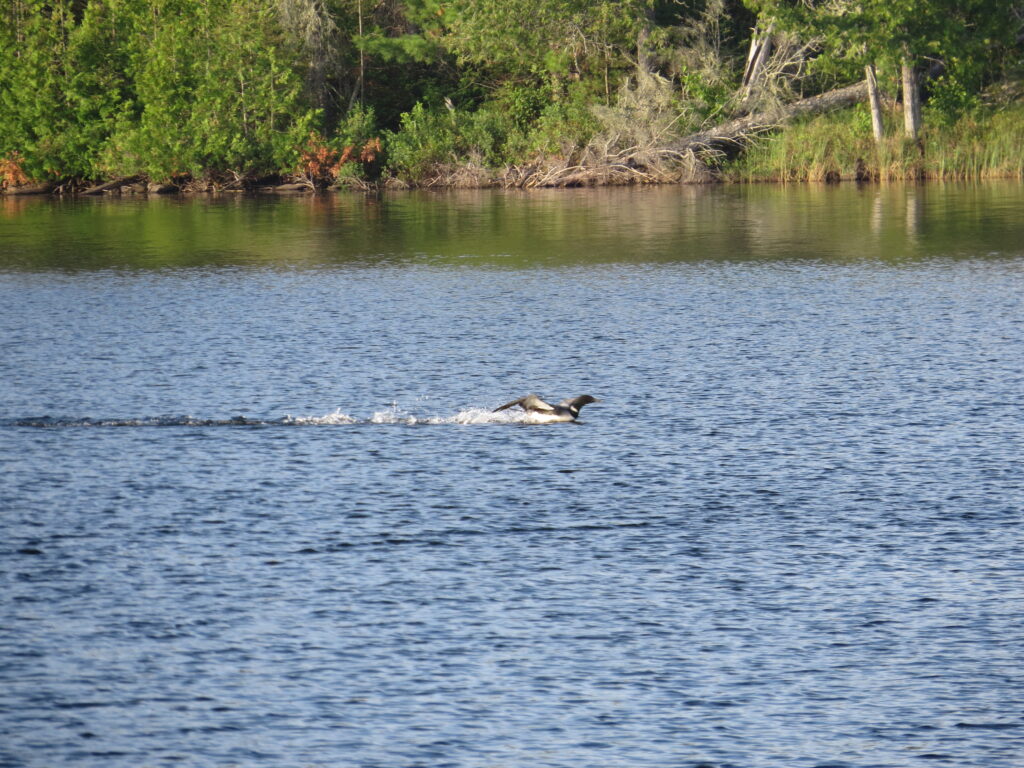
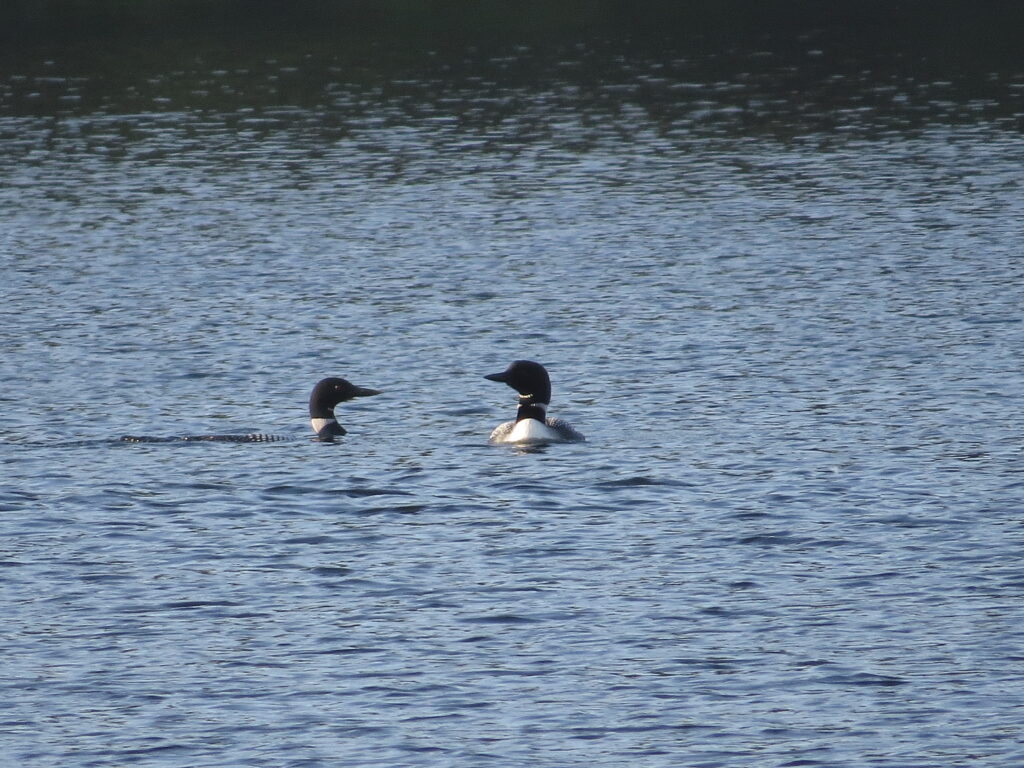
Then I saw another lone Loon in a different part of the lake, so perhaps they were defending their territory.
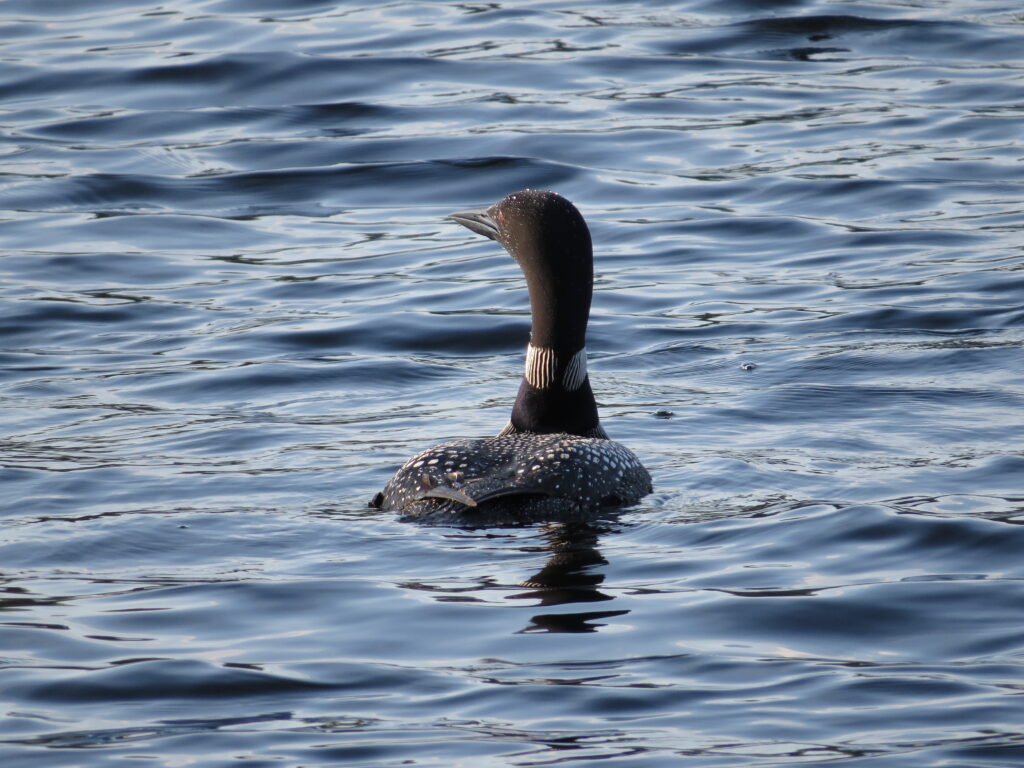
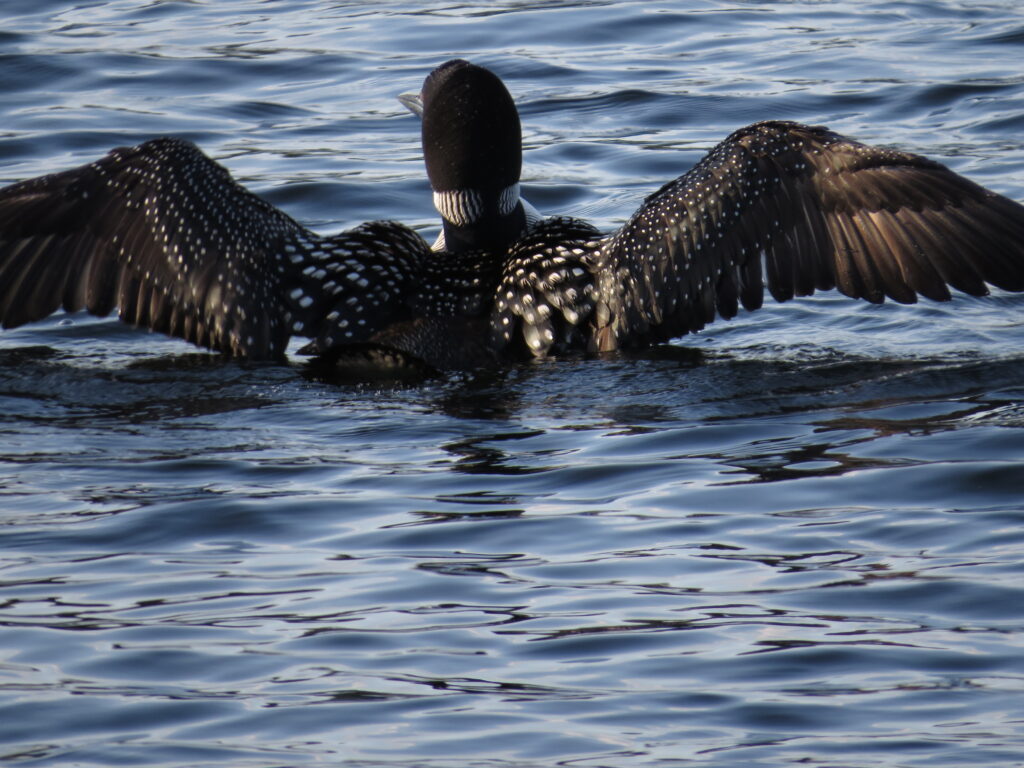
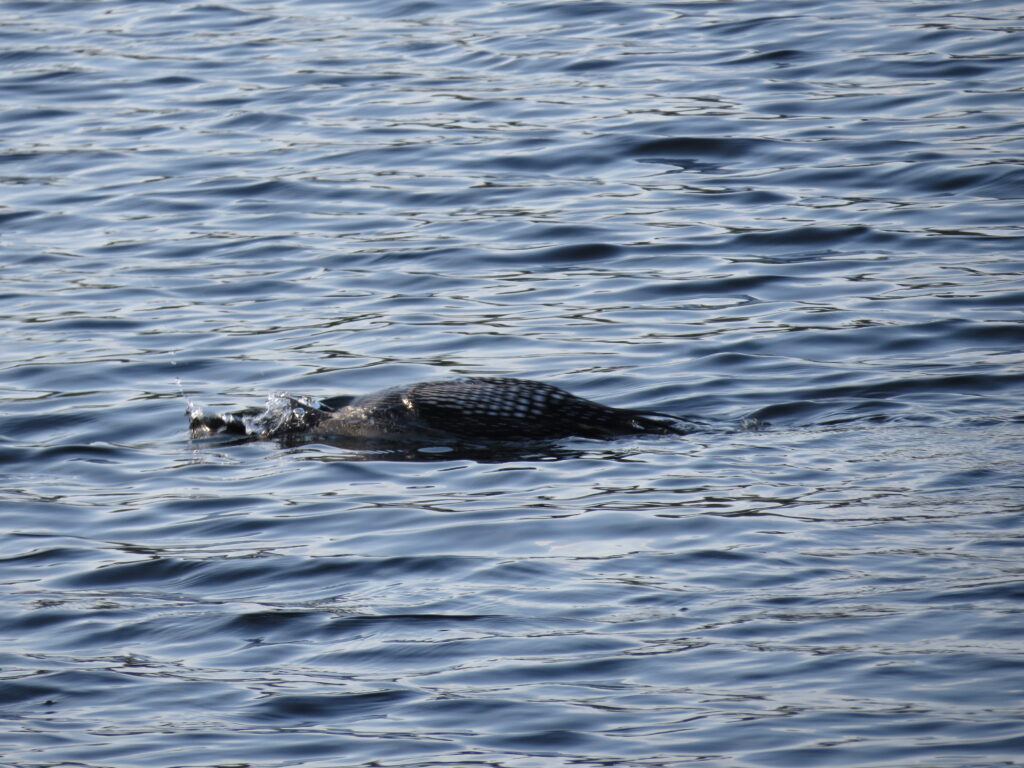
Rocks are the hold-in-your-hand or hold-up-your-feet entities that make a person know what gravity is, what sun-induced warmth is, and what eons of history are in this place. Lichens and moss are the writing that tells the story.
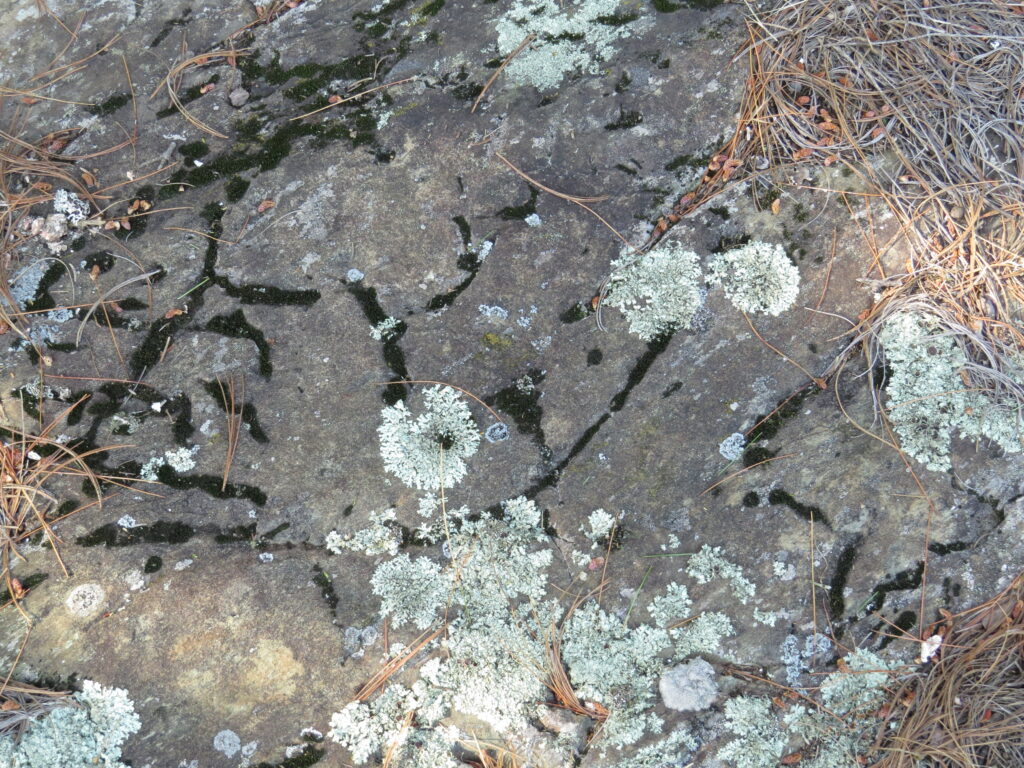
Like a foraging Black Bear or a hungry Gray Jay, I browsed through the brush of Wild Blueberries growing in the scant soil over the large rocks. They were just beginning to ripen, so pickings were precious and few. Not so with the Juneberries on the shrubby, thin-branched trees—they were ripe and abundant and oh-so-delicious!
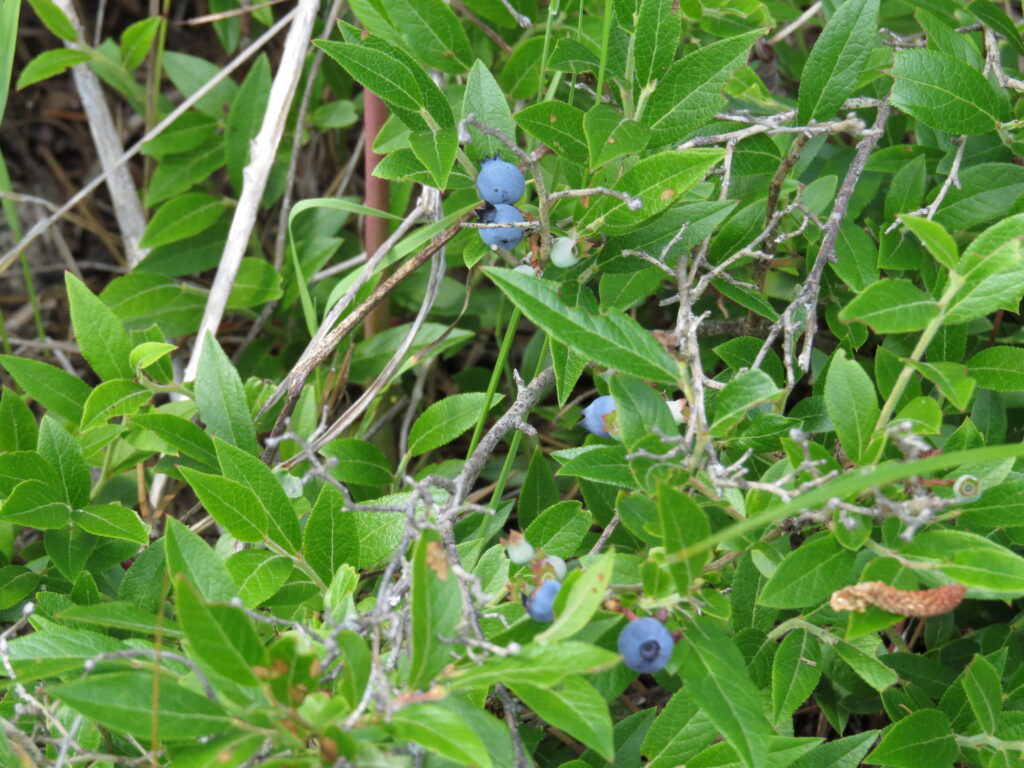
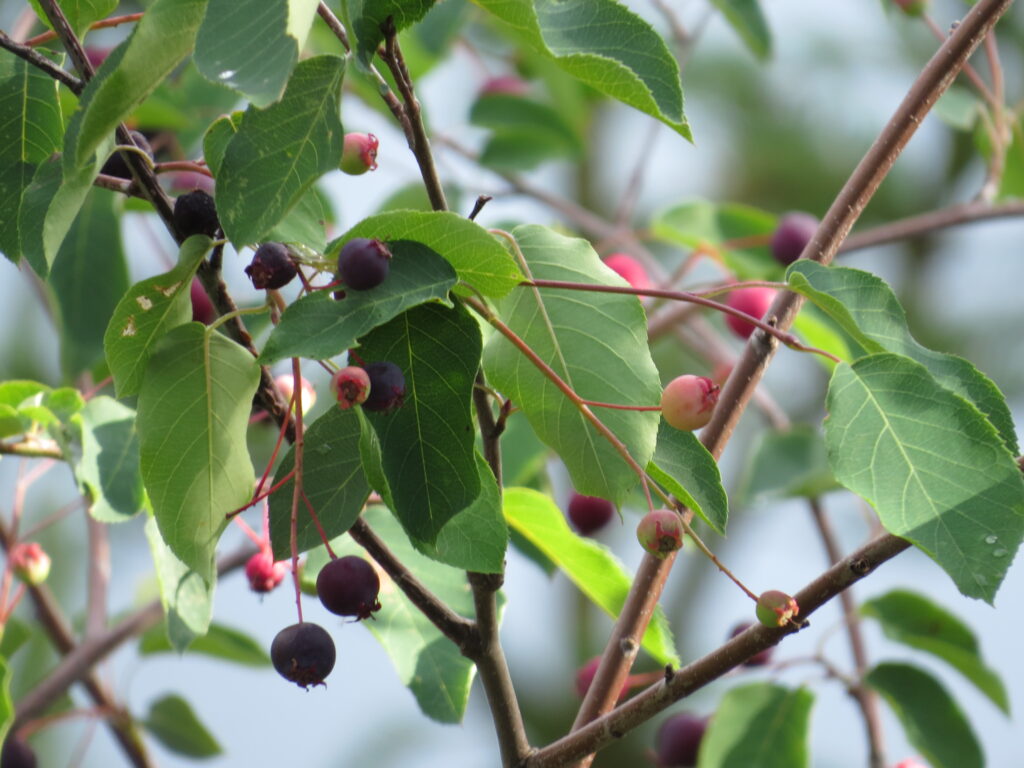
The smell of campfire smoke is like a signal to relax, prepare some nourishment, eat slowly and laugh often. Usually only one or two people of the group become the fire-tend-er; others take care of food, clean-up, and equipment—there are shared responsibilities even when time is slow and relaxation is the goal. As evening smoke drifted up into the calm sky, a beaver swam in circles in the lake—again, it seemed like he was doing it for fun, for the pure joy of movement. At one point we startled him, and he slapped his tail on the water with a loud ‘crack’ and dove out of sight. But soon he was back to swimming his laps. We saw him swim to the shore where a bright green branch of leaves grew or lay in the shallow water, and he nibbled and nibbled his post-workout snack until it was almost gone.
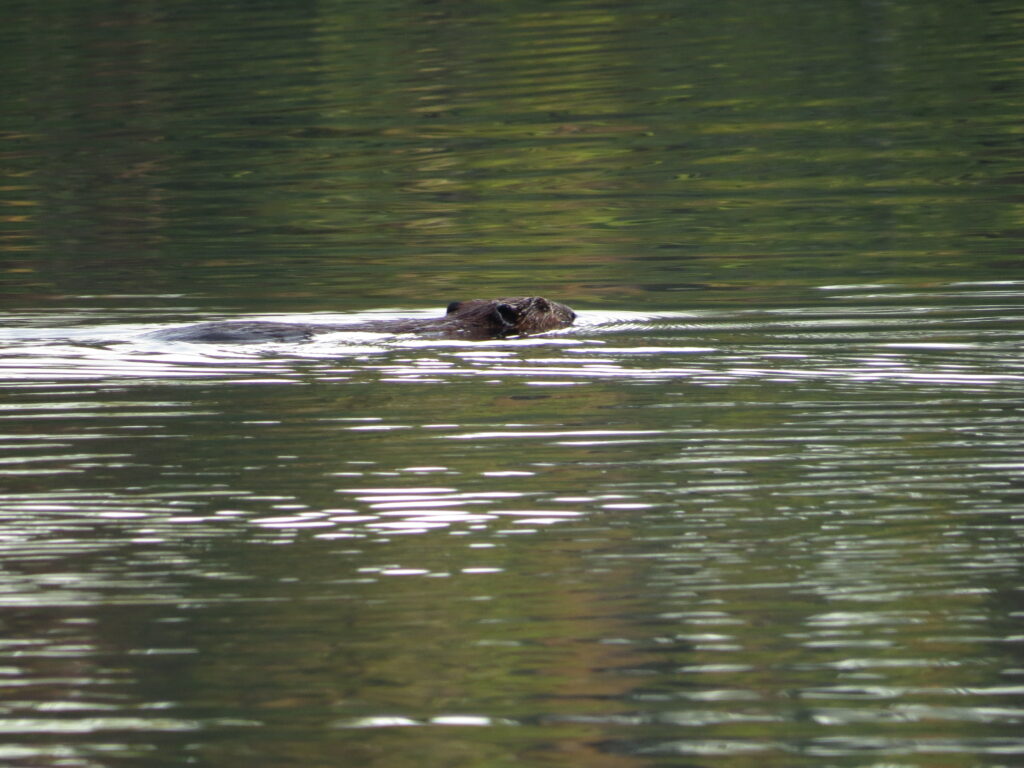

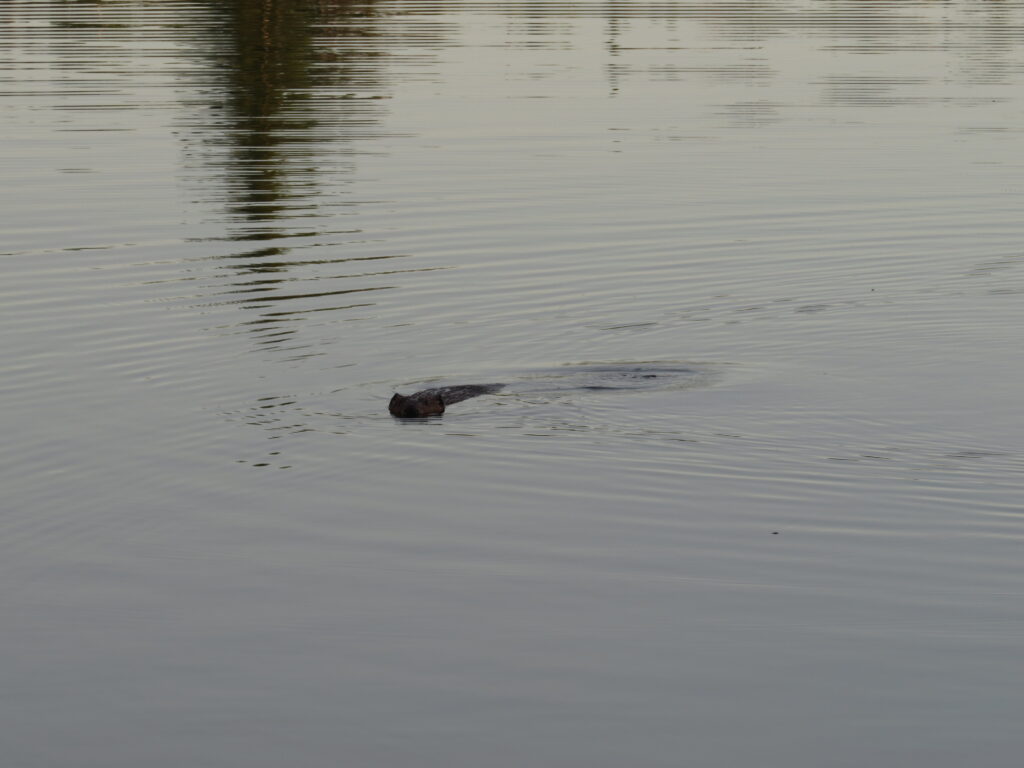
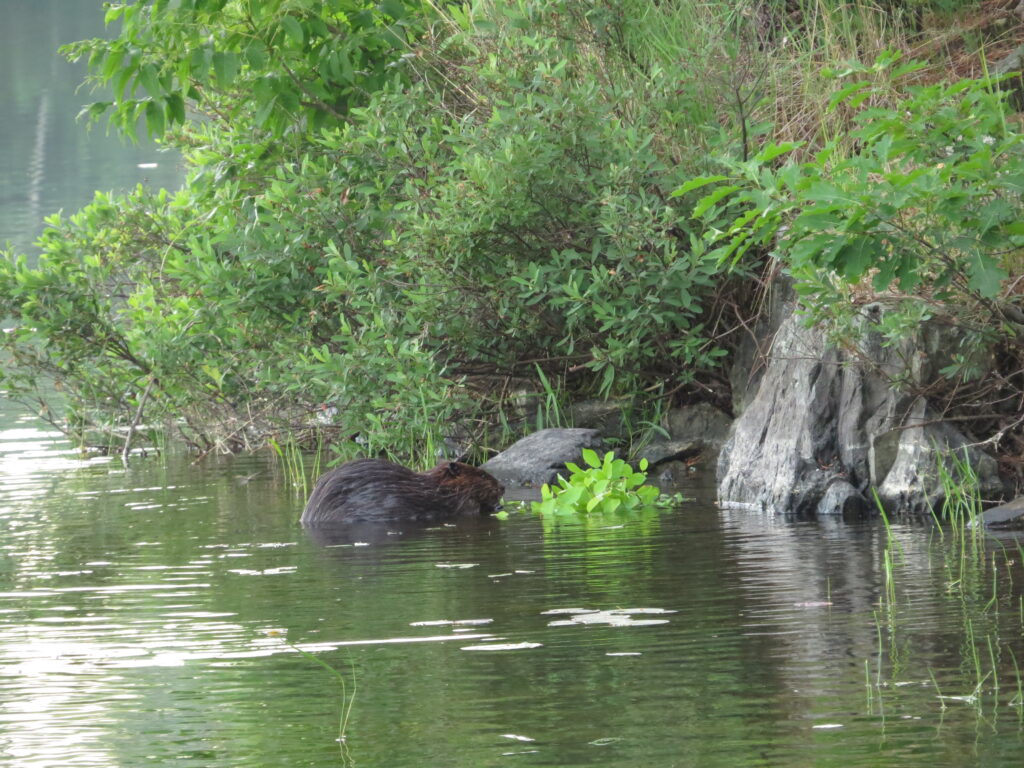
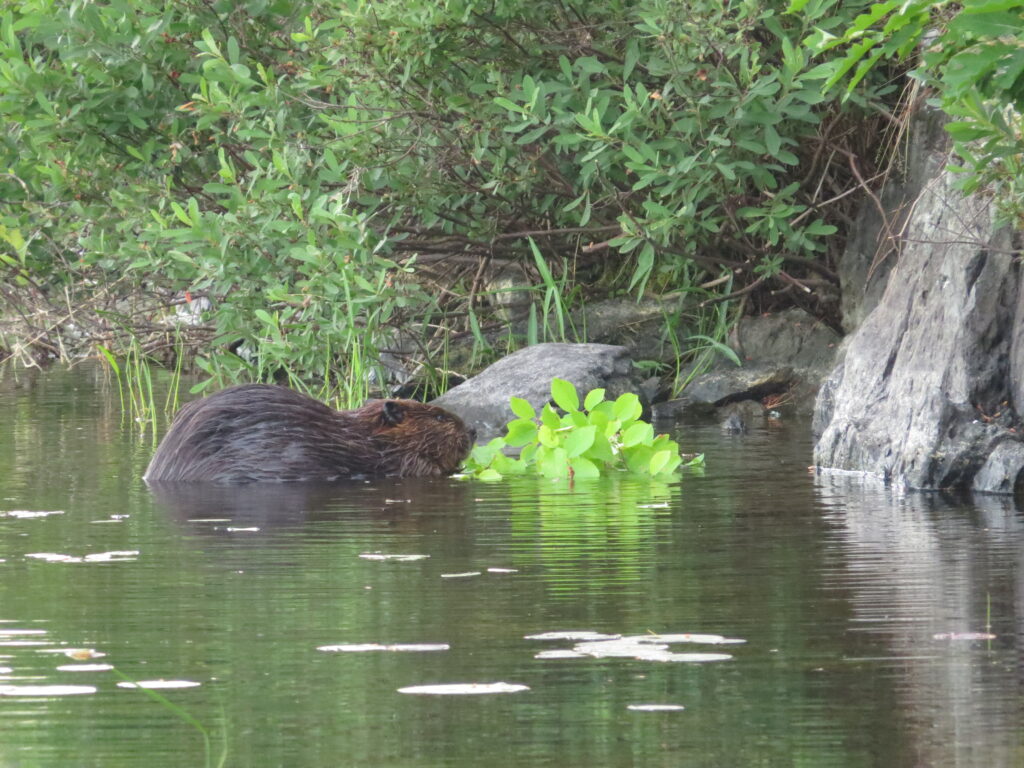
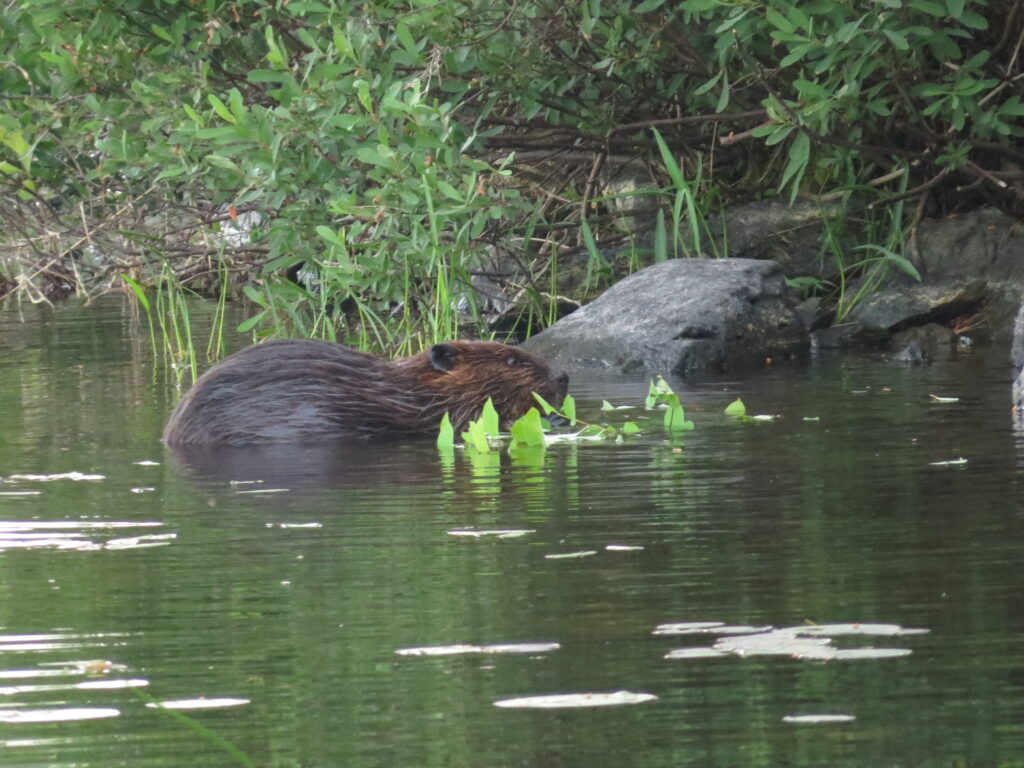
Late evening and watching the almost full moon rise above the trees and reflect on the water—I wonder if these moments could get much better. It’s a ‘savor-moment’—it makes me feel like everything is going to be okay in a time when so many things make it feel otherwise.
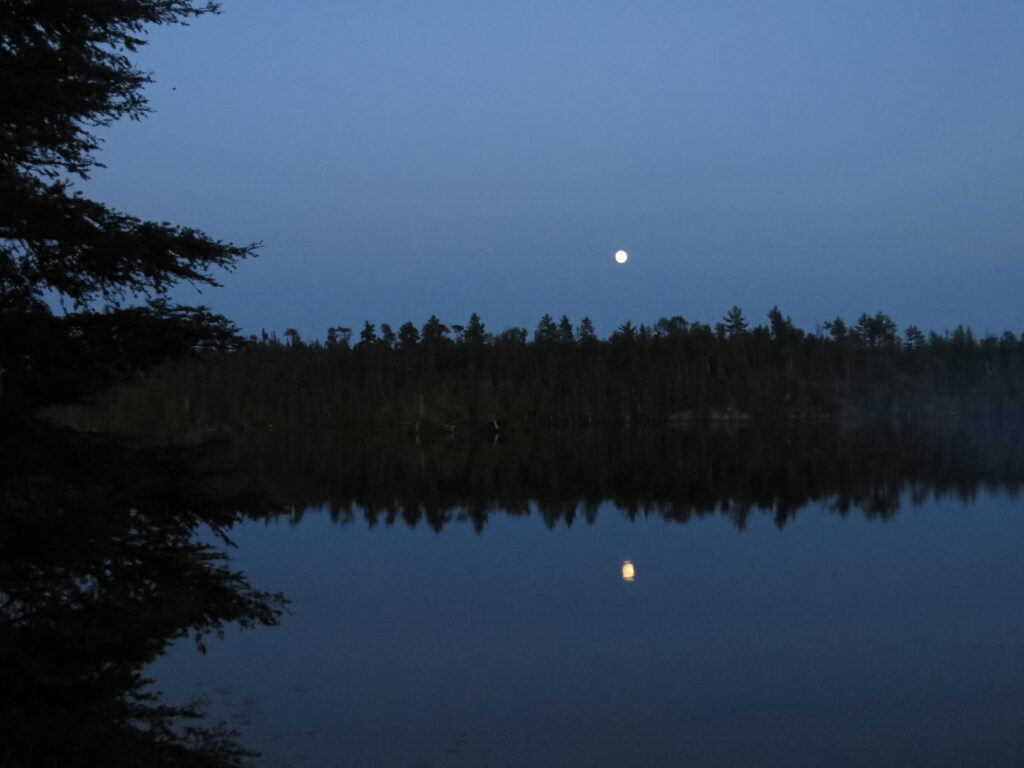
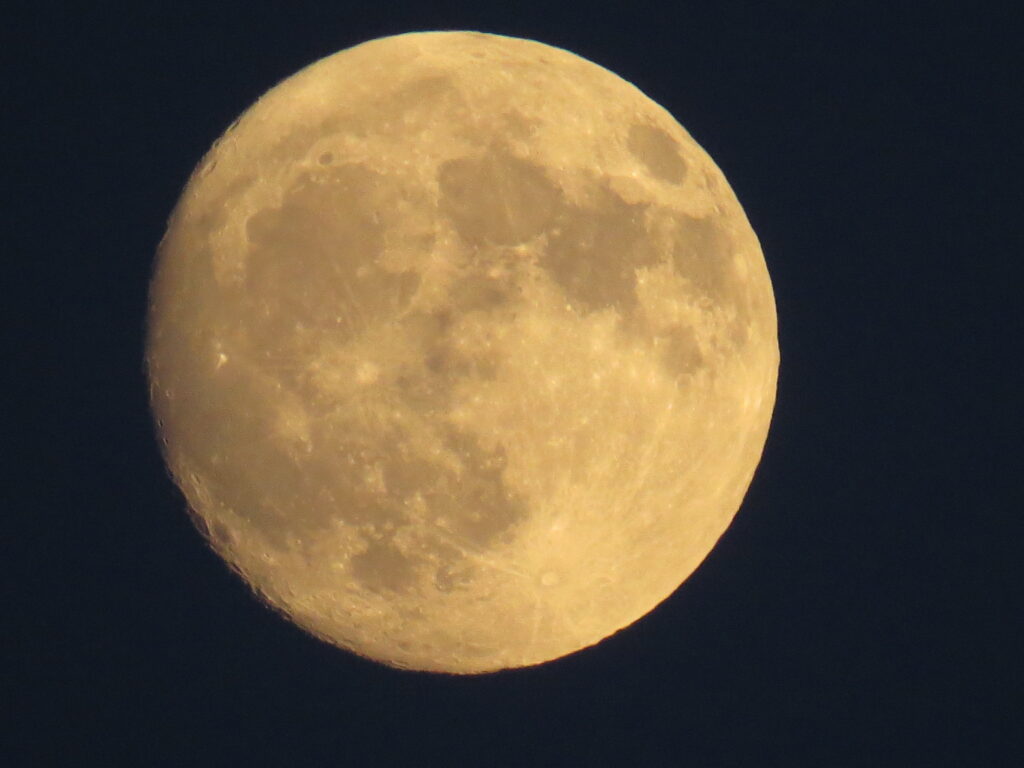
Then morning comes after a Loon-call-filled night. Mist from a warm day, cool night floats above the water. Reflections on the calm, still water give us a slightly different view of reality, expanding our minds.
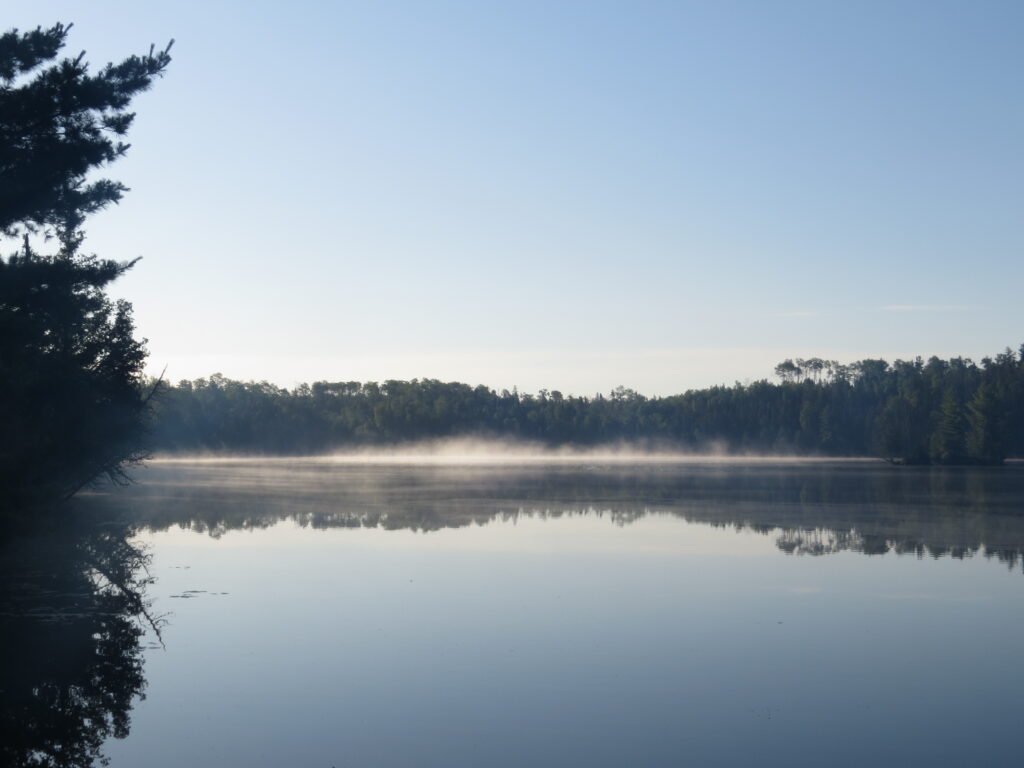
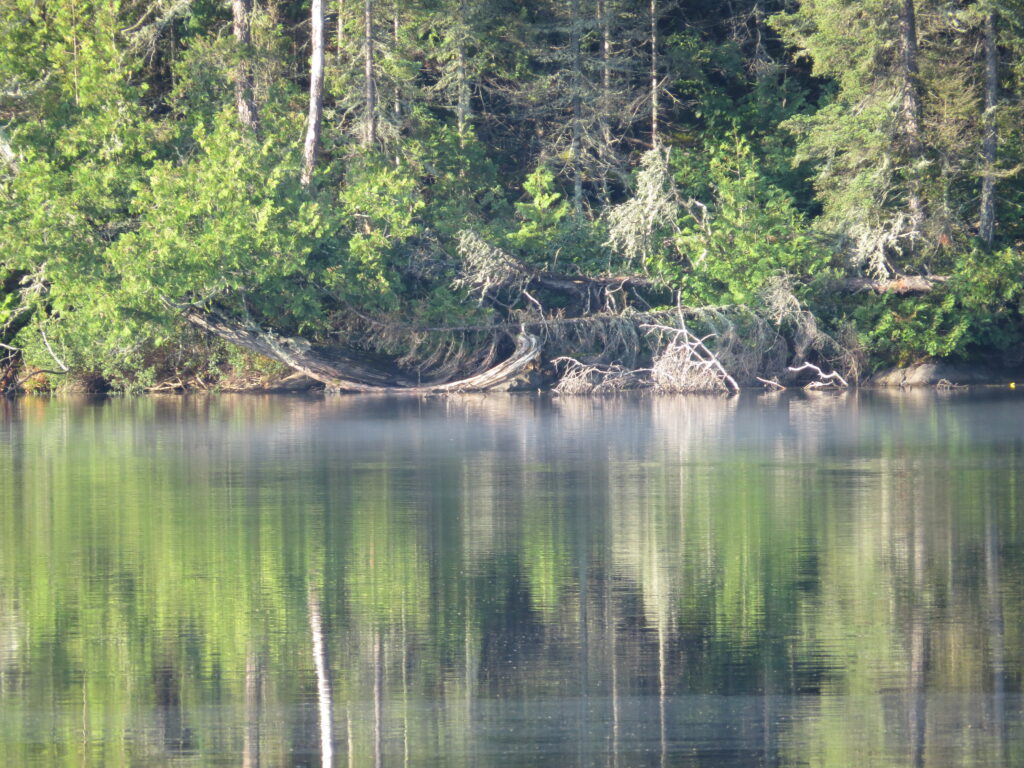
We all go through constricted times in our lives when facts and feelings are blurry. Pain, whether physical or emotional, is a constrictor. We don’t usually have the capacity to do much beyond dealing with the very real but usually distorting pain. Looking back to those times in my life, I realize there were negative consequences to my being in the cocooning pain, but there were also gifts to be had and lessons to be learned. Extreme busyness also tends to blur the perceptions and memories of a given time. Both pain and busyness are integral parts of Life. We won’t escape them, but we can cultivate more feelings of freedom. Being in the arms of Mother Nature, listening to the Loons and Osprey, seeing the full moon rise over the trees, smelling the campfire, tasting the Juneberries, and touching the warm rocks all expand my mind, body, and spirit. I feel like I could fly. I want more of that.
